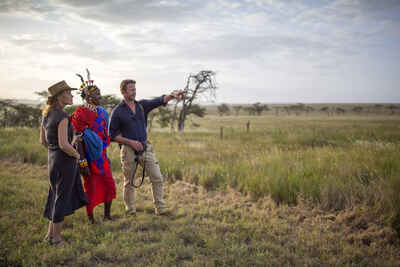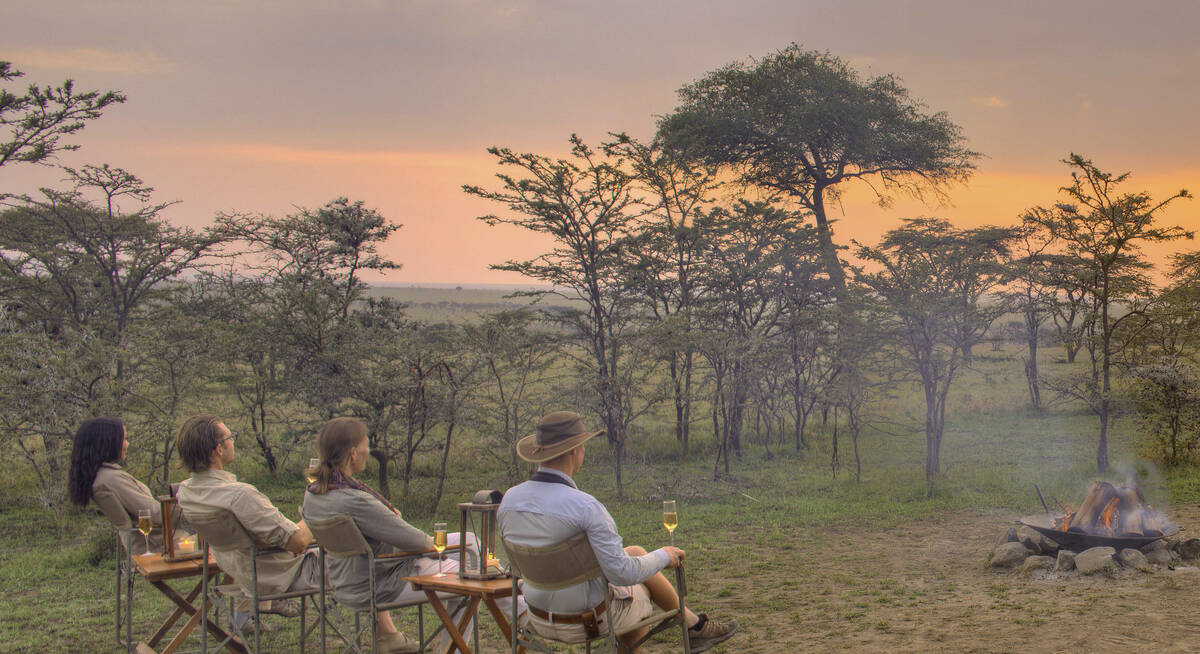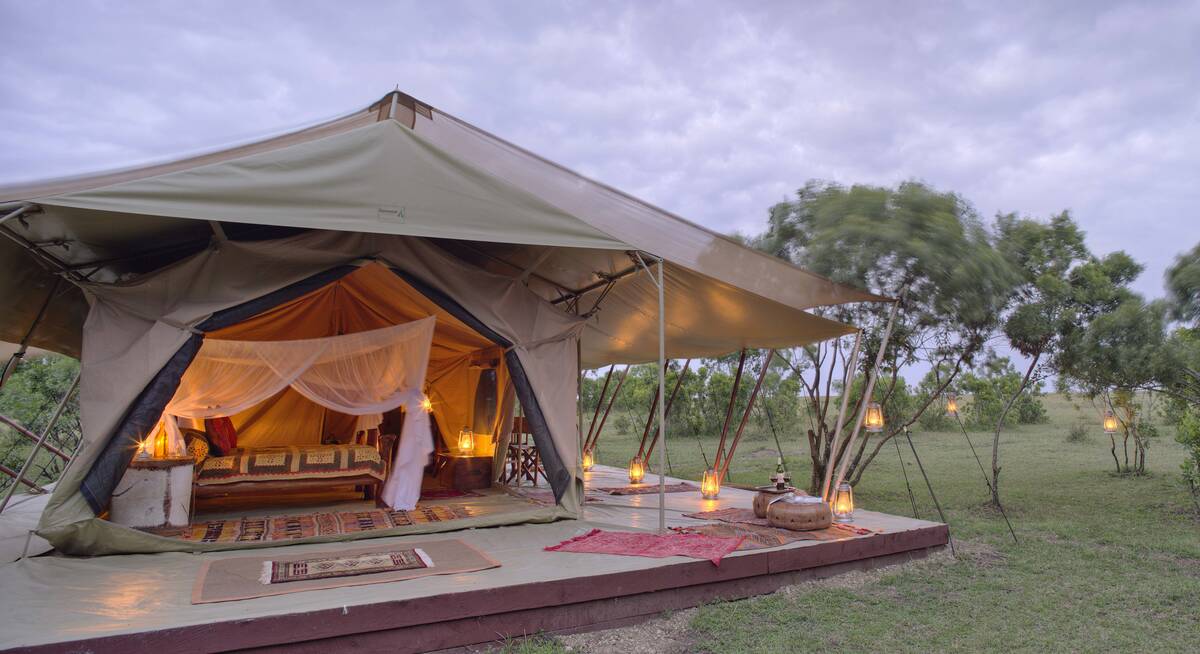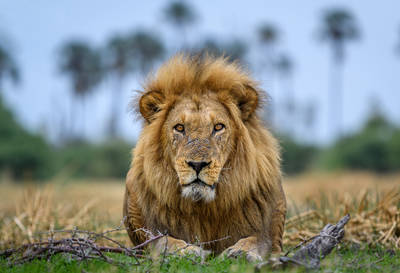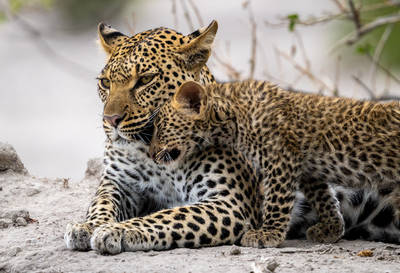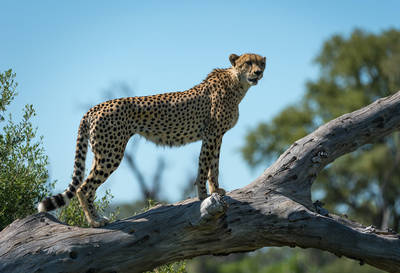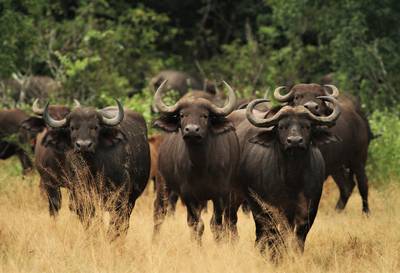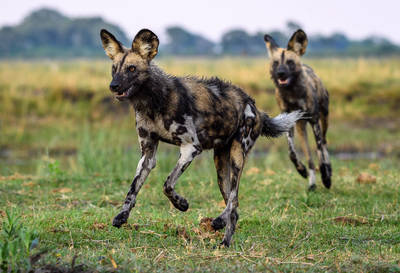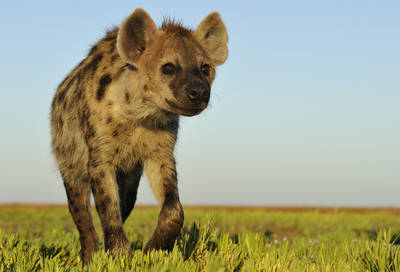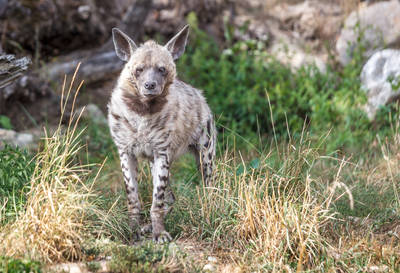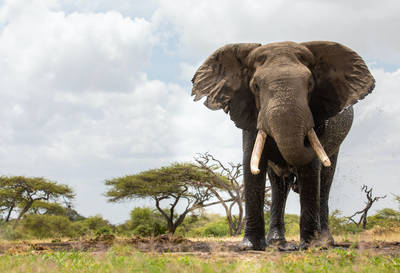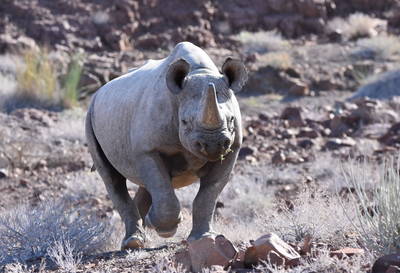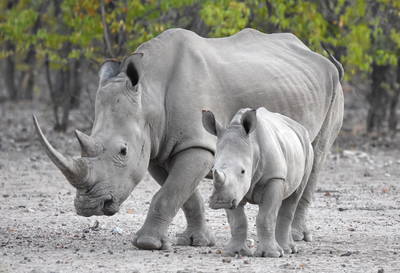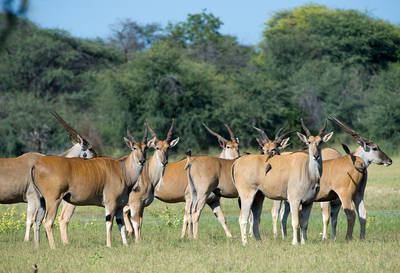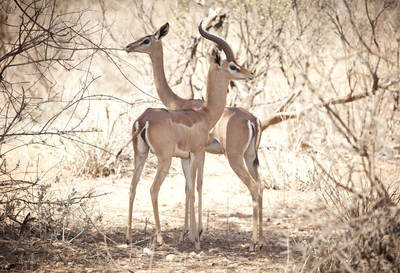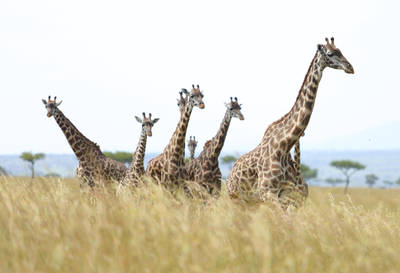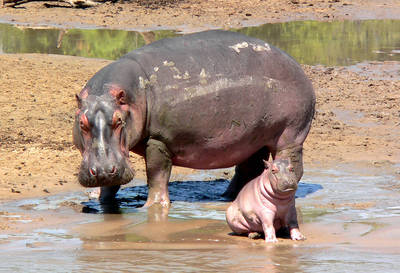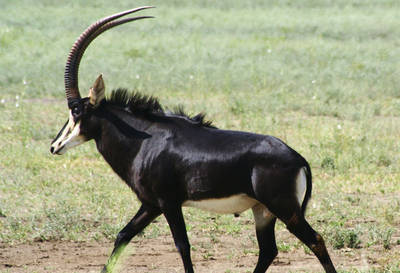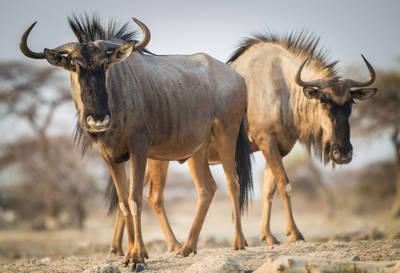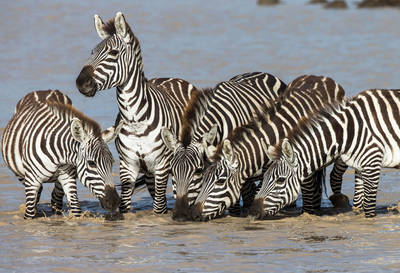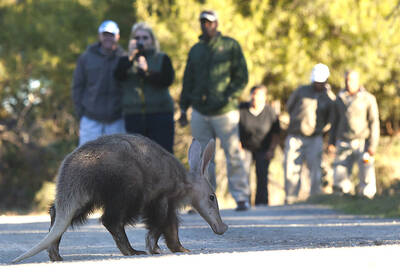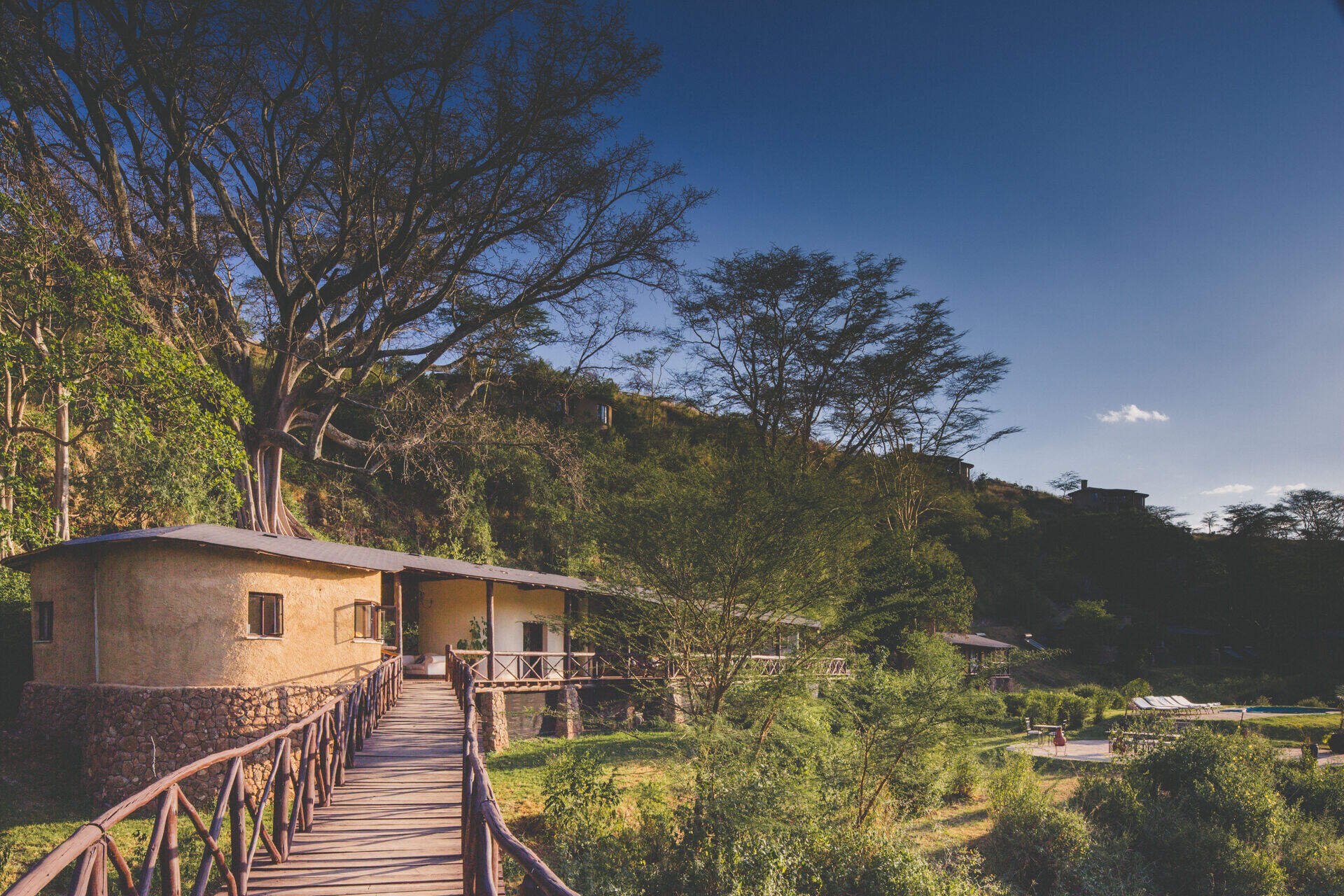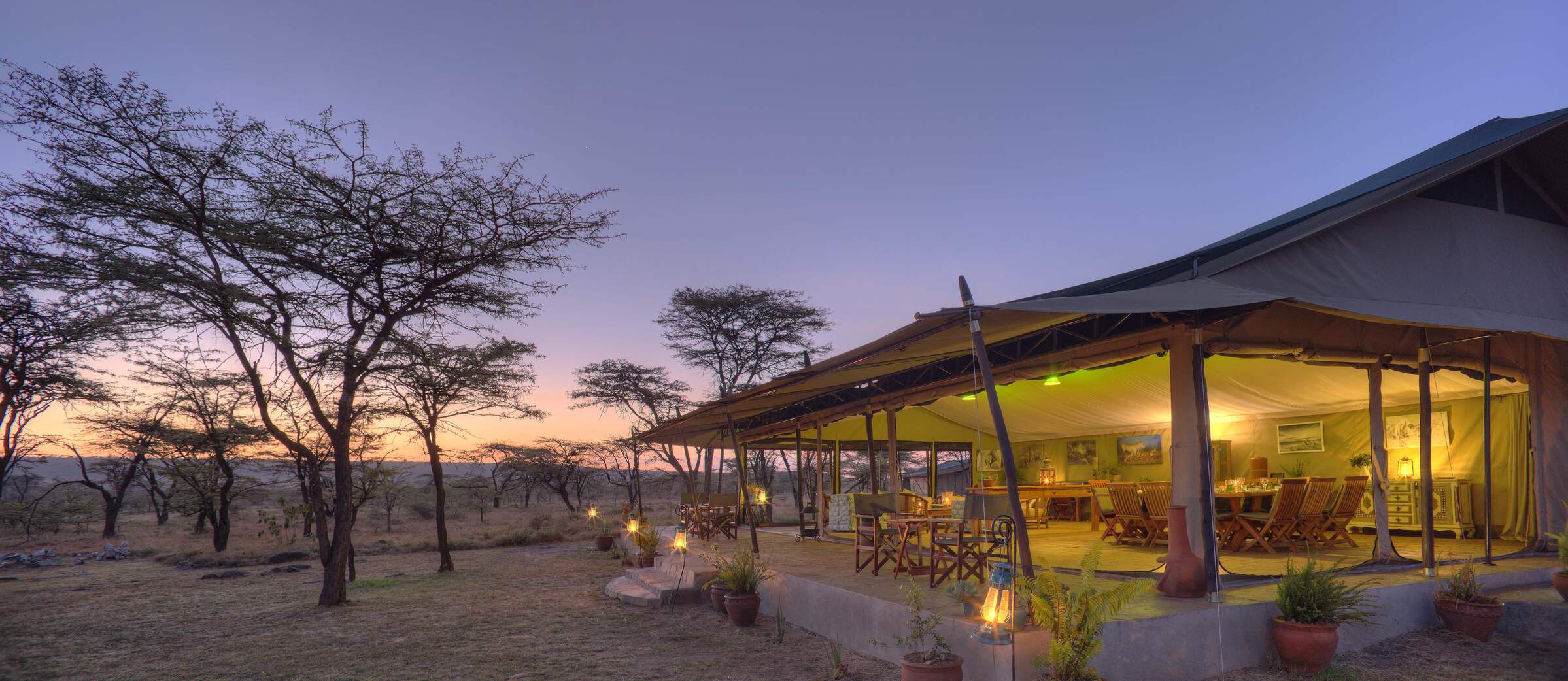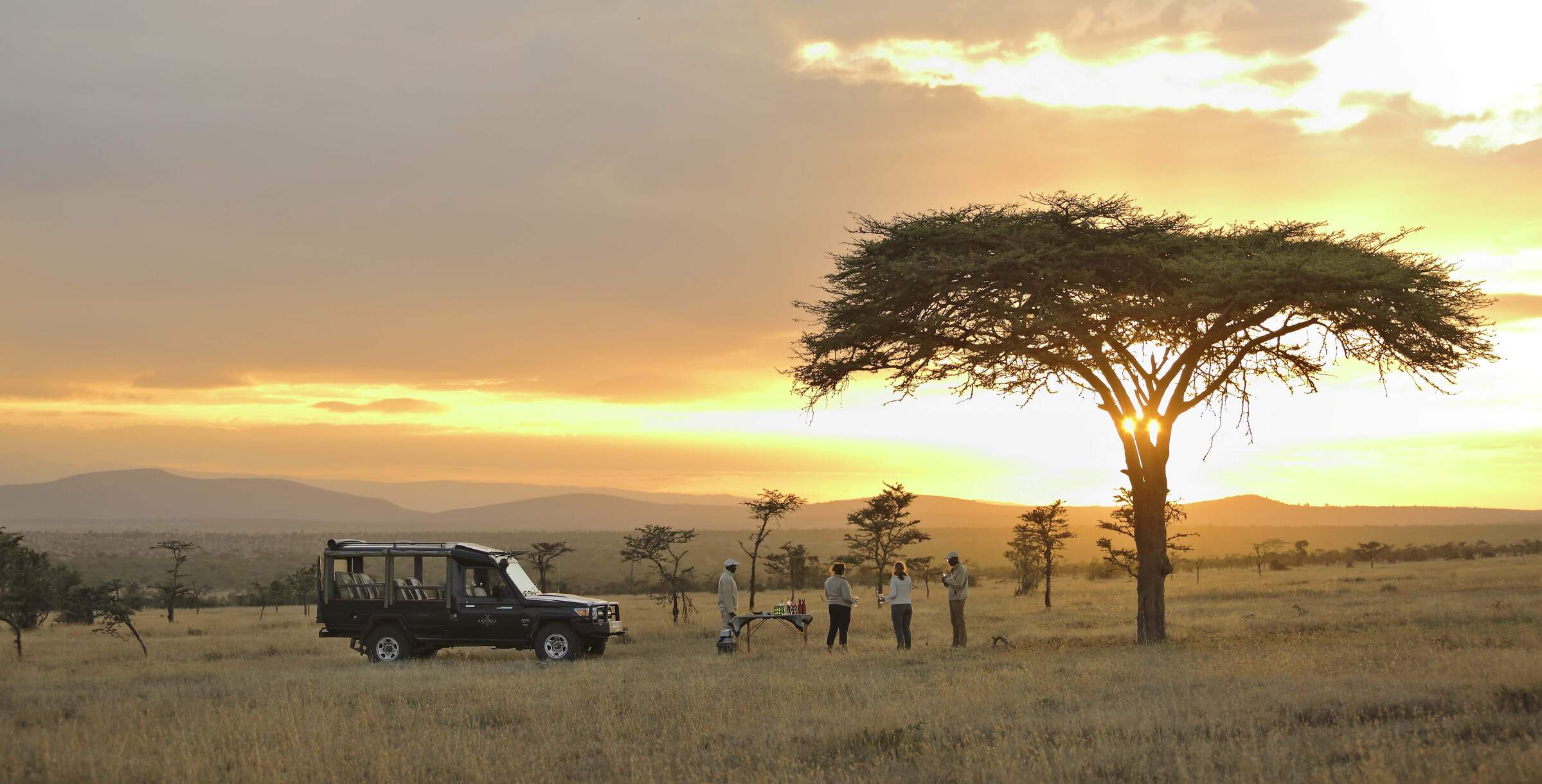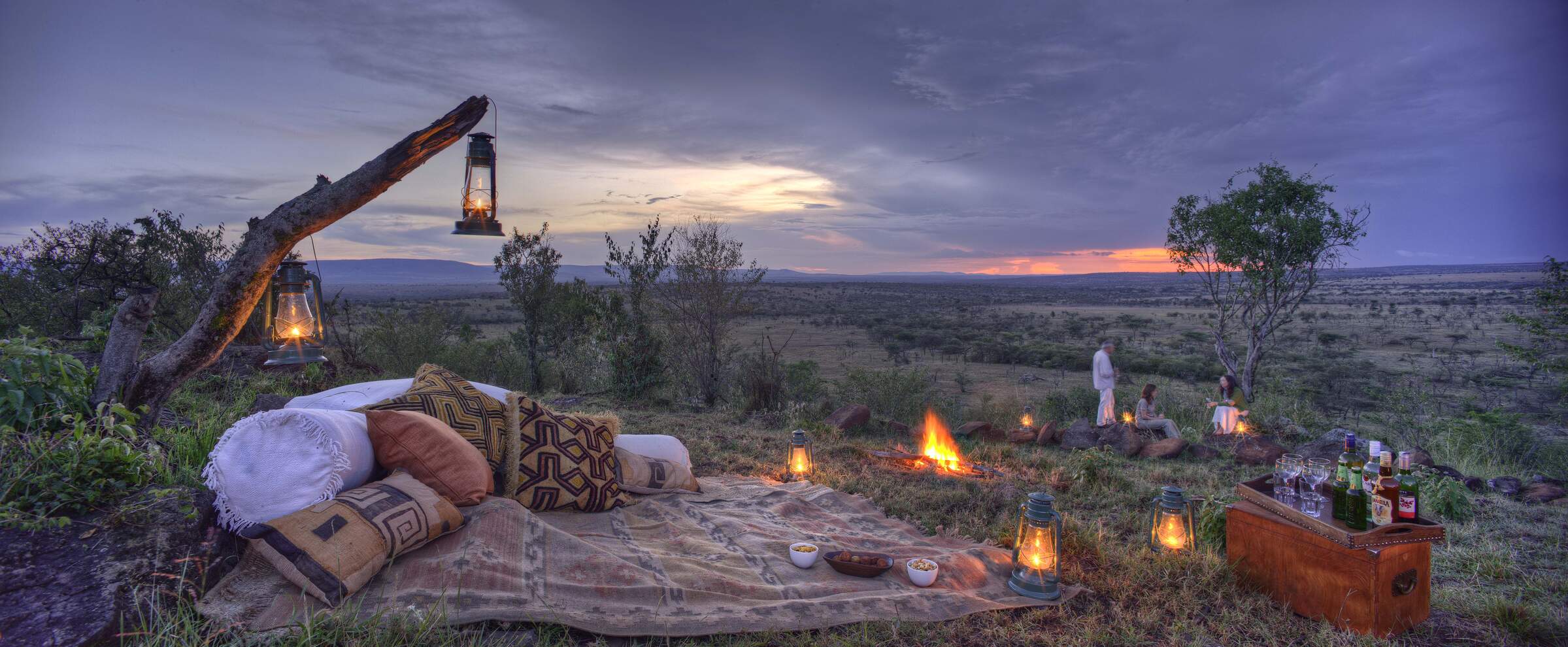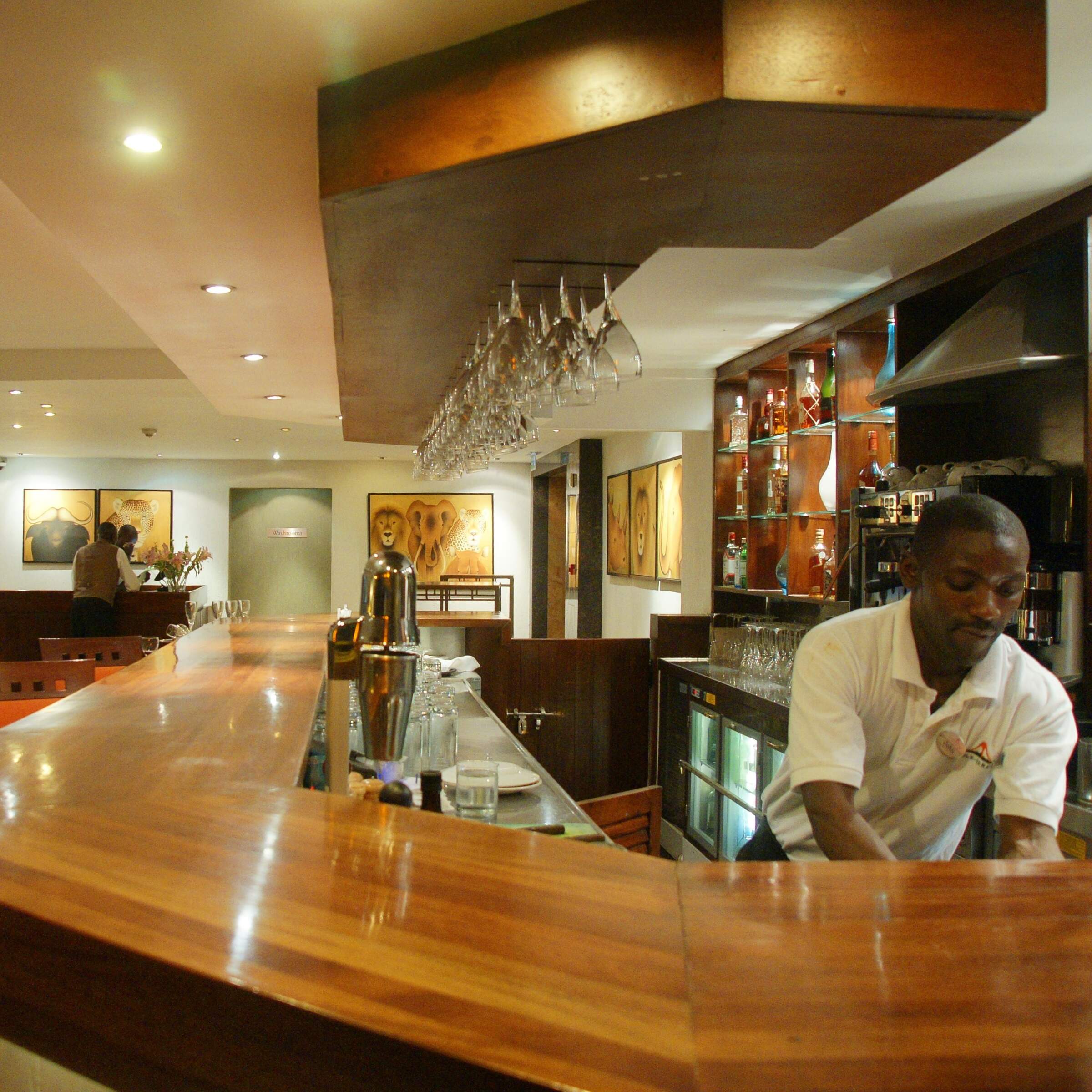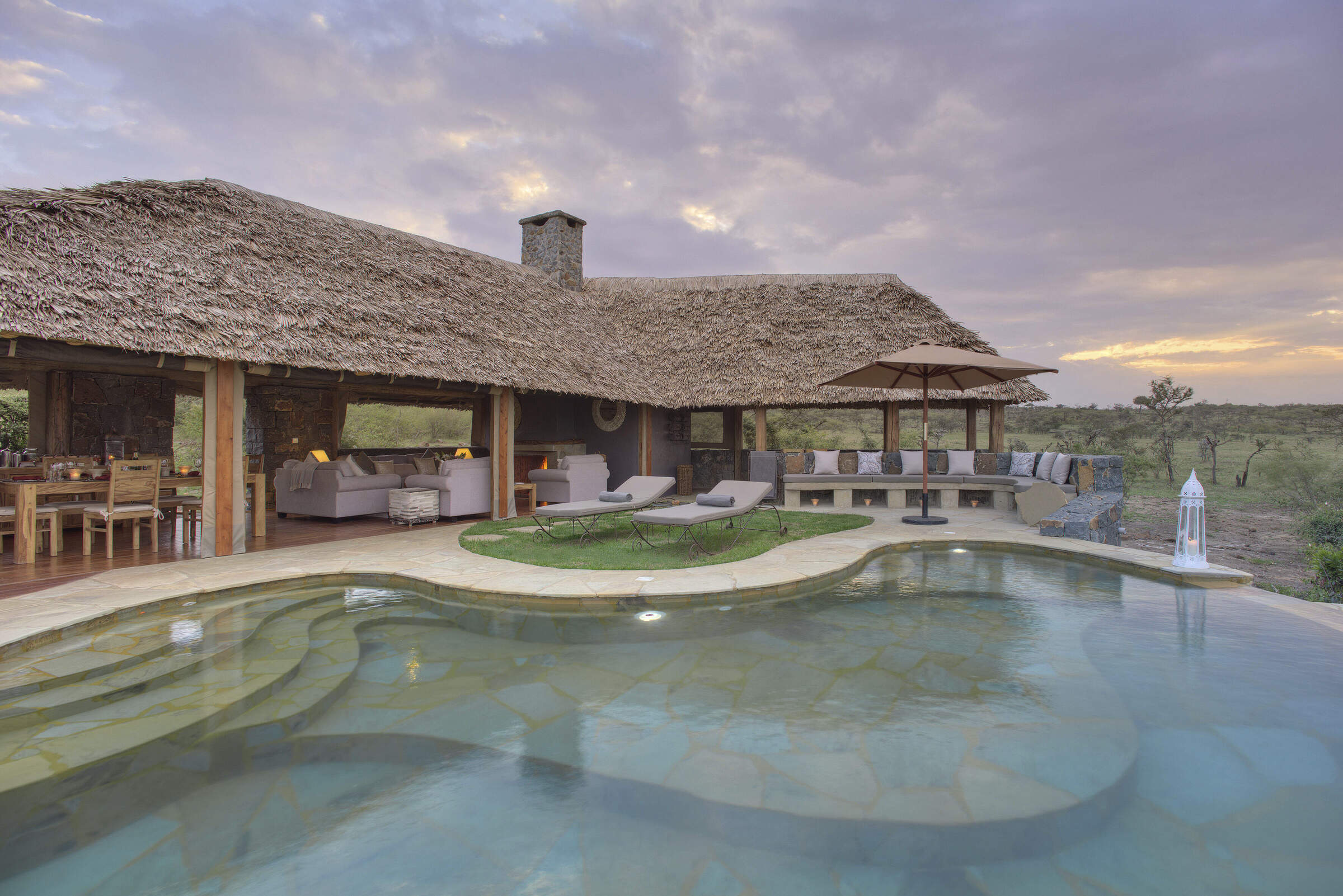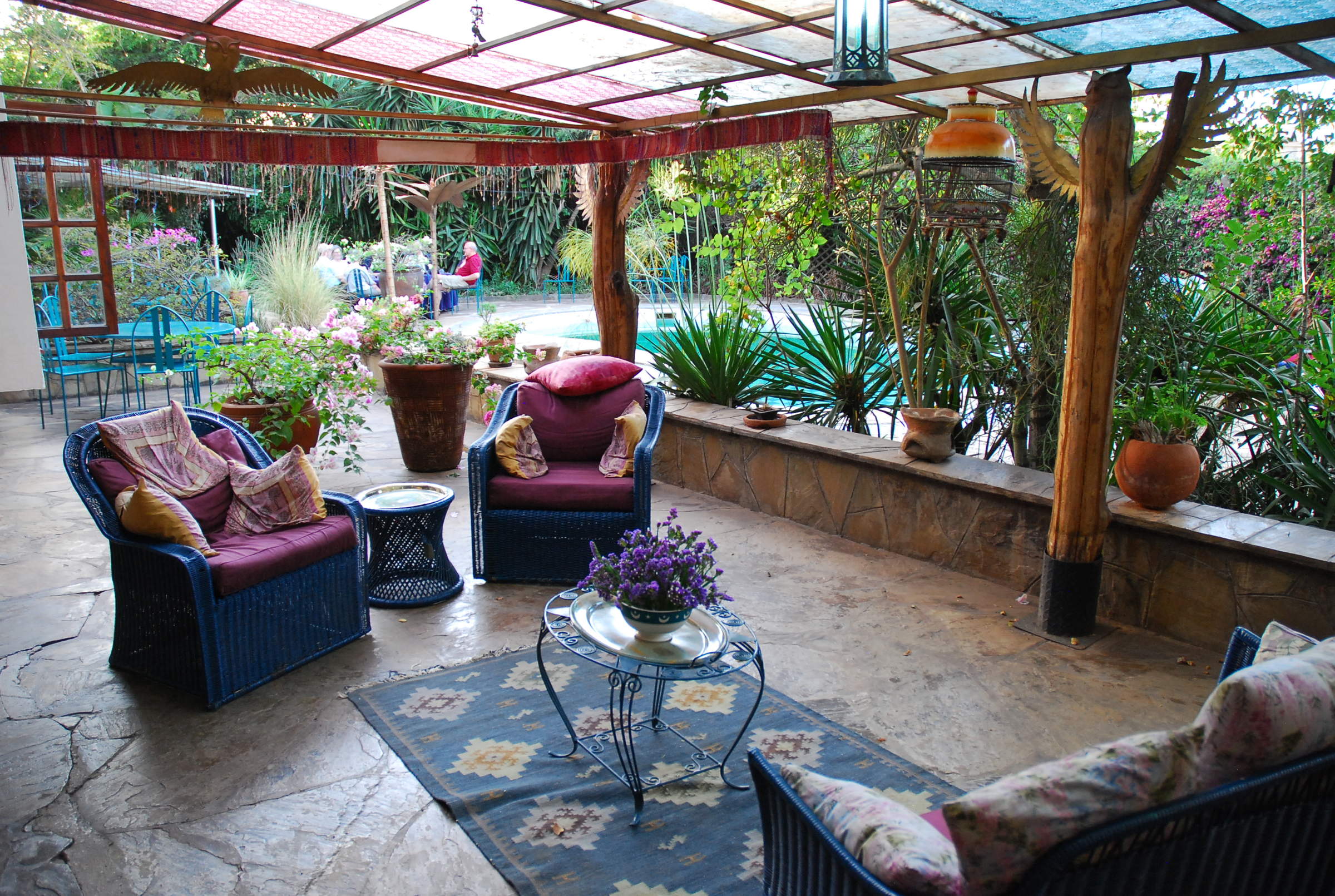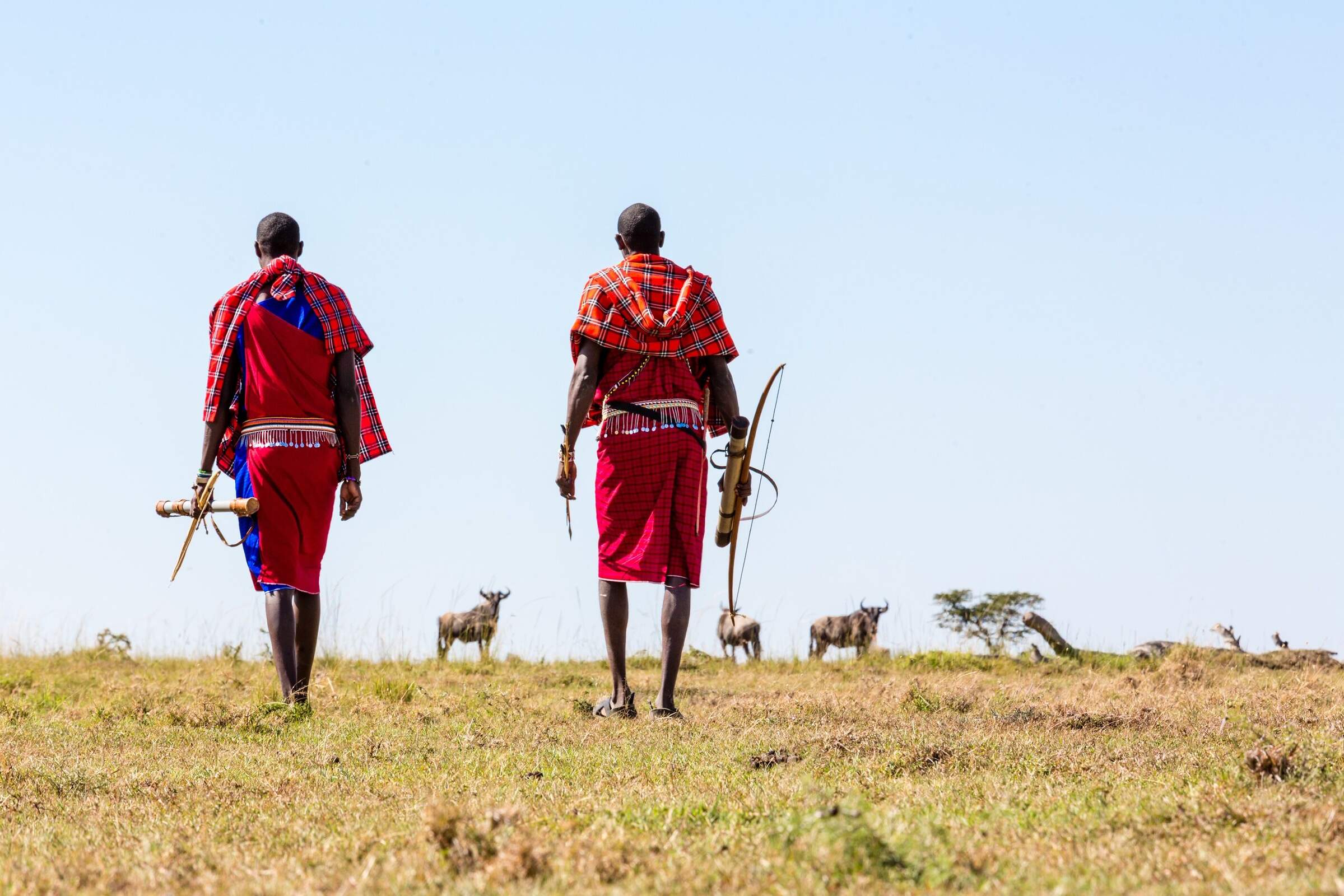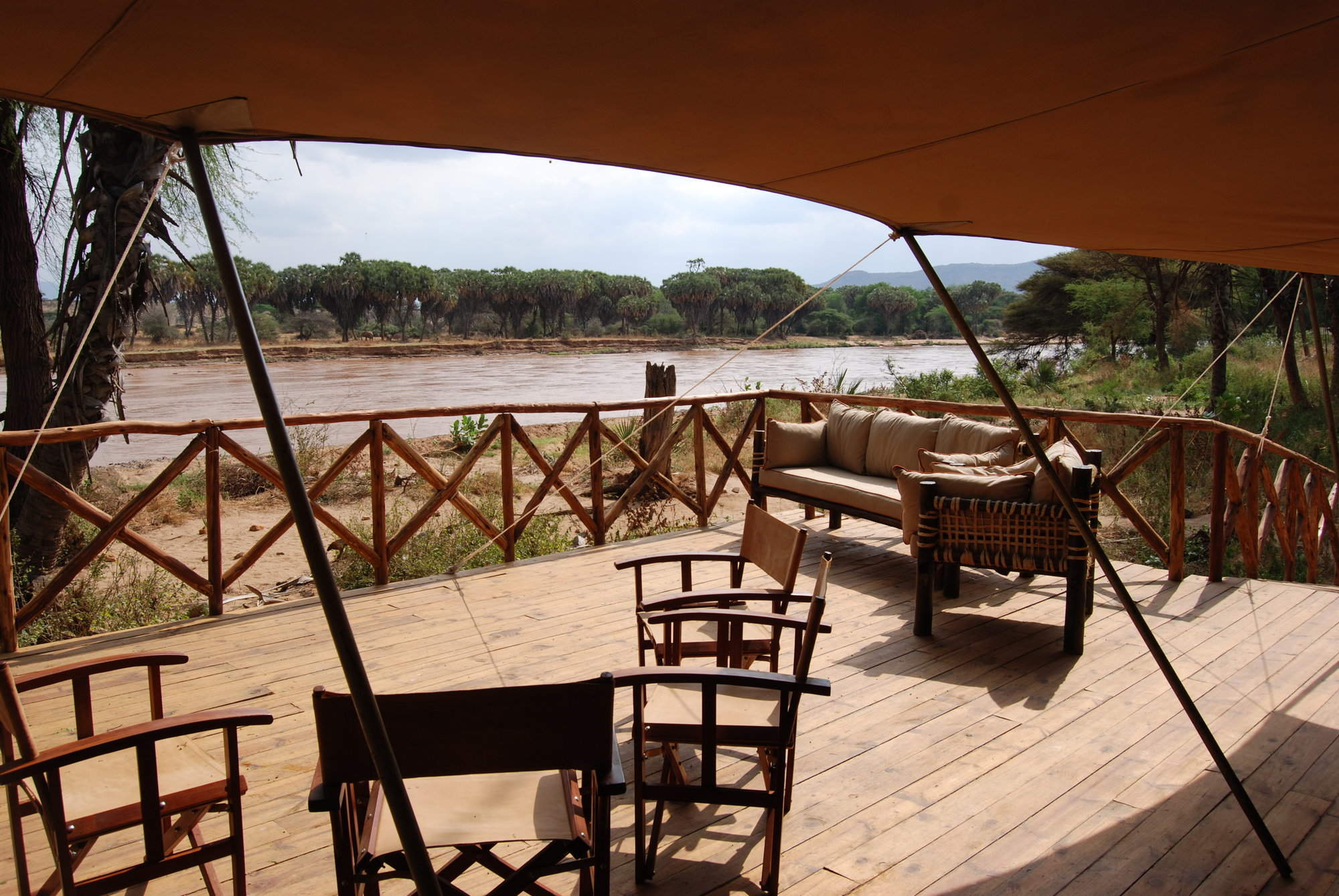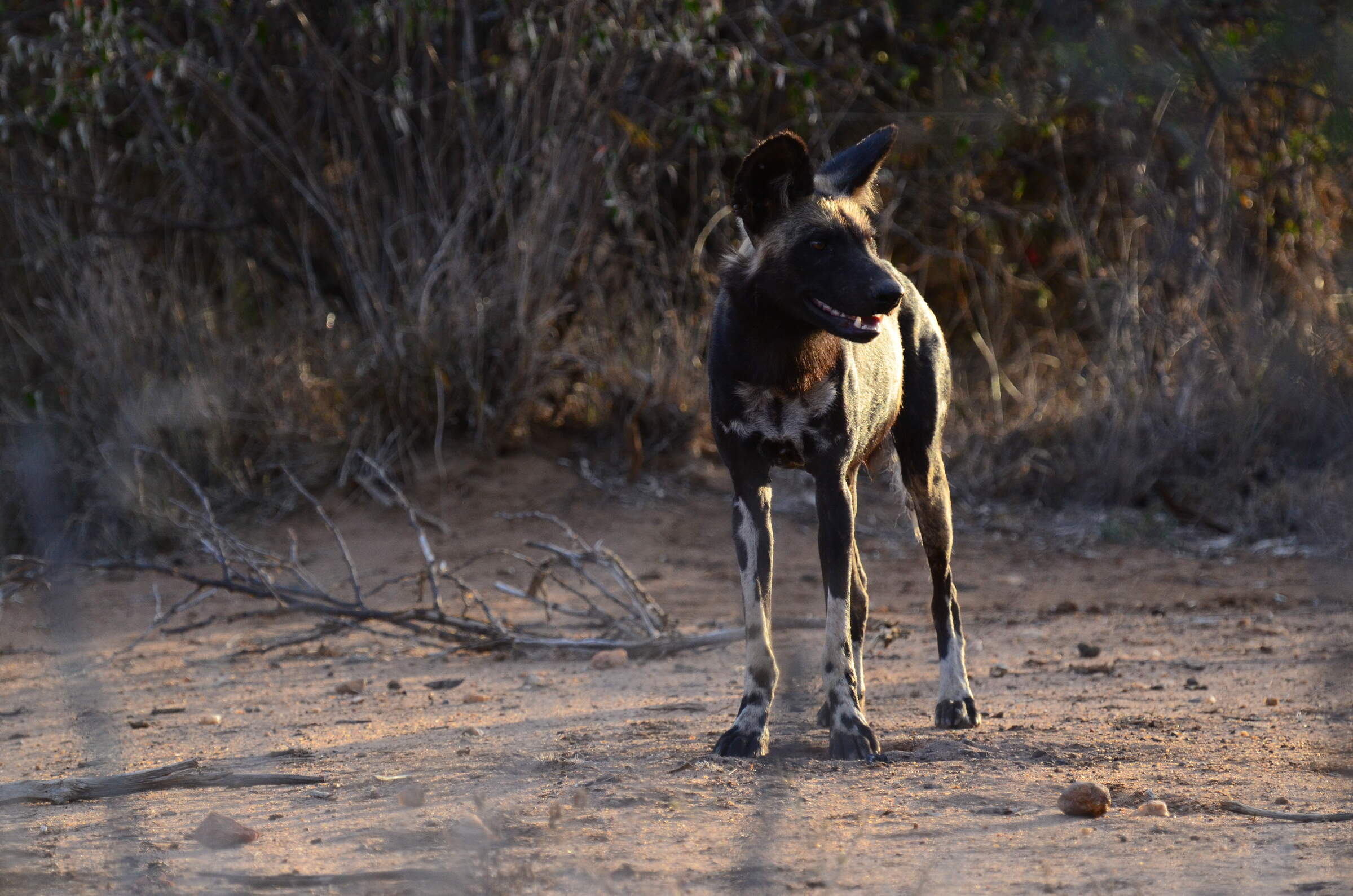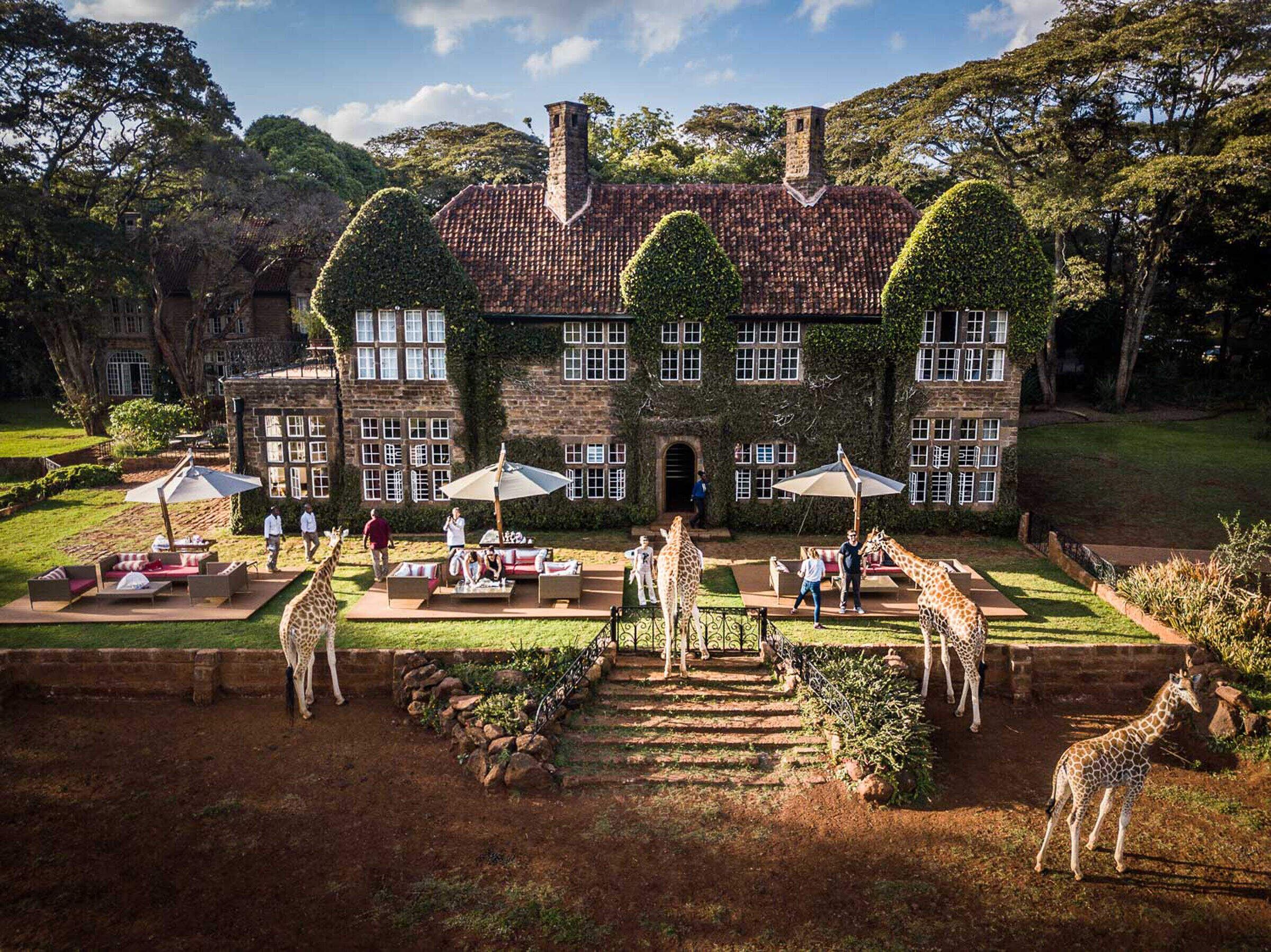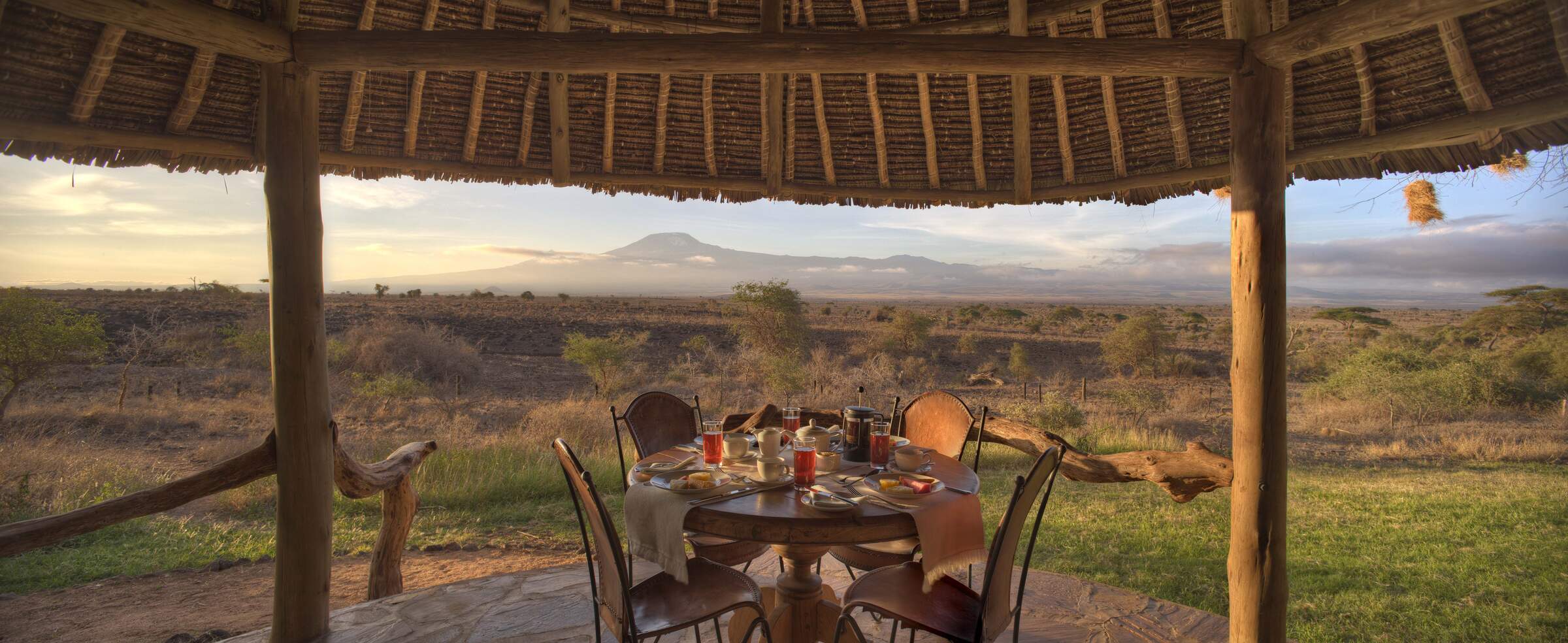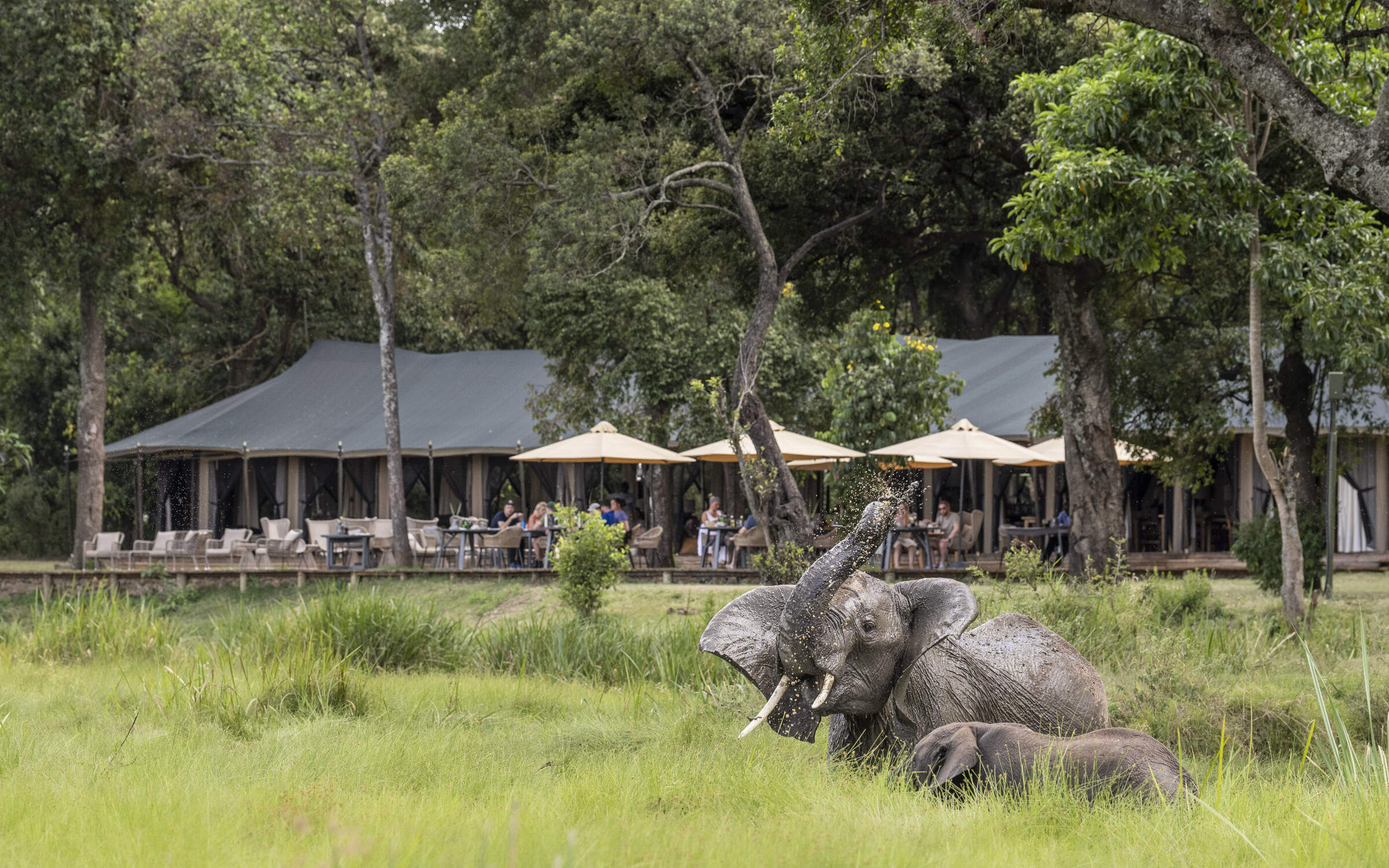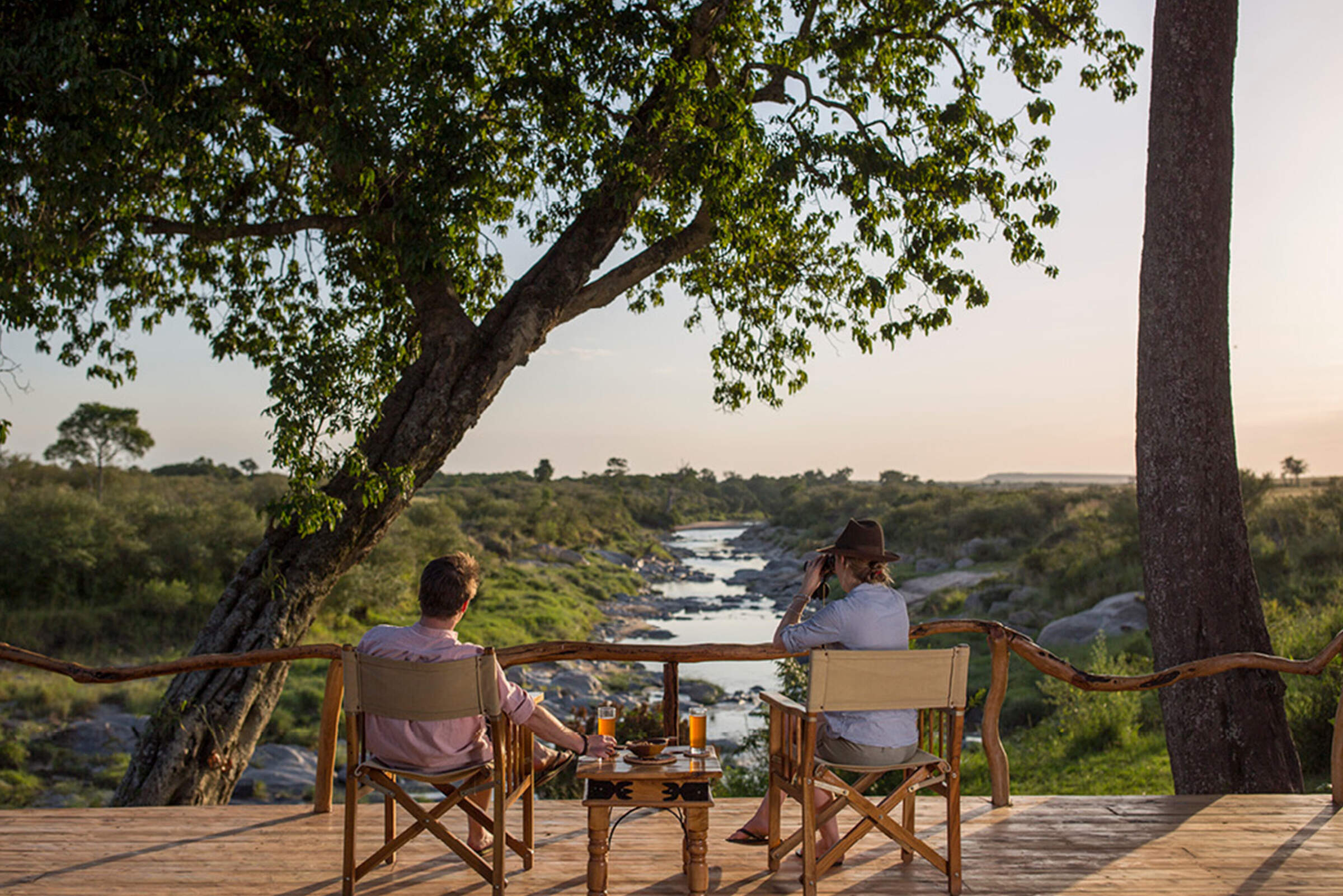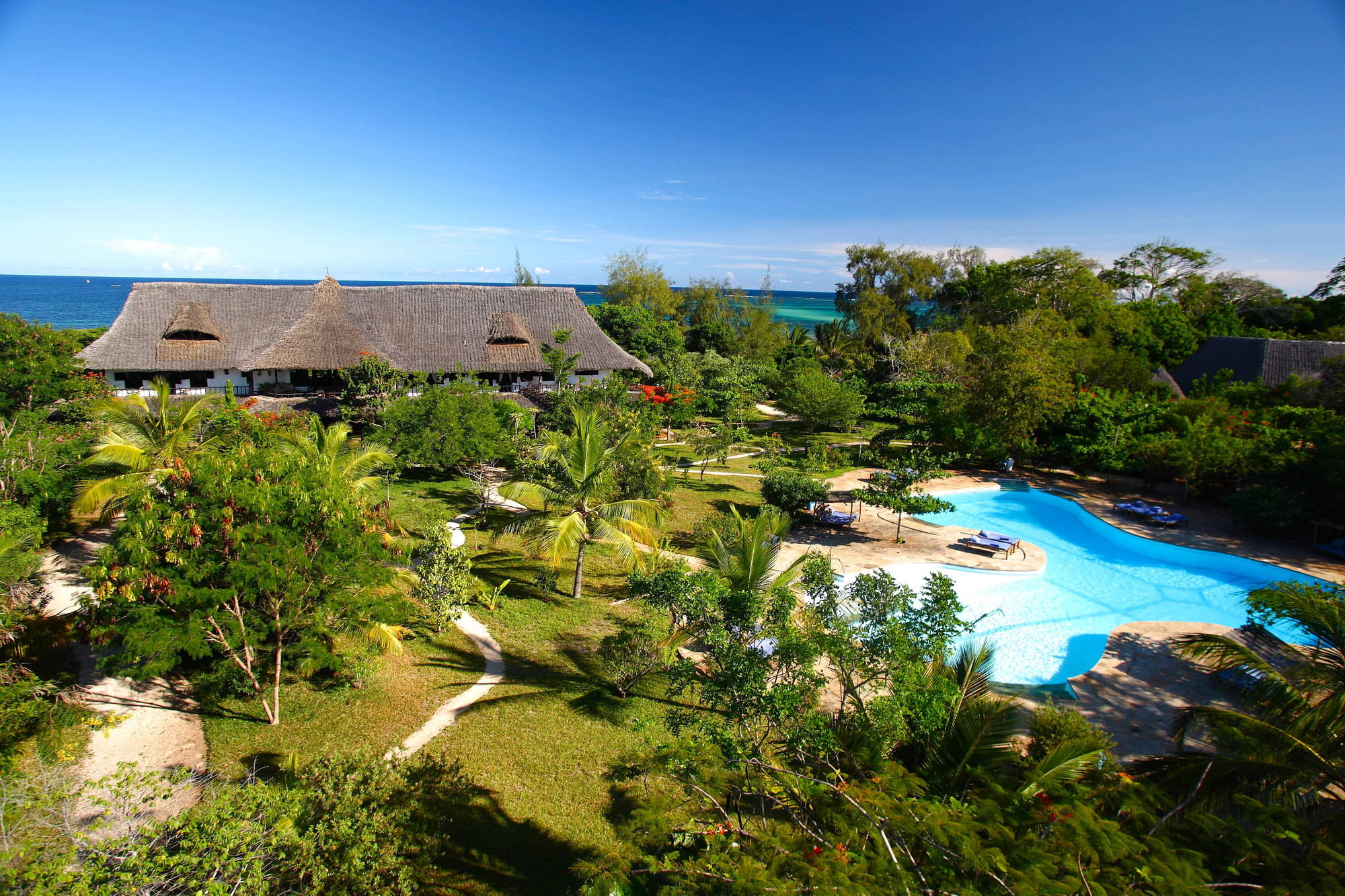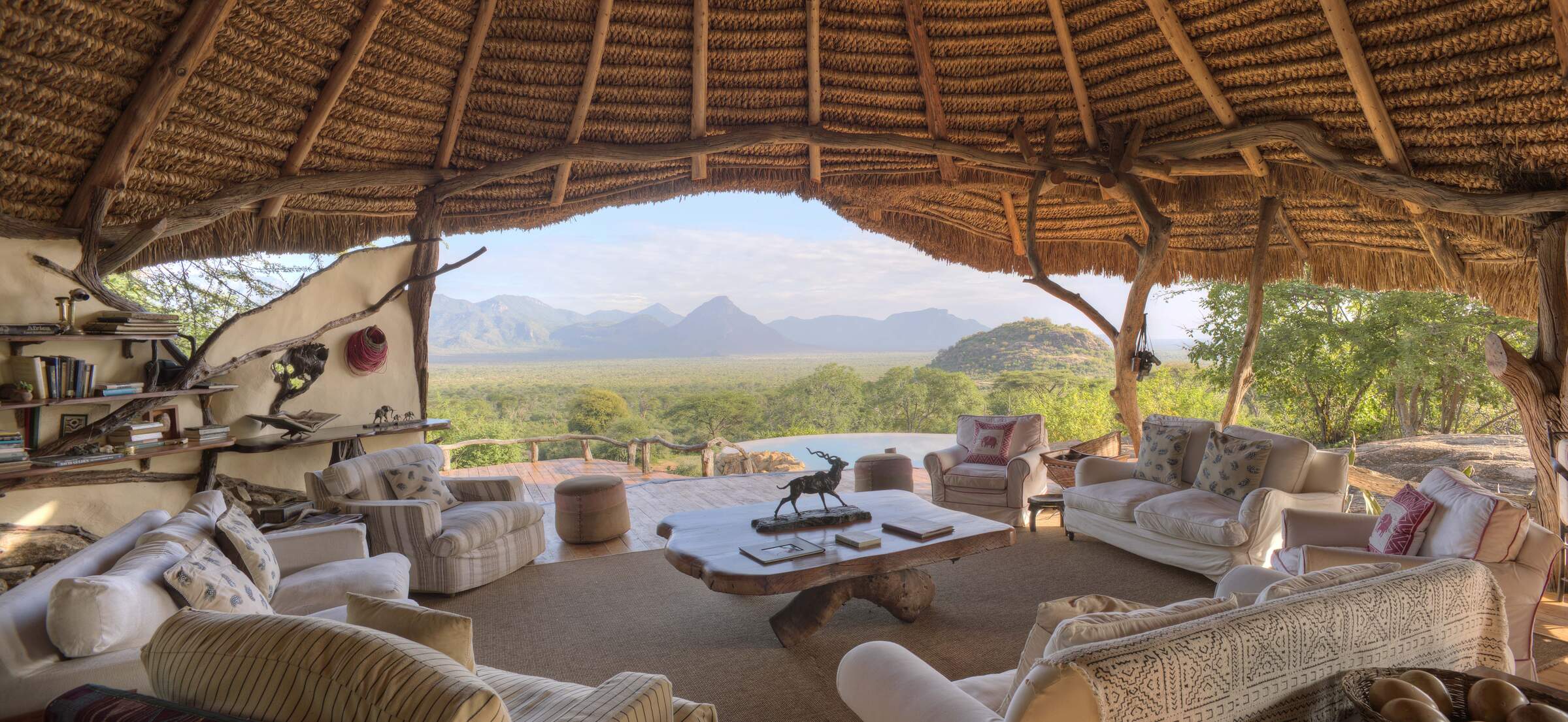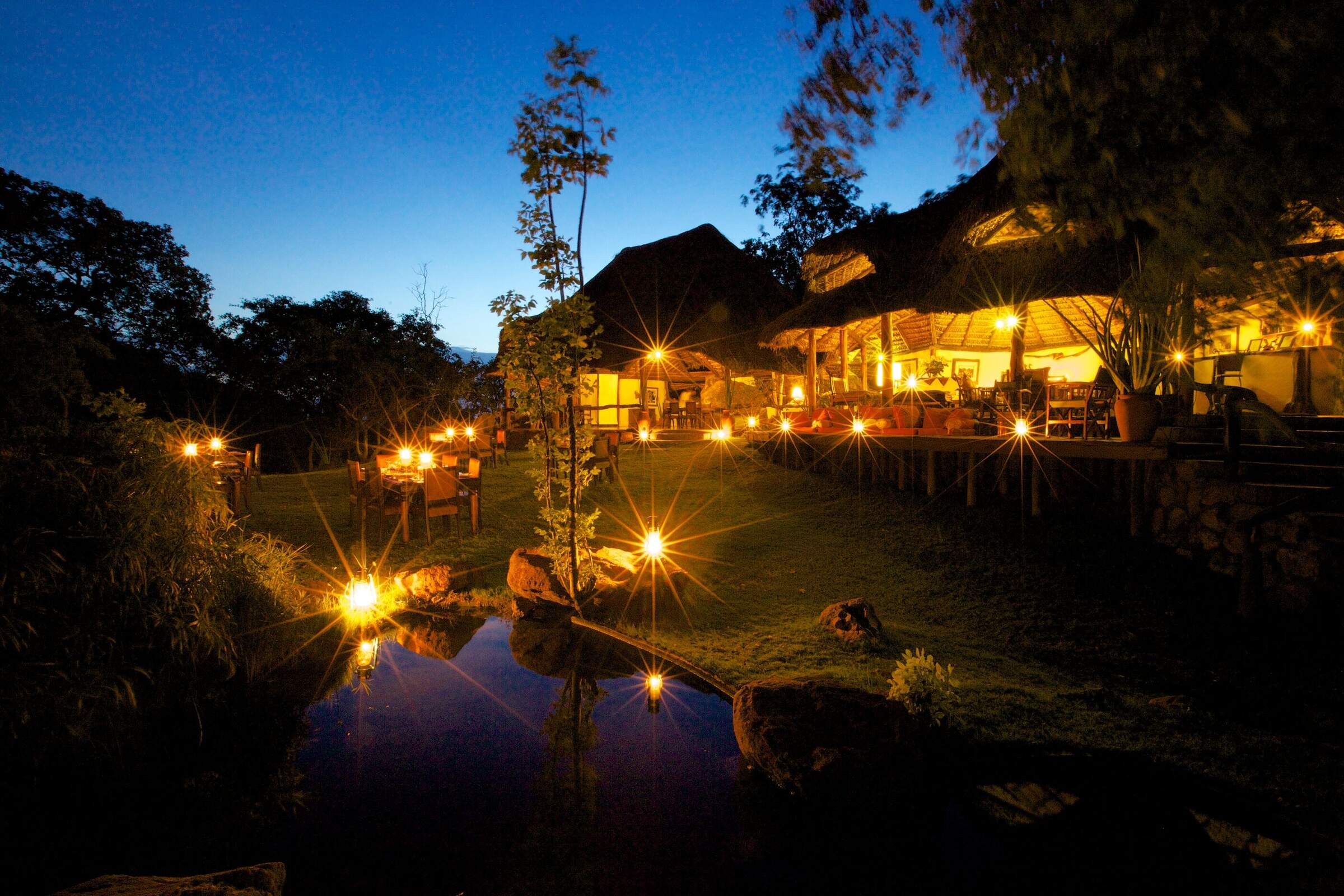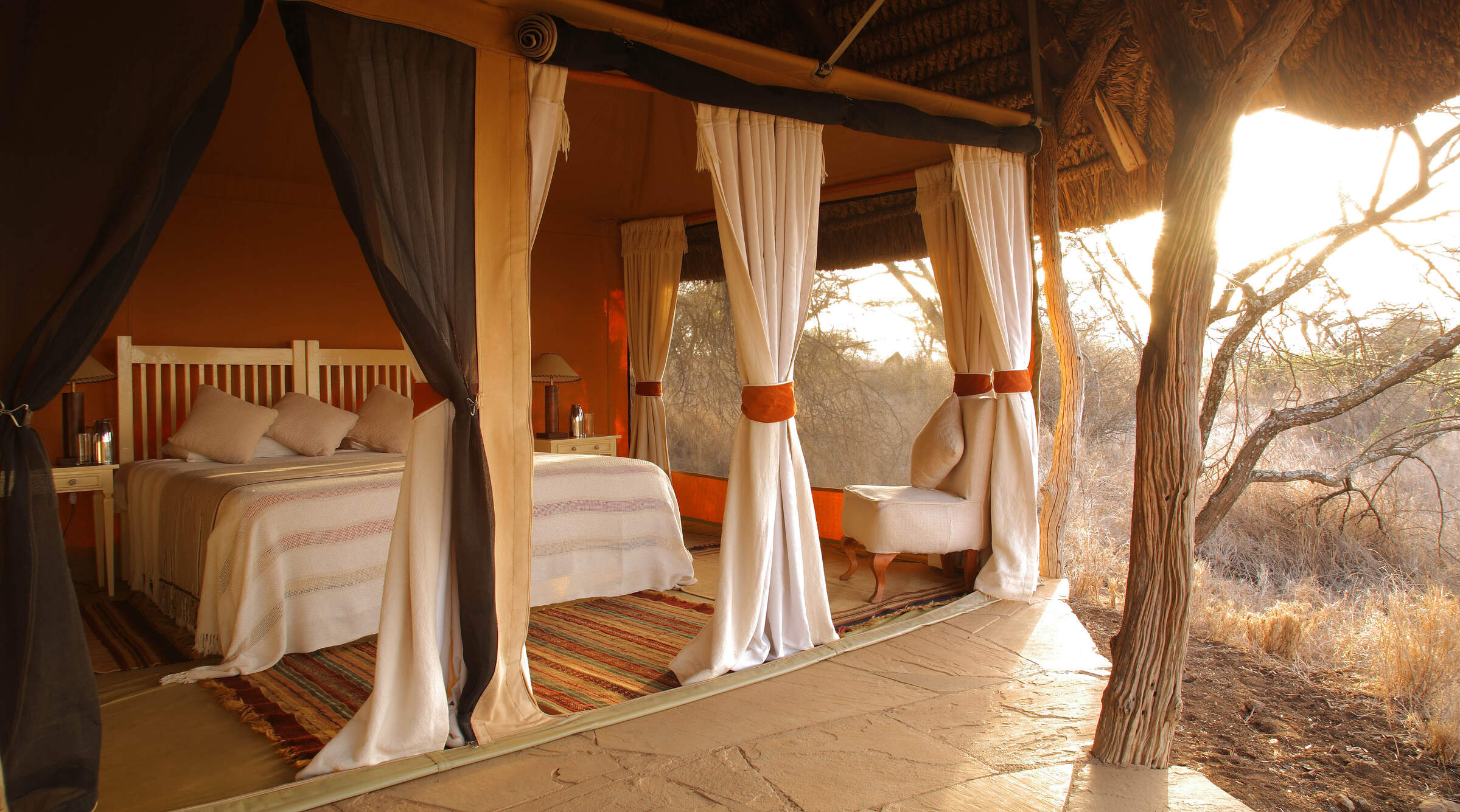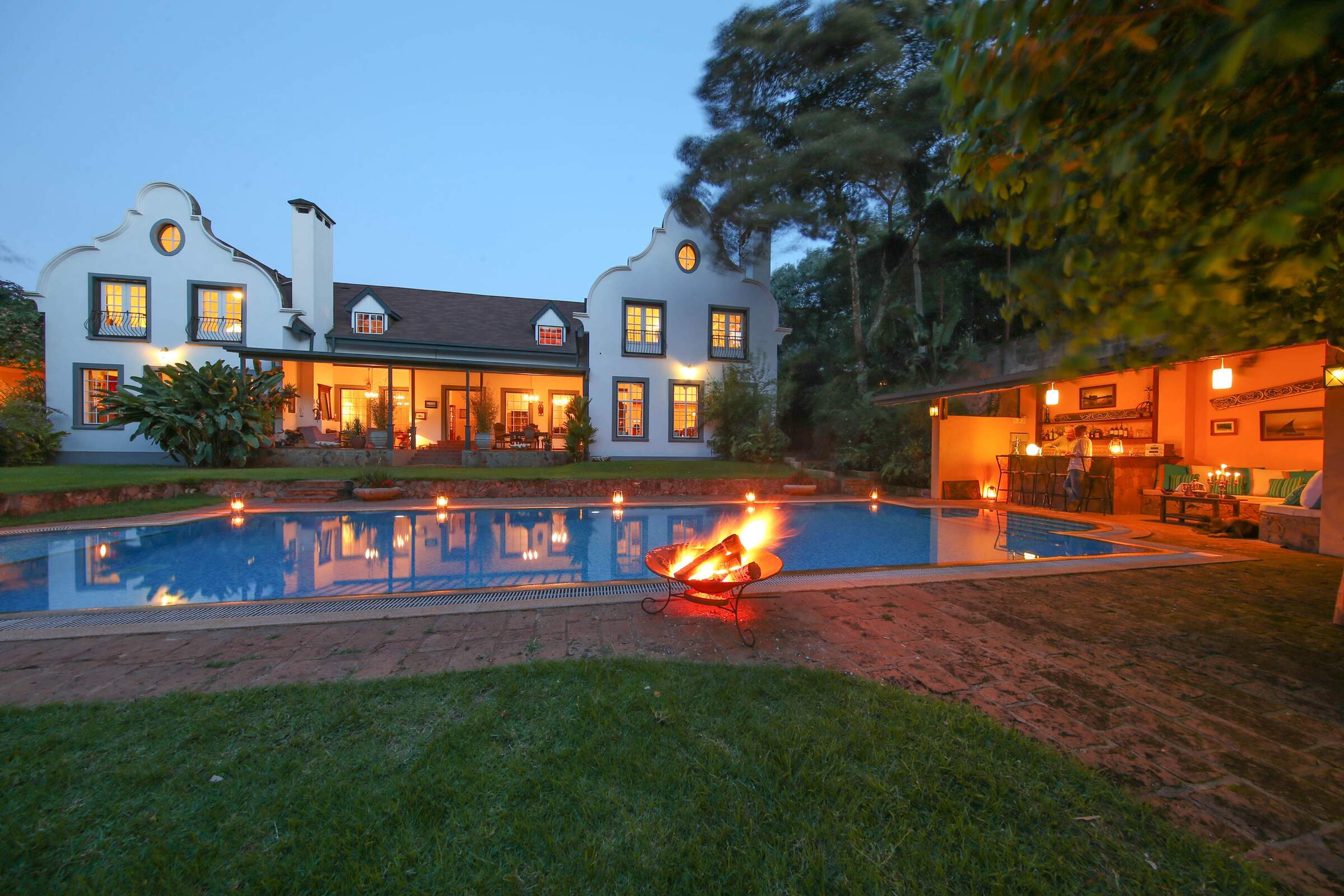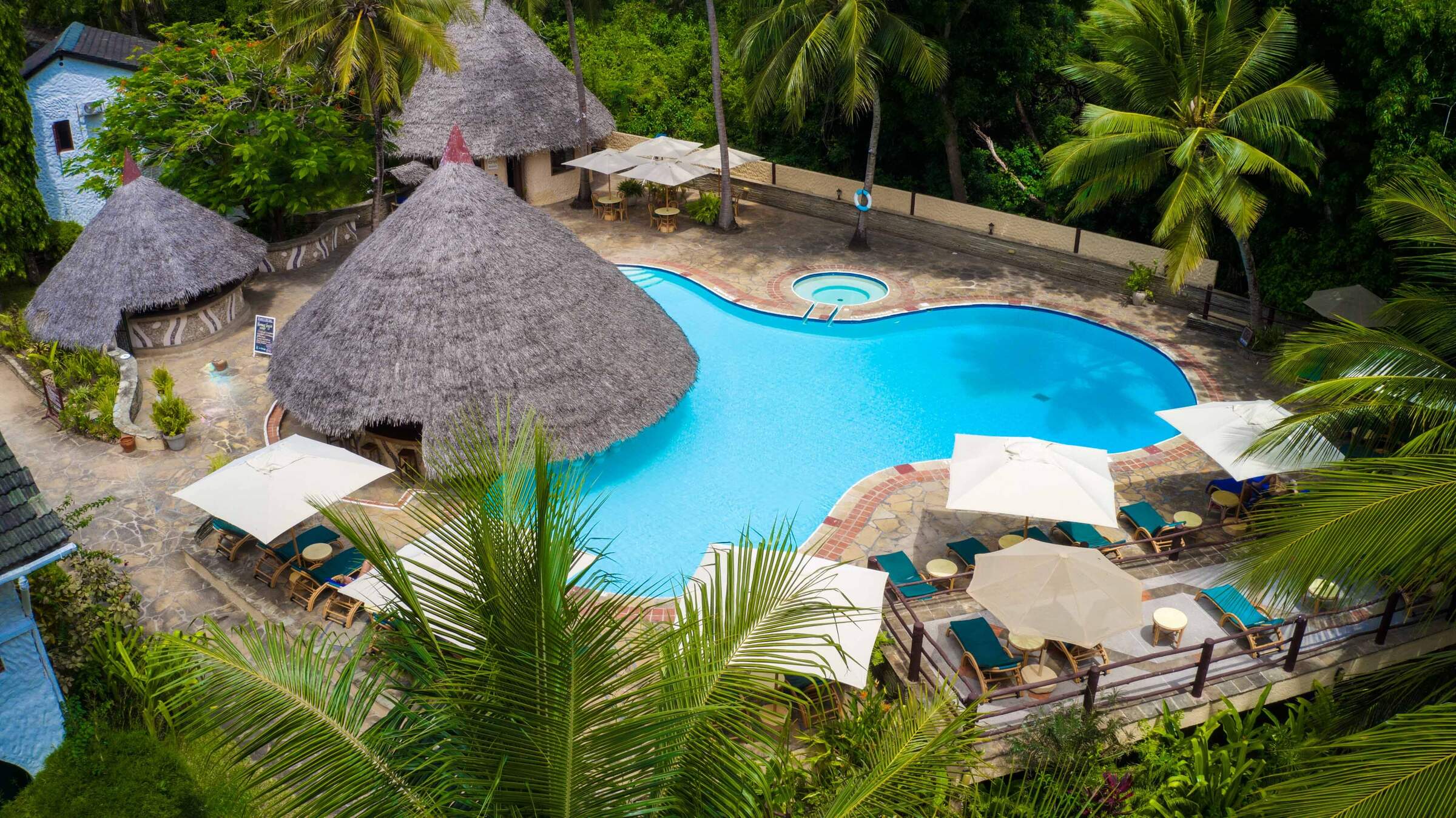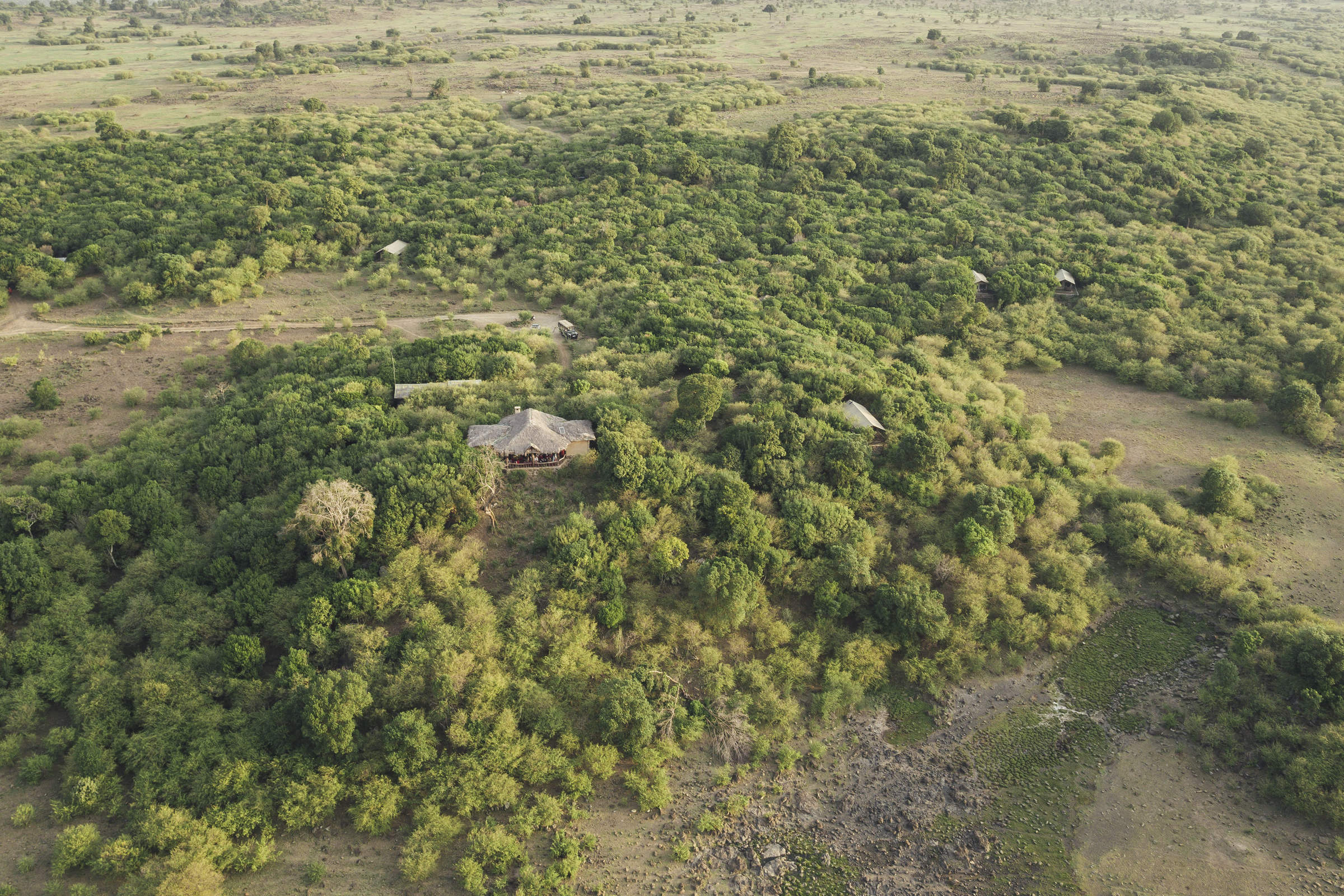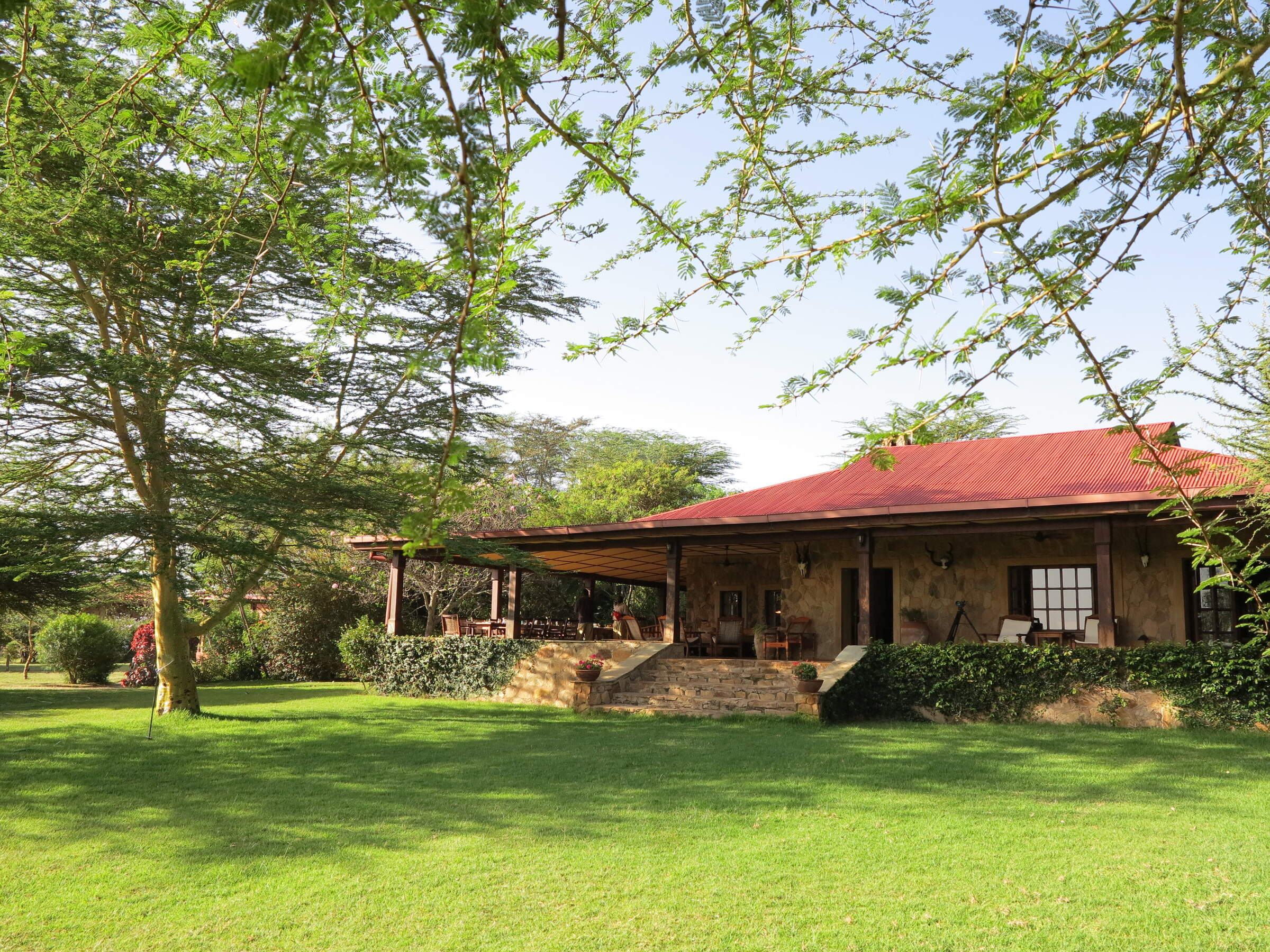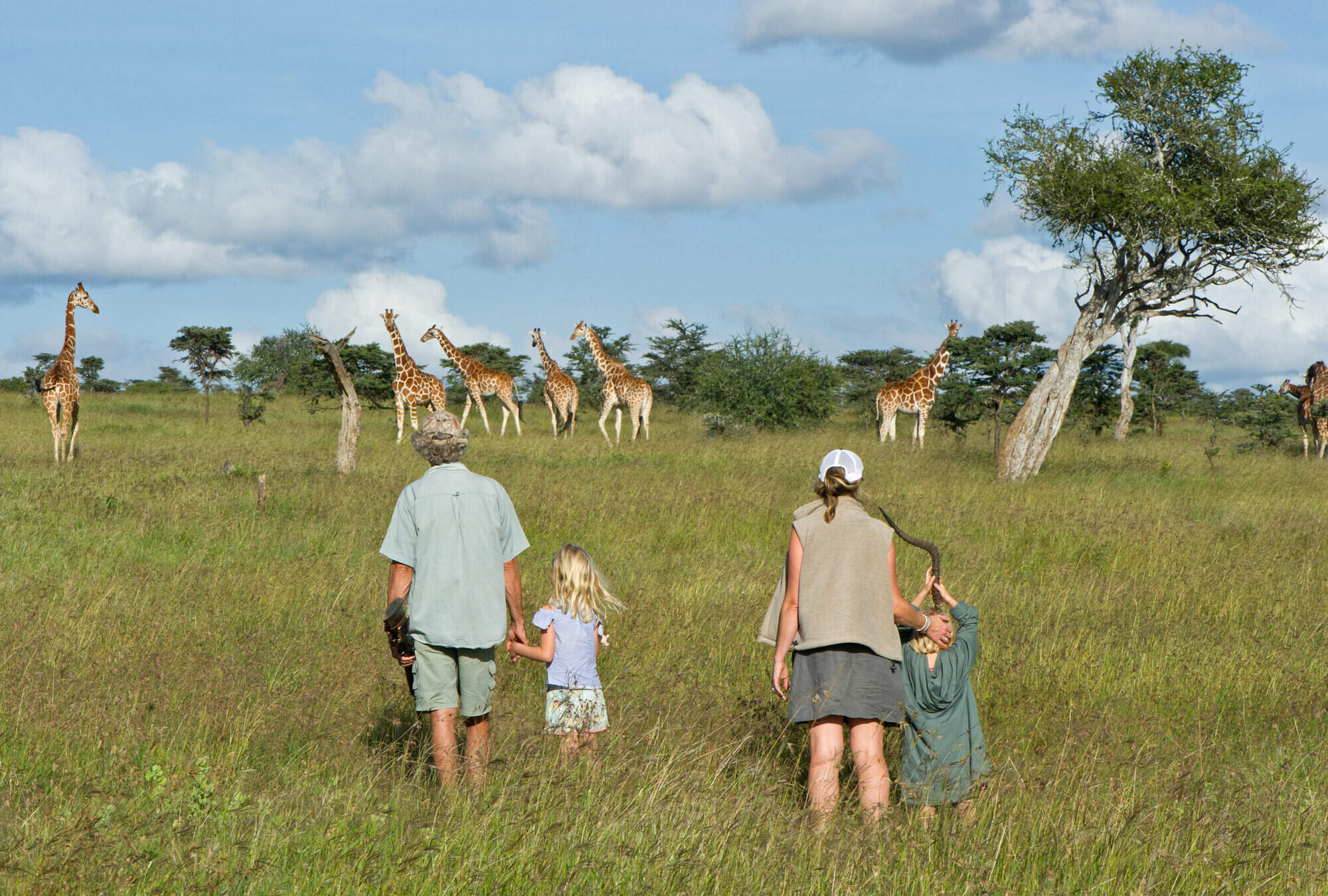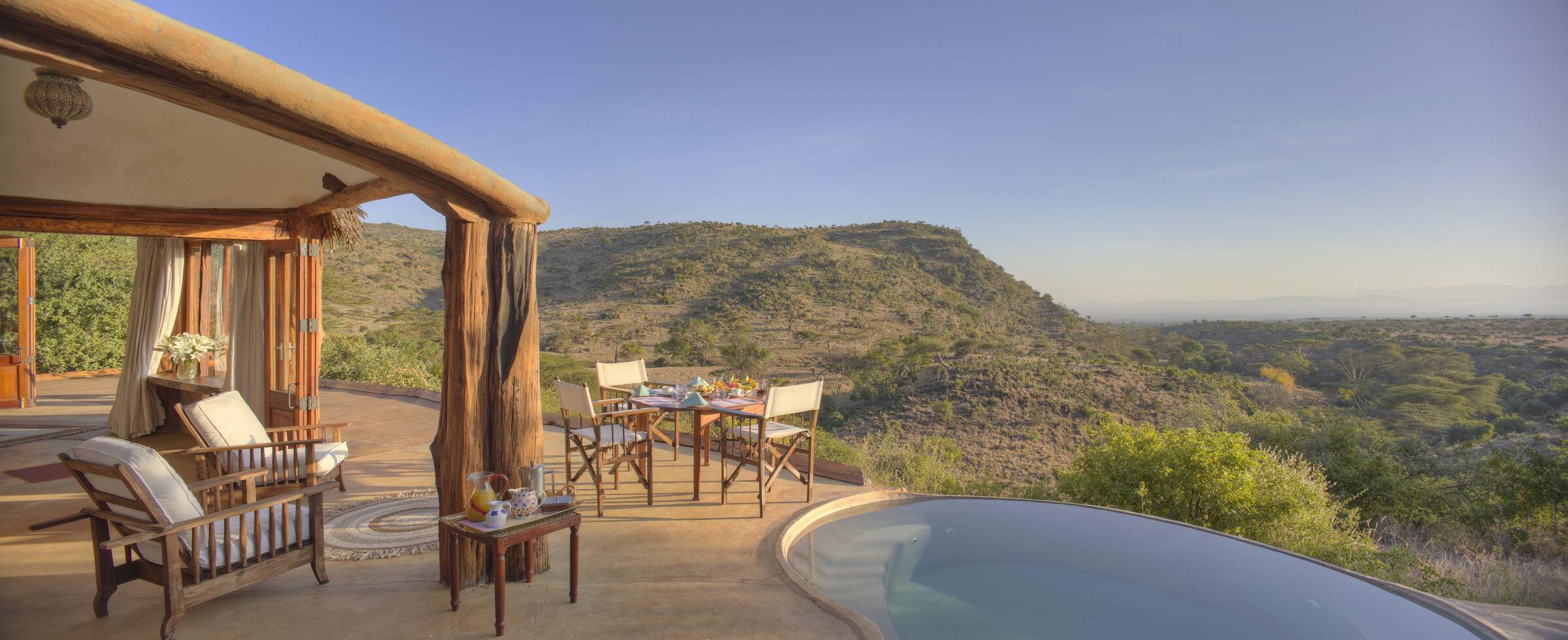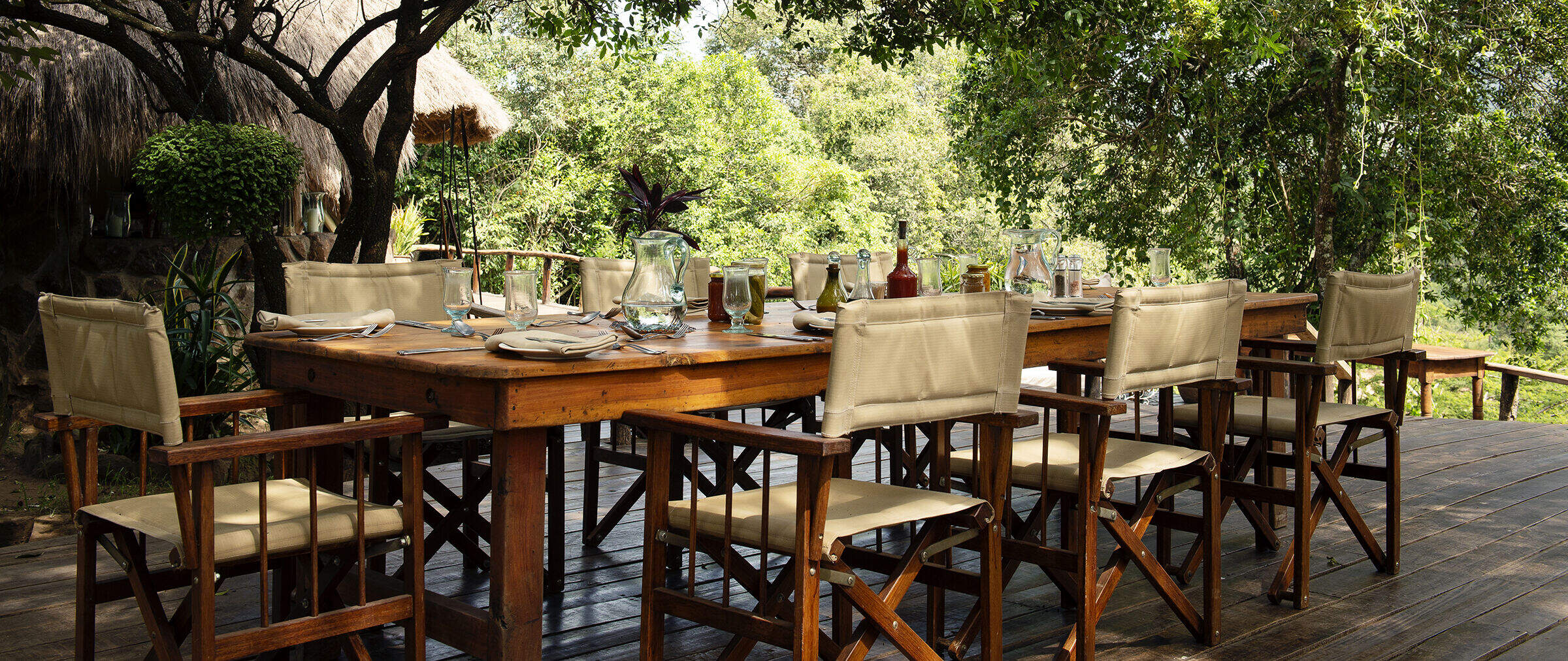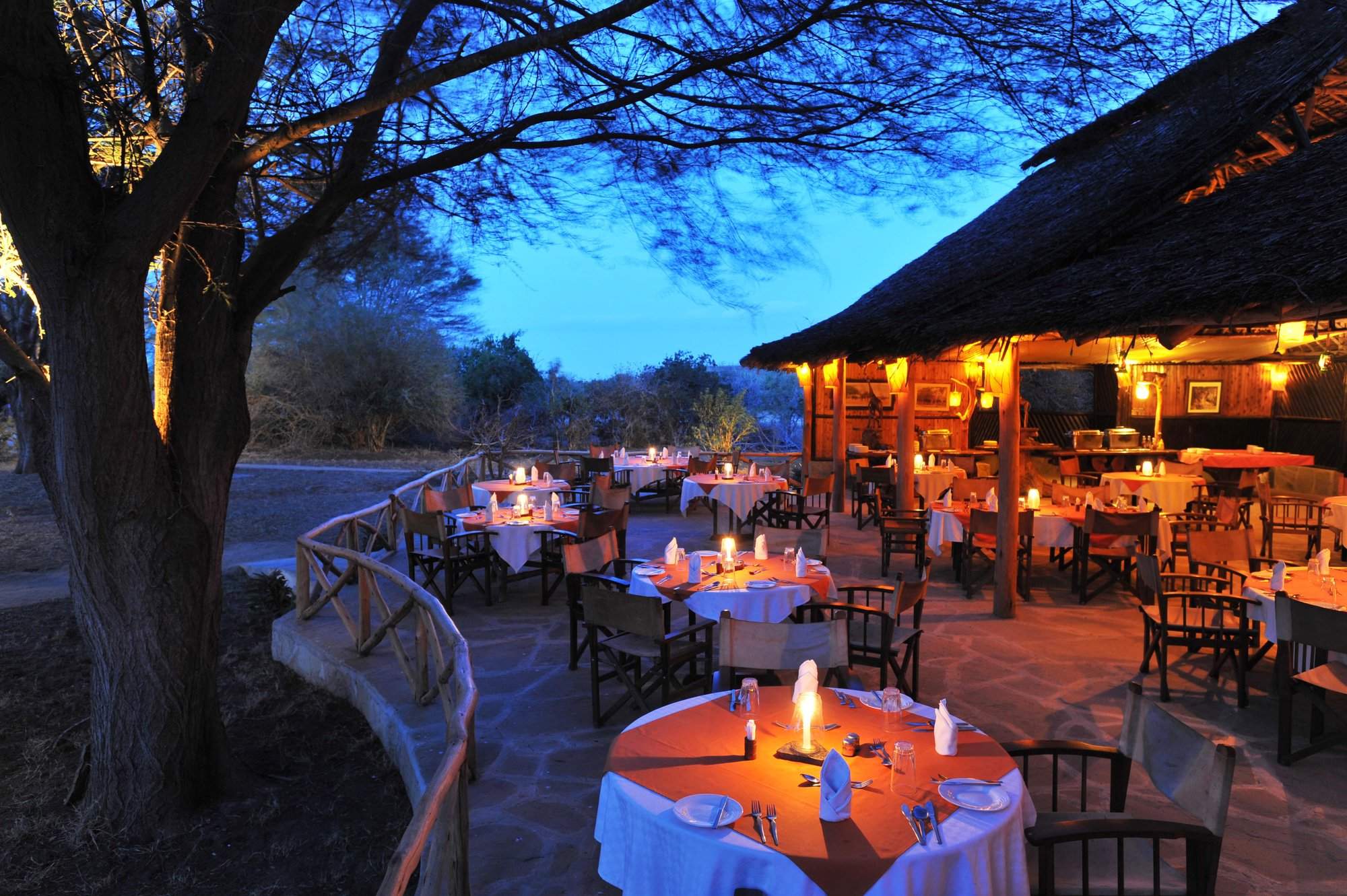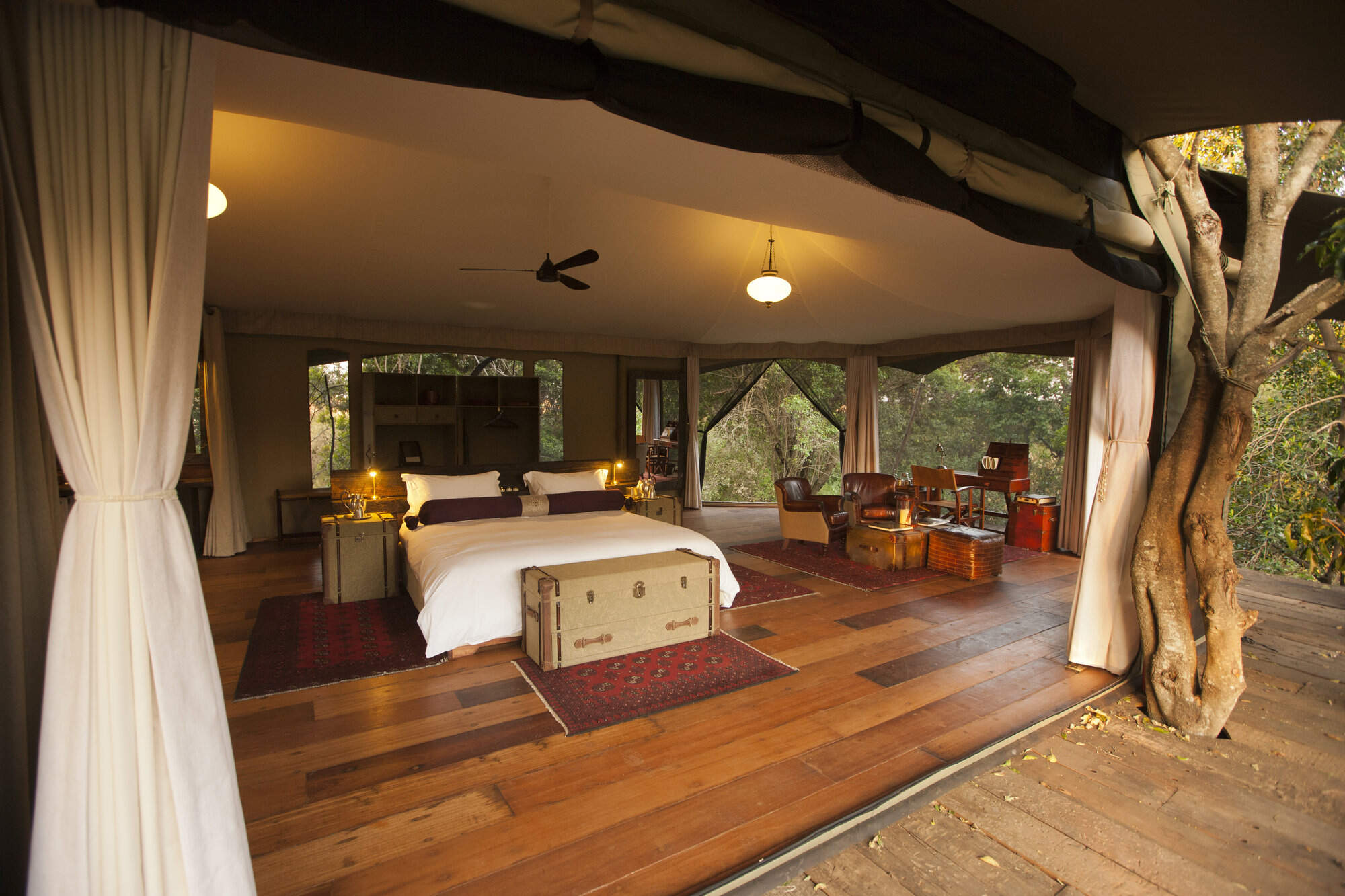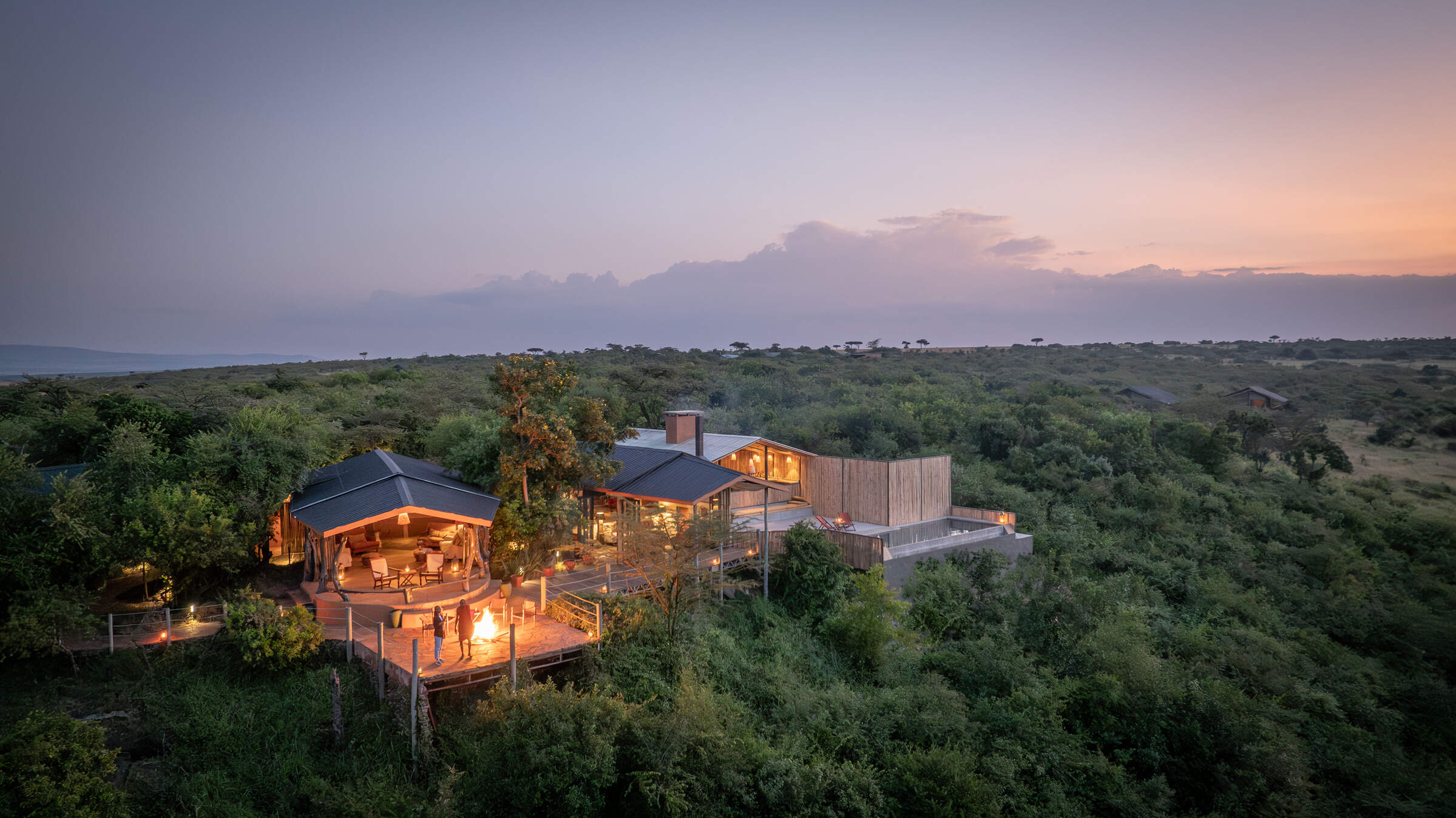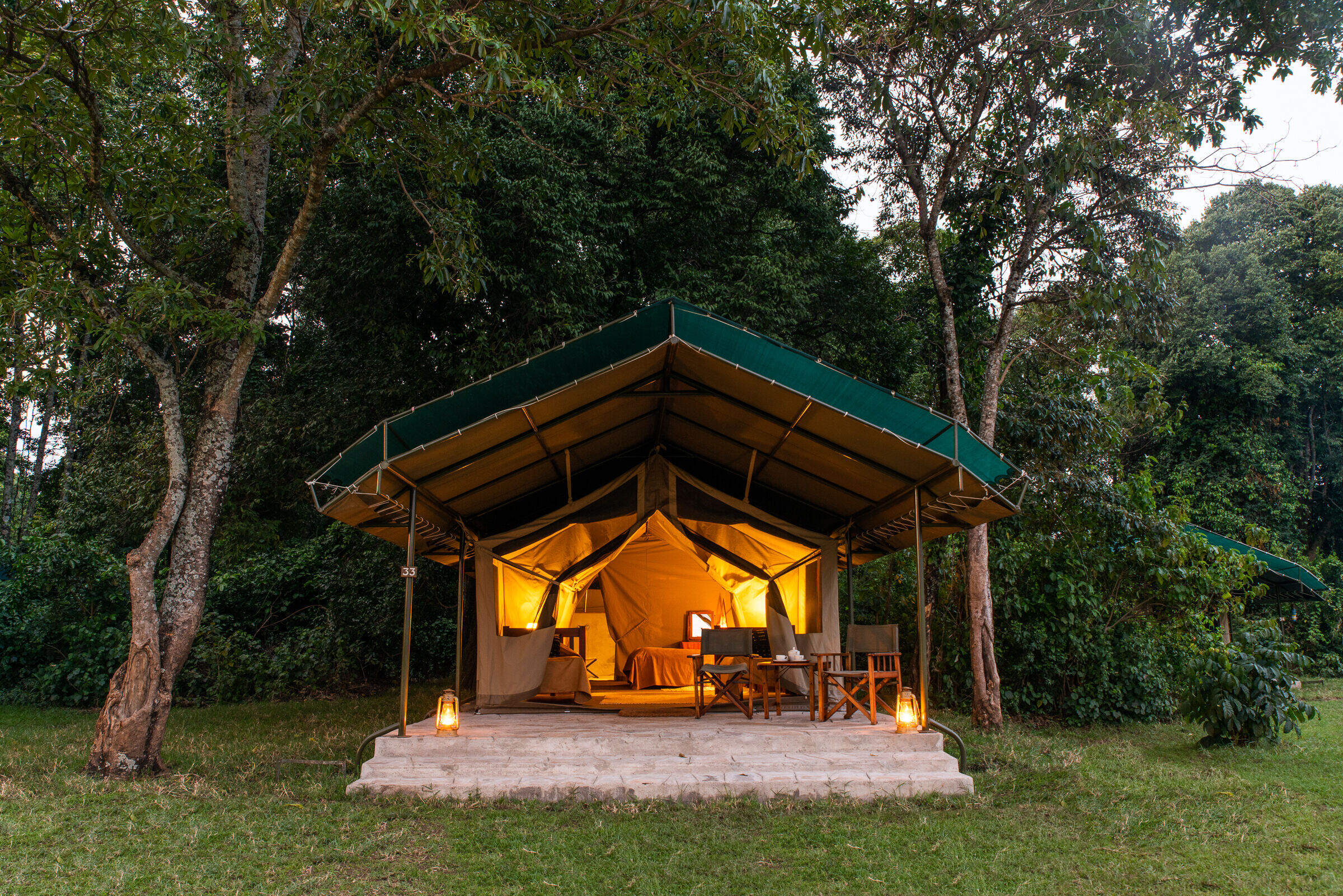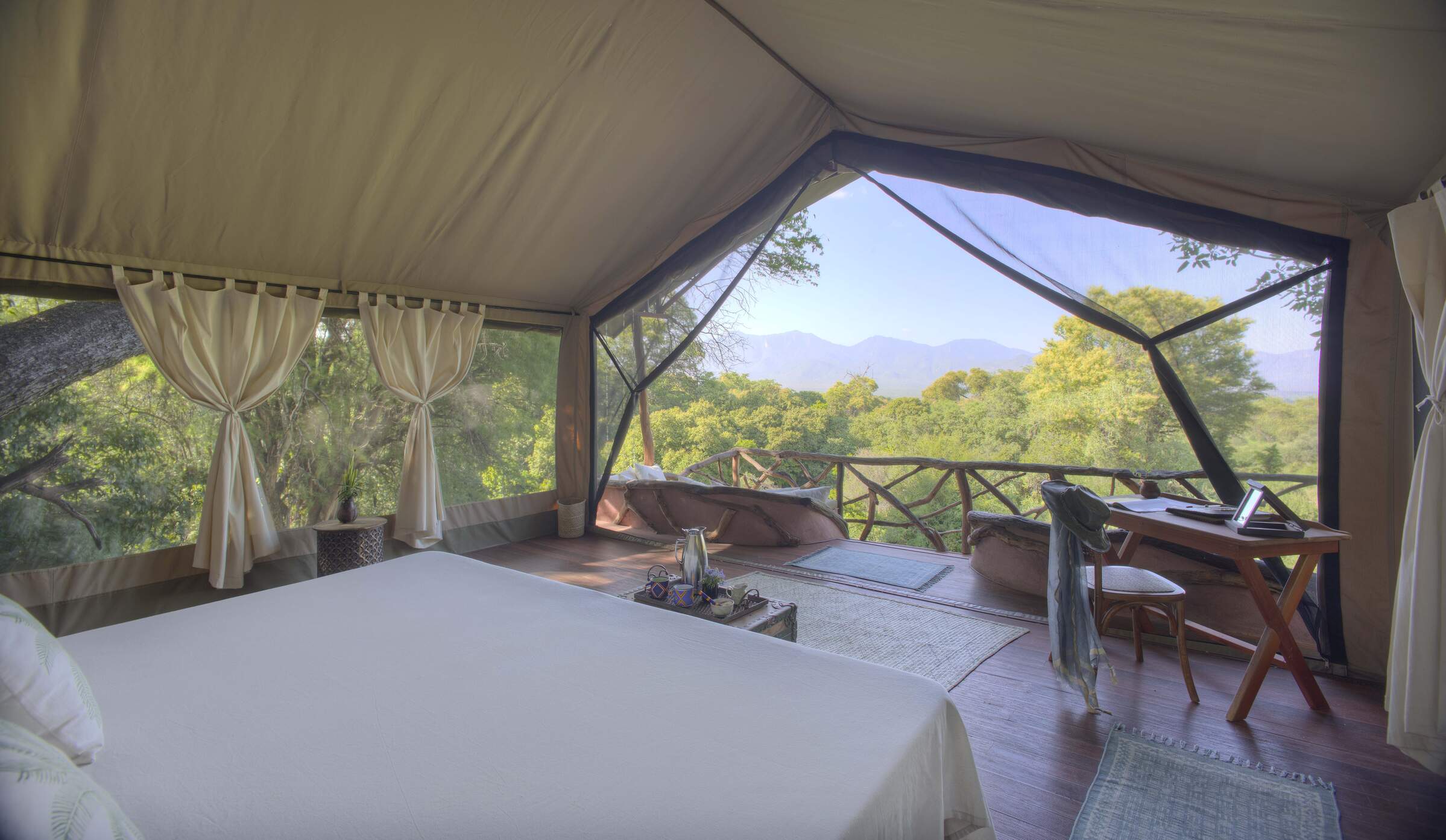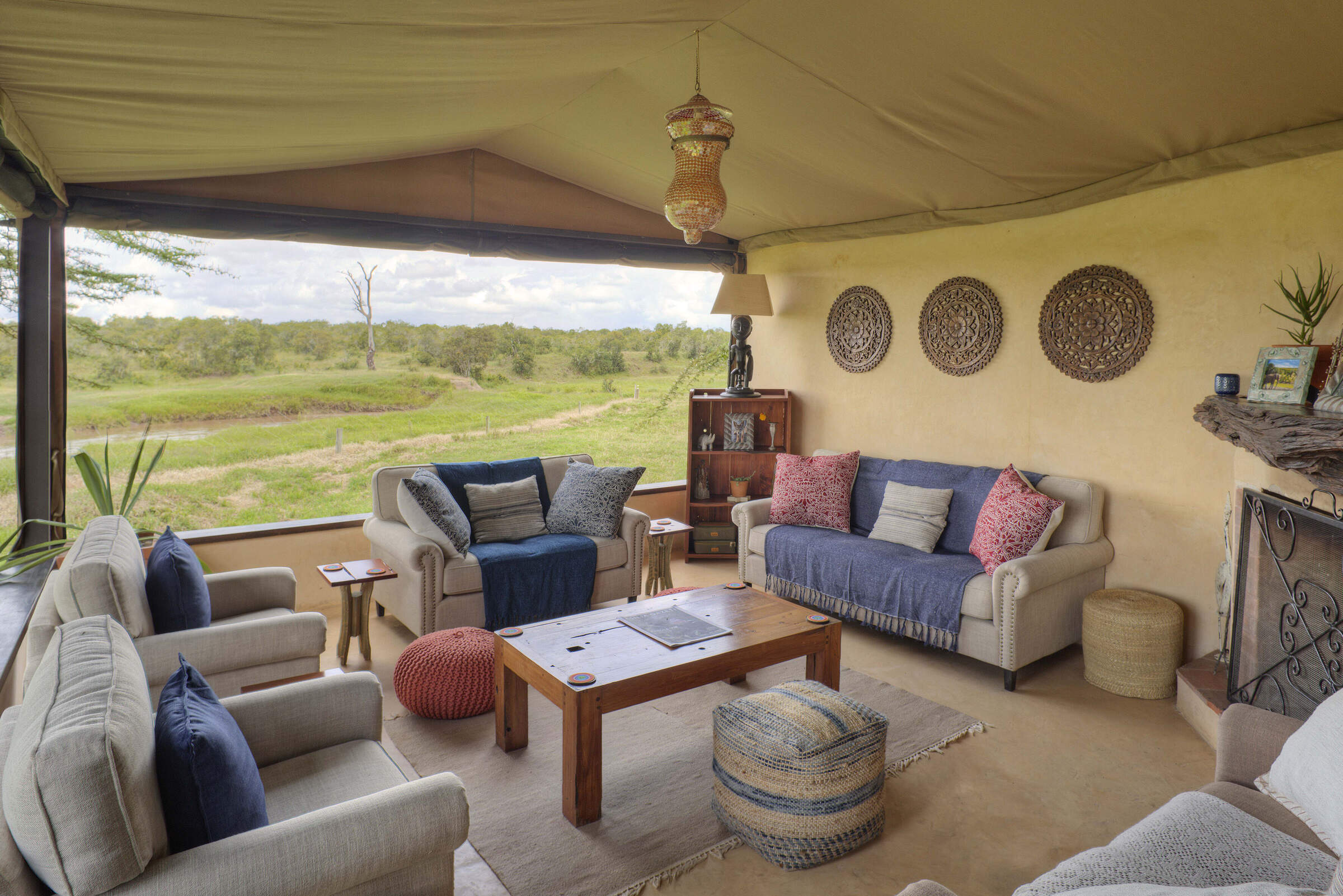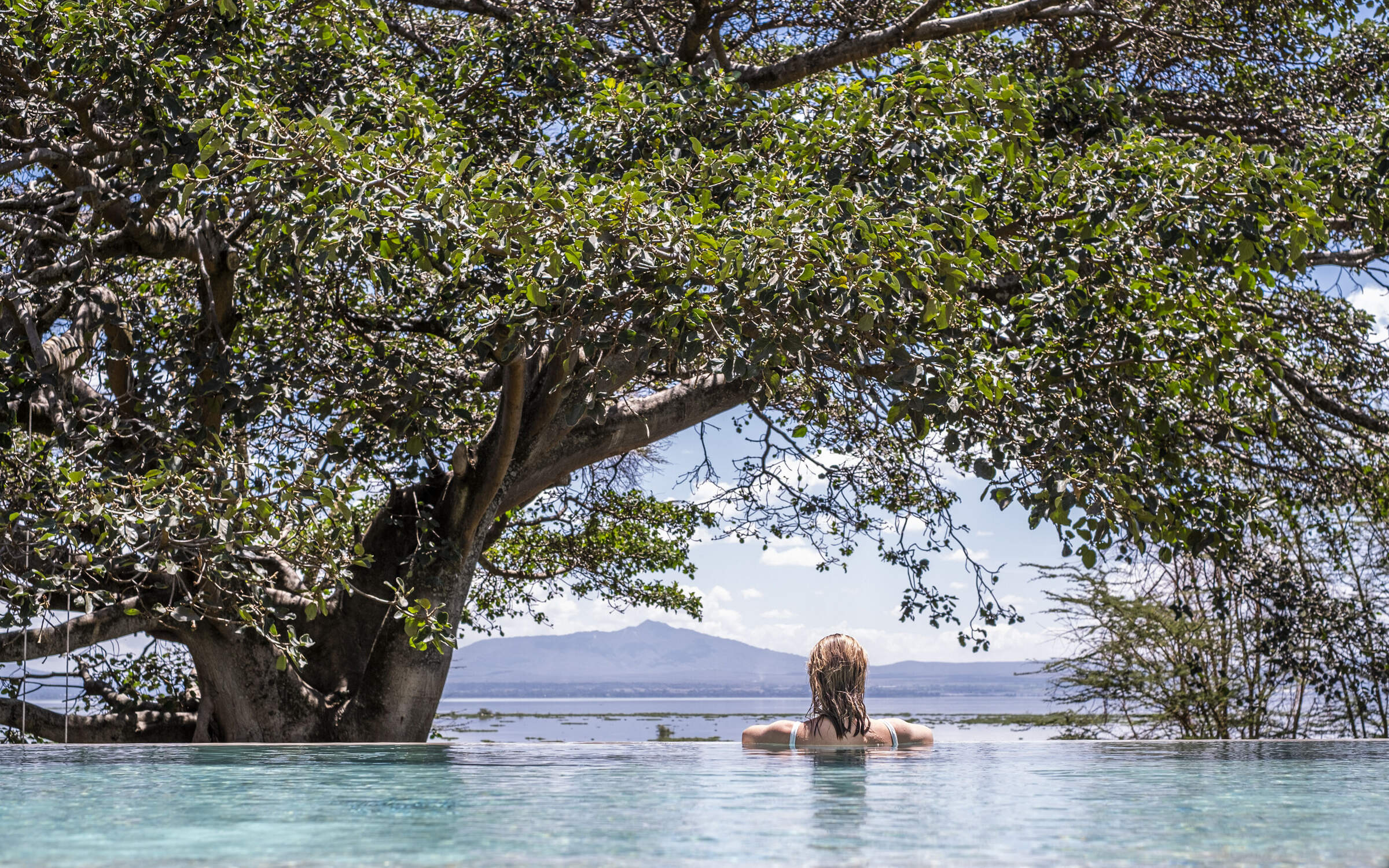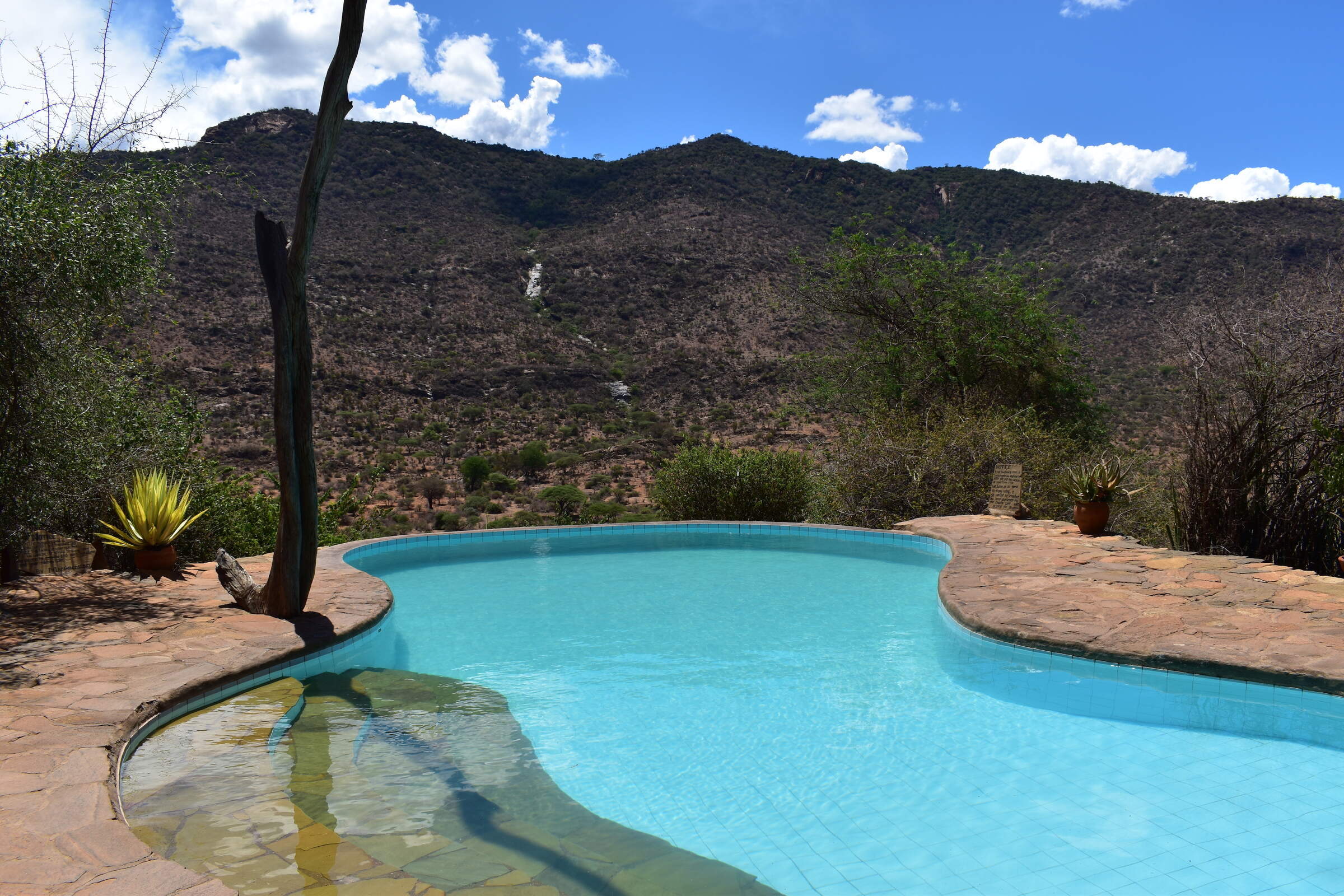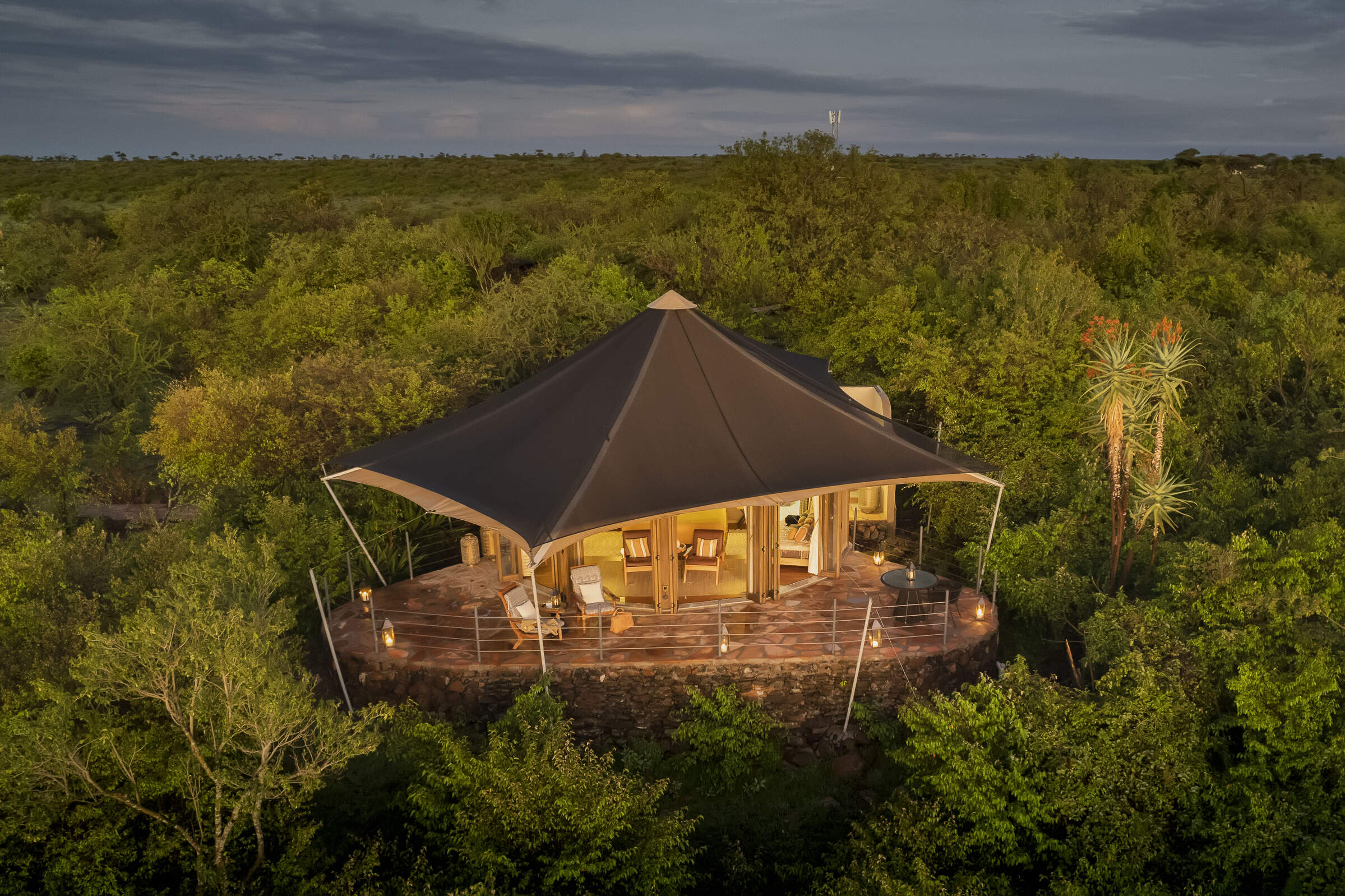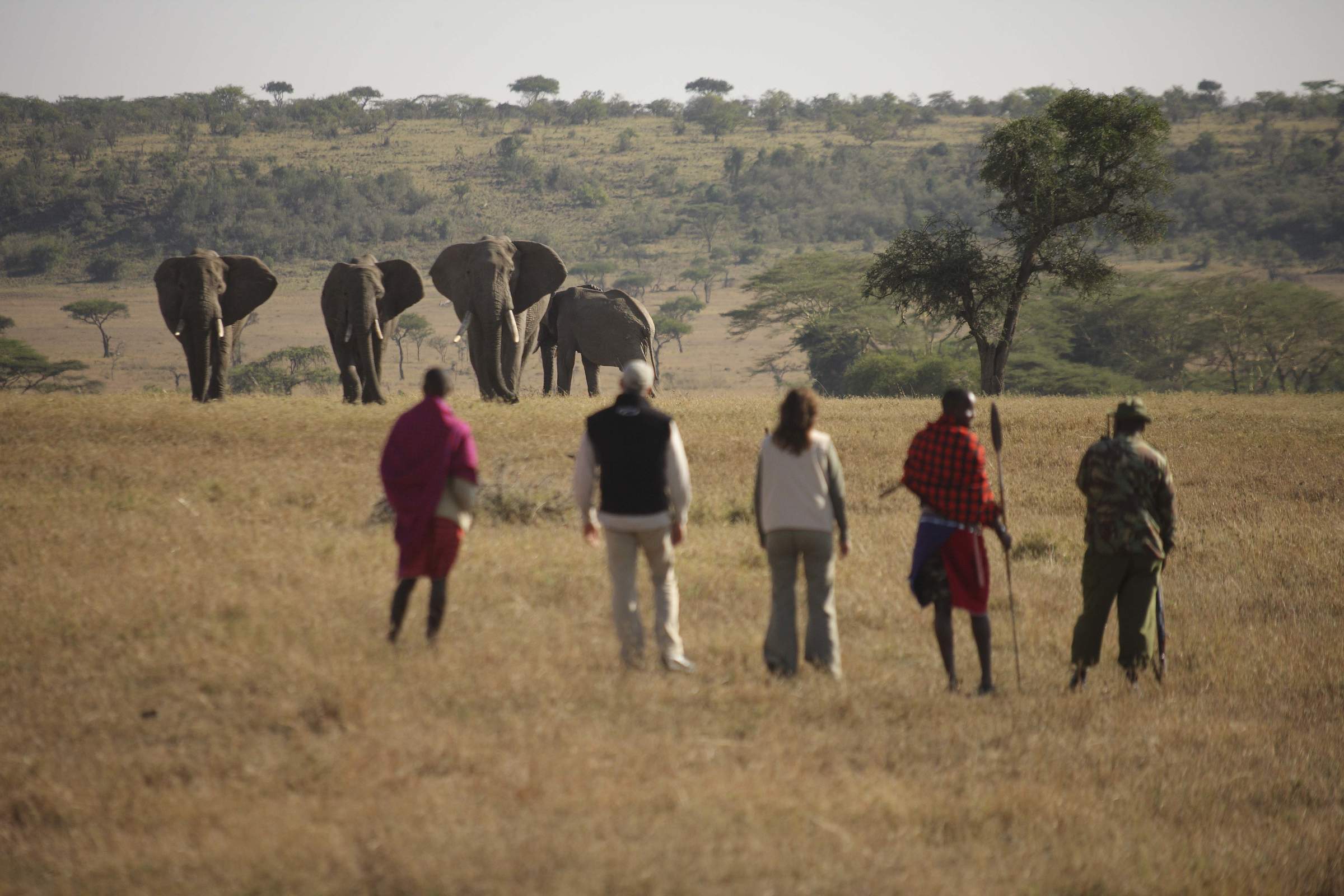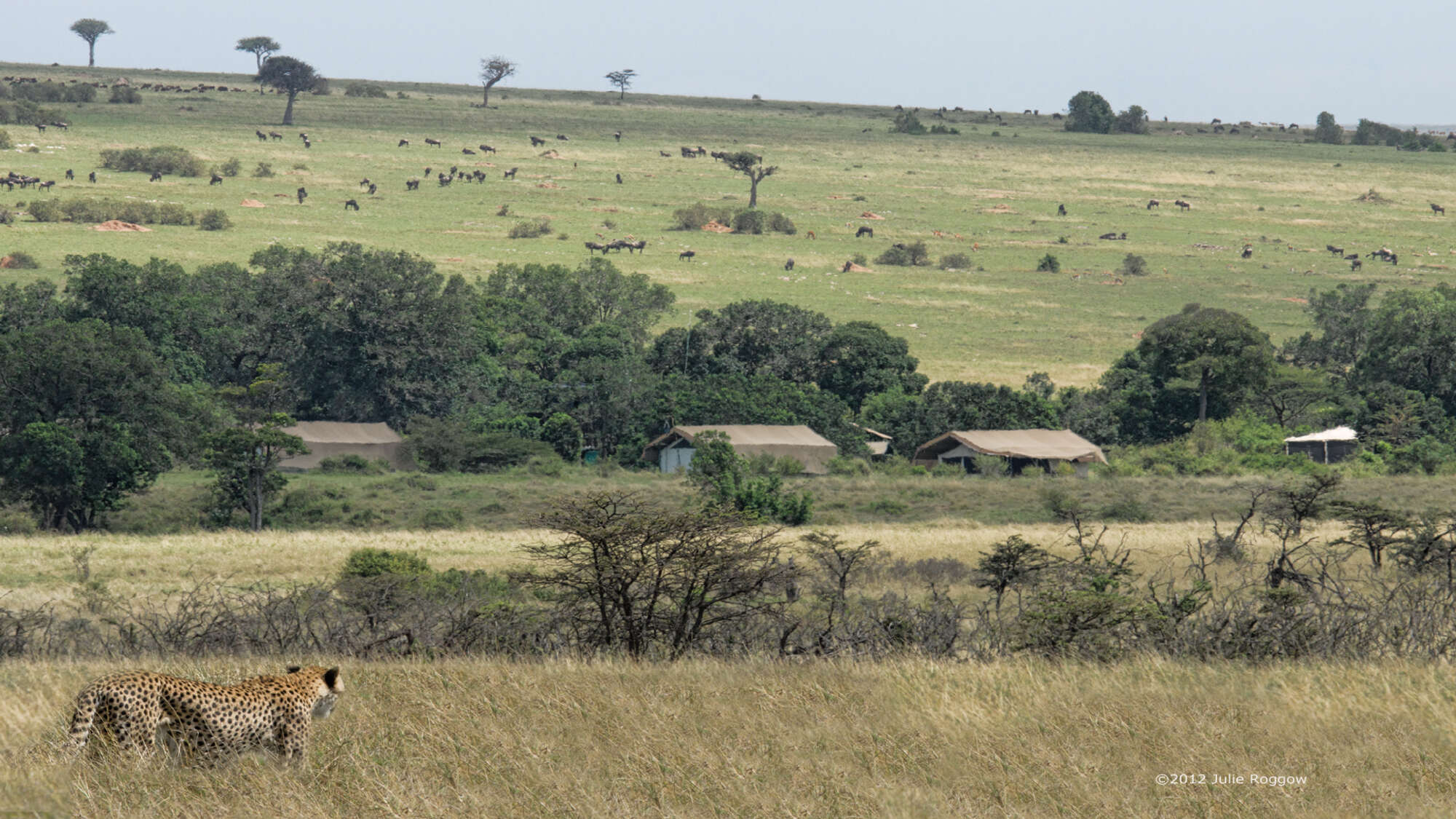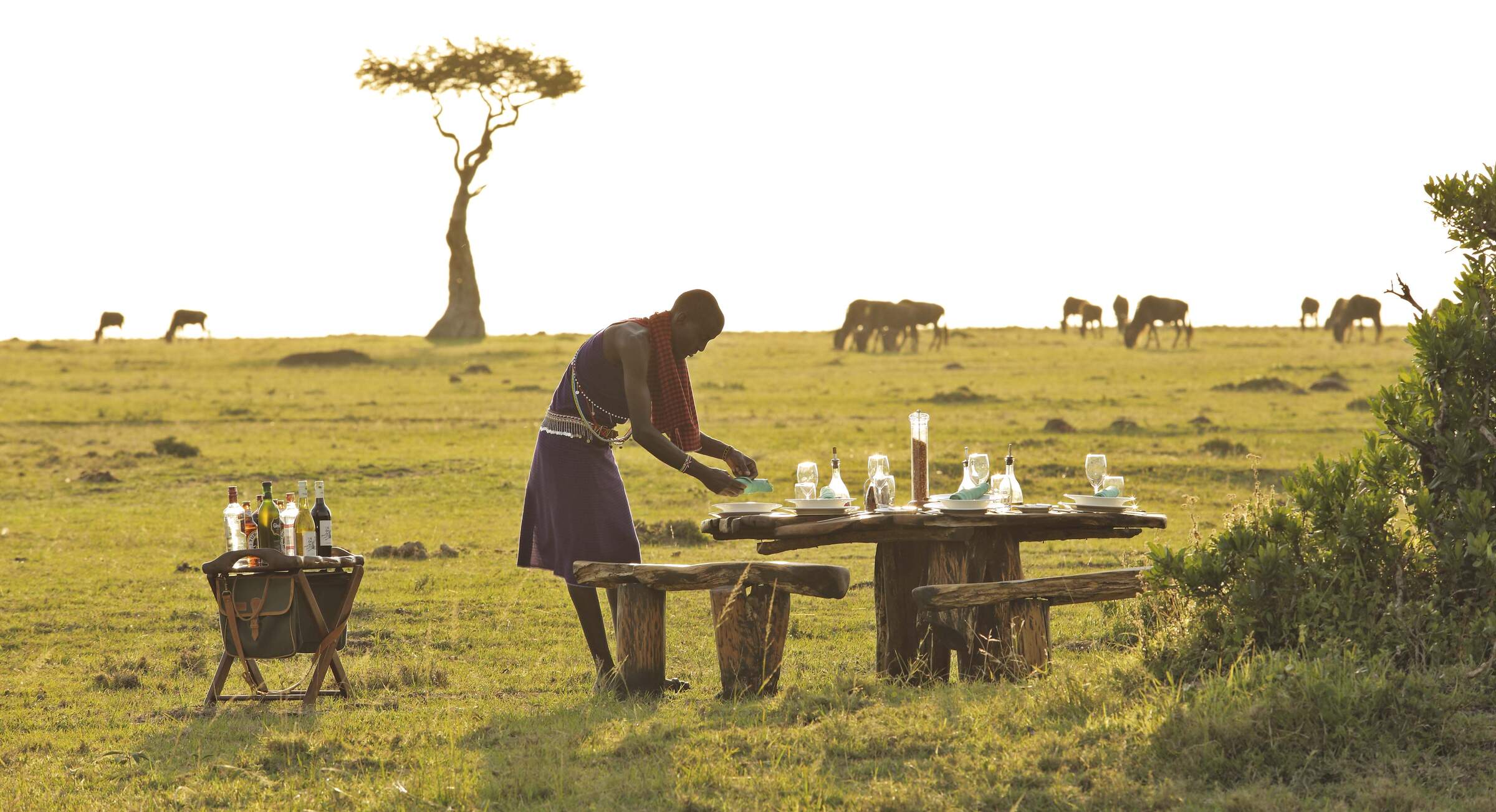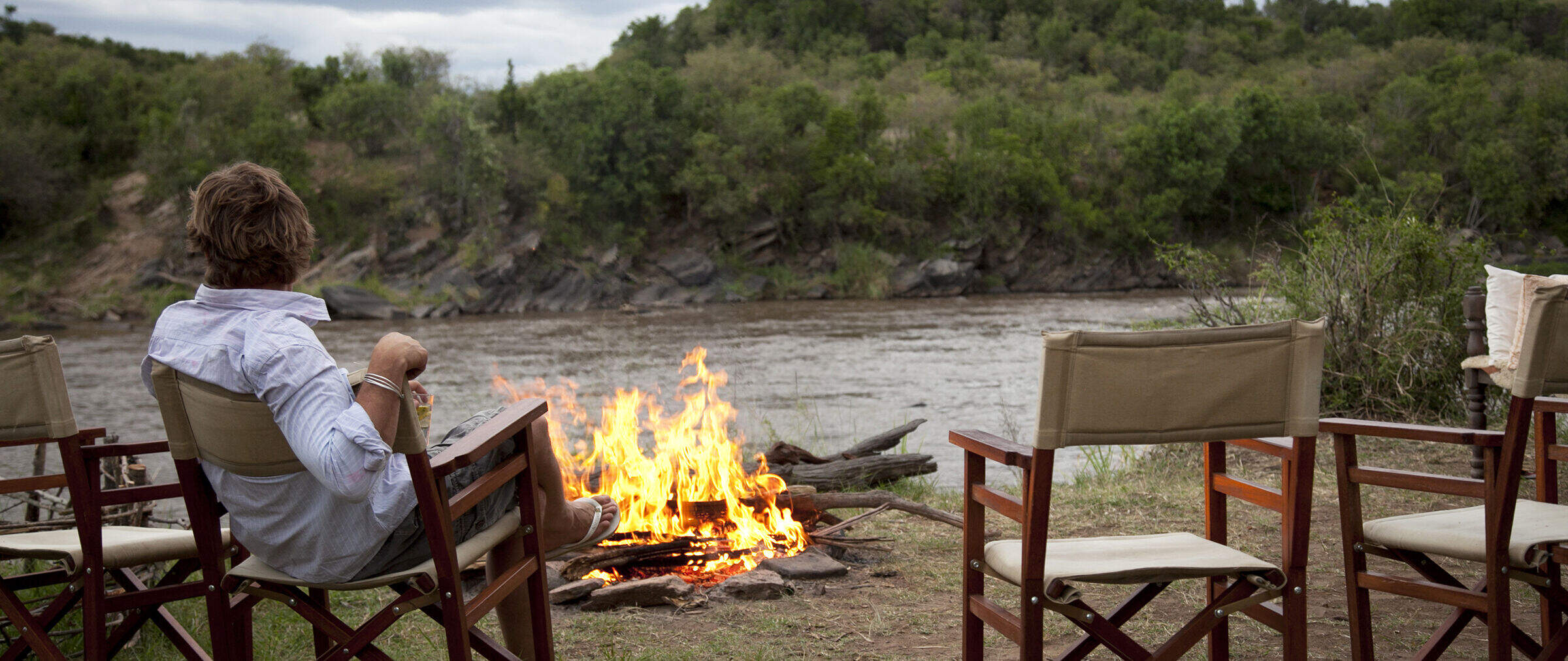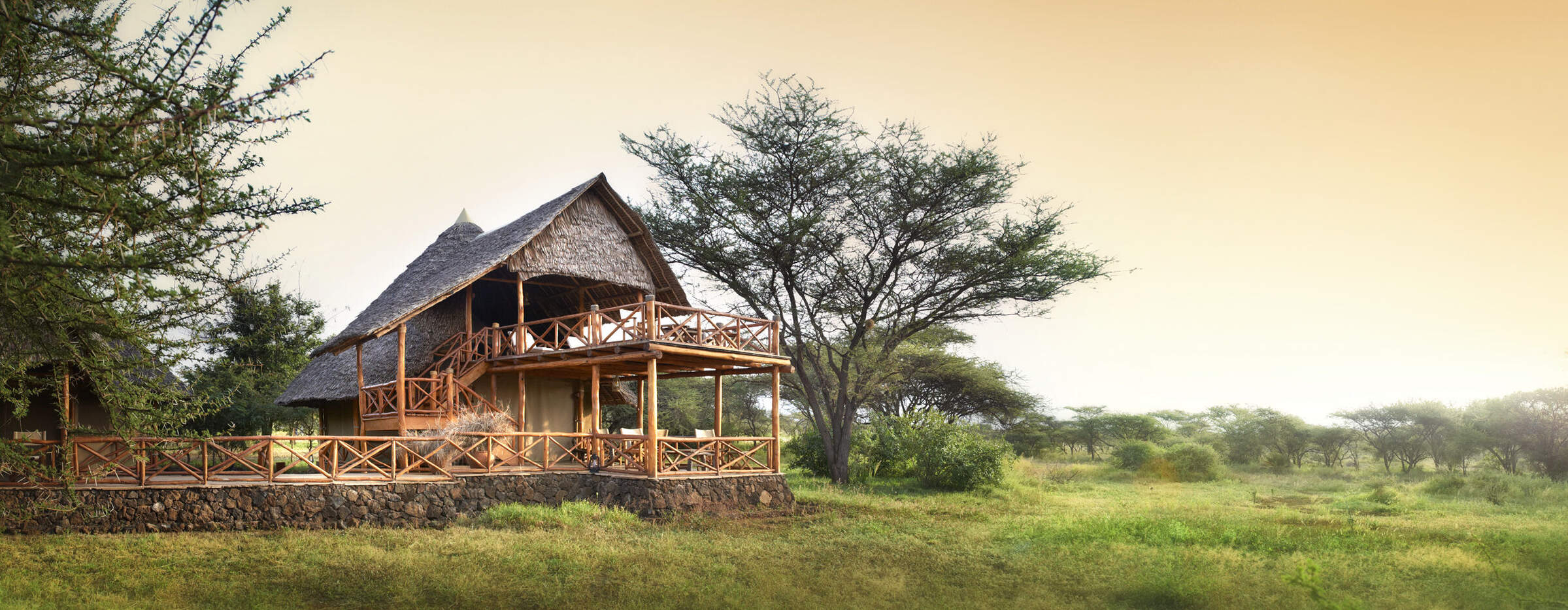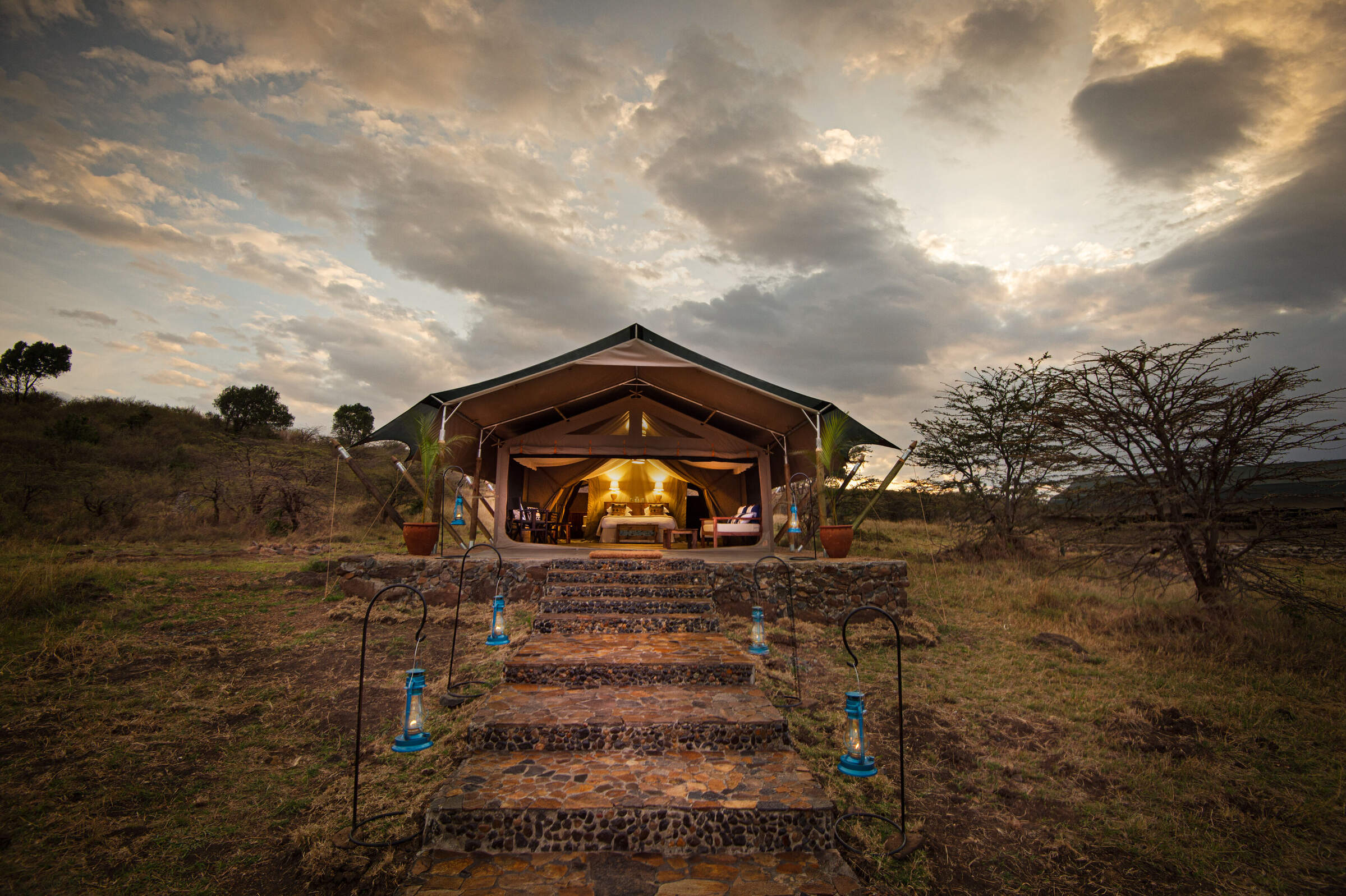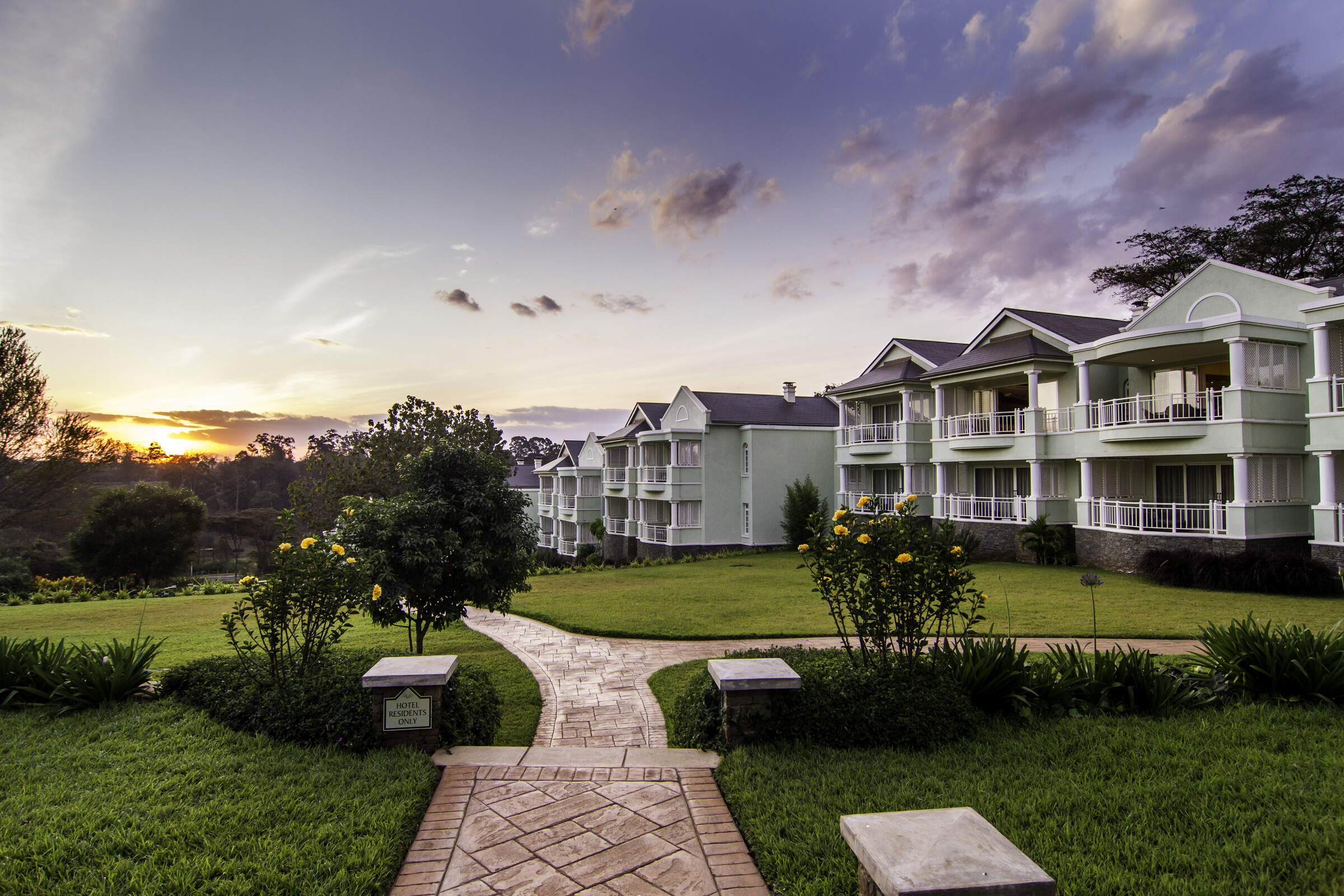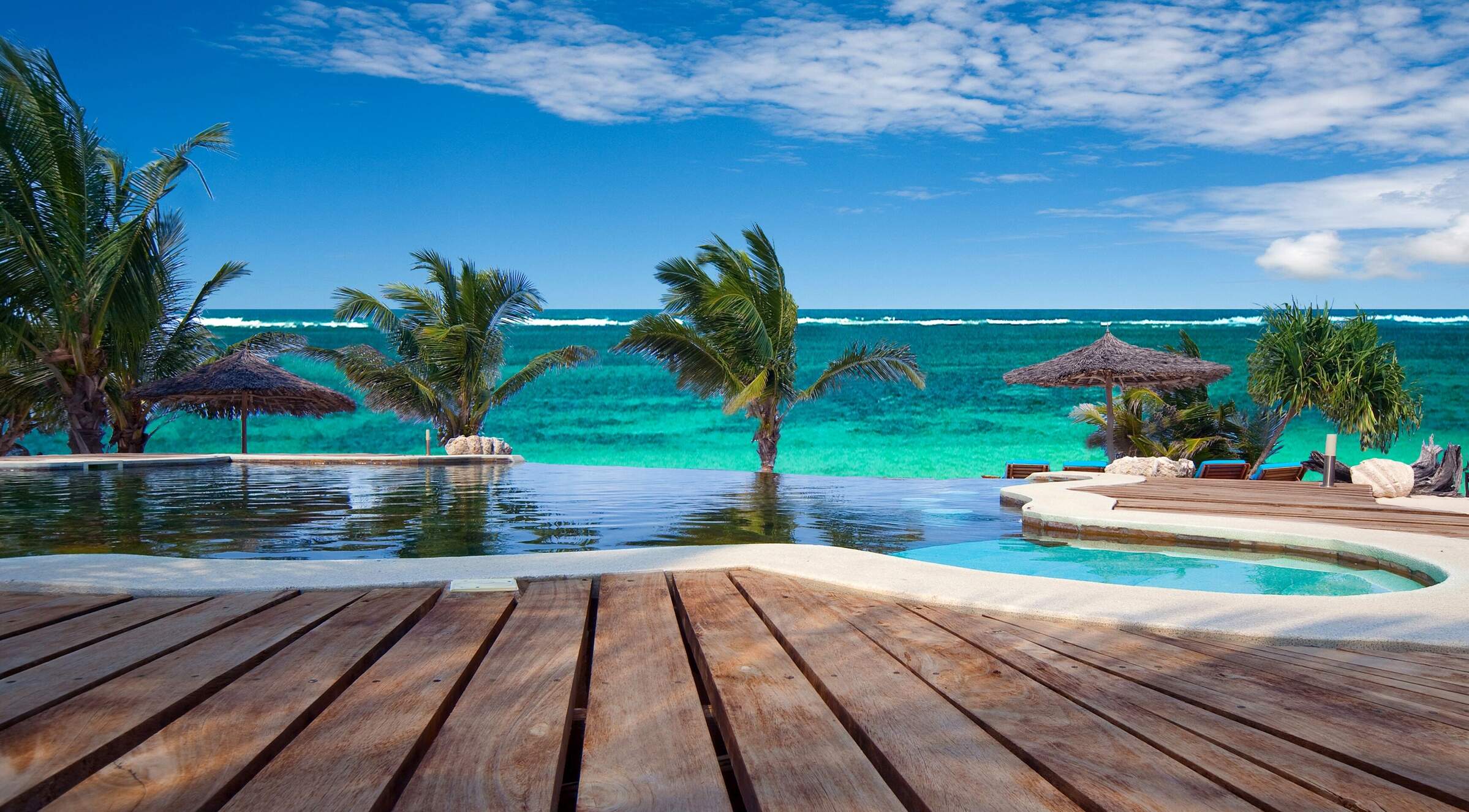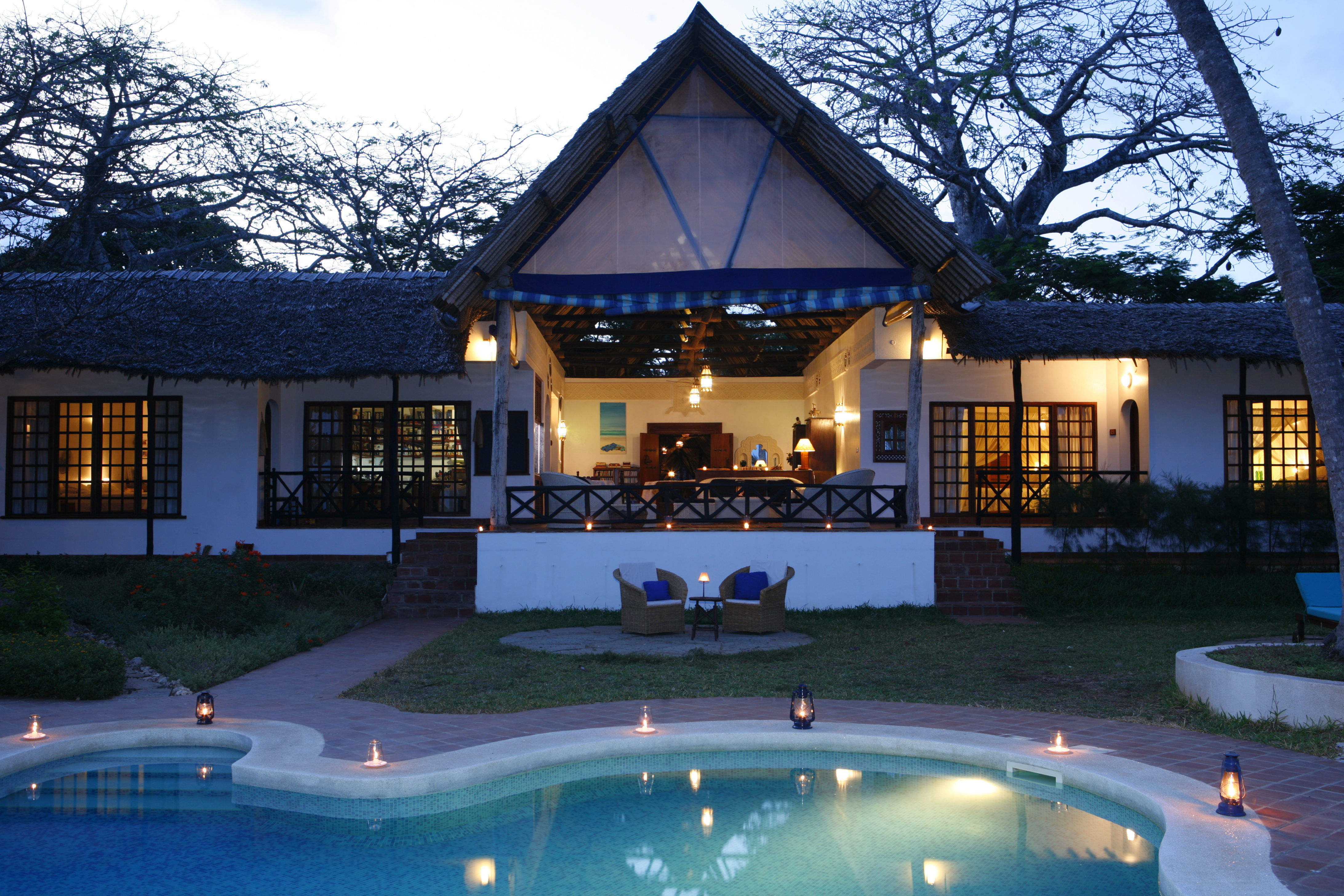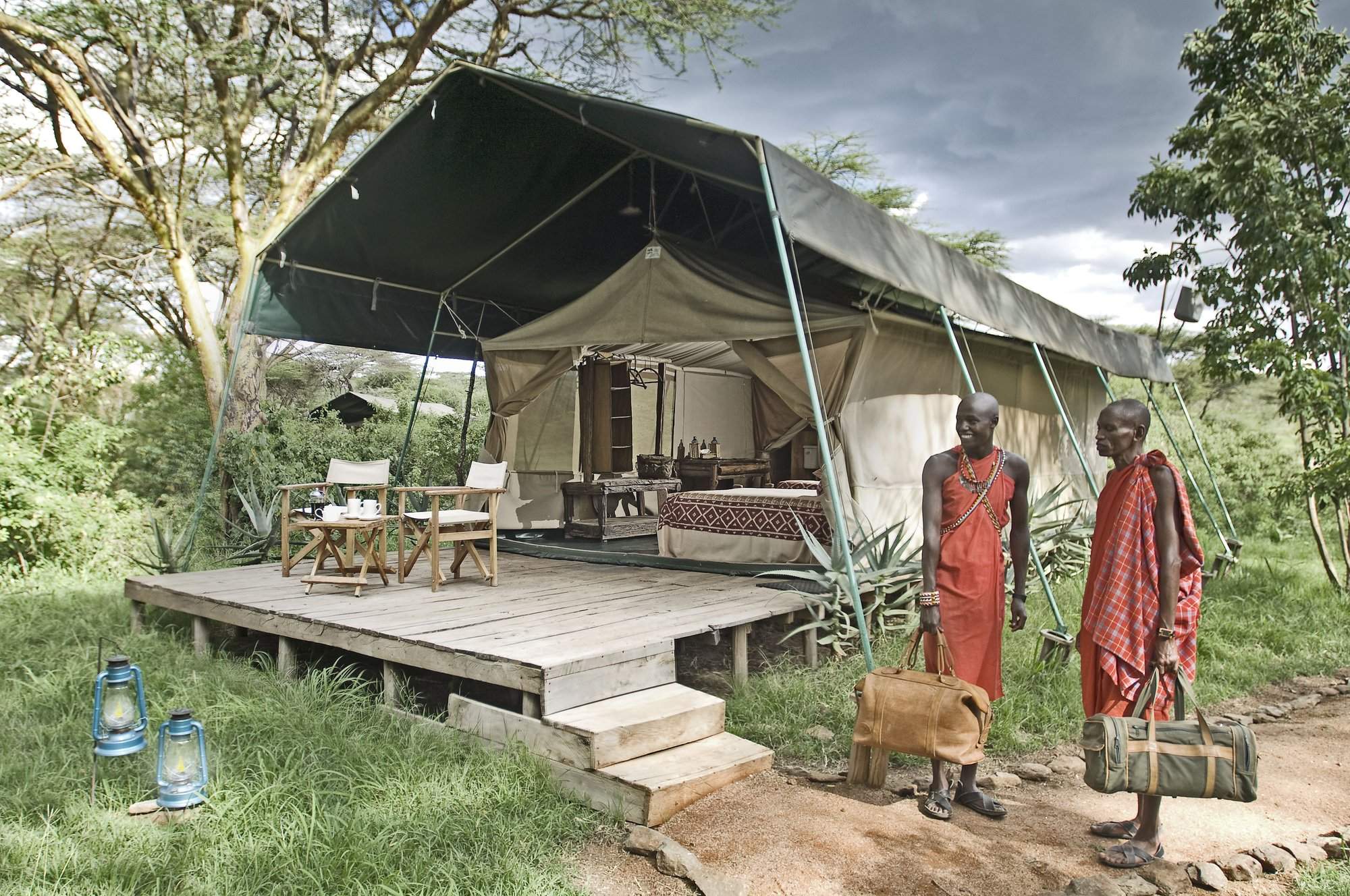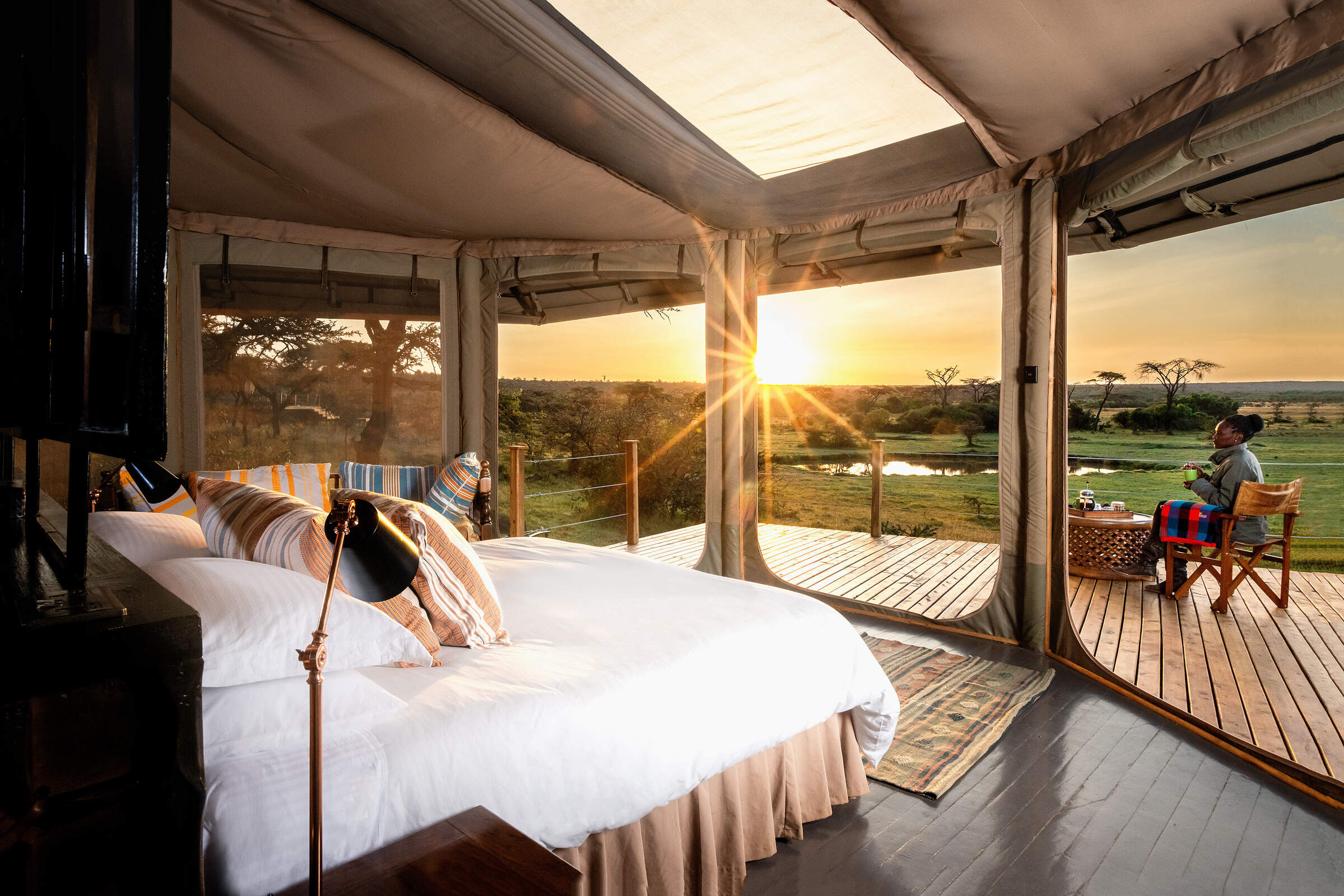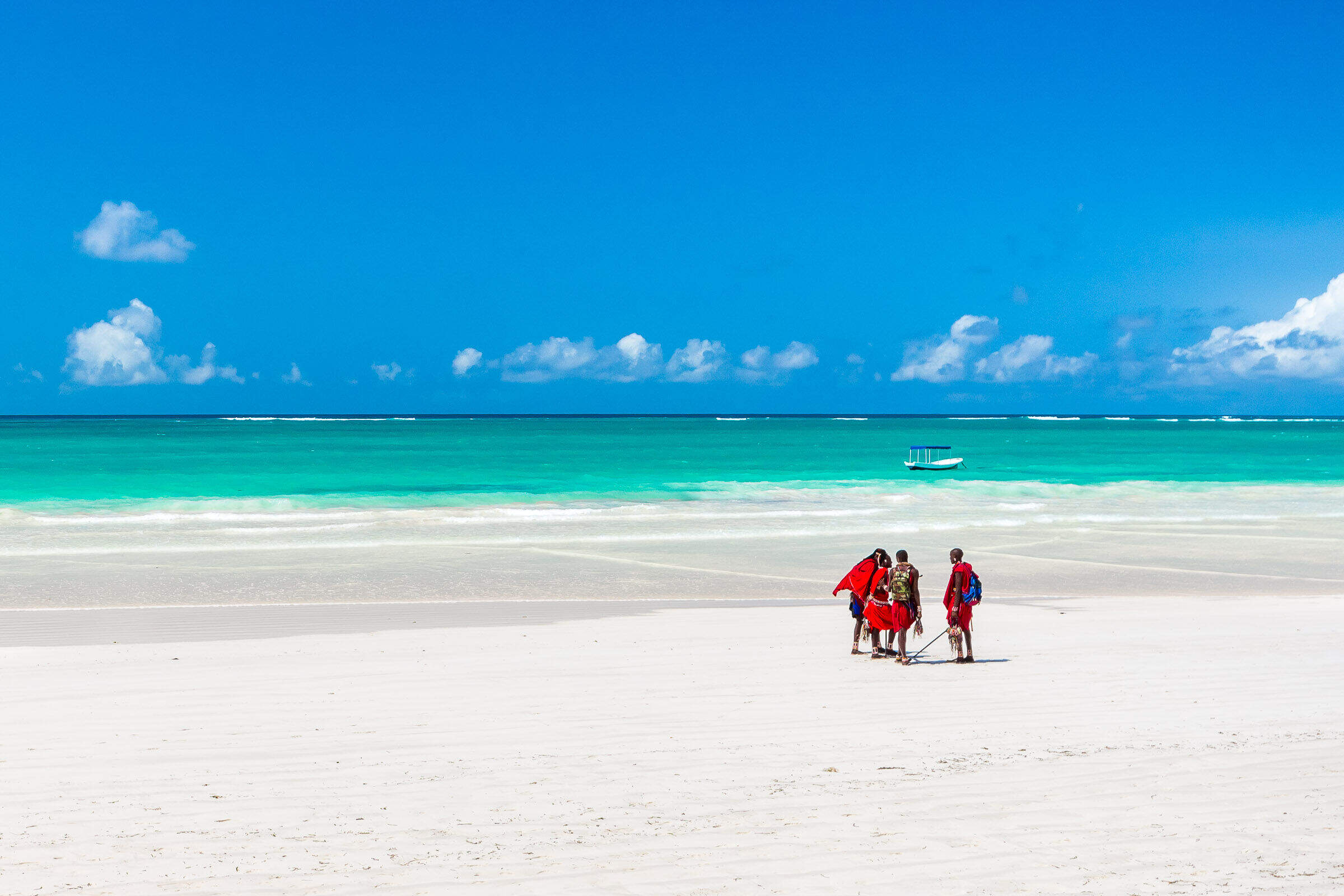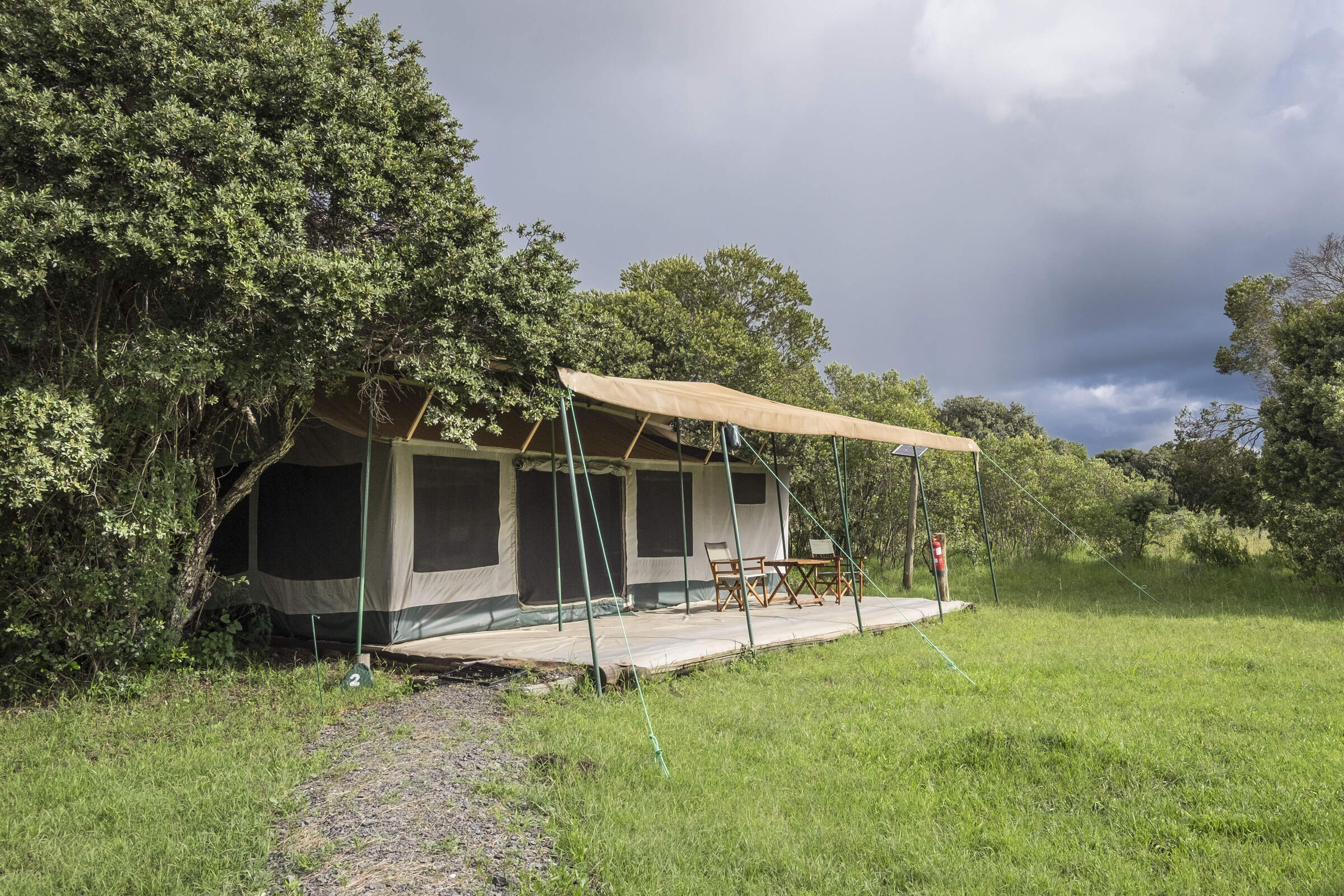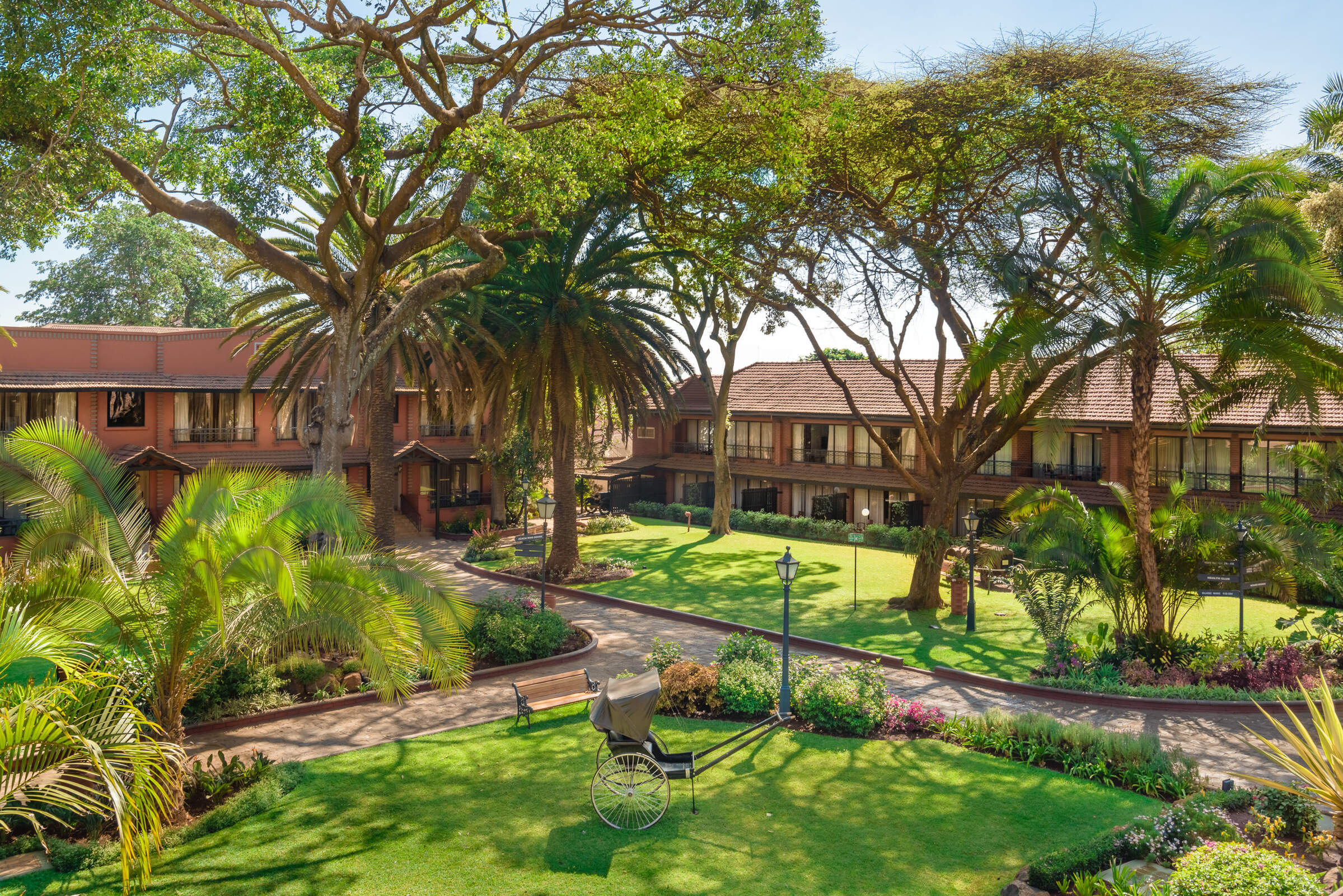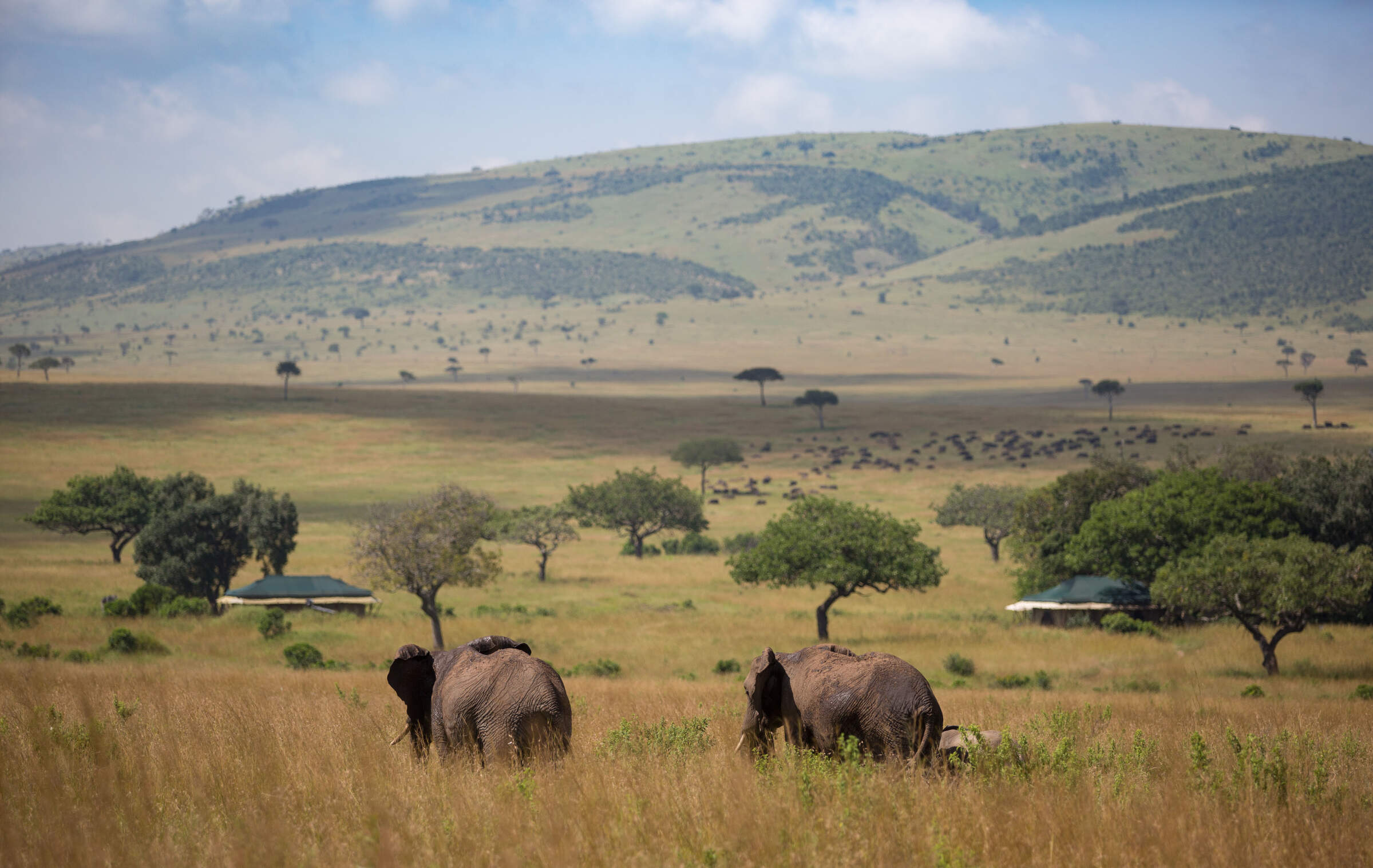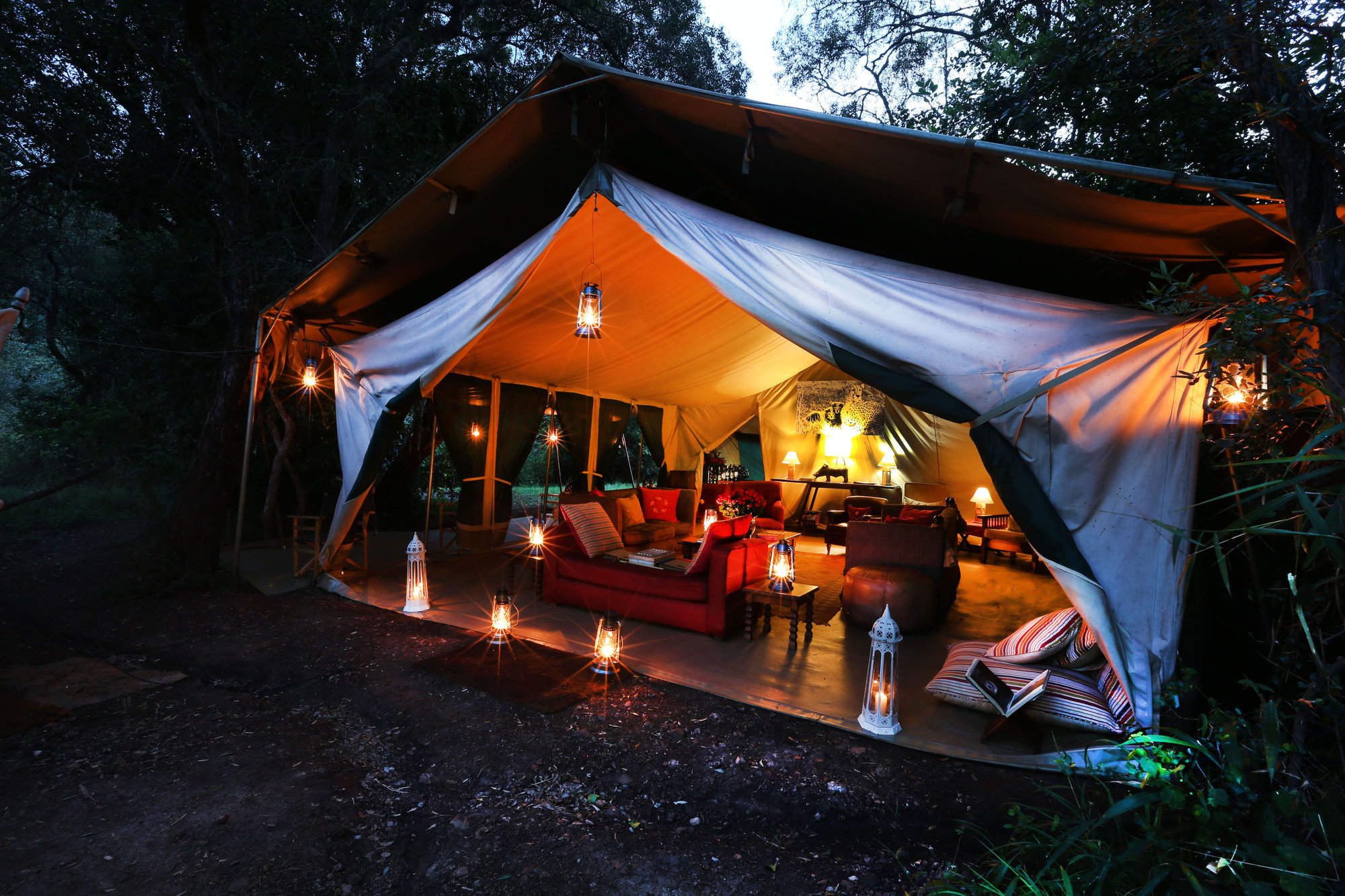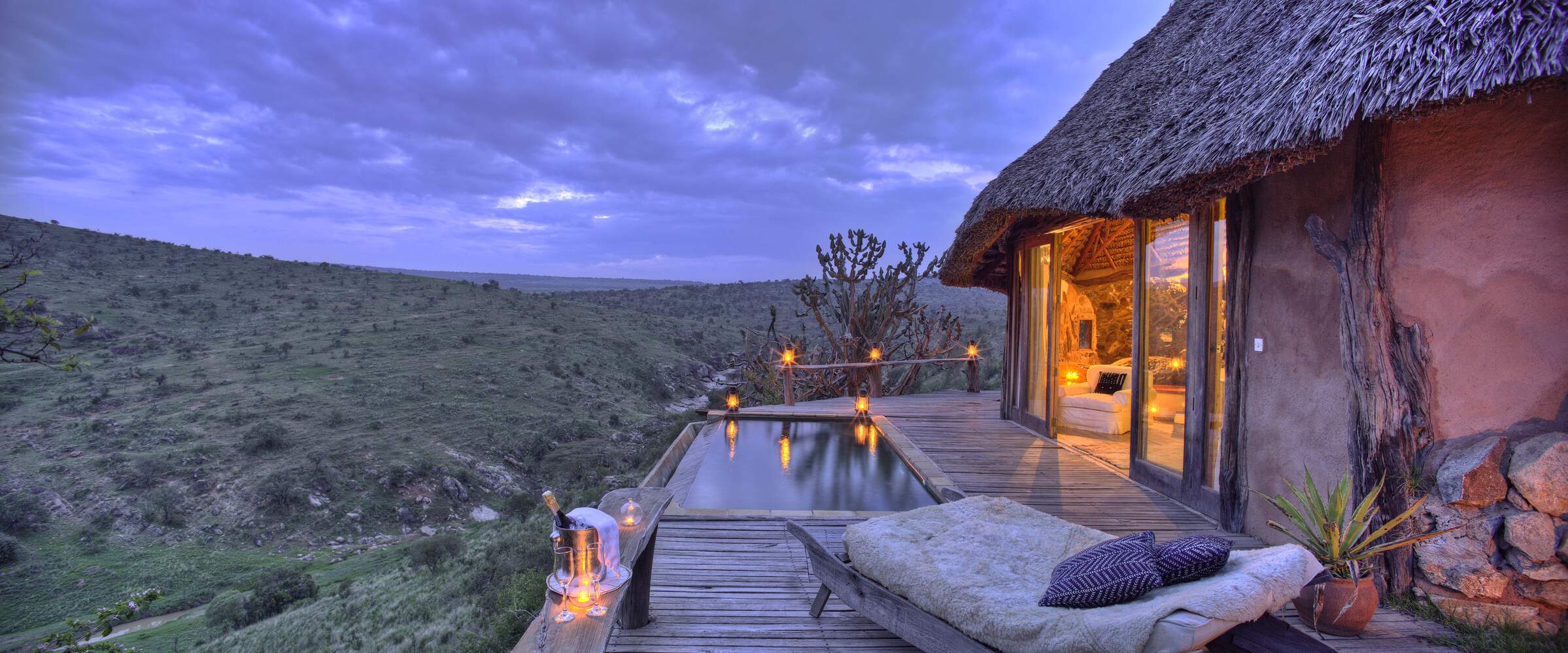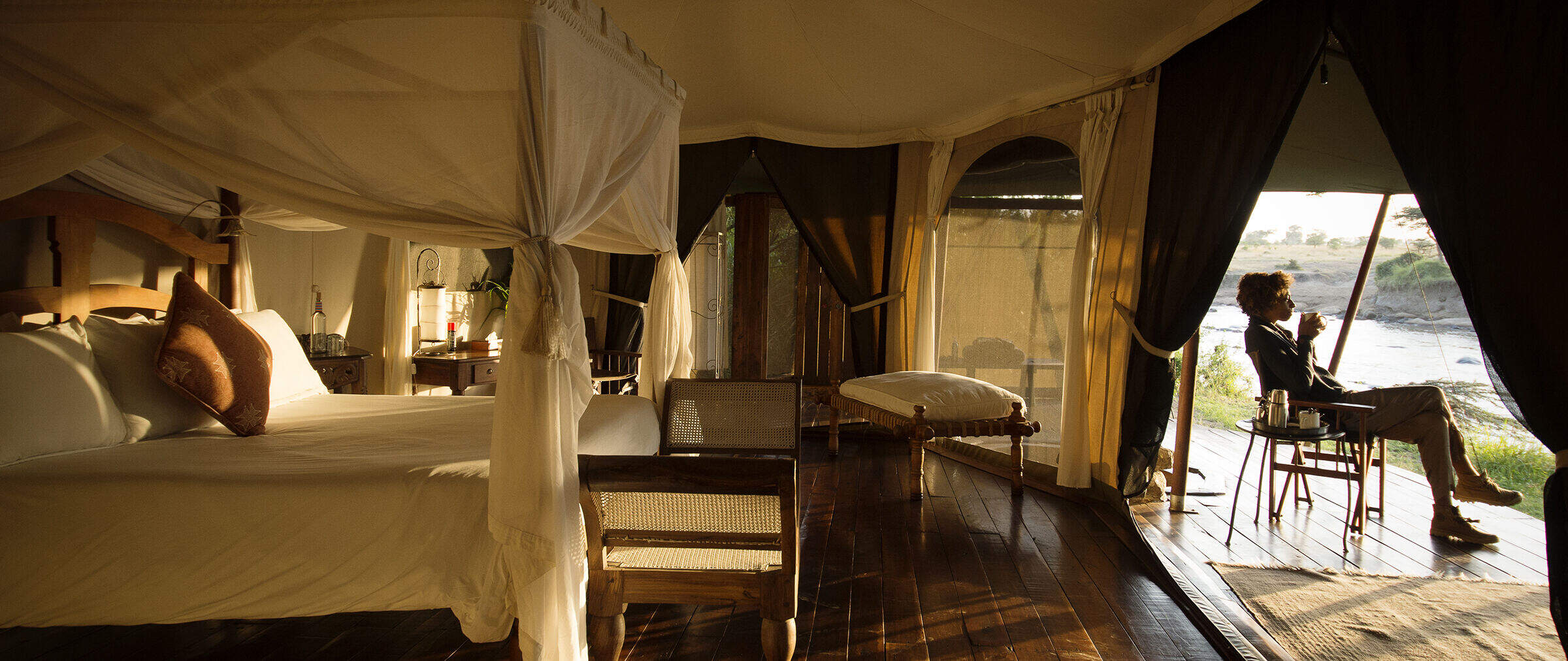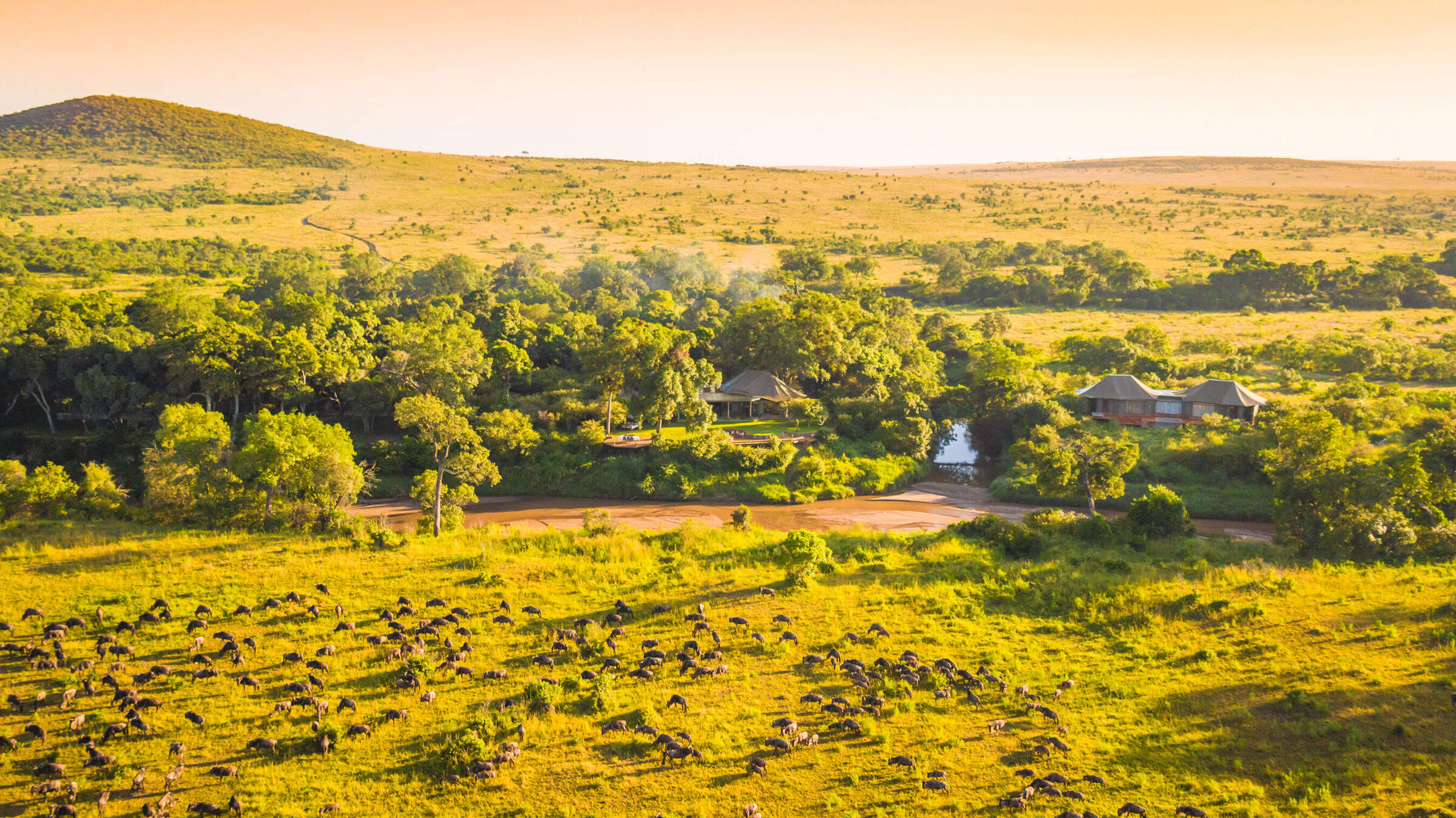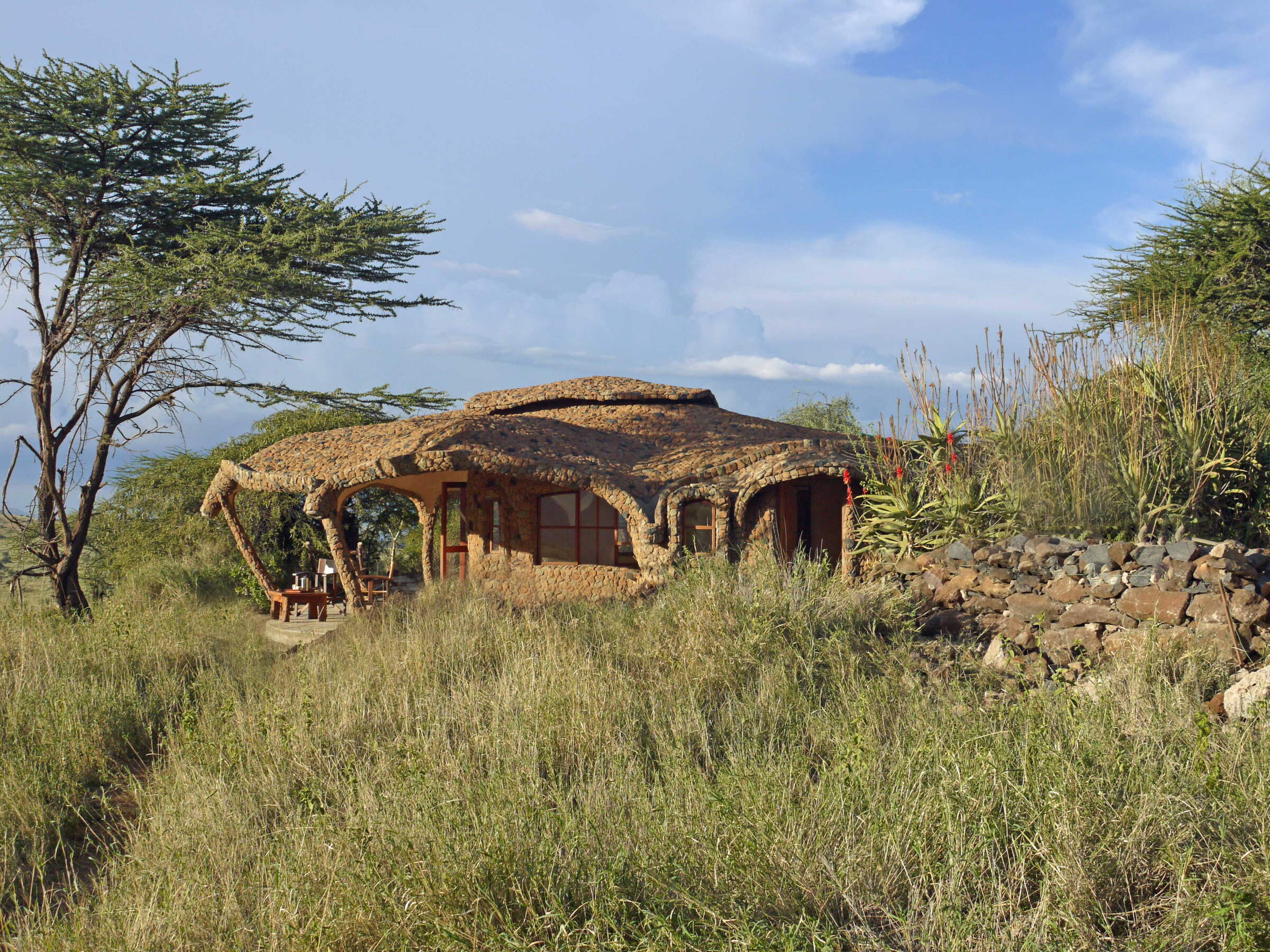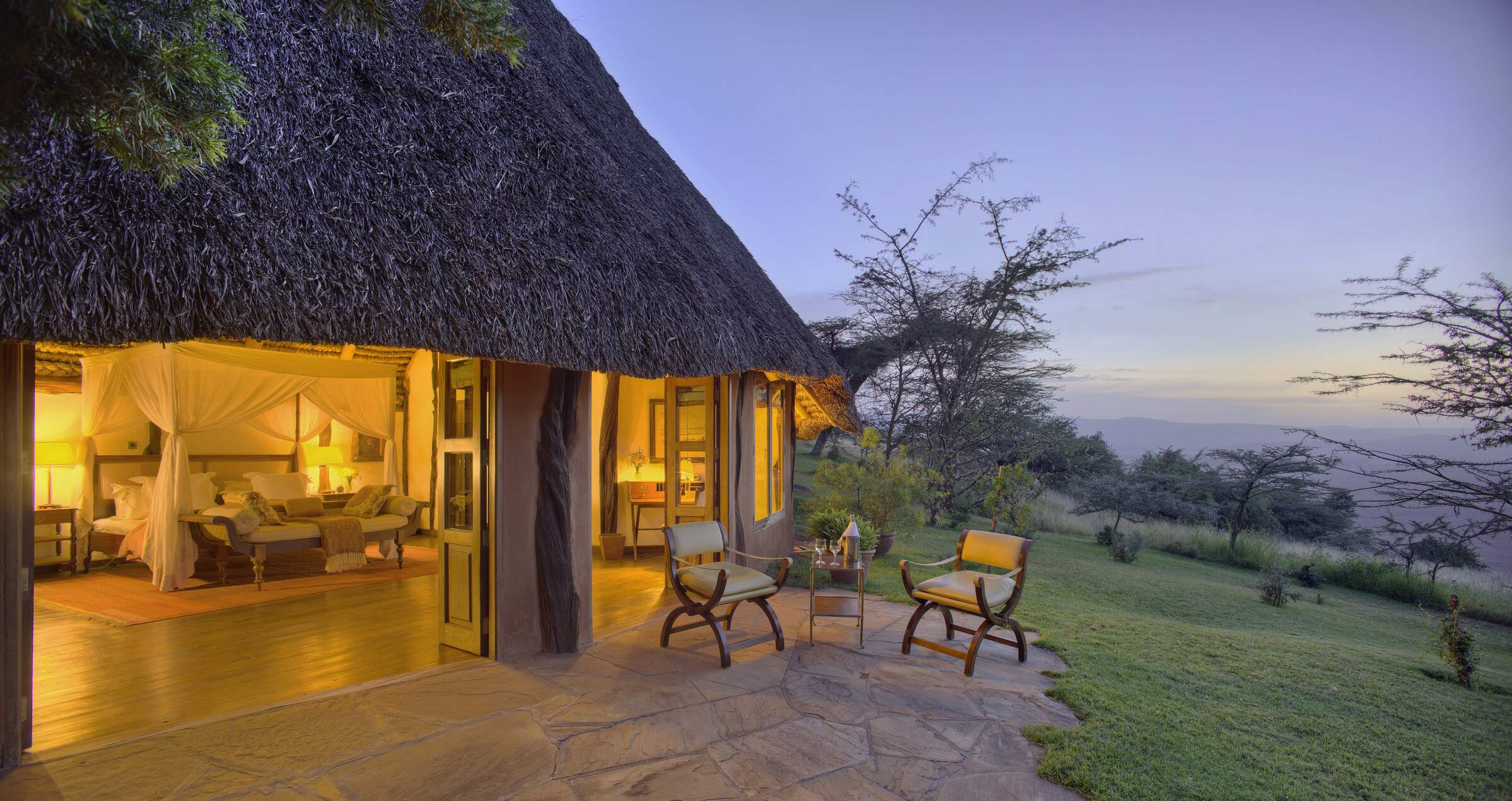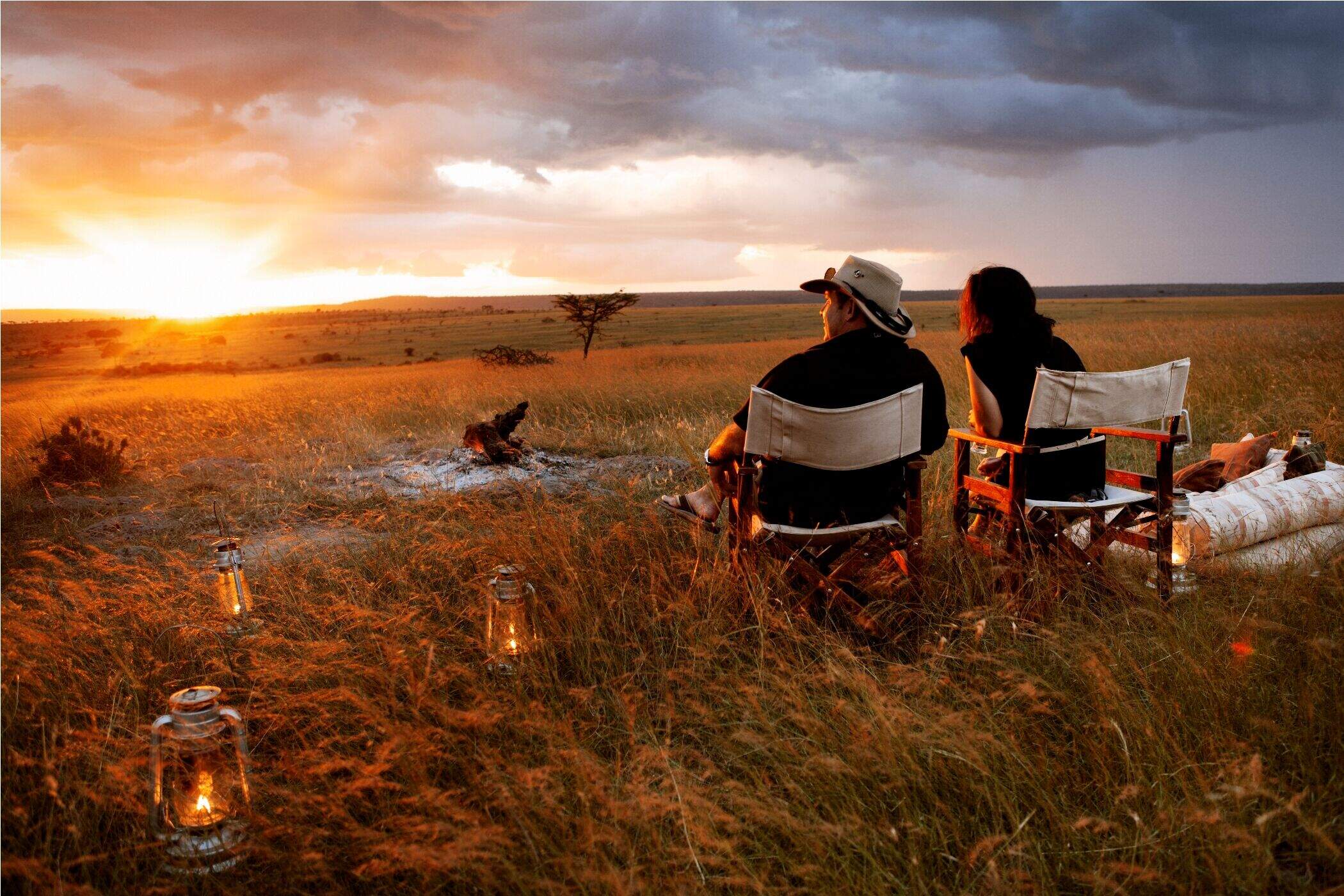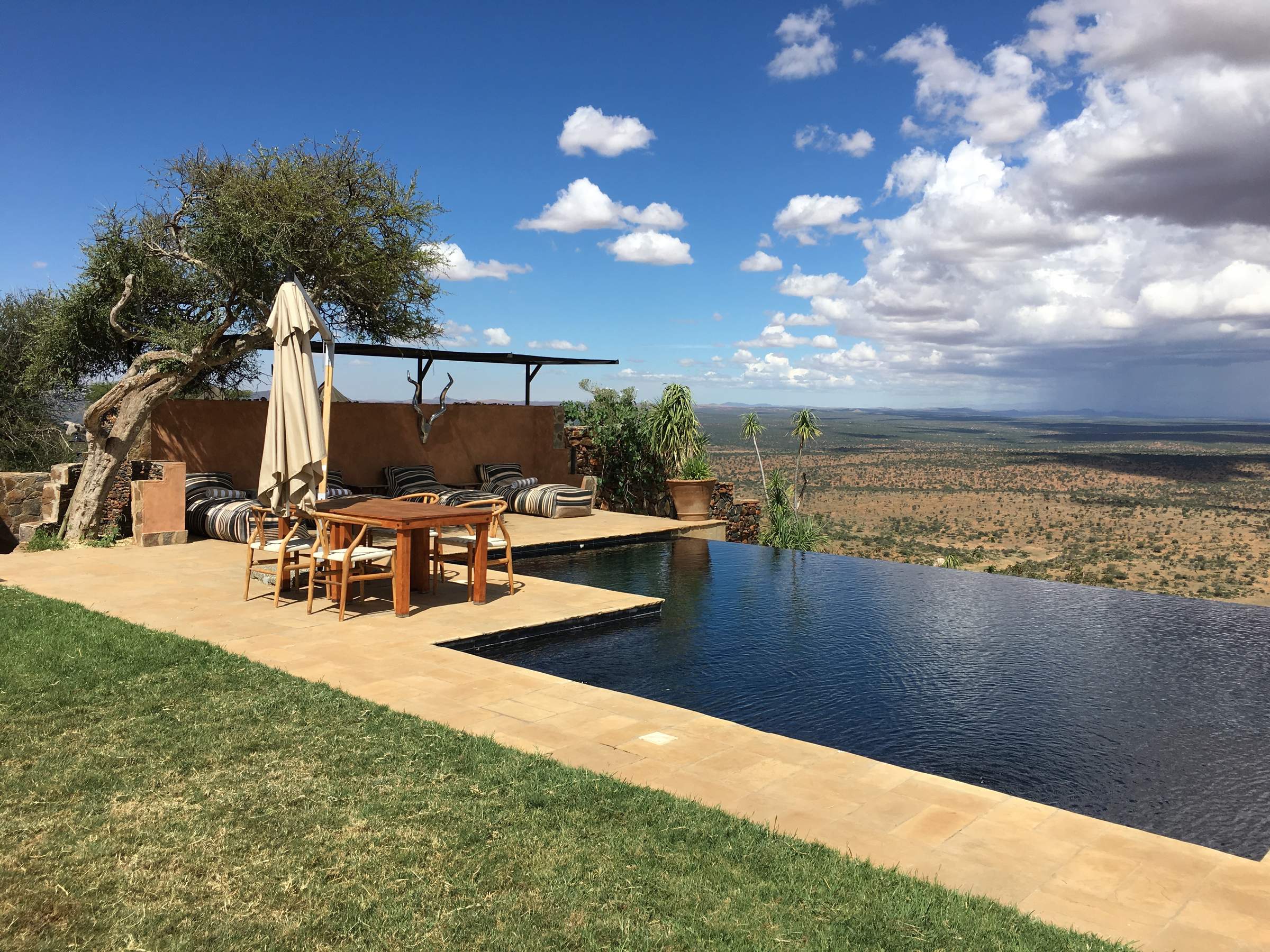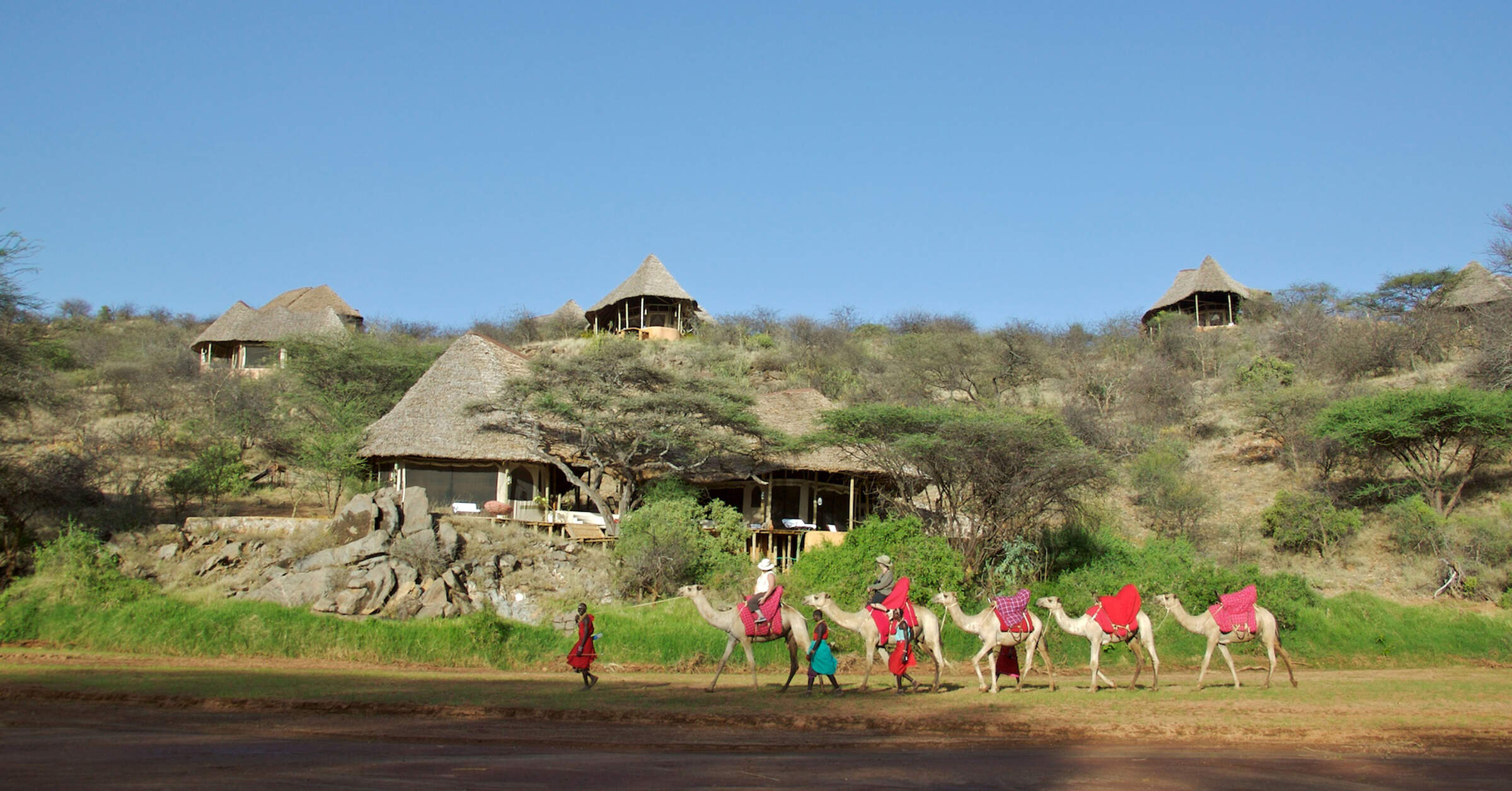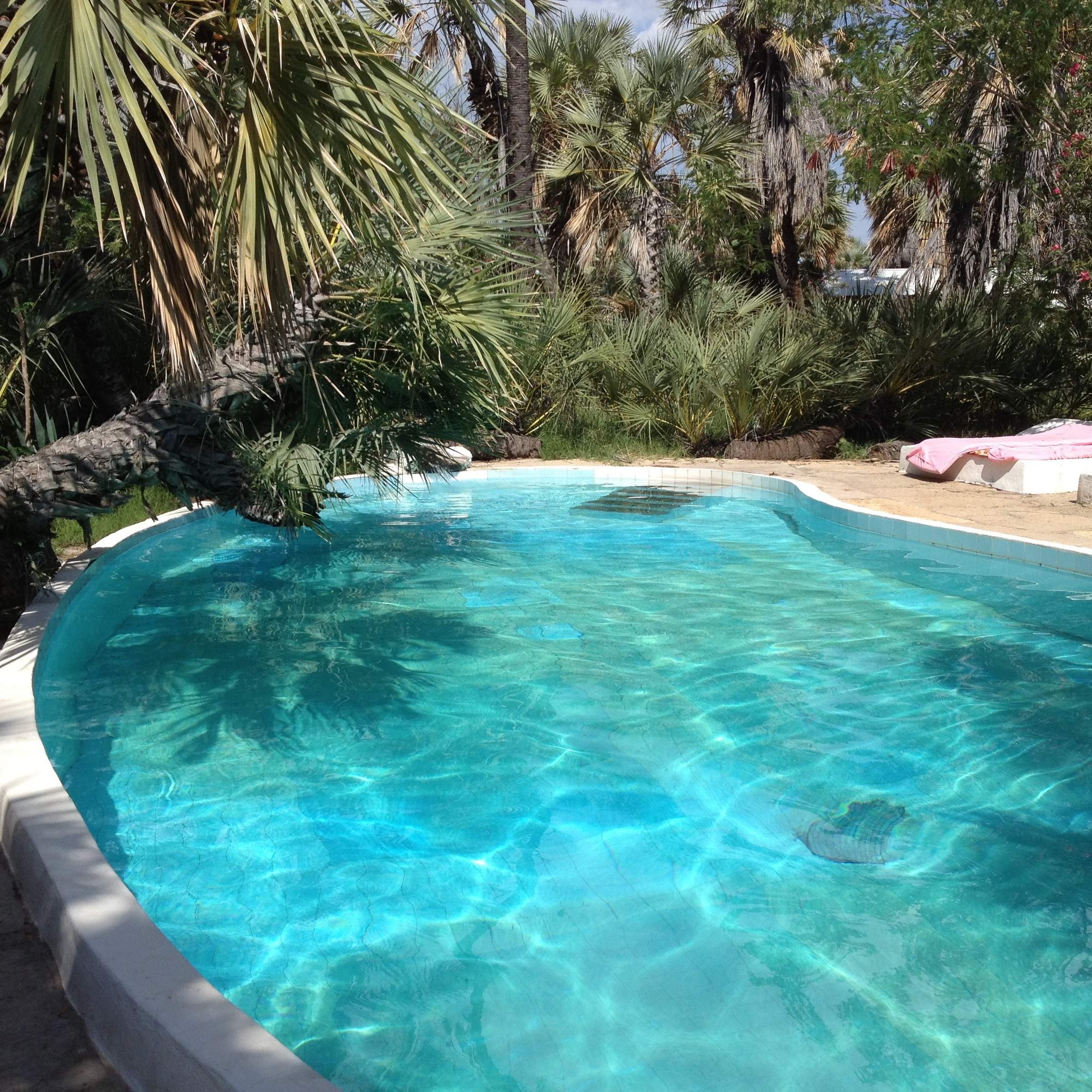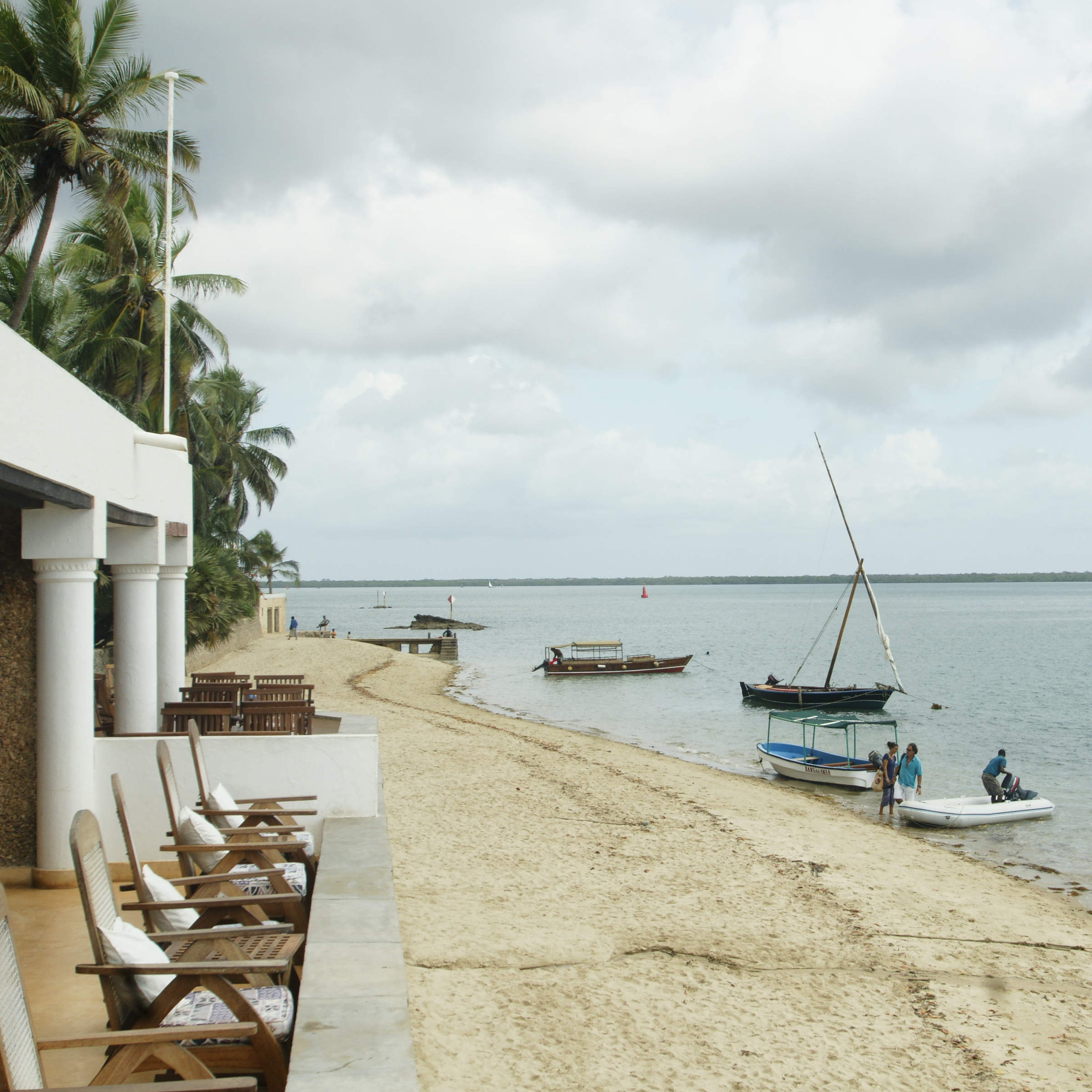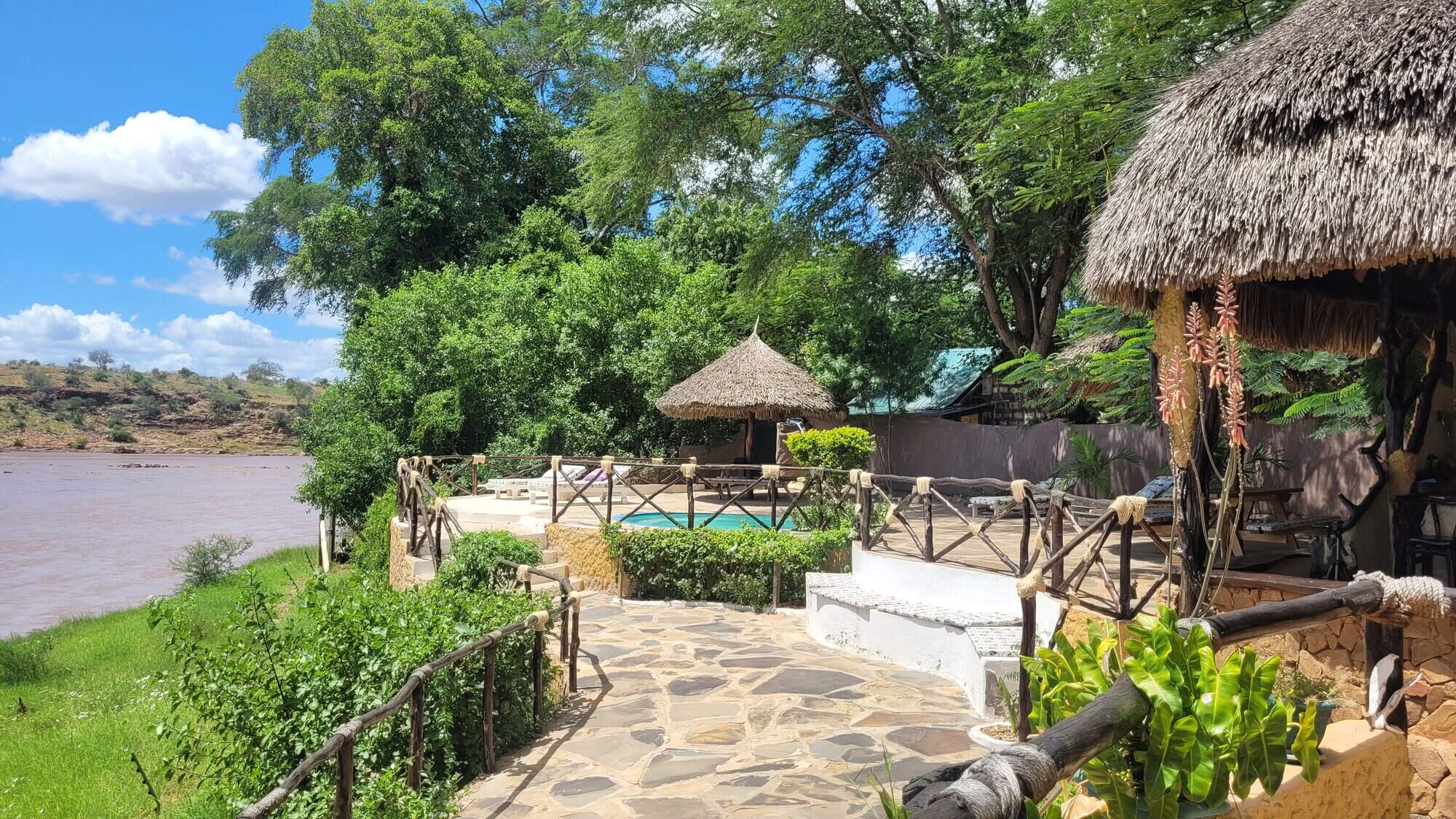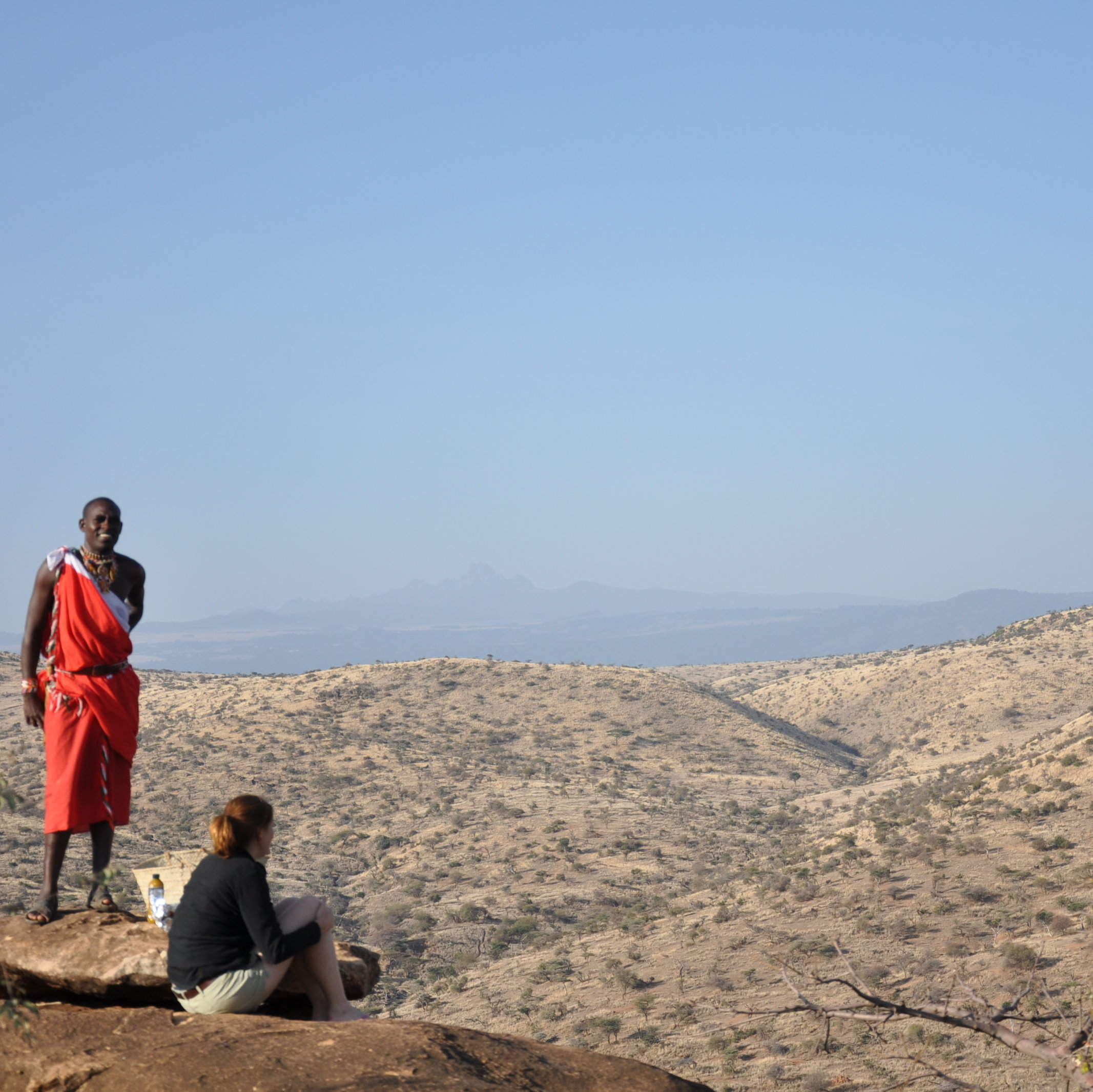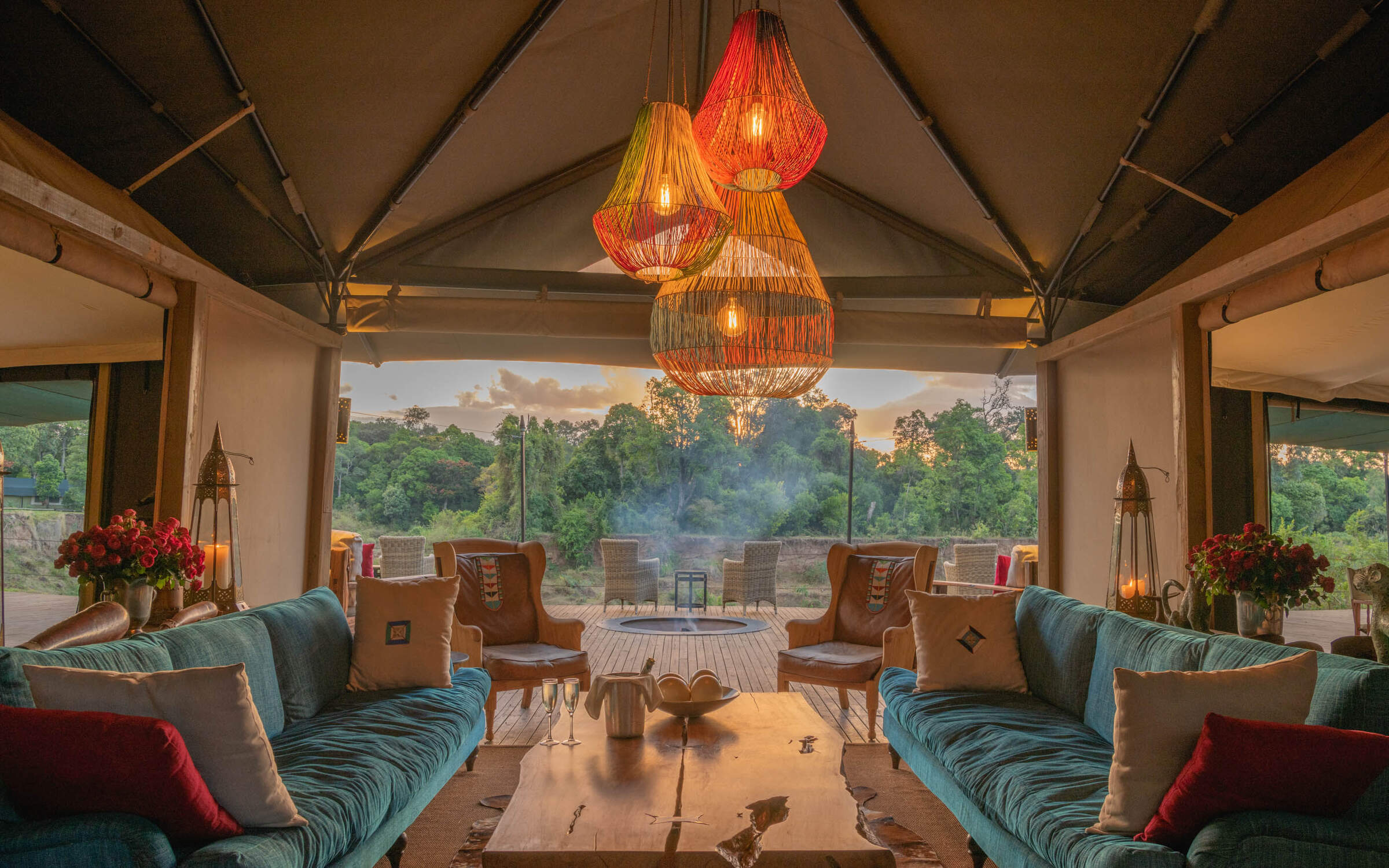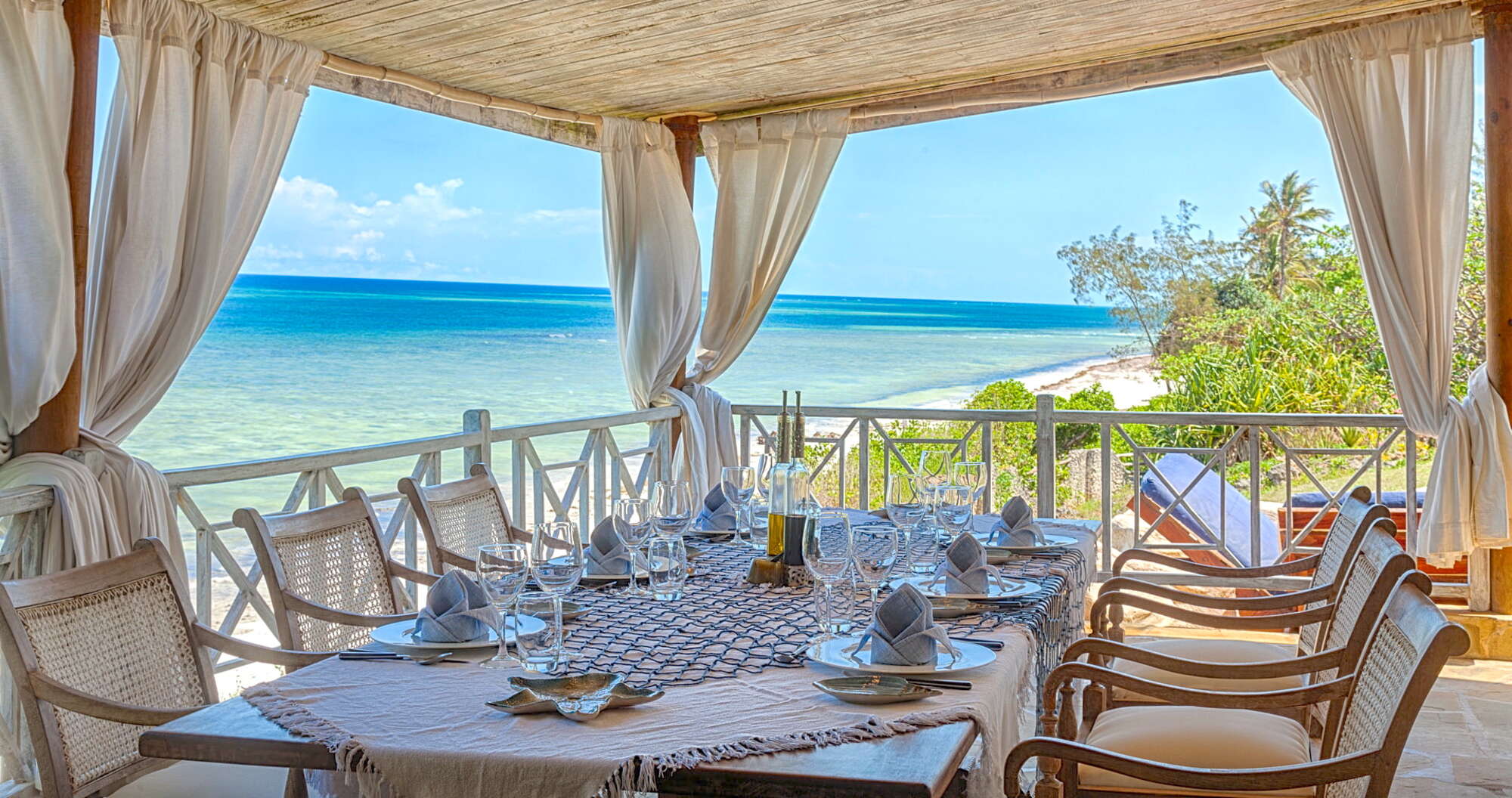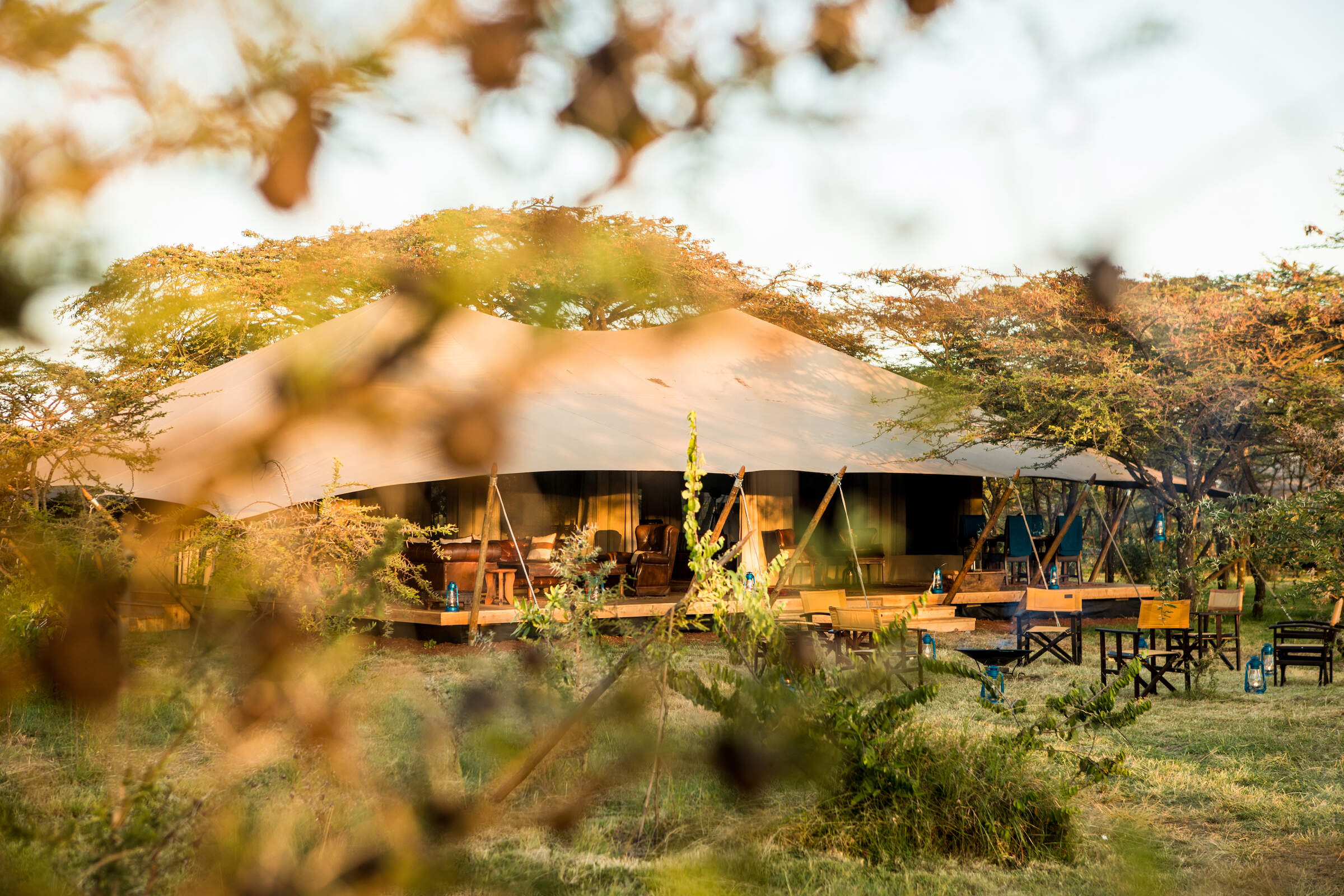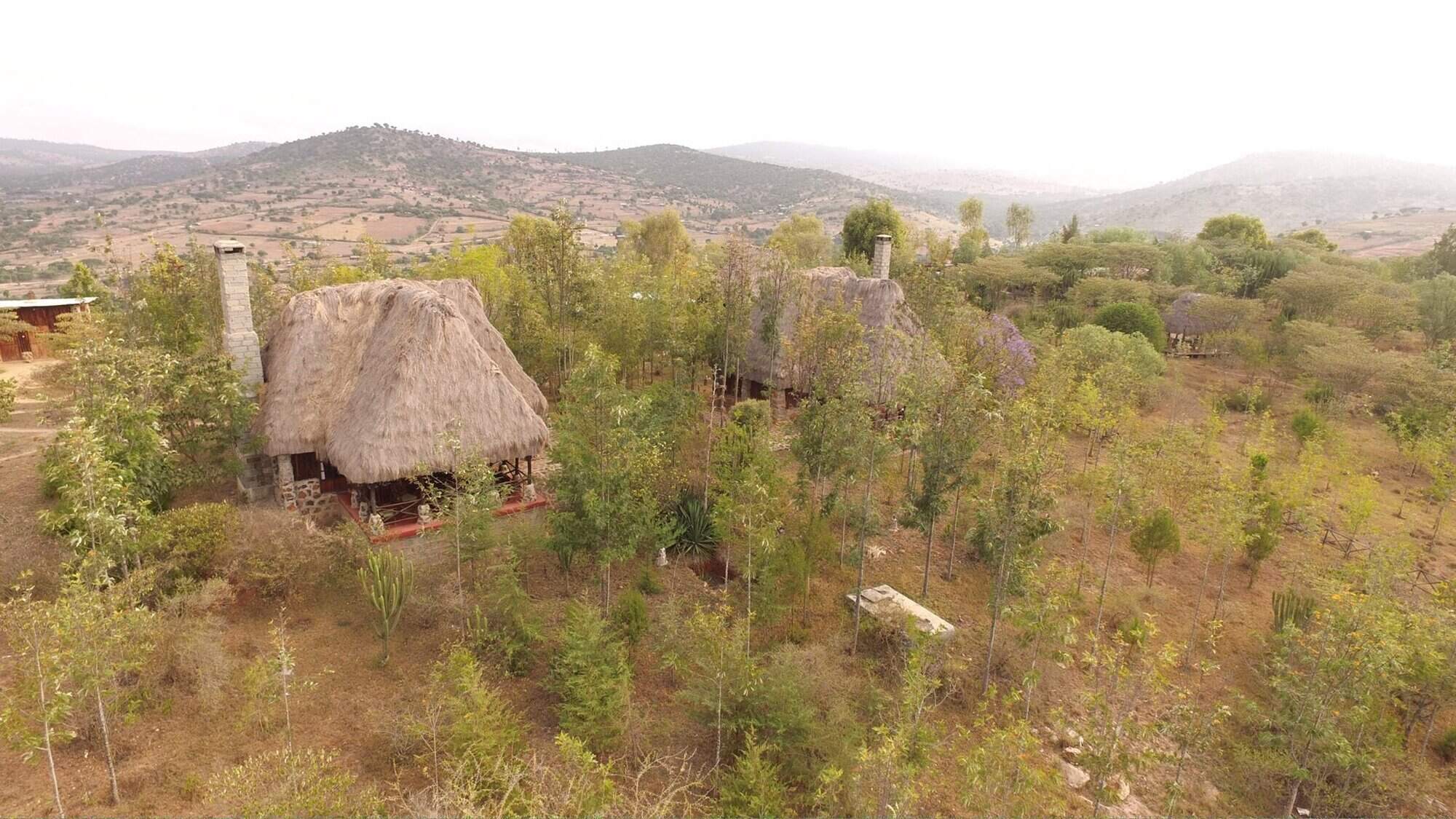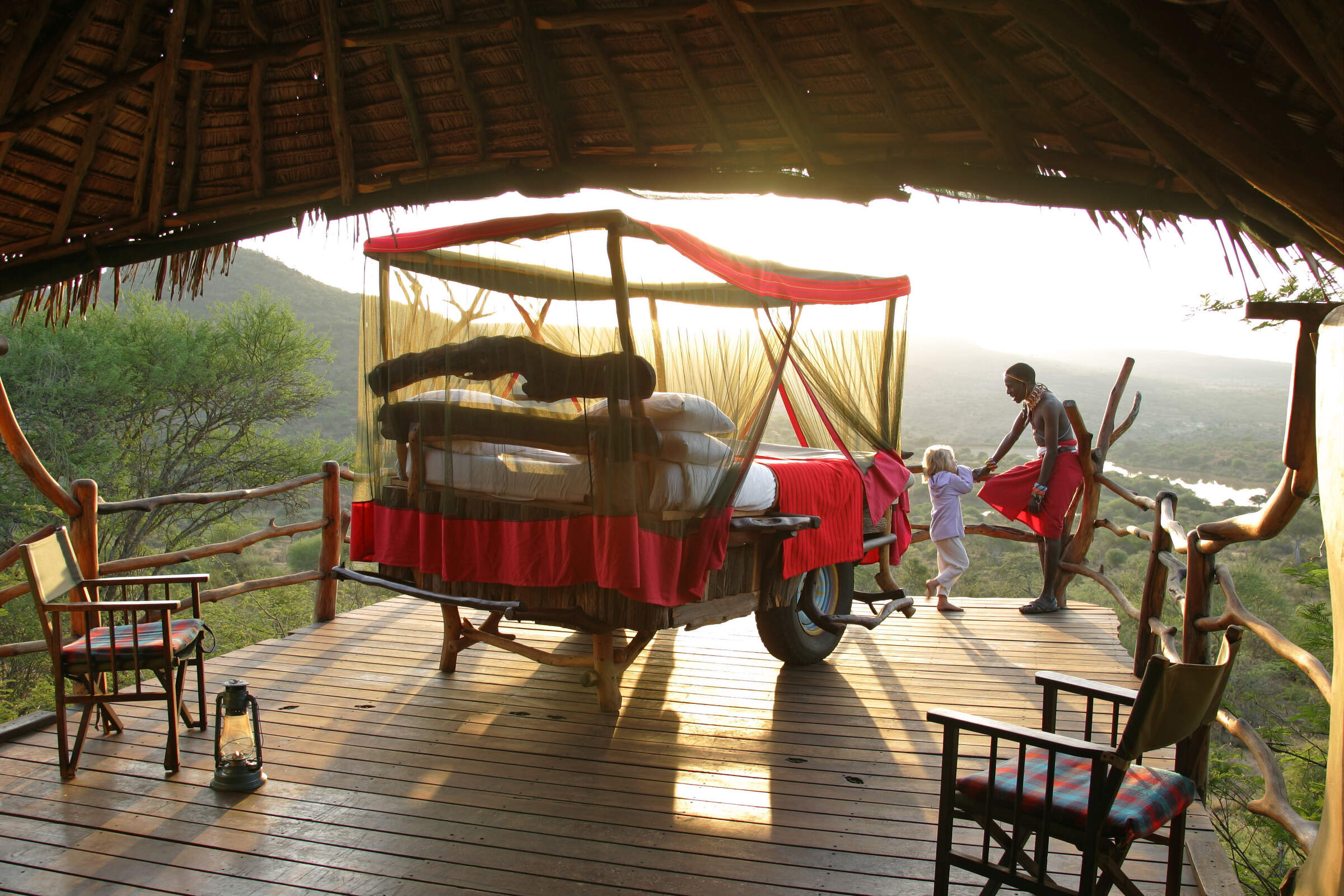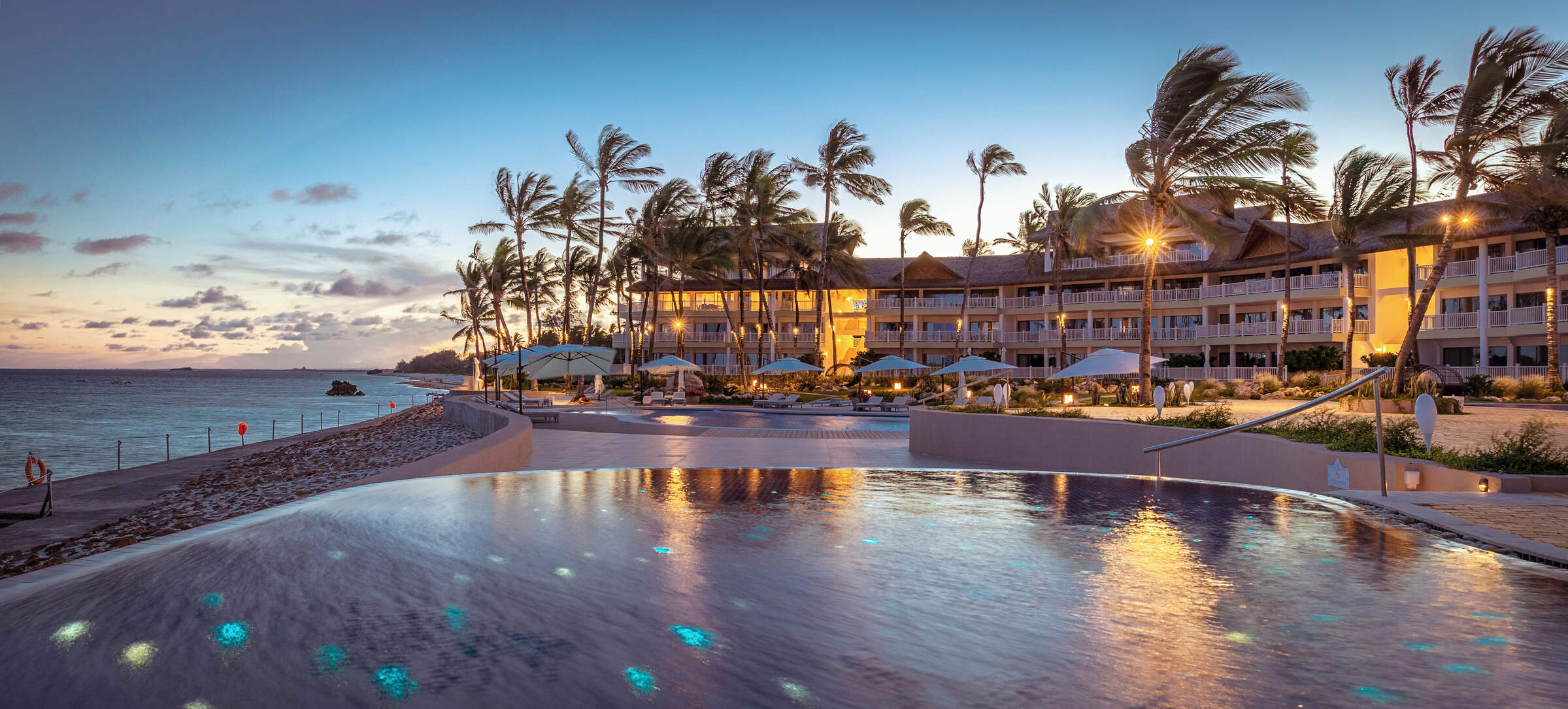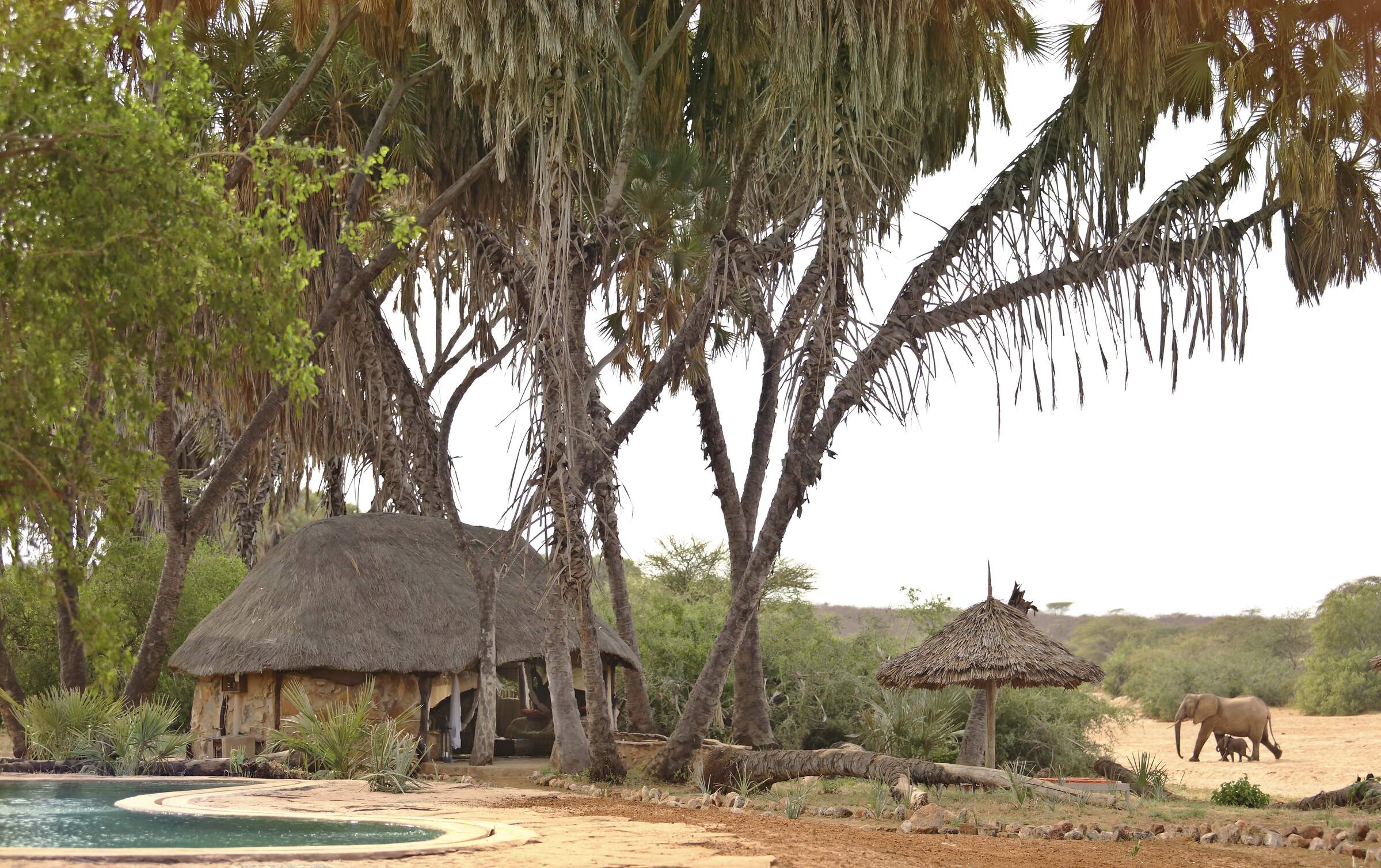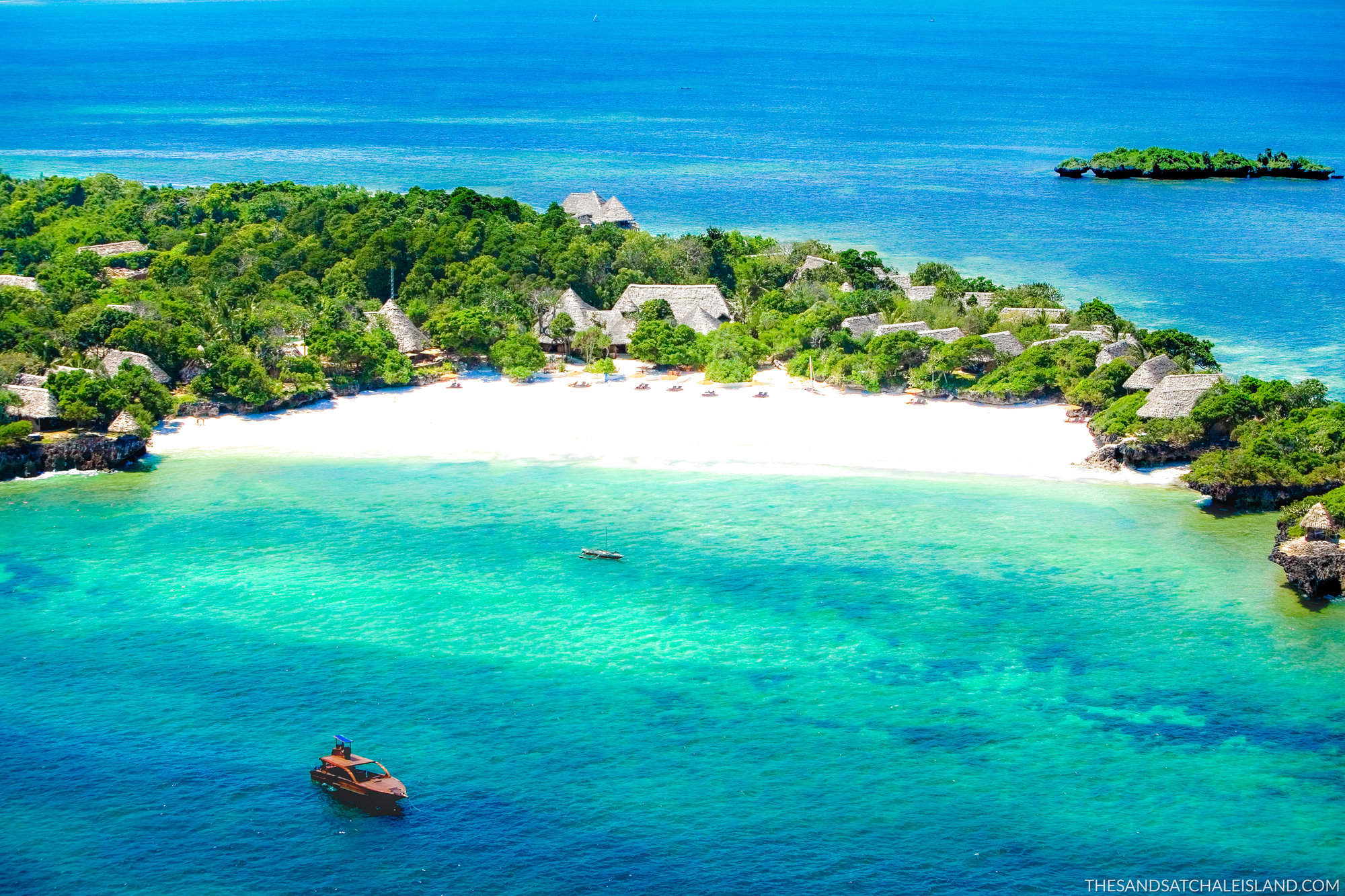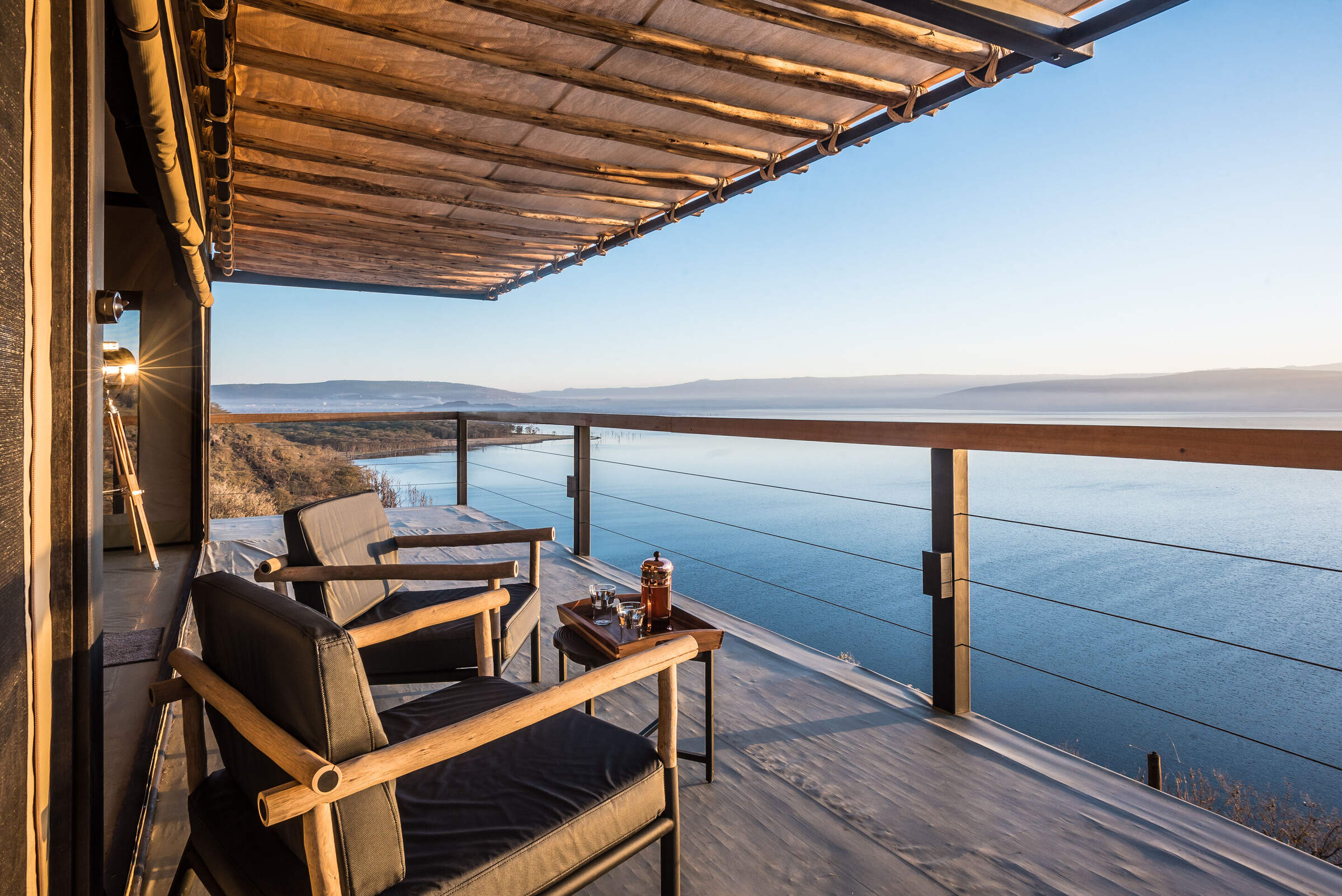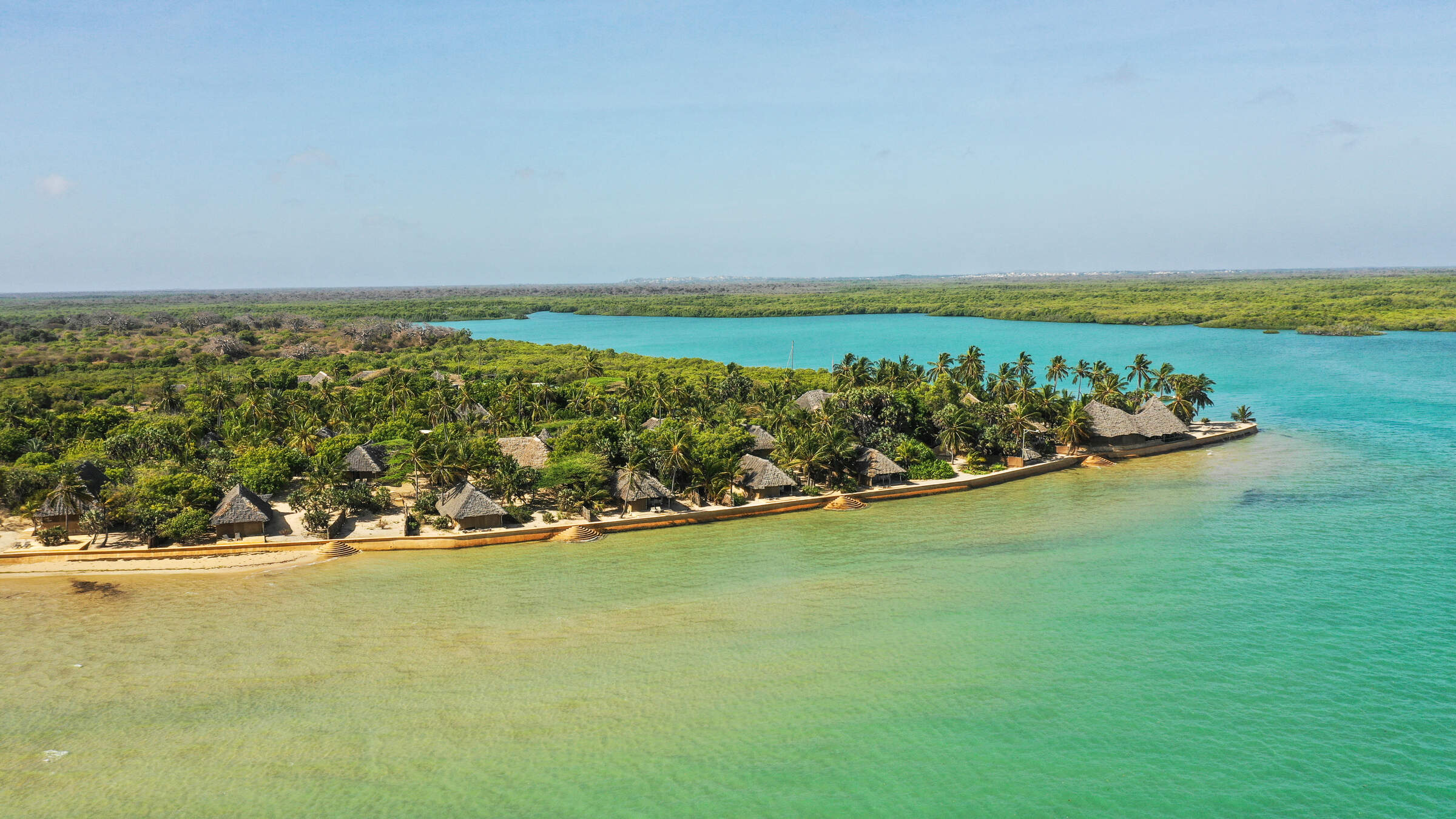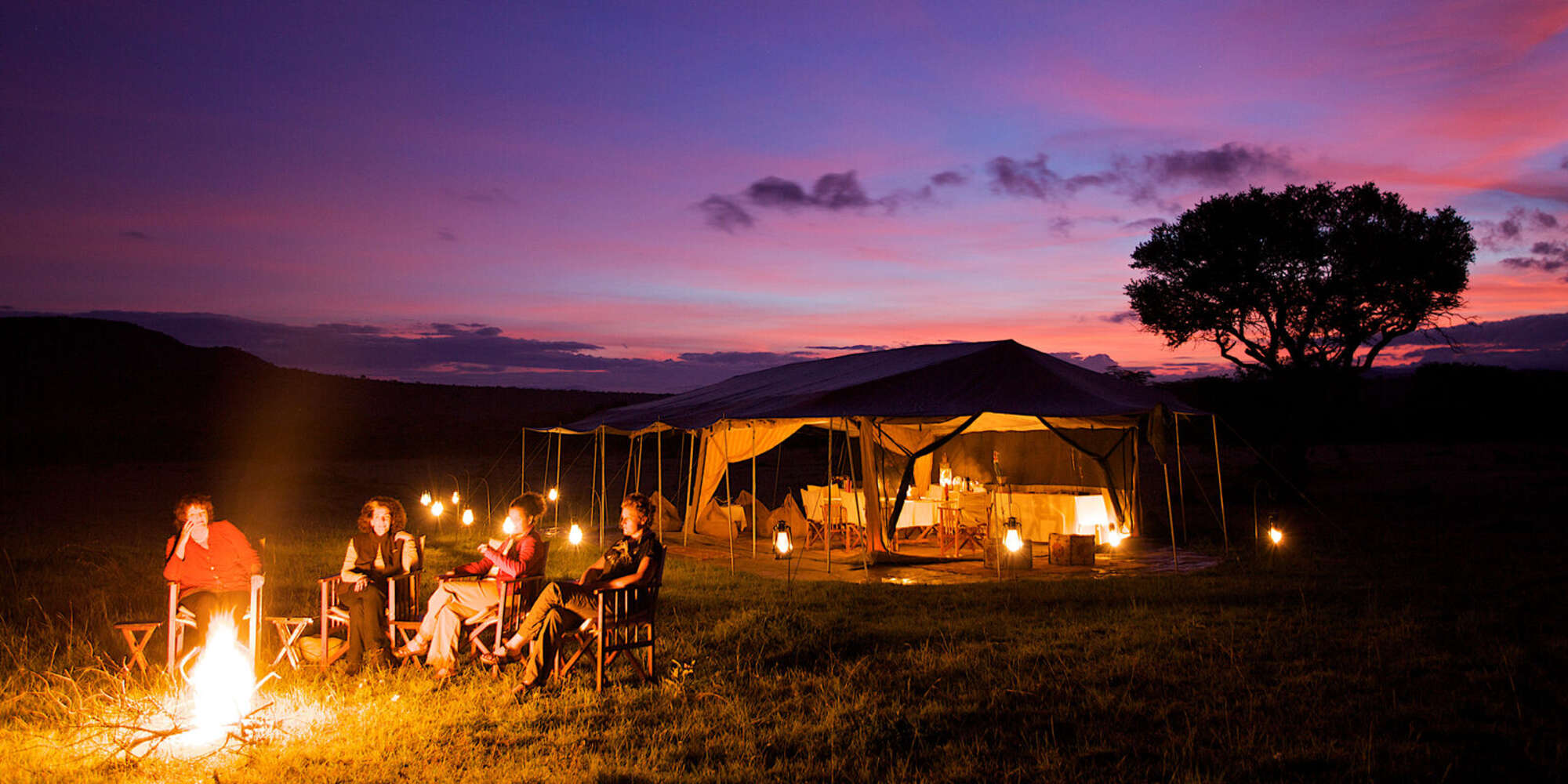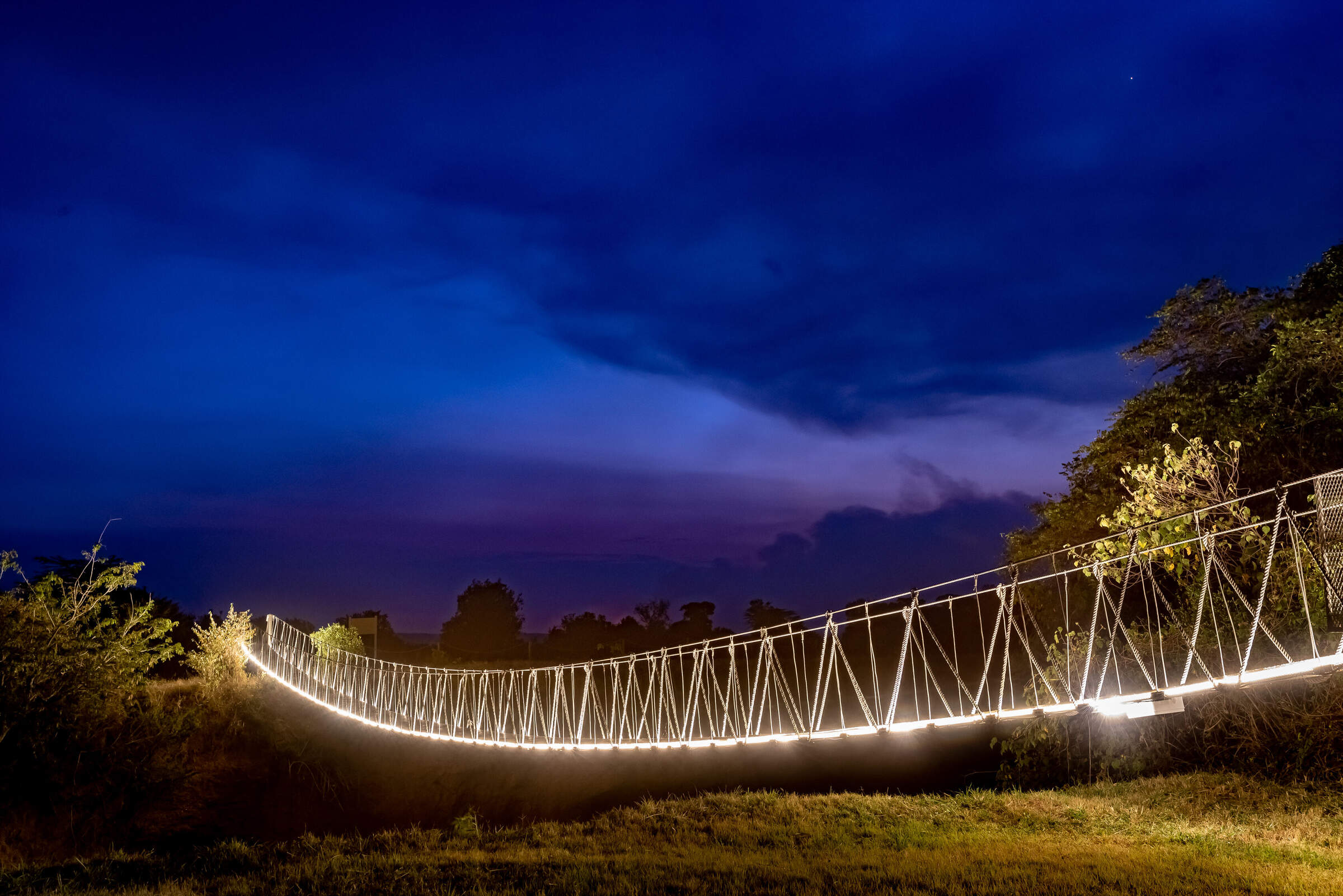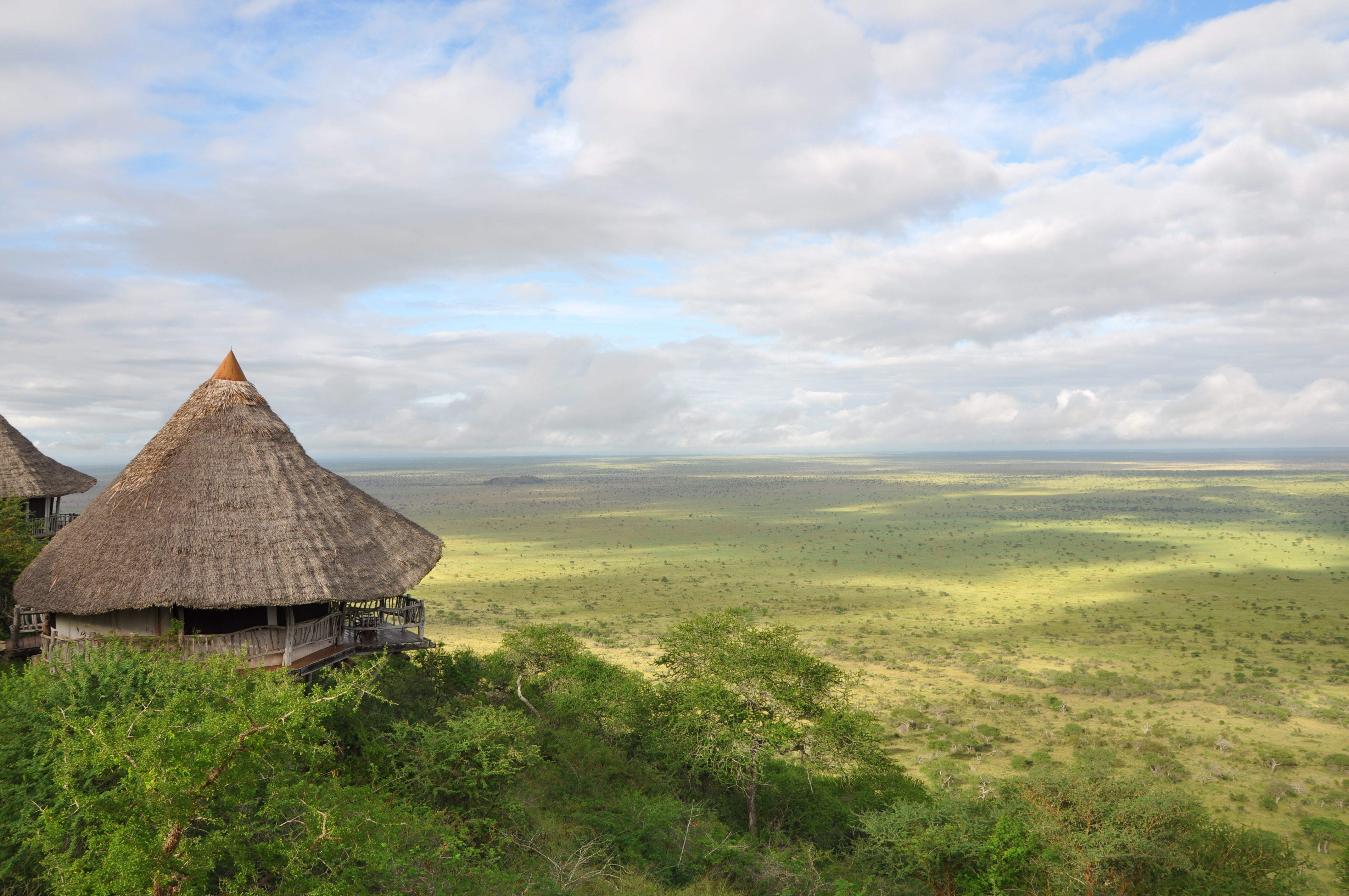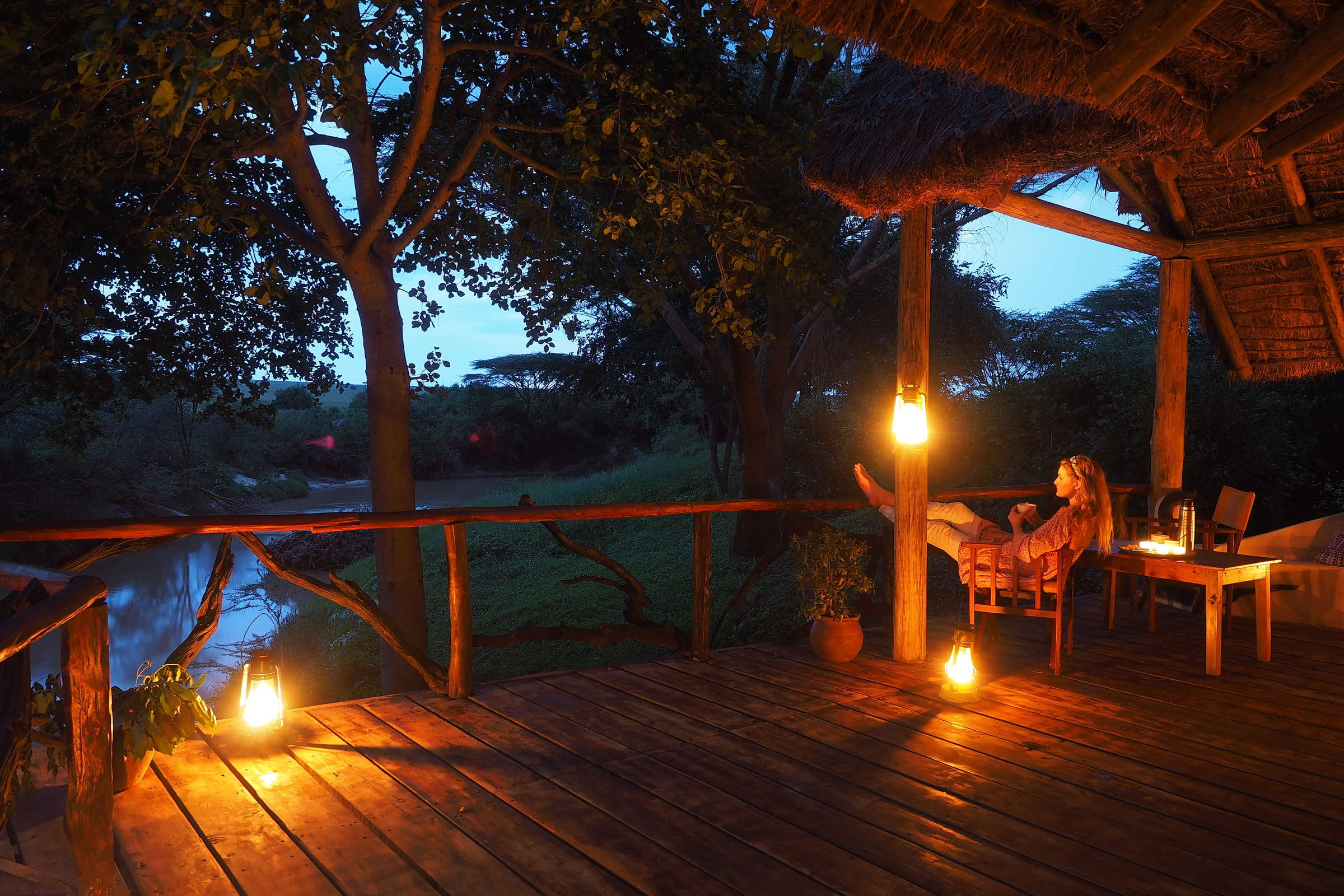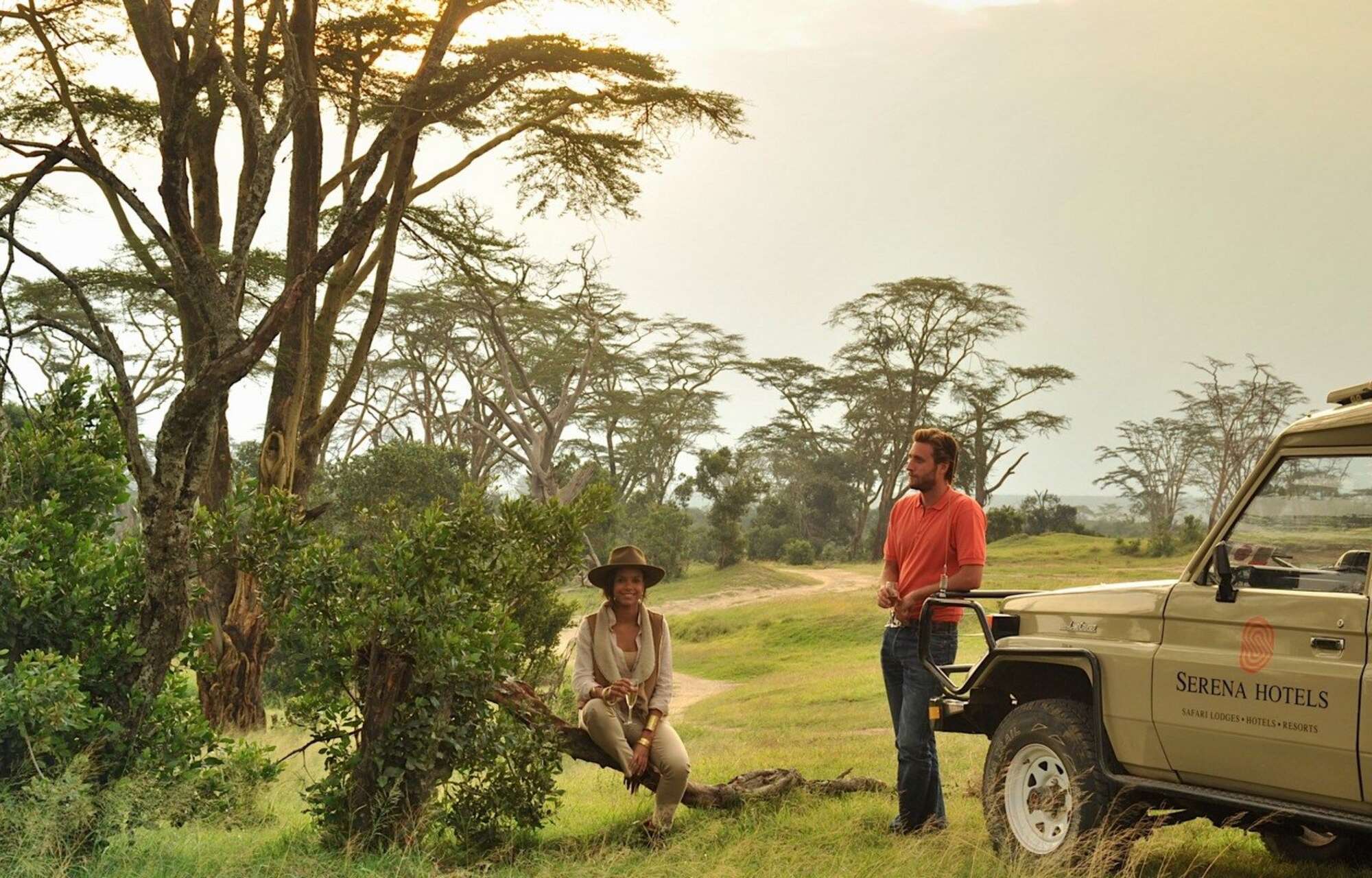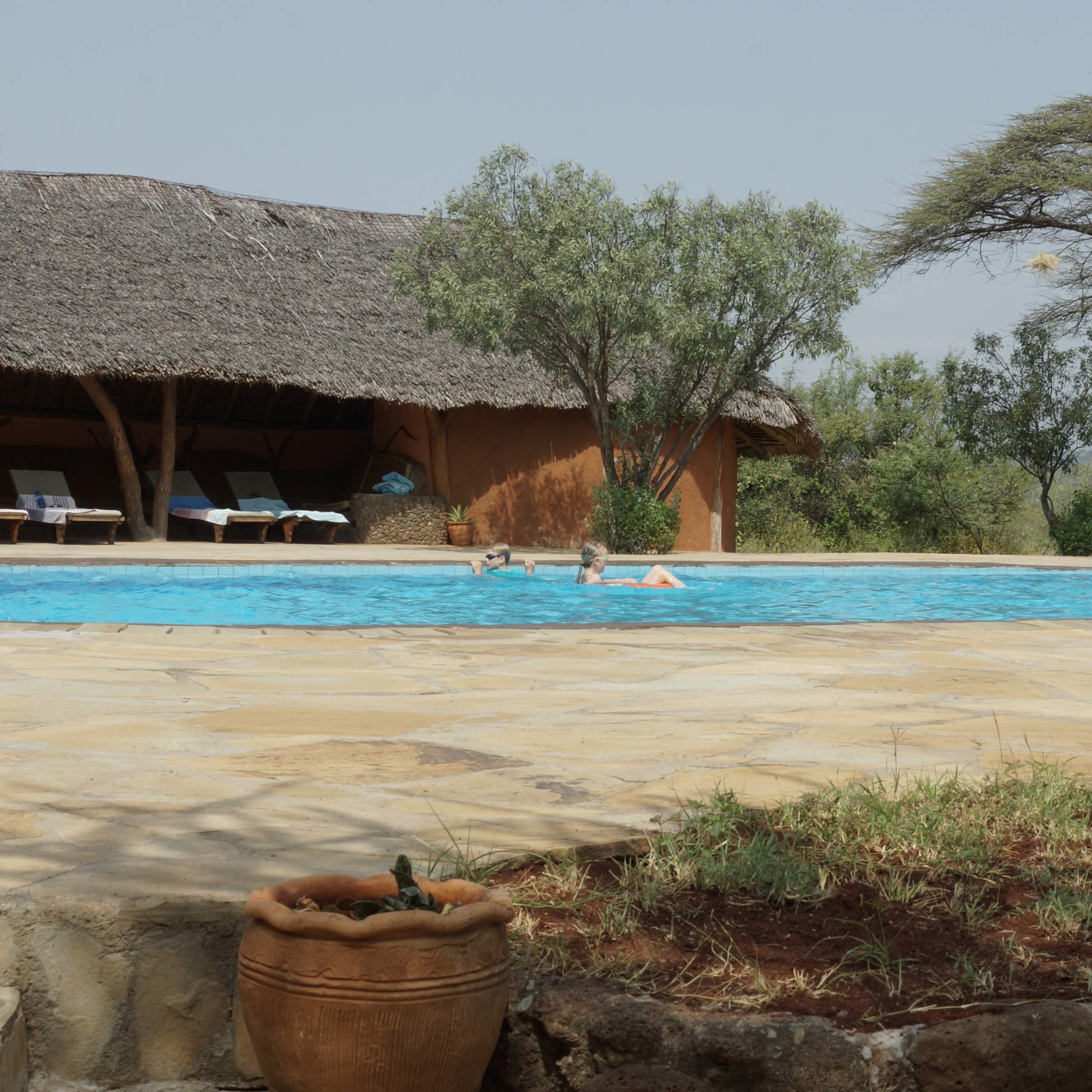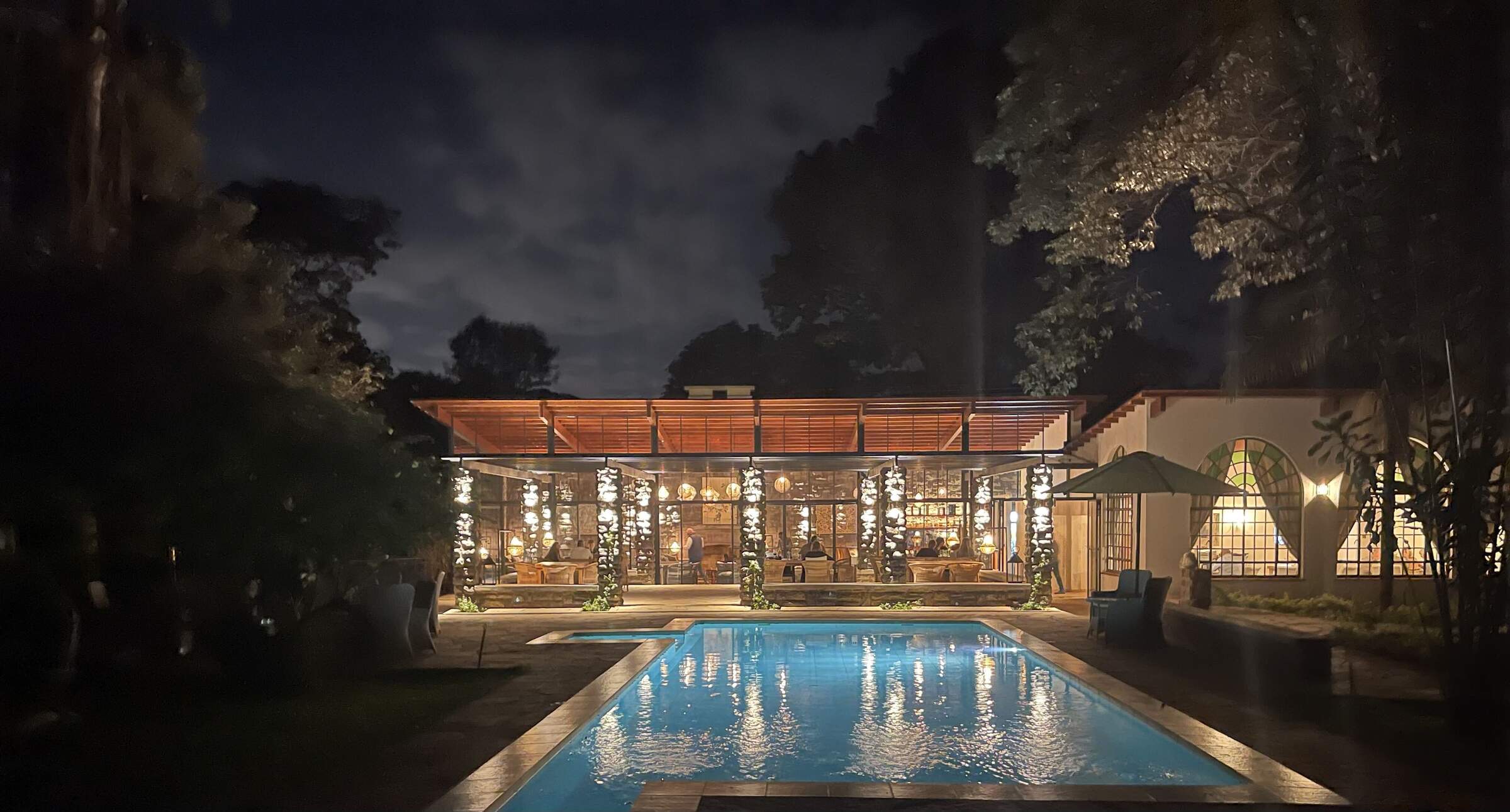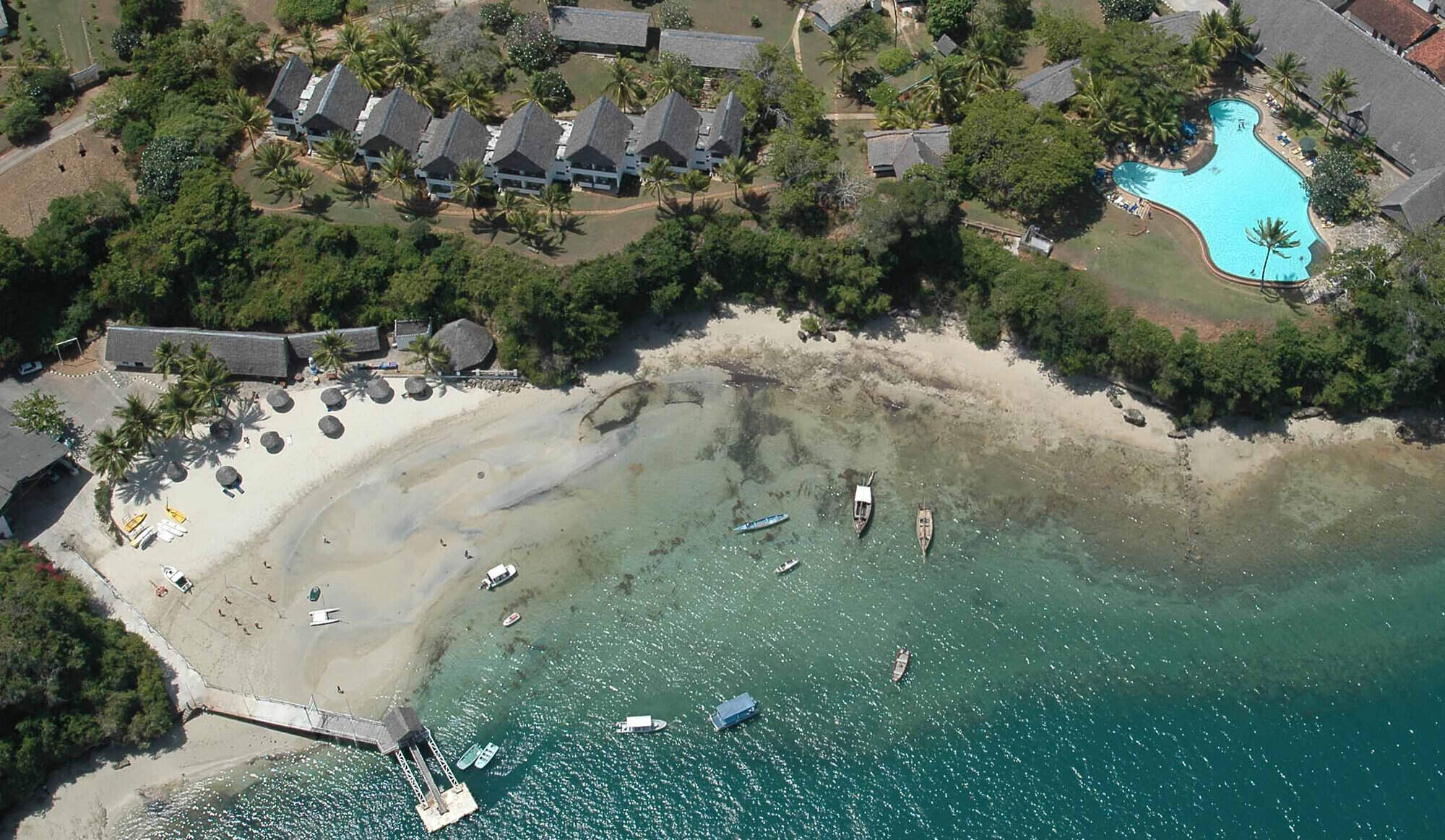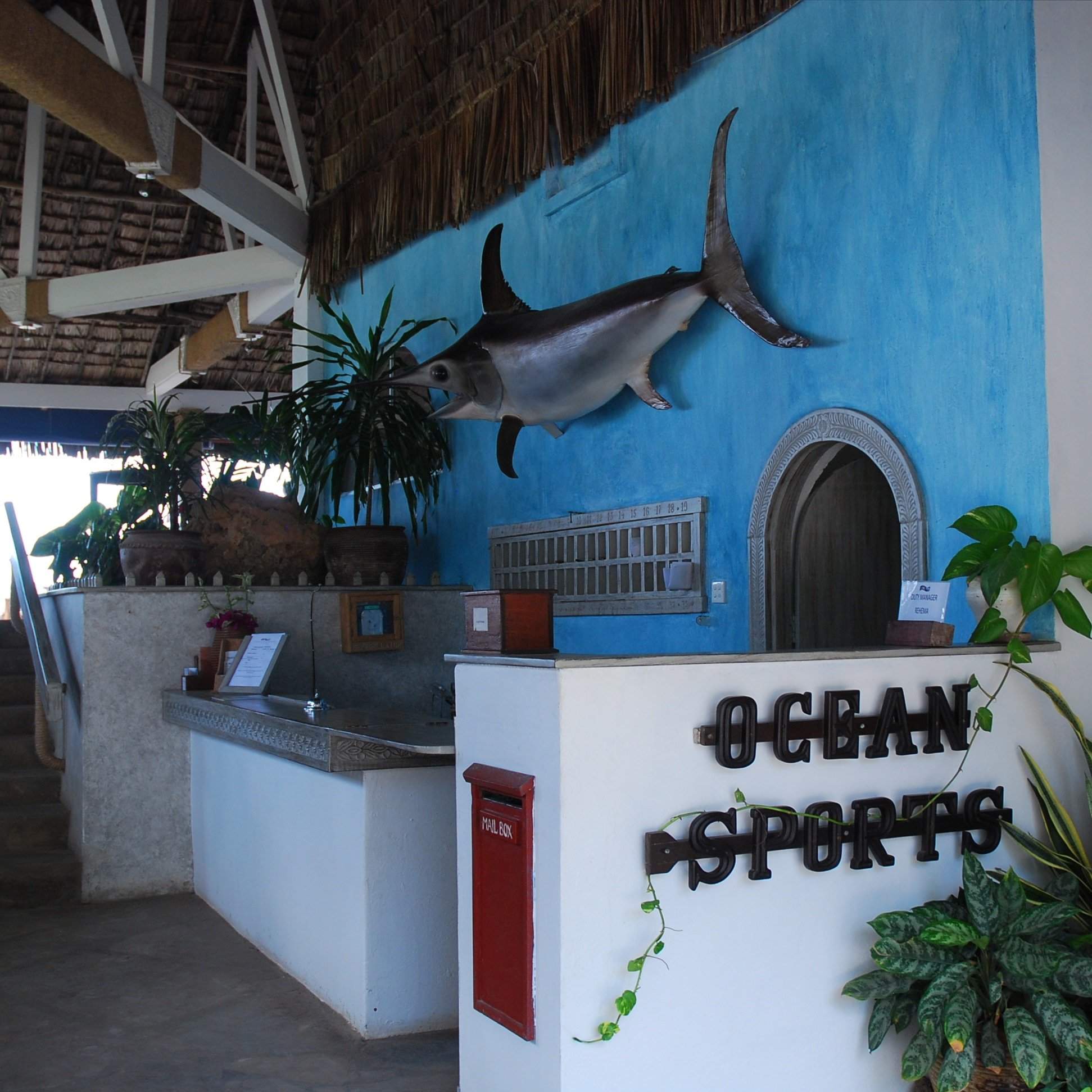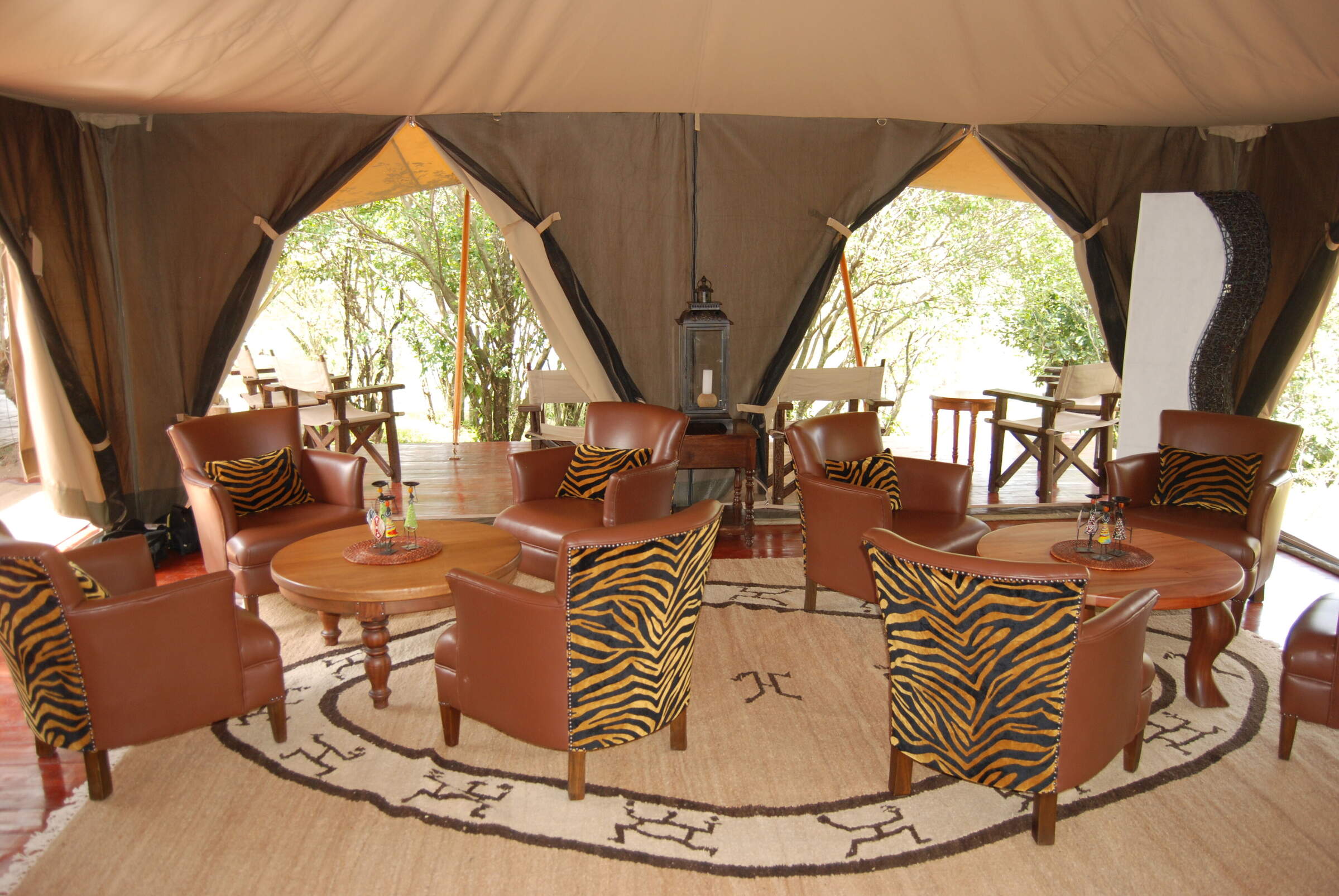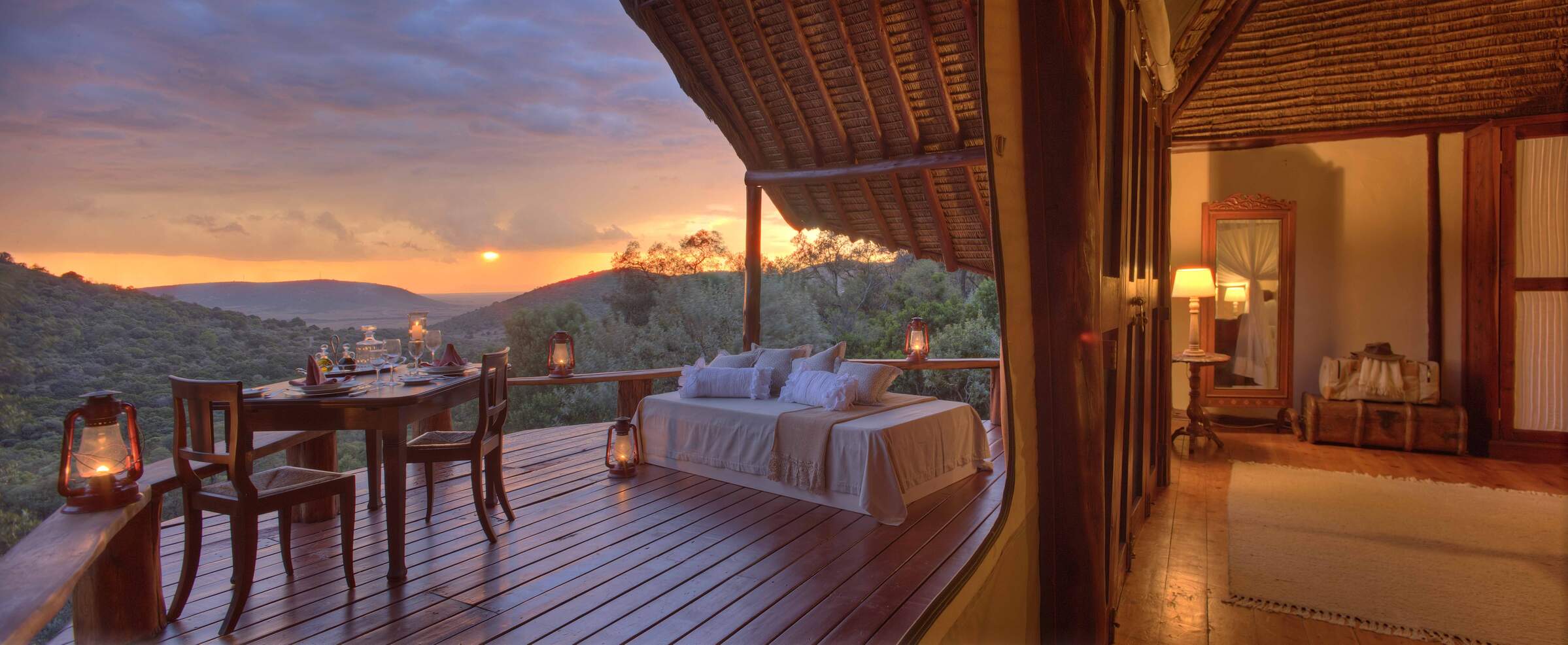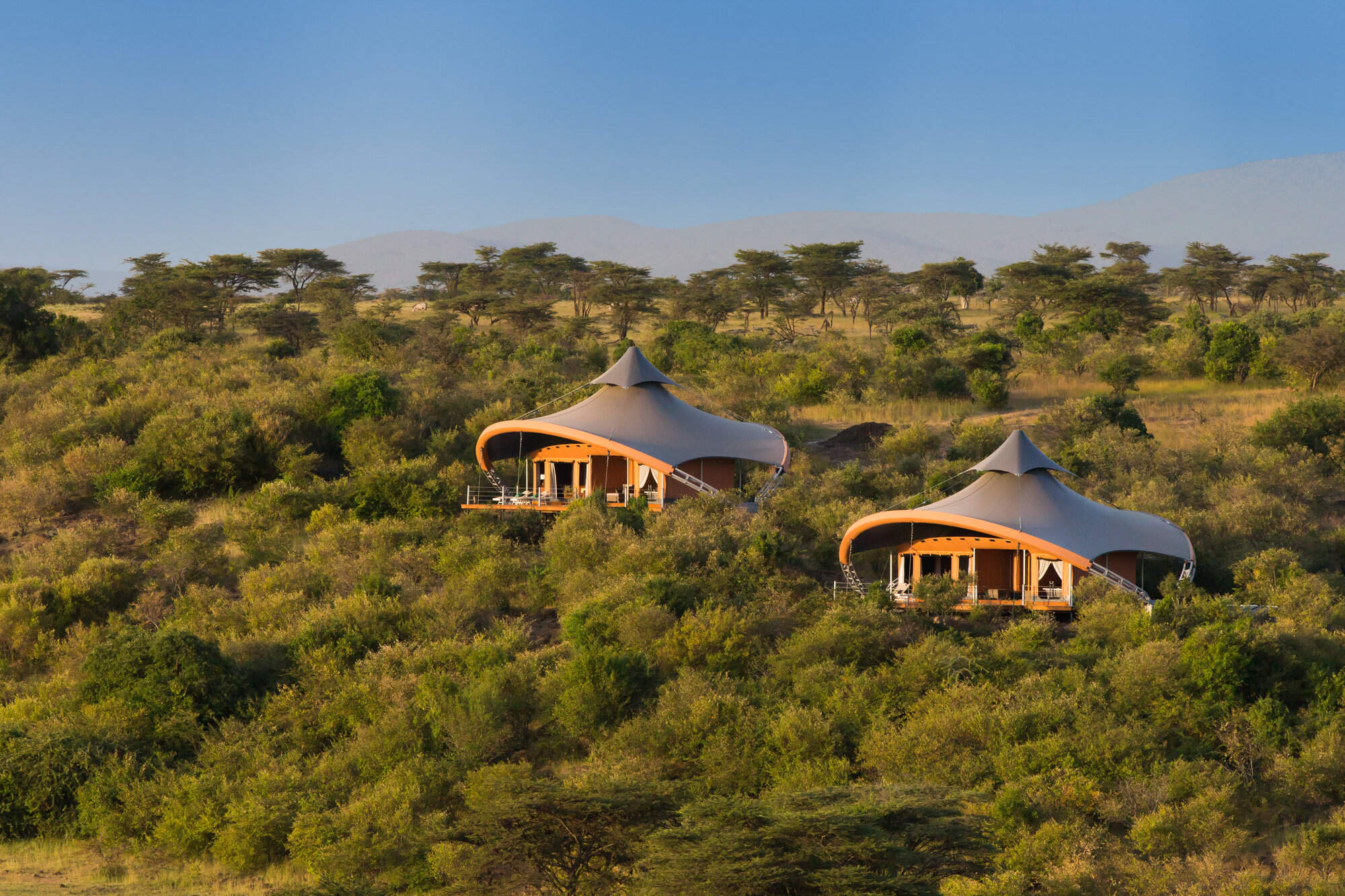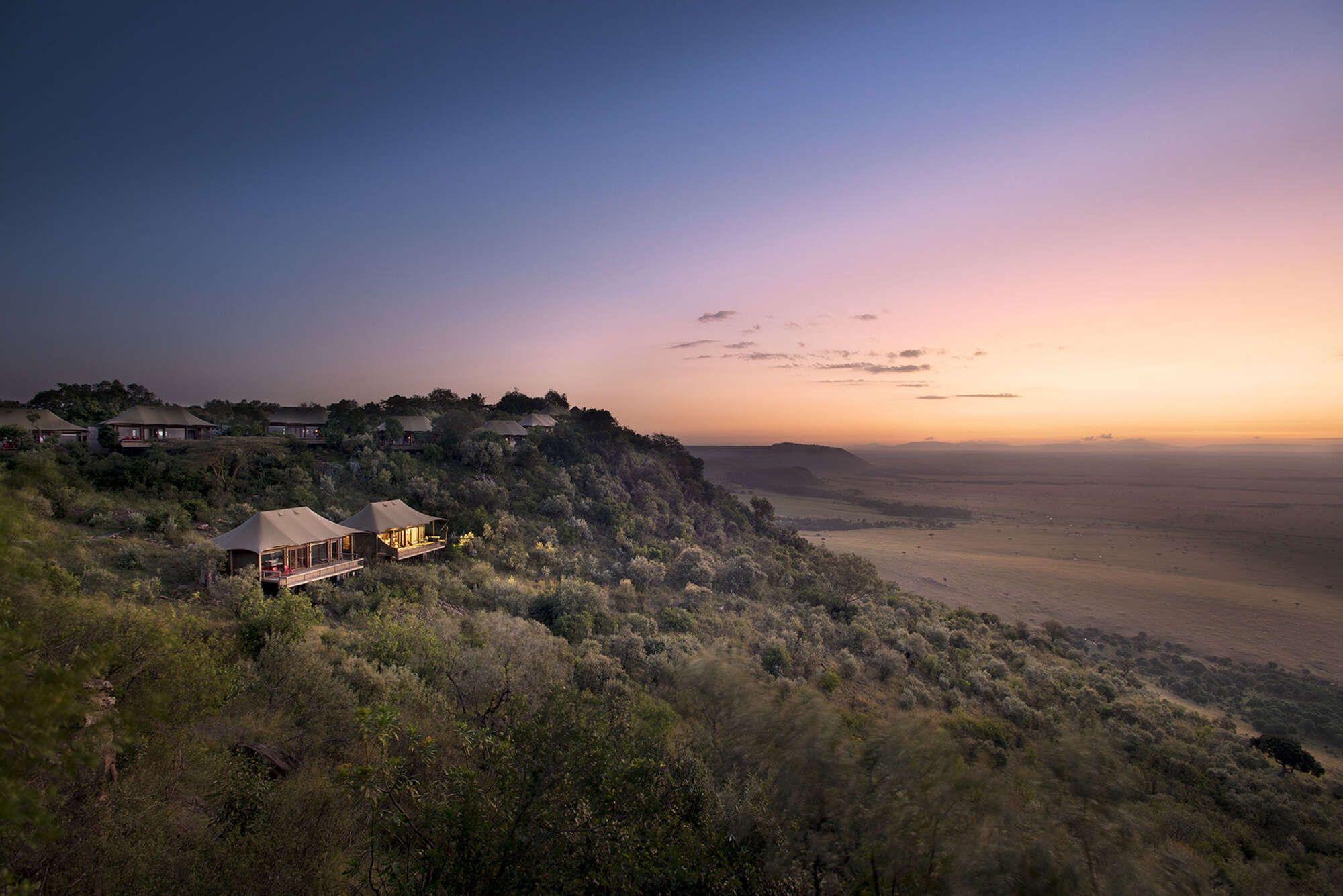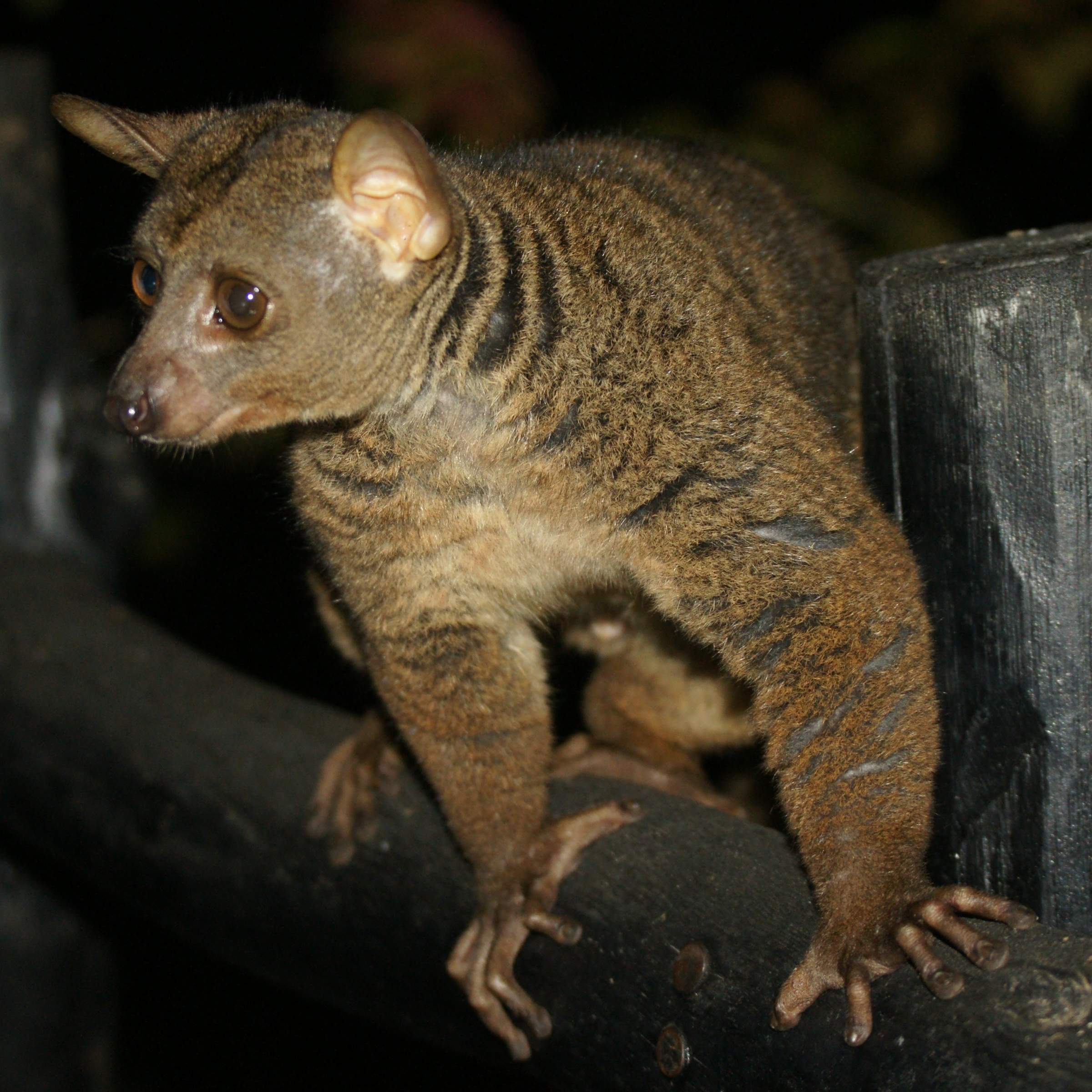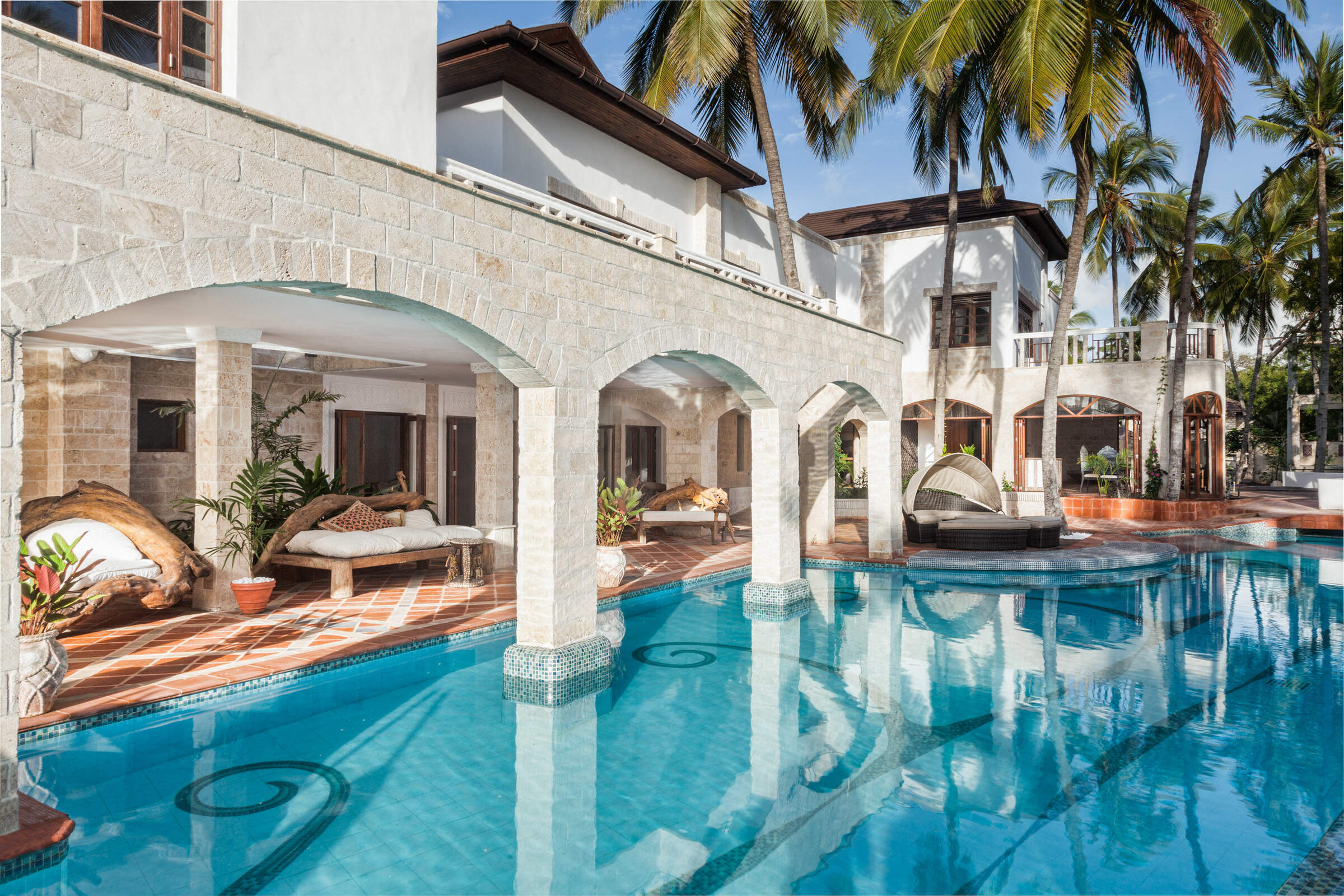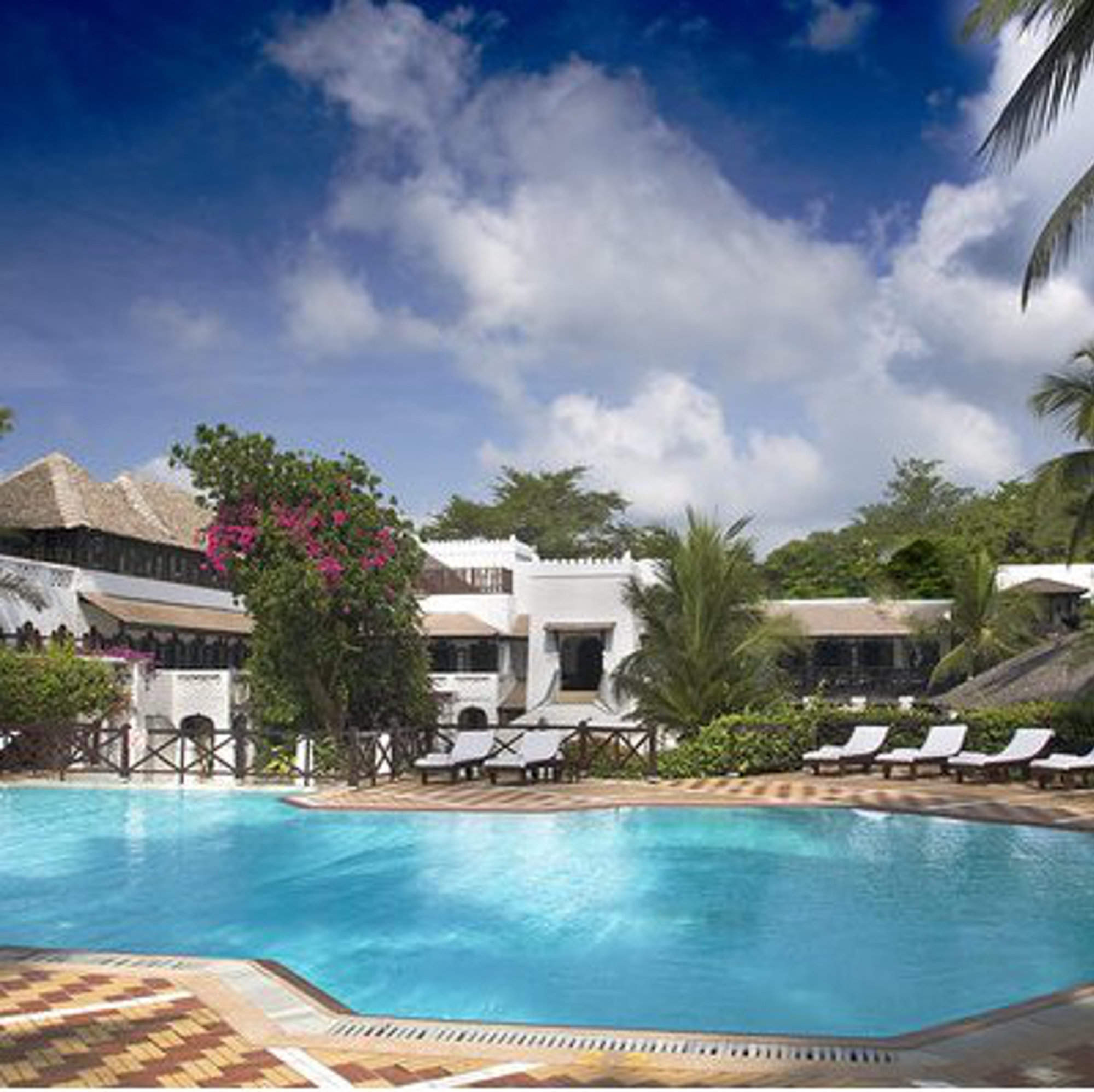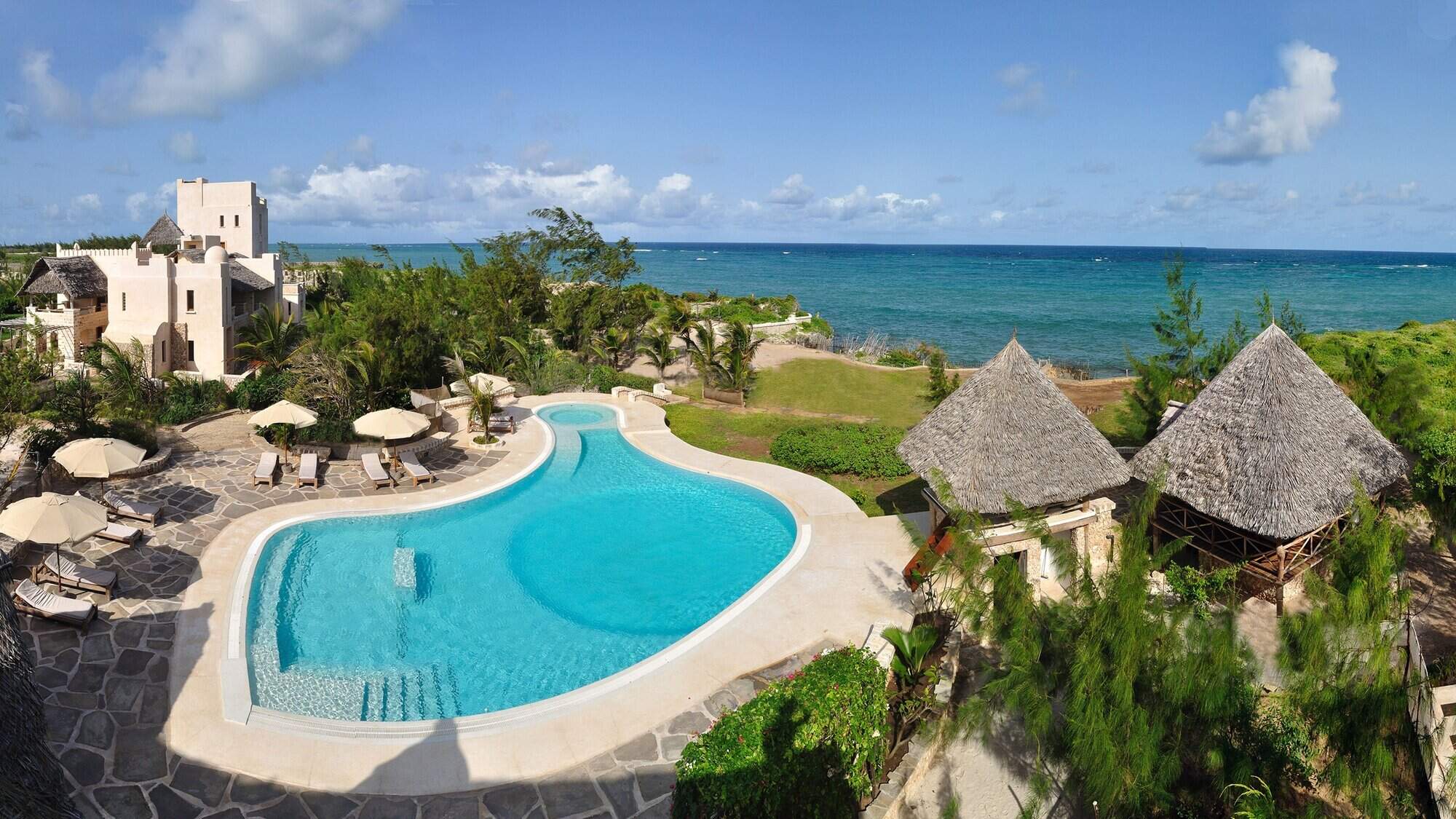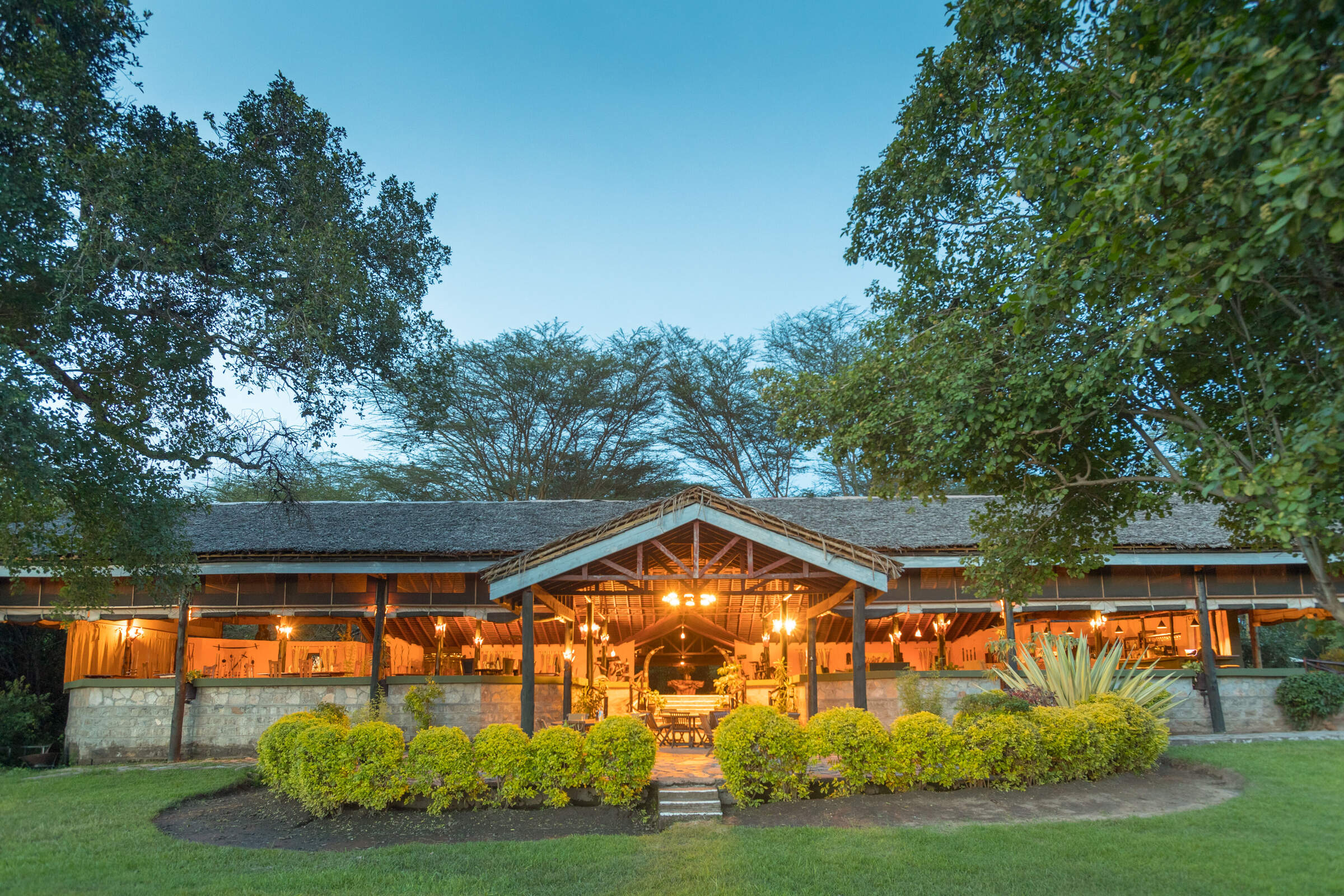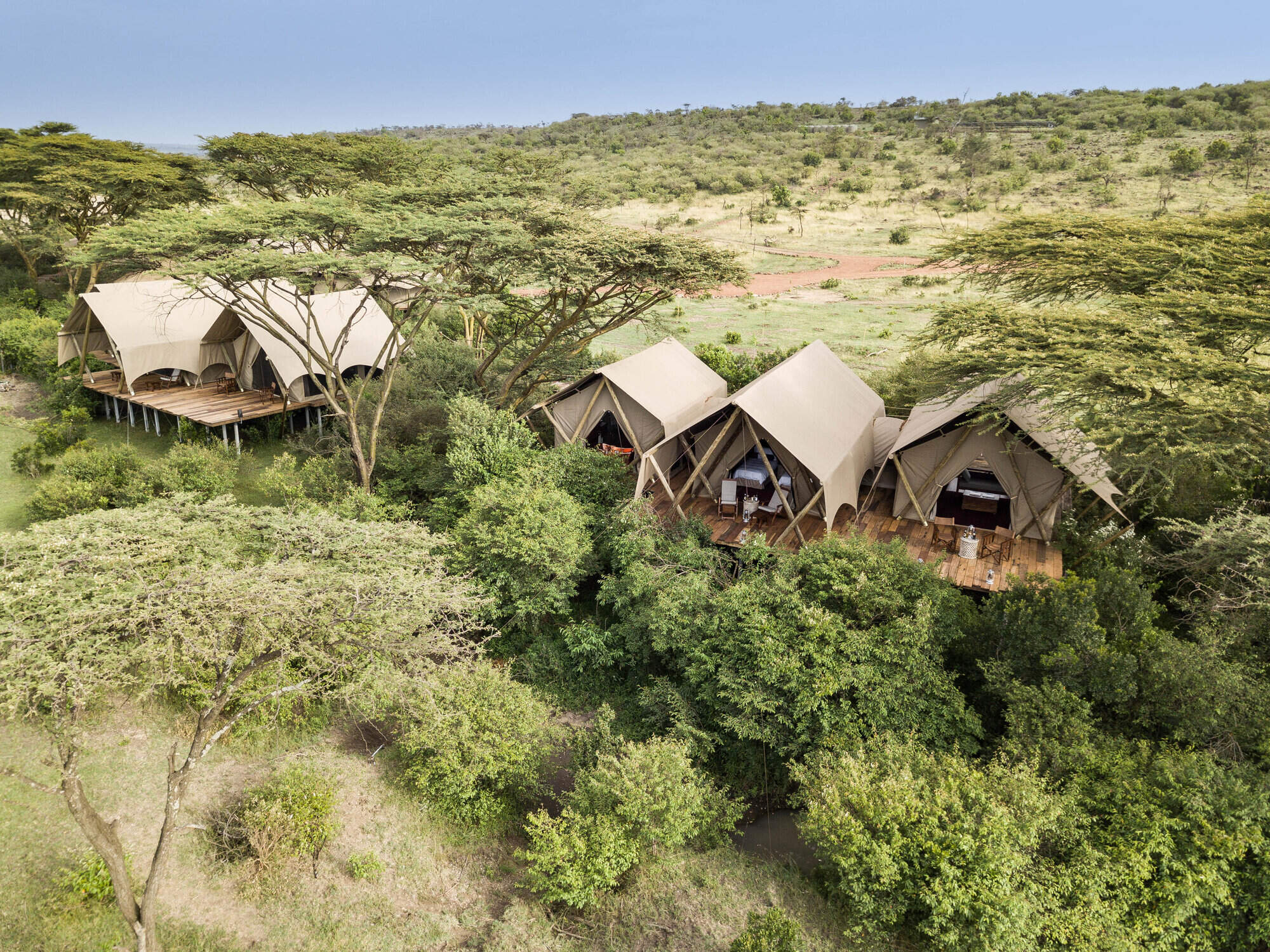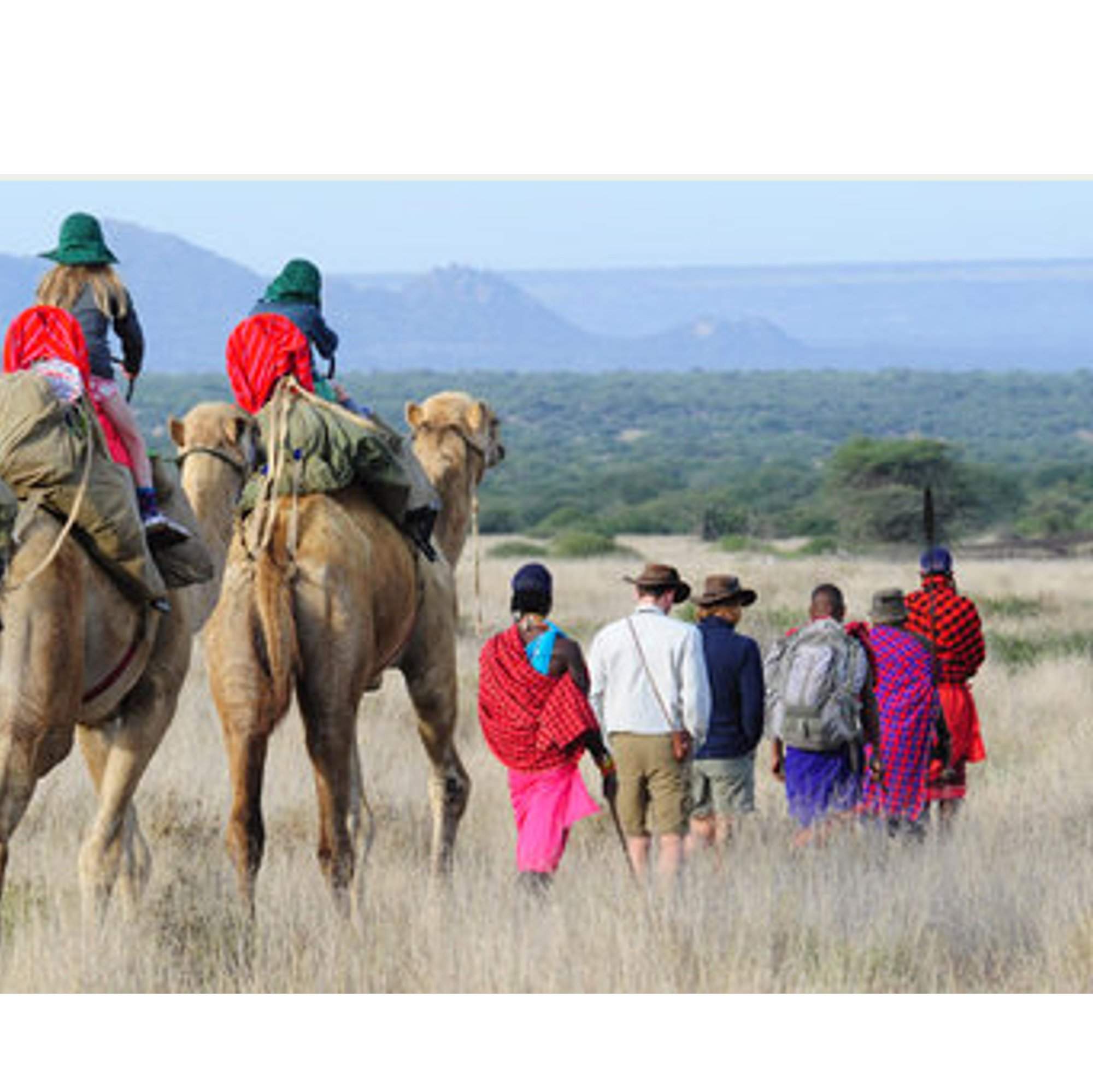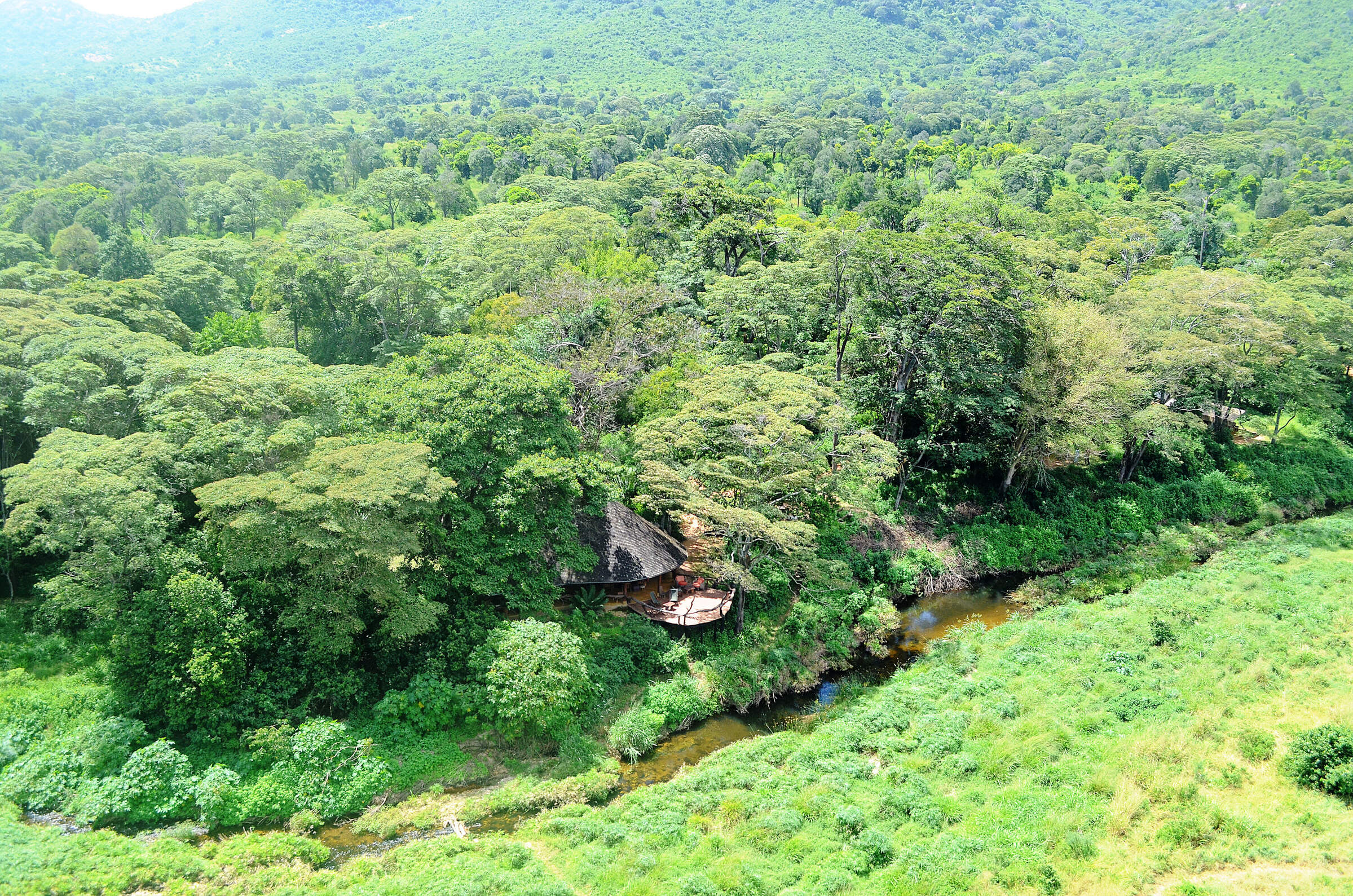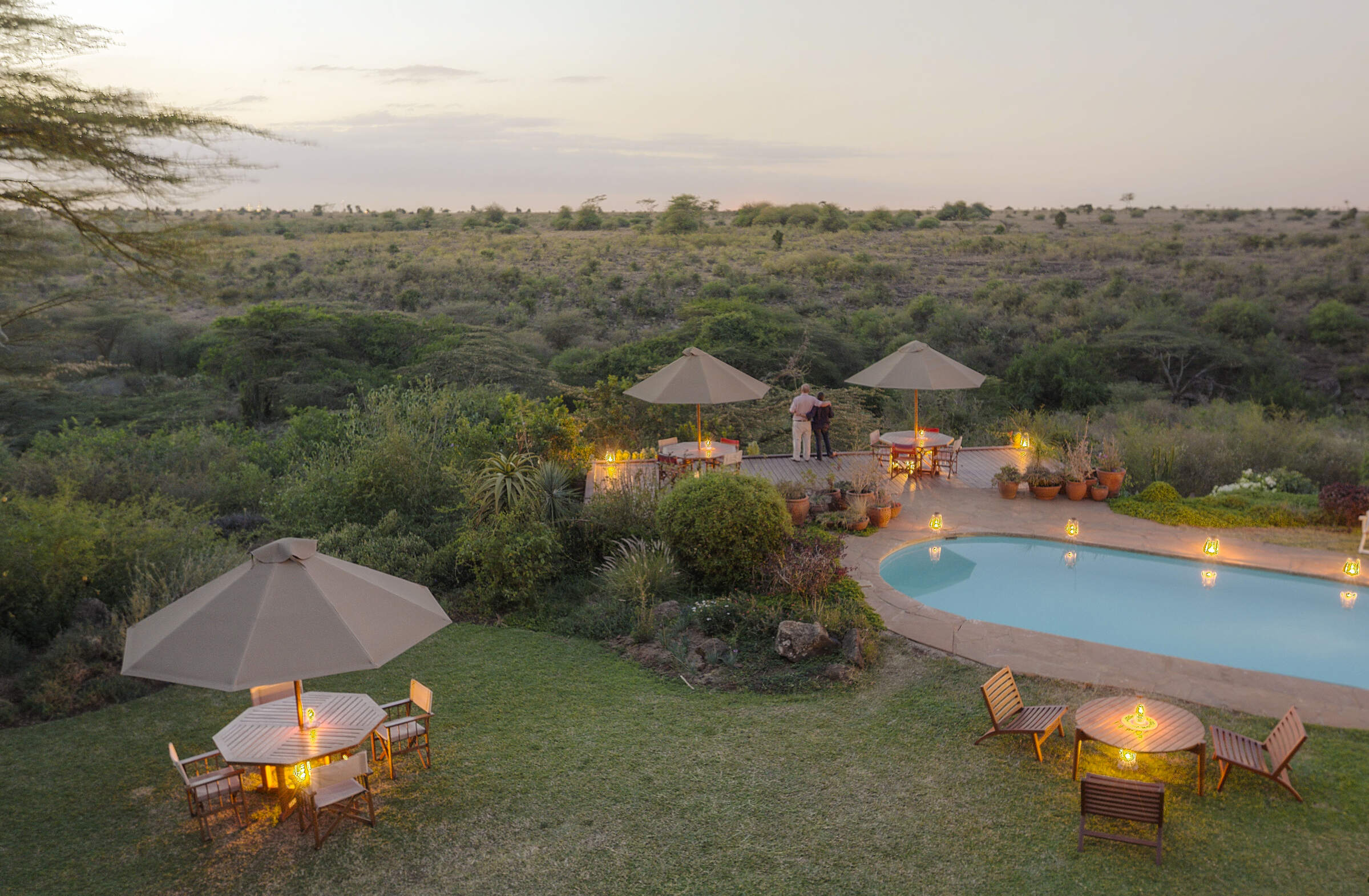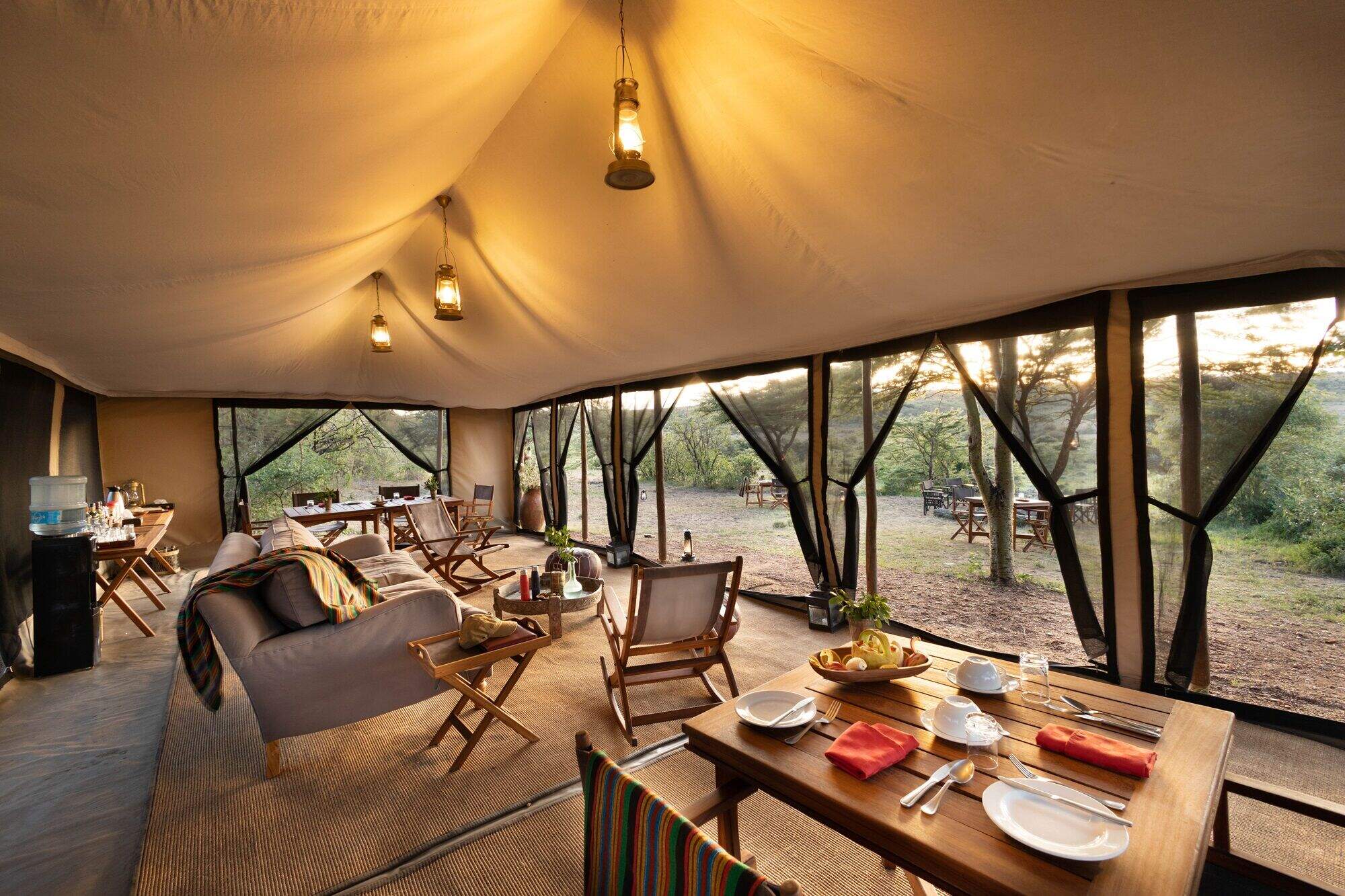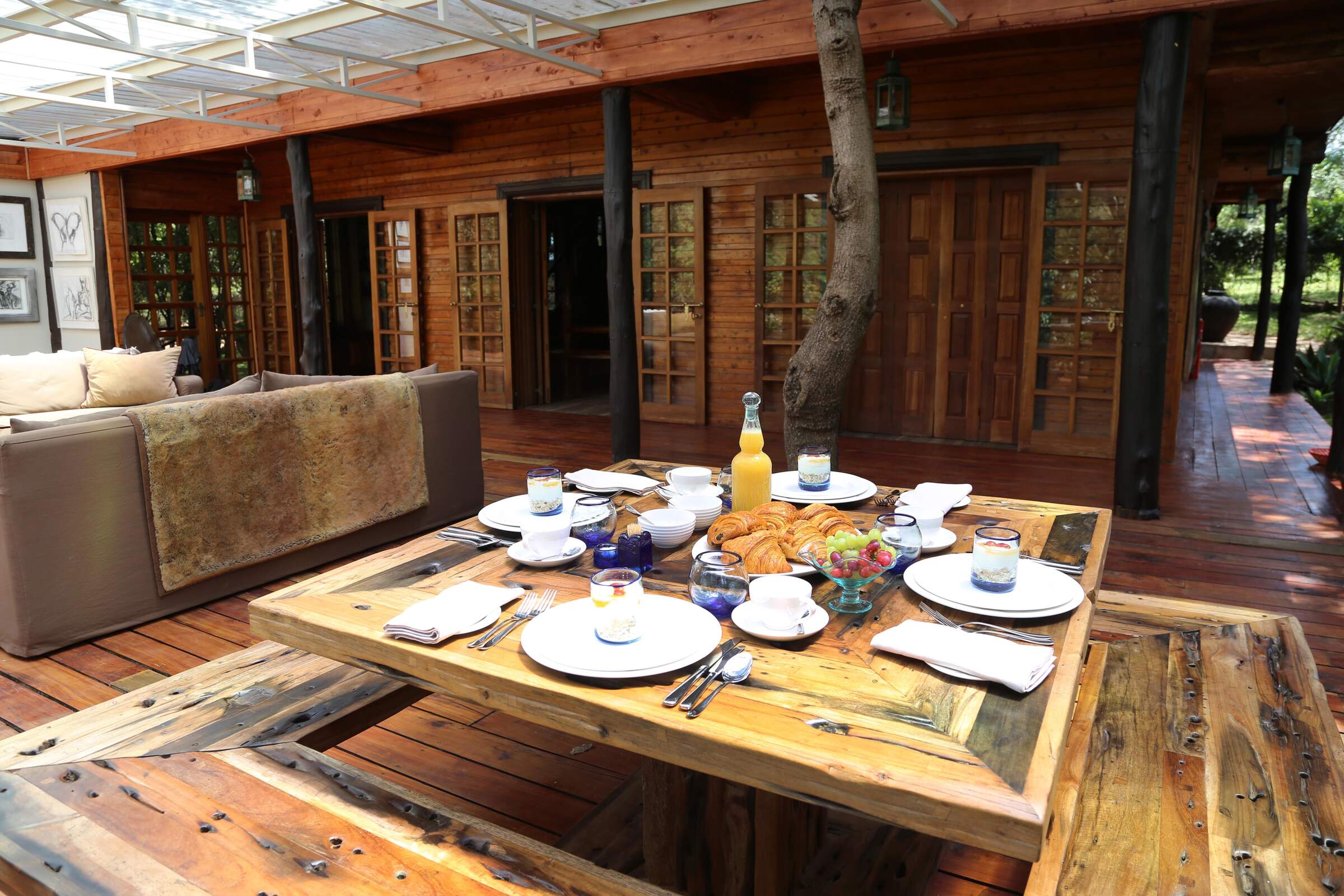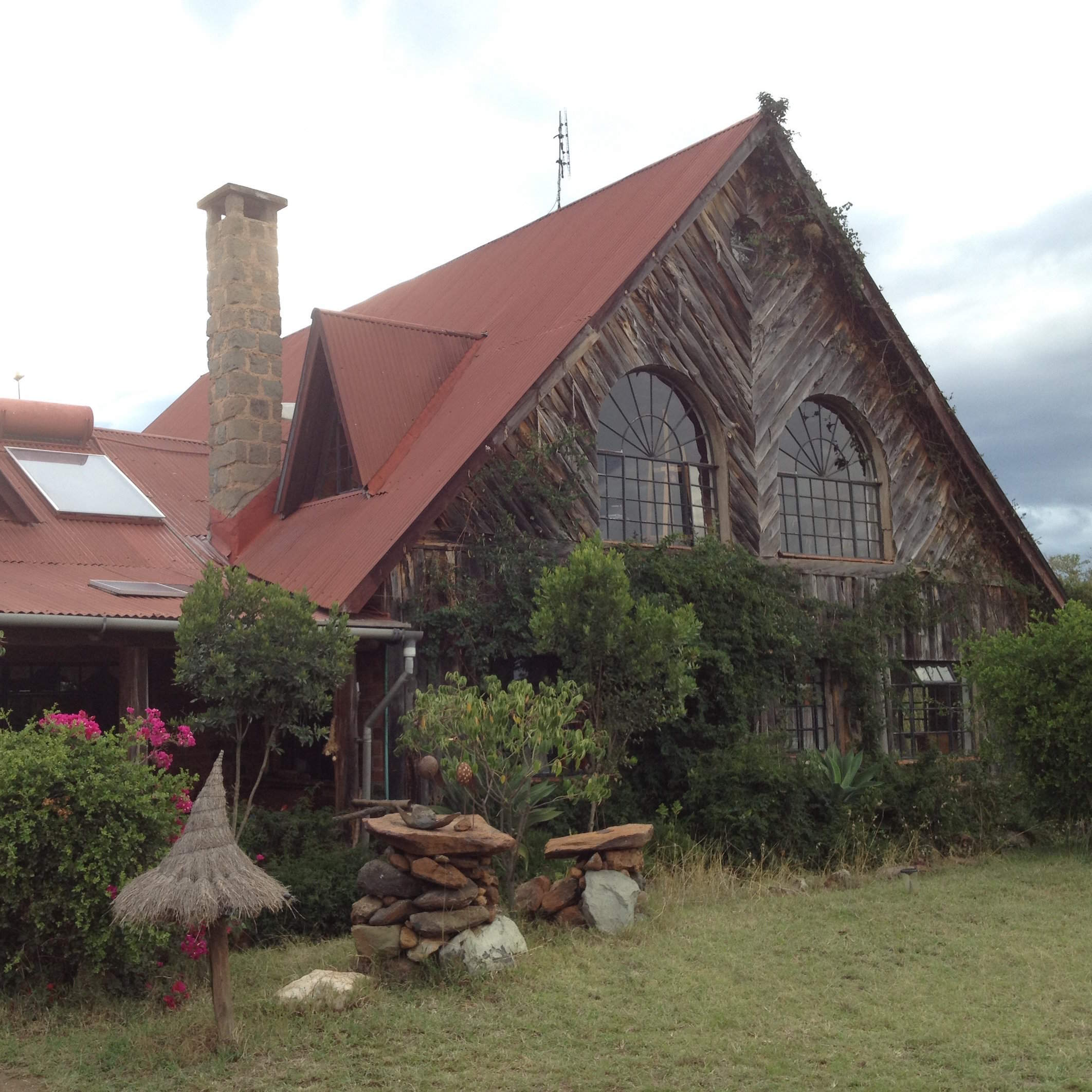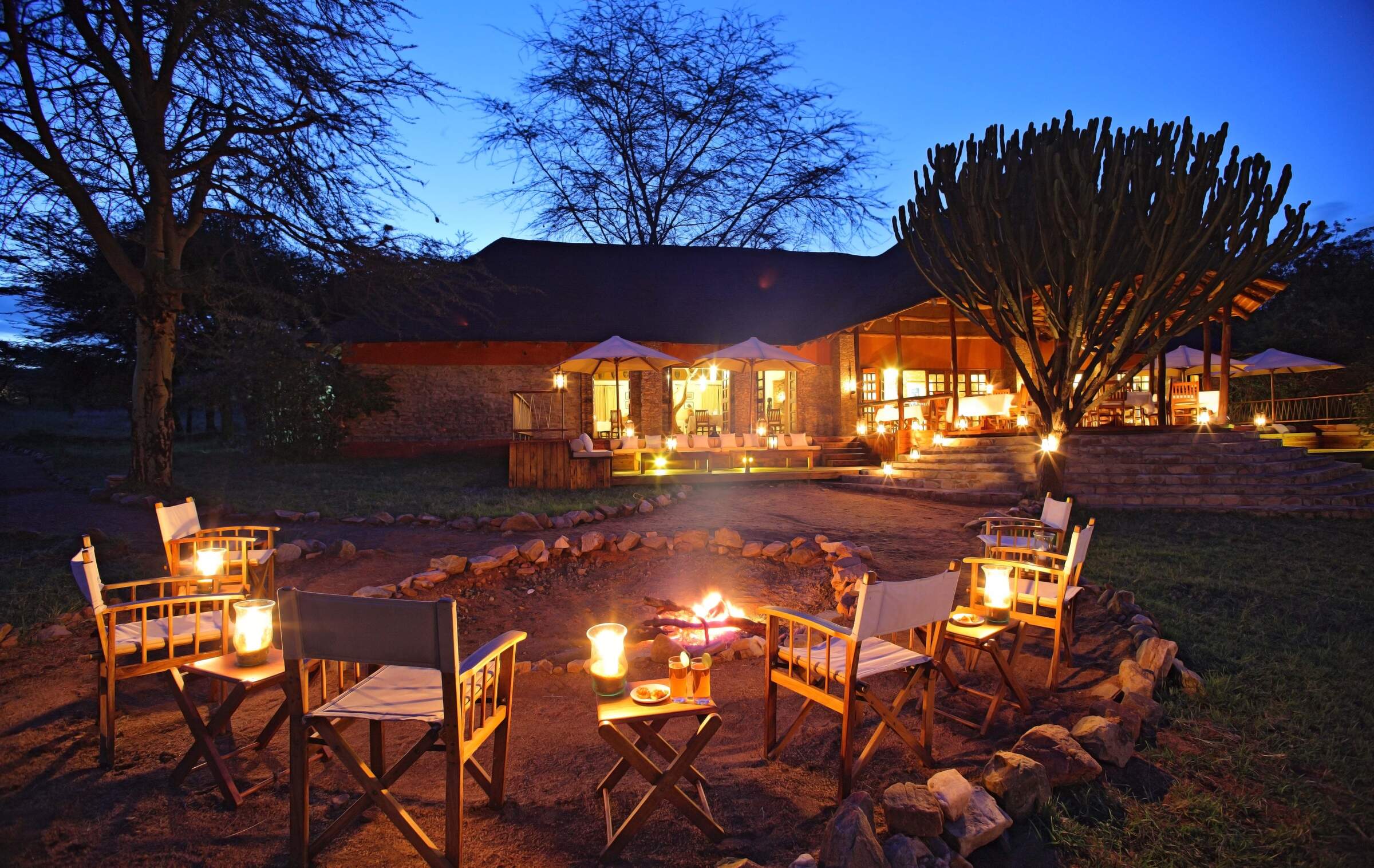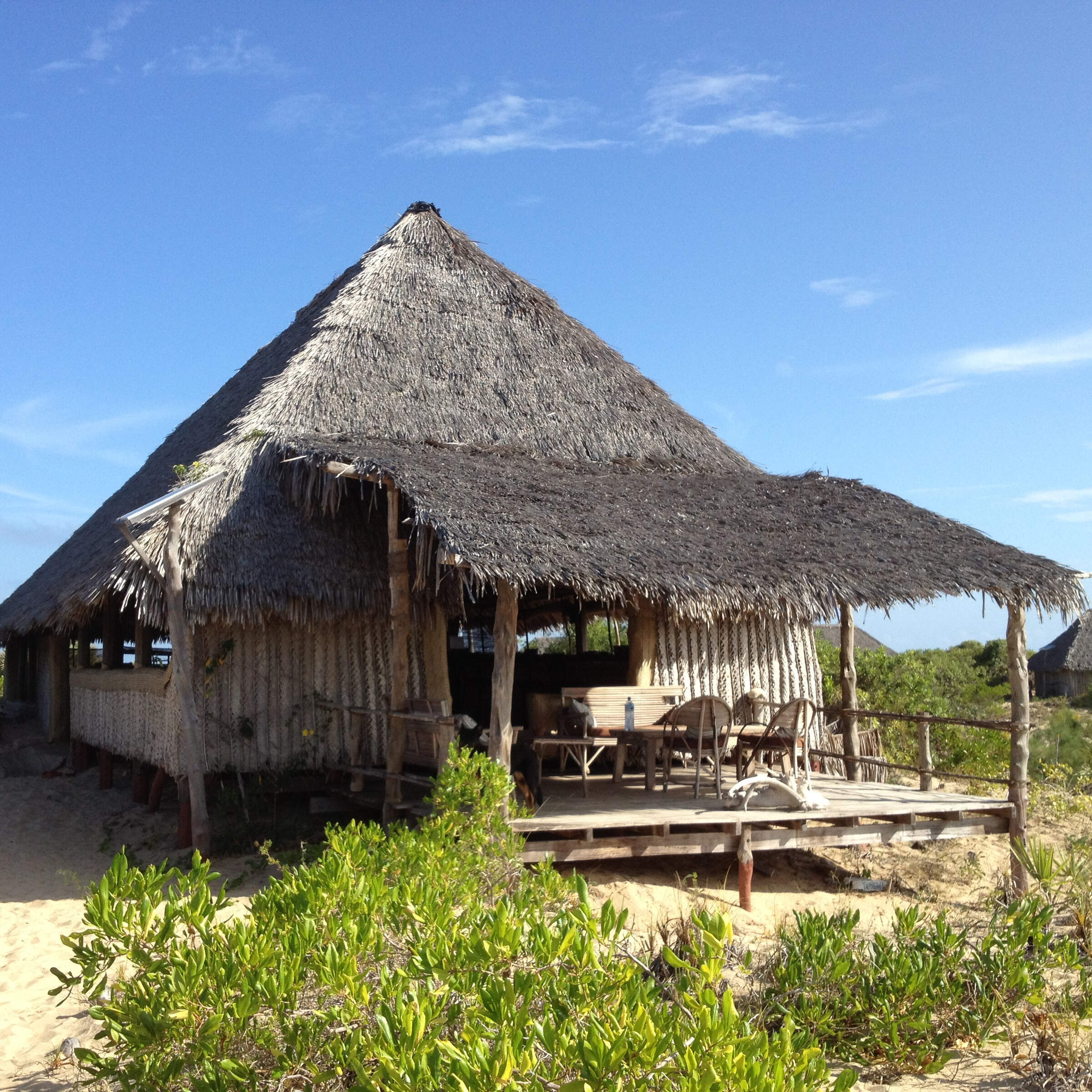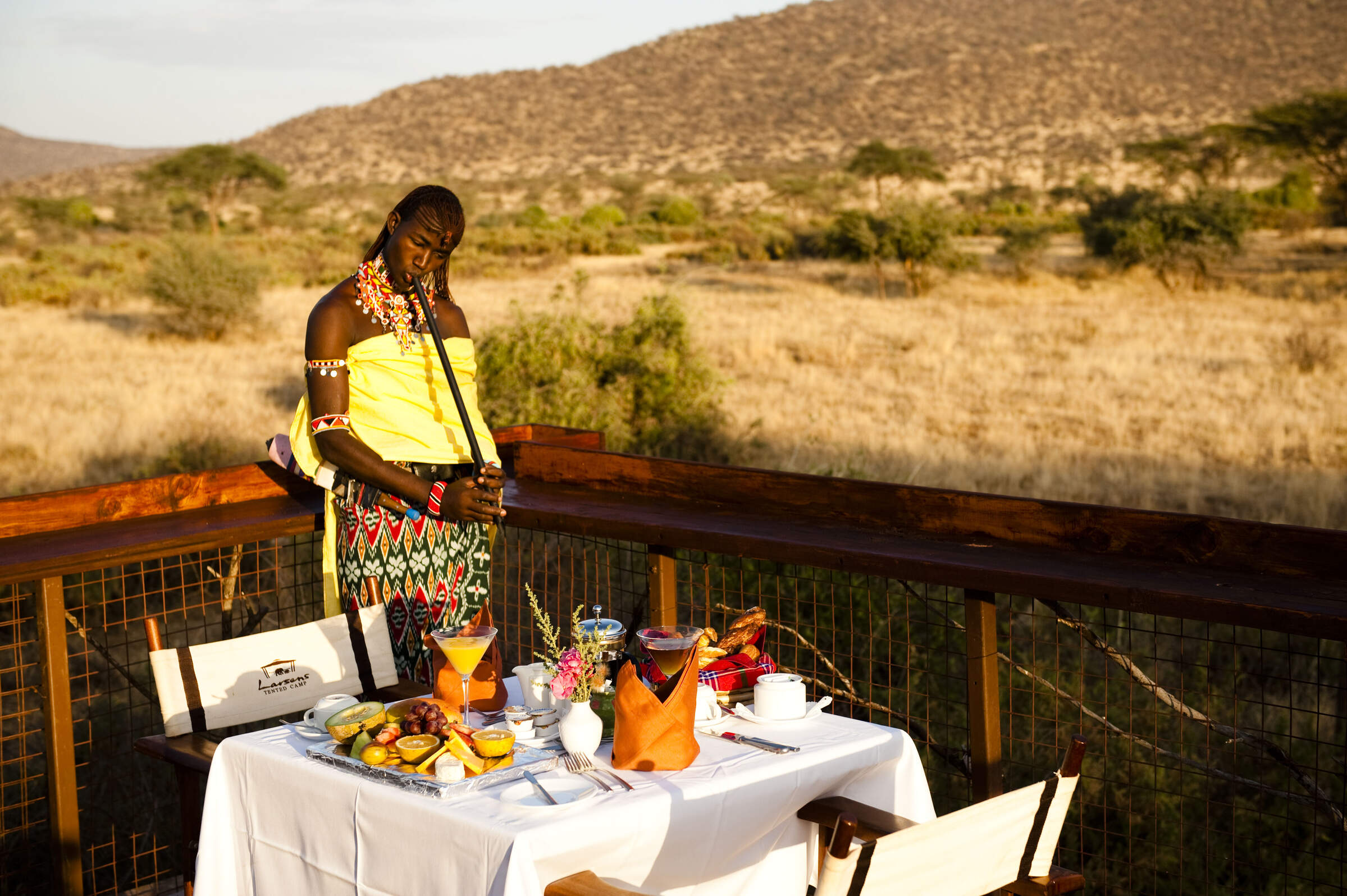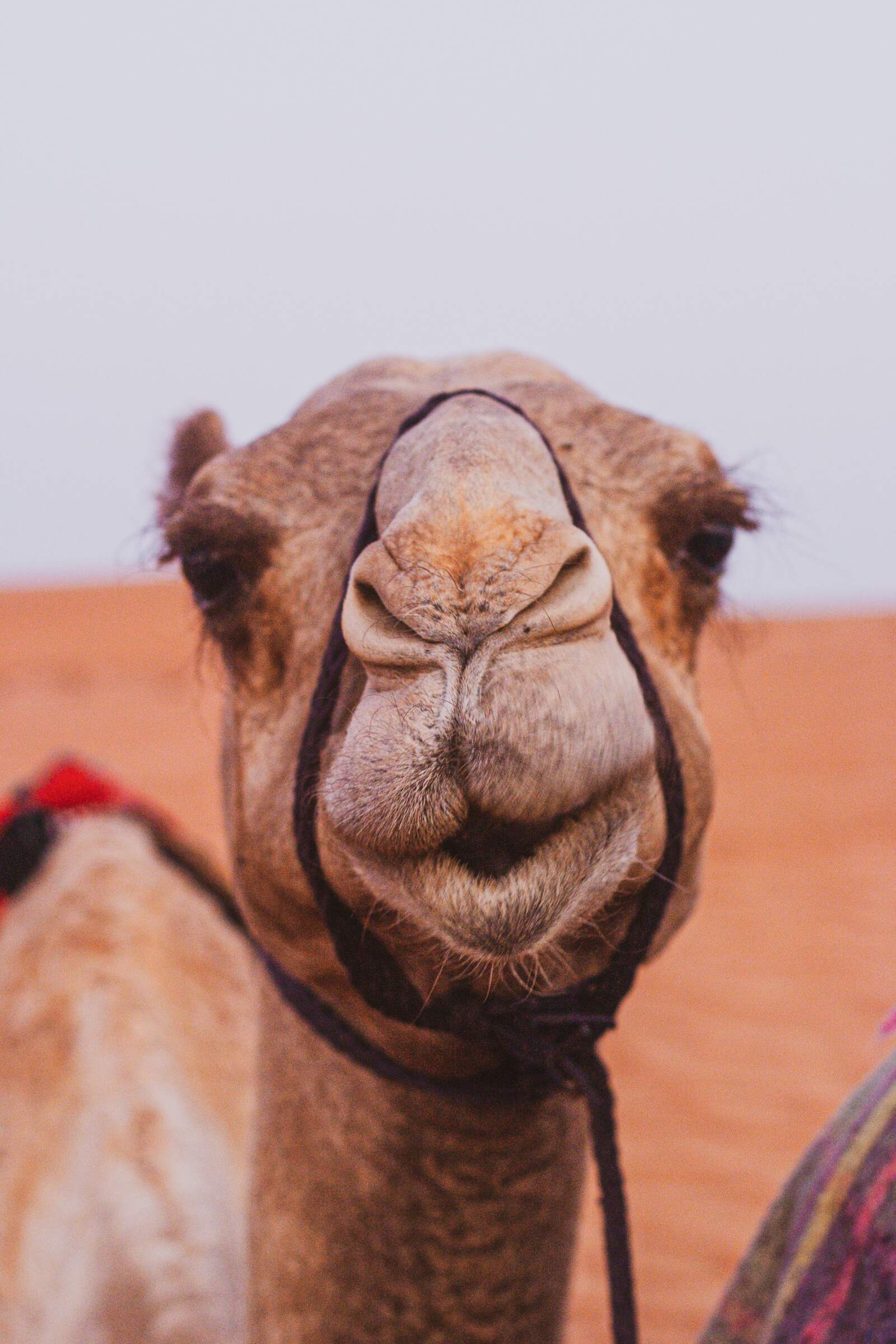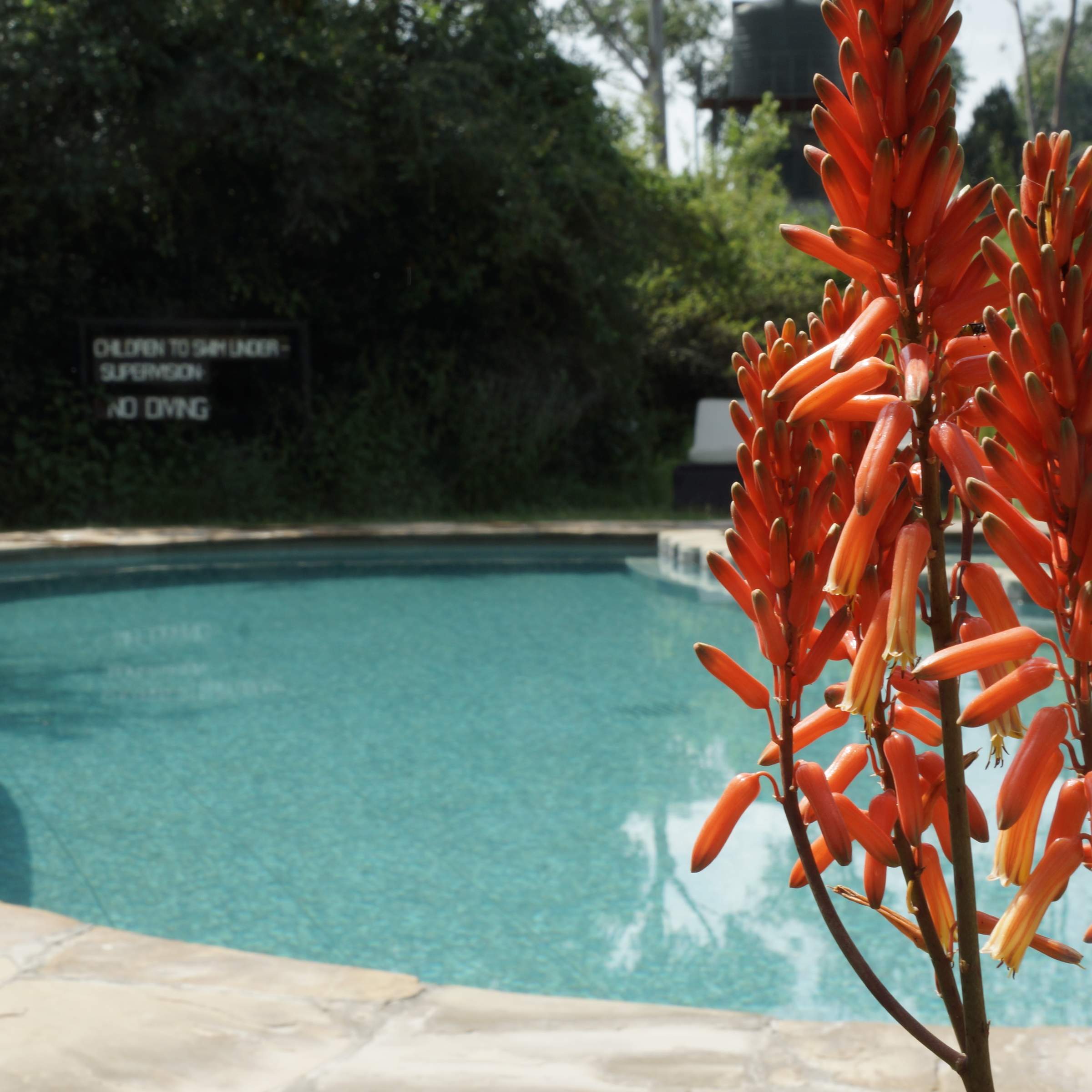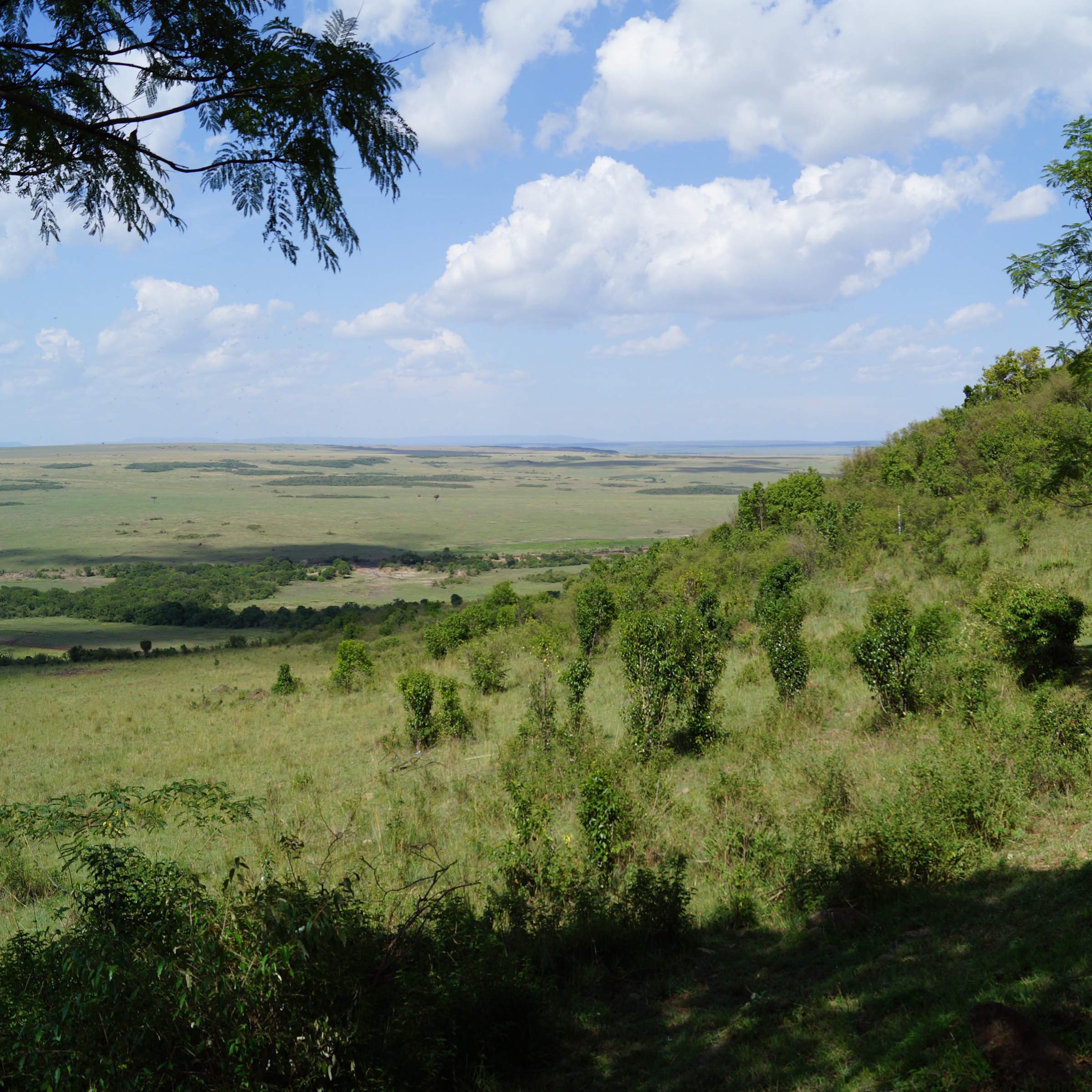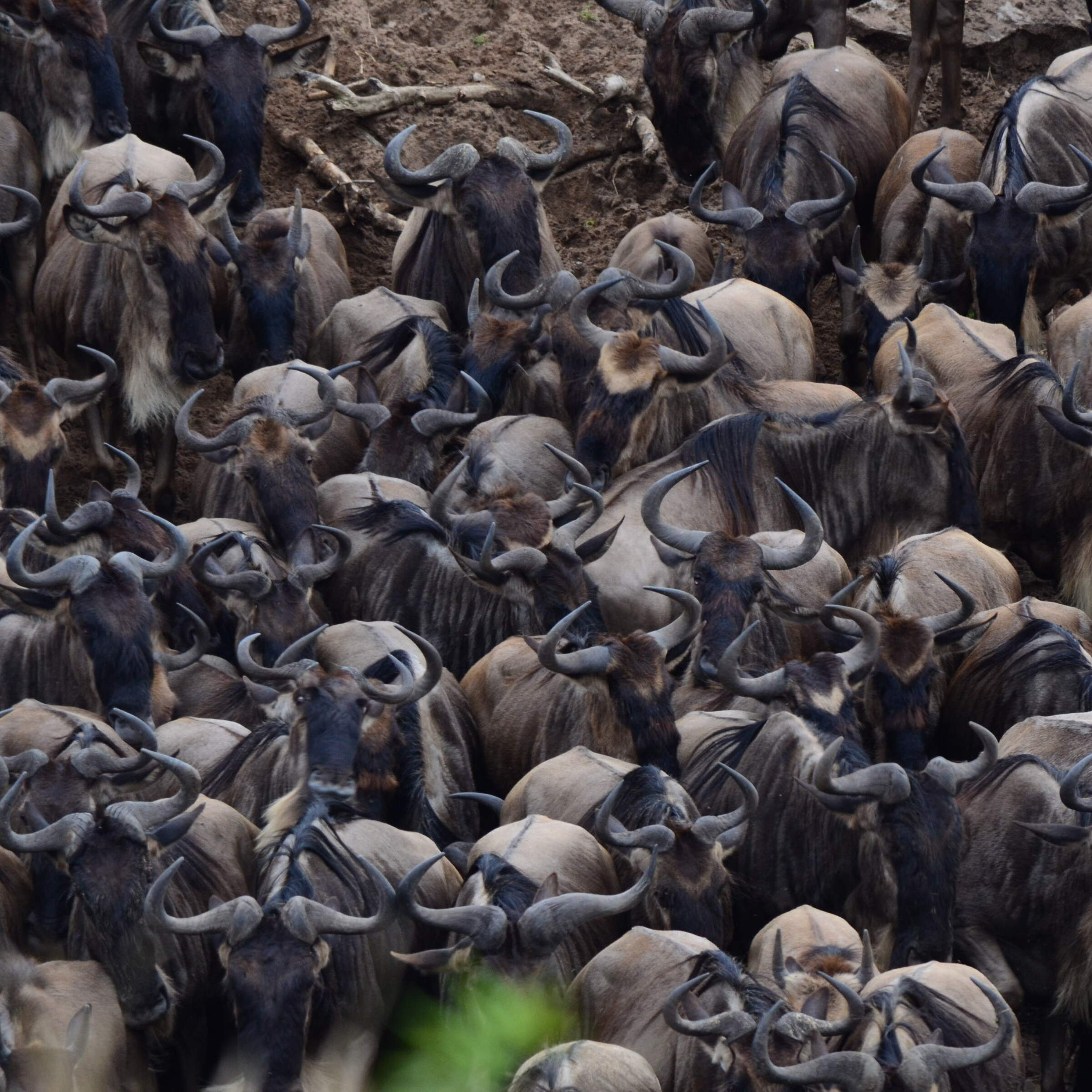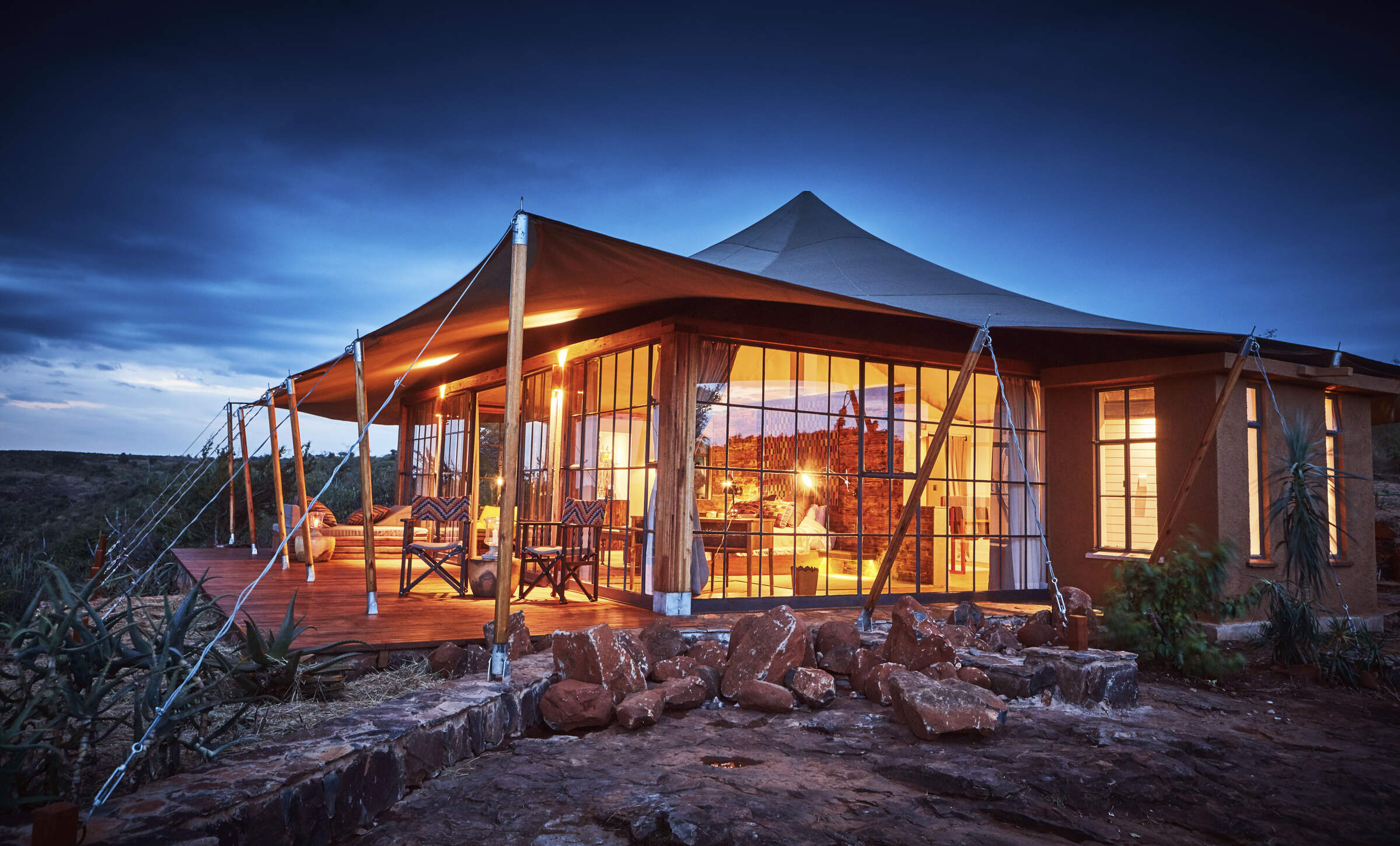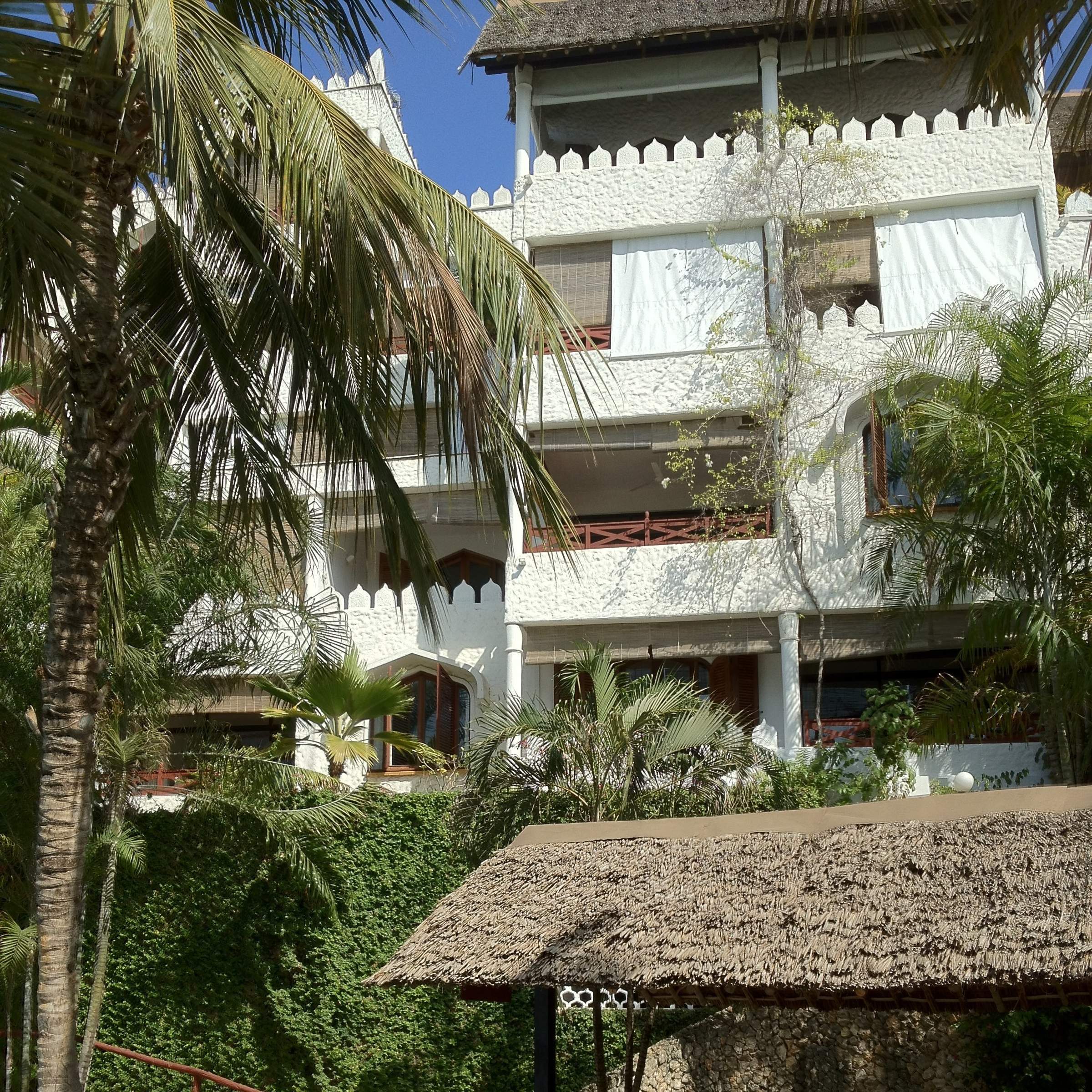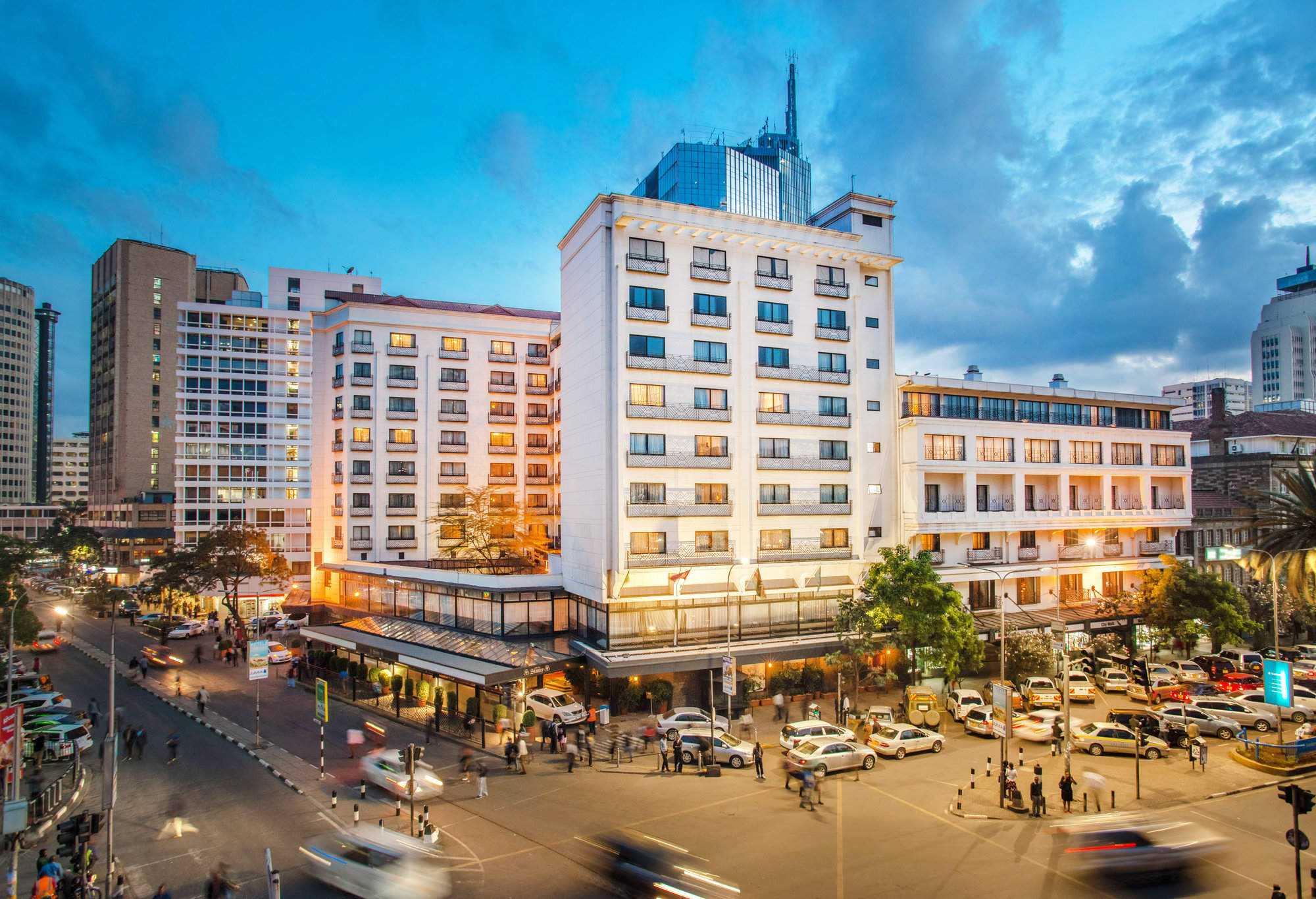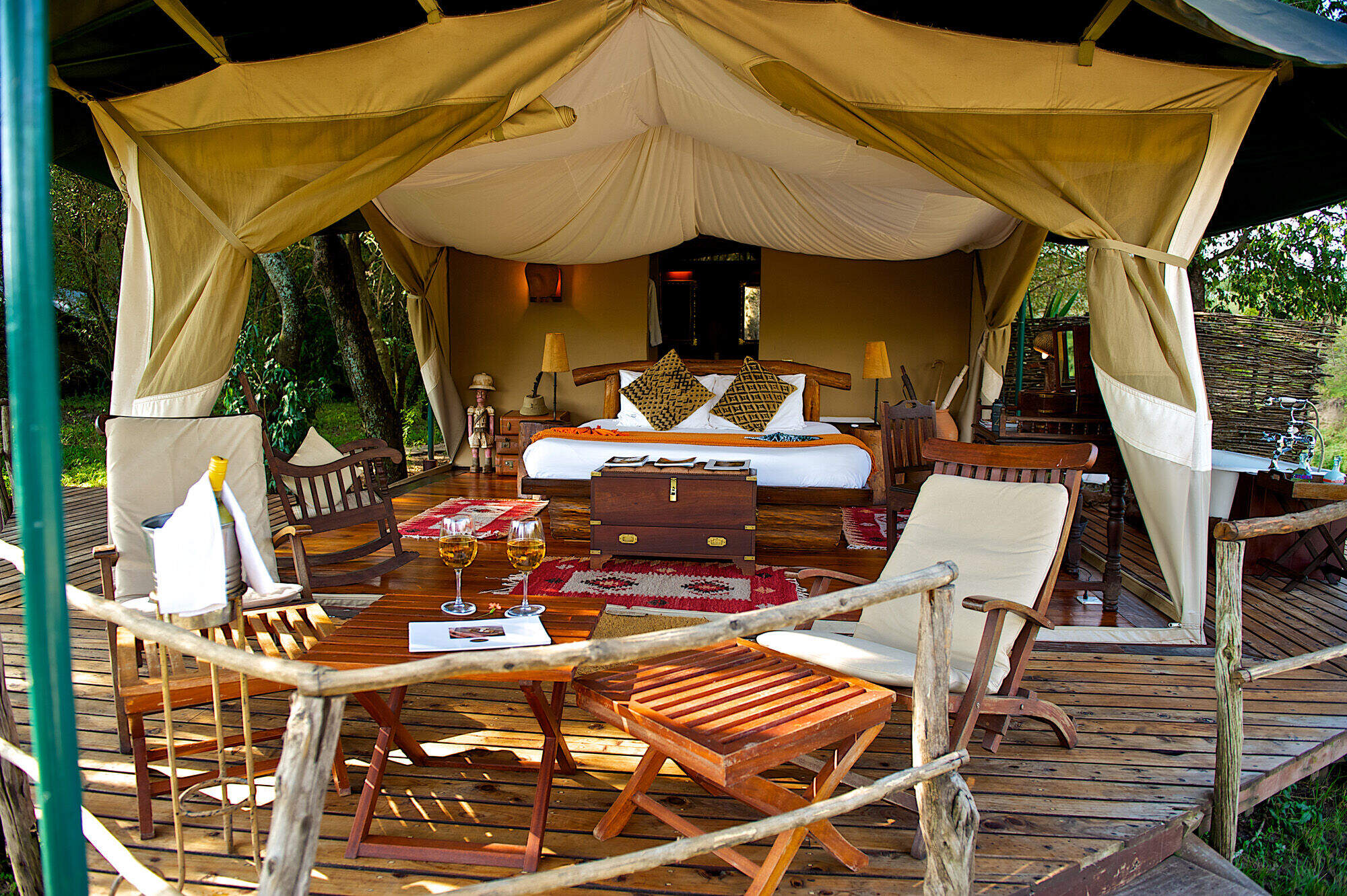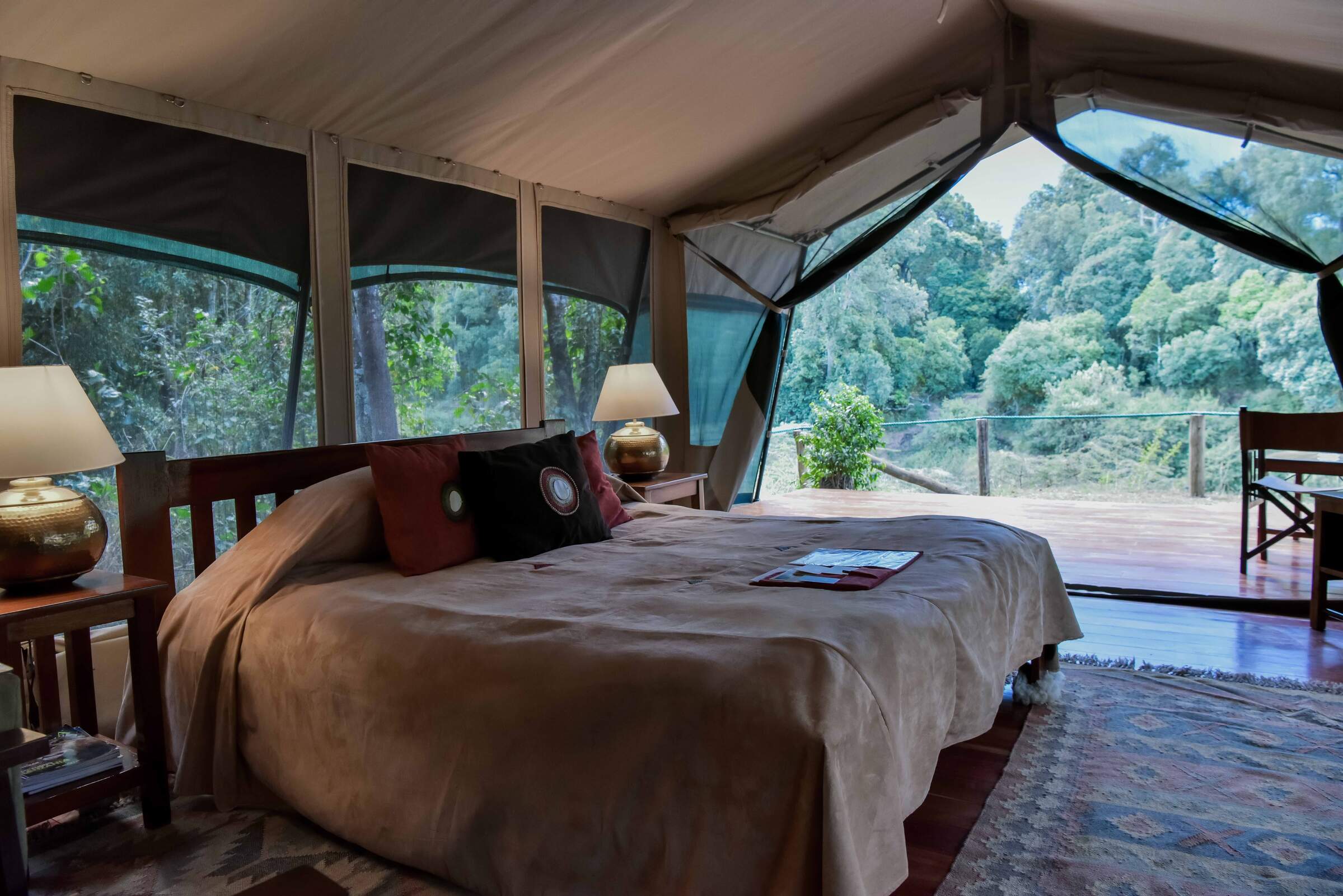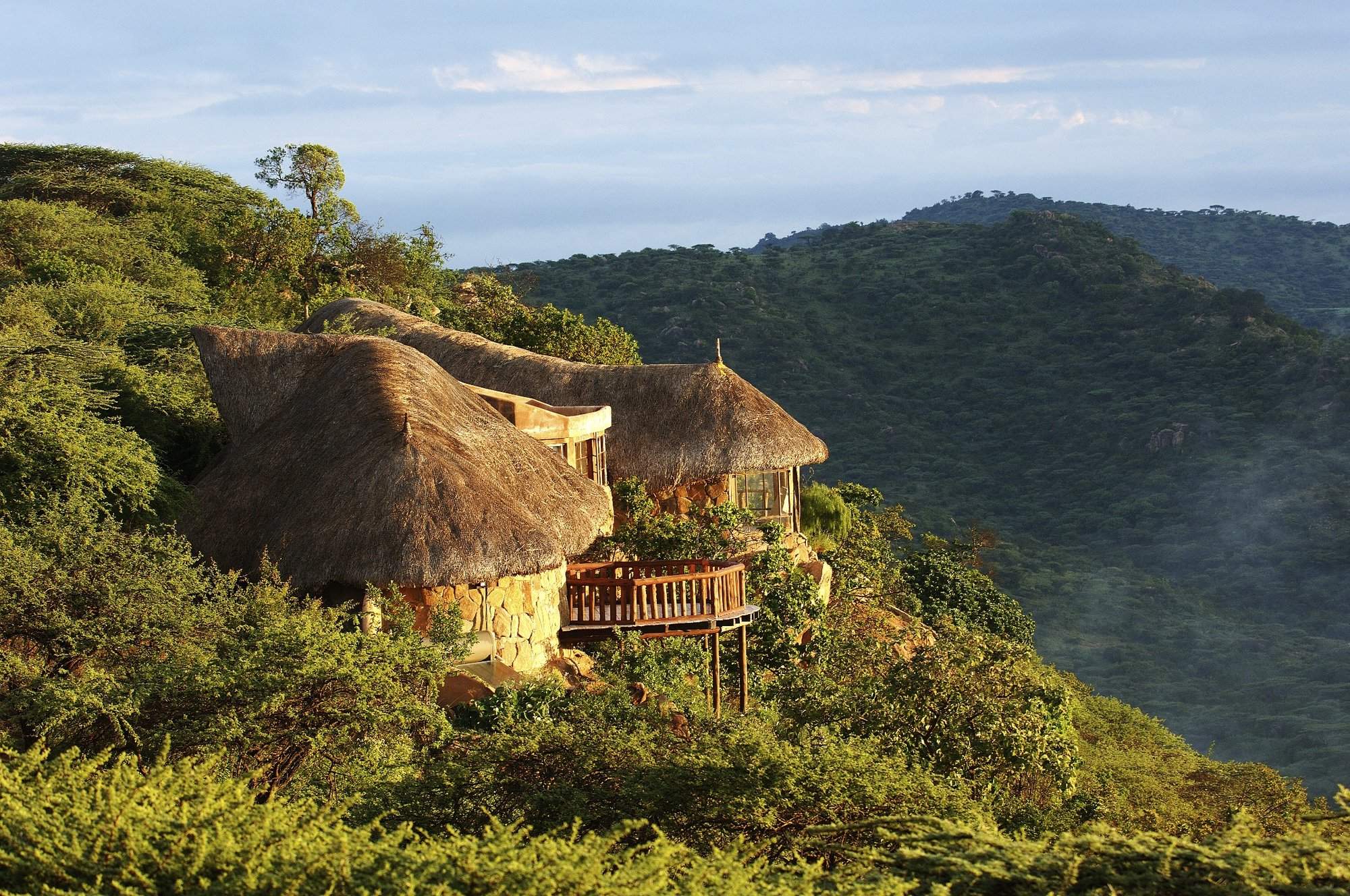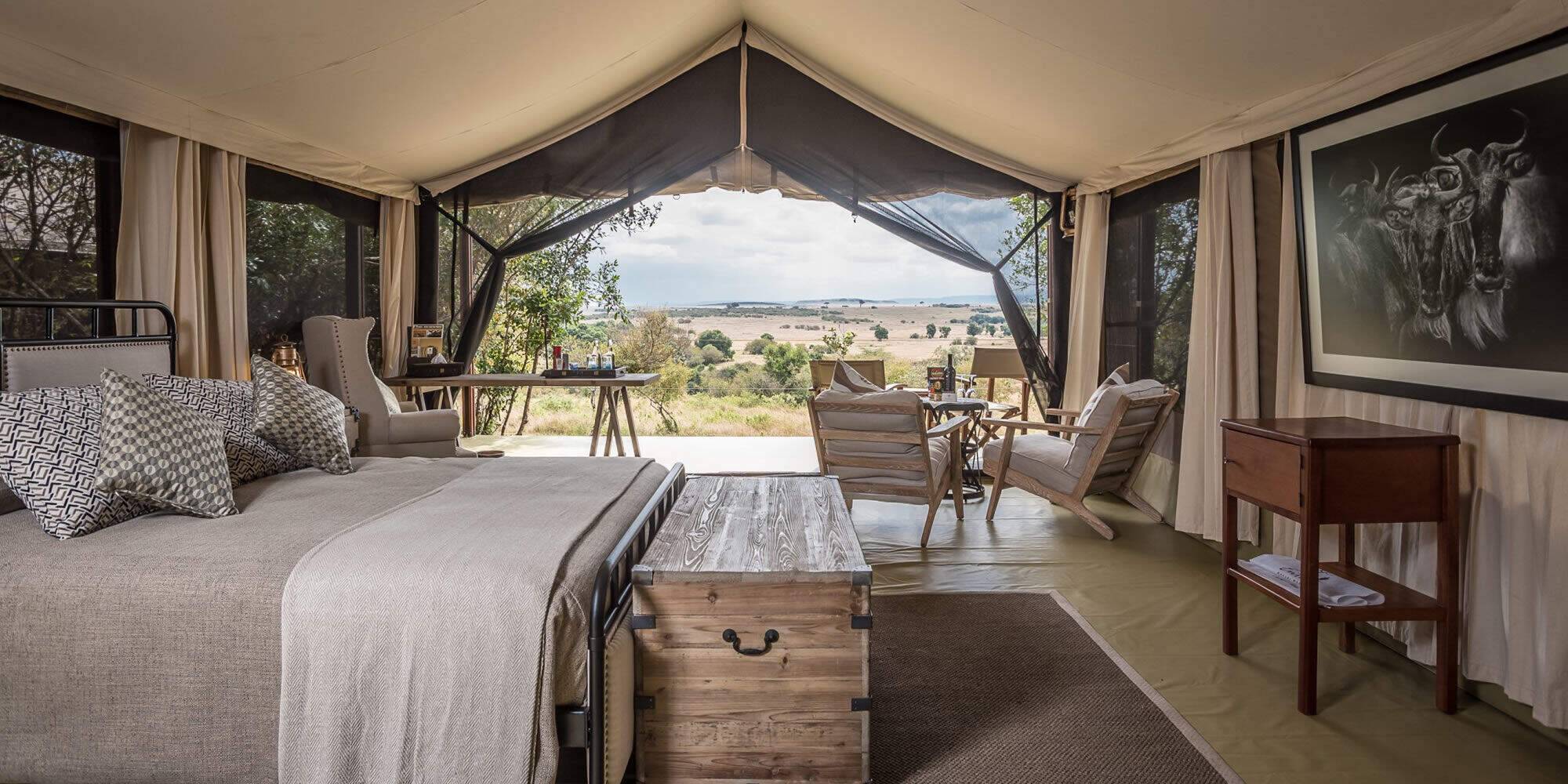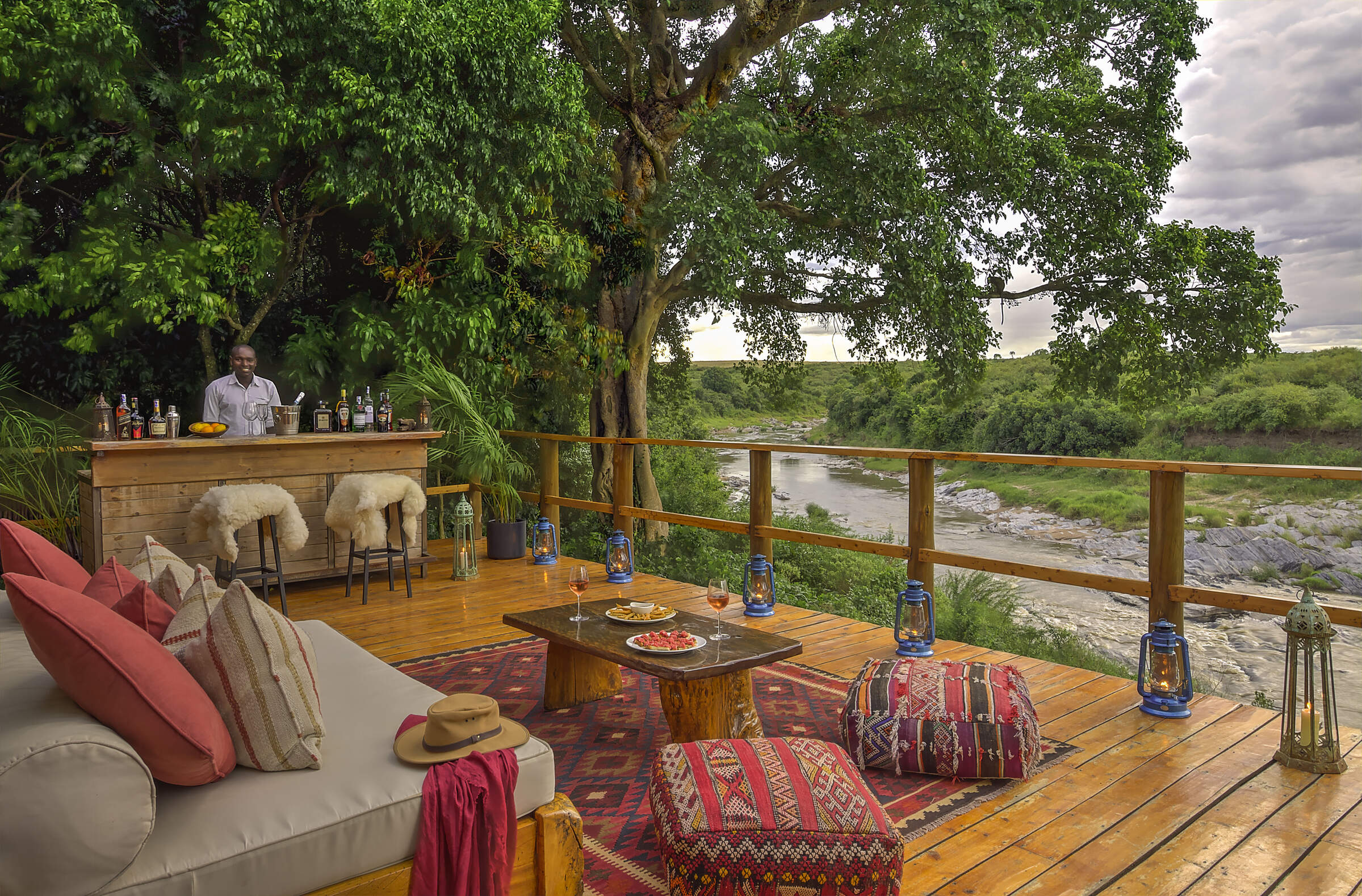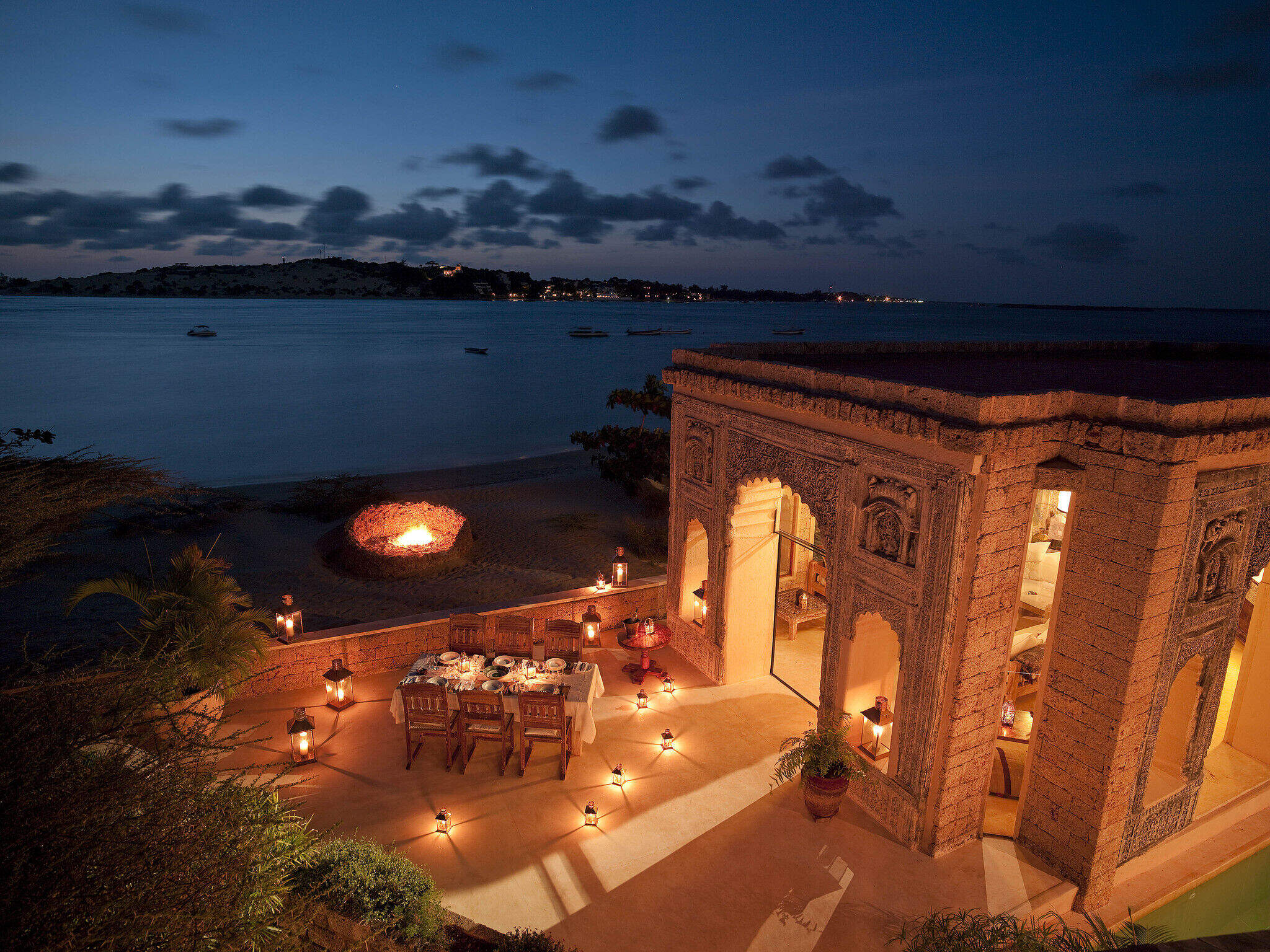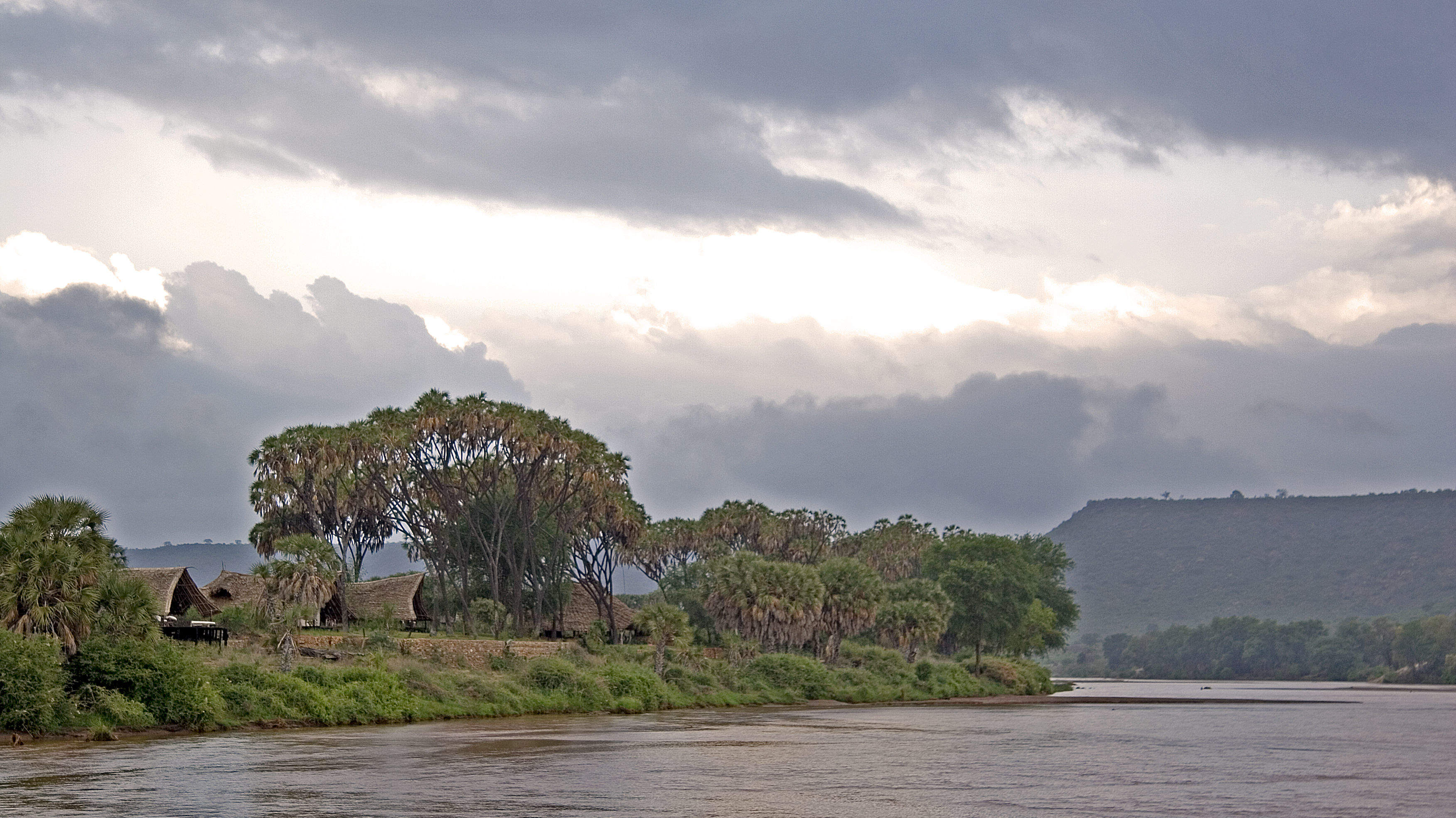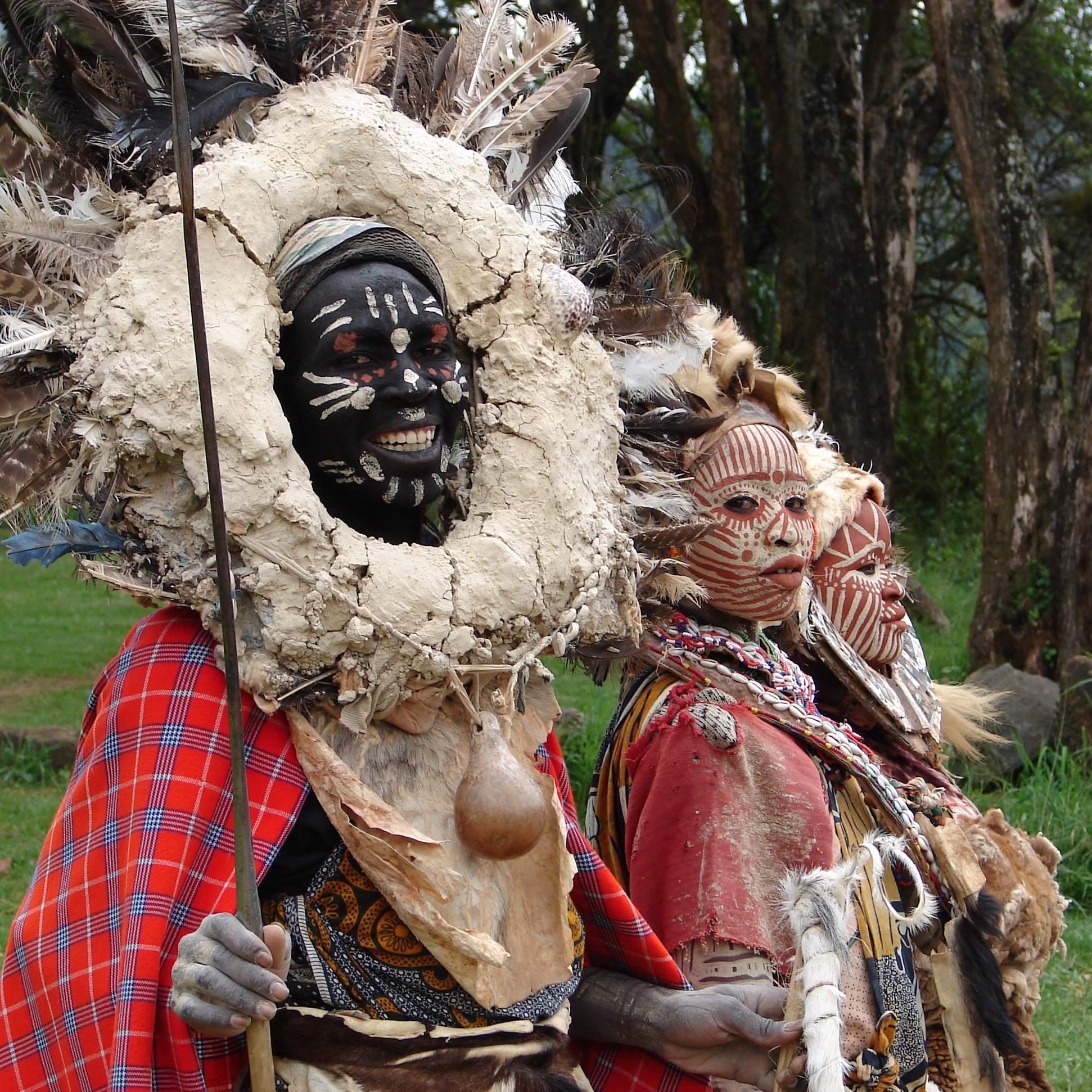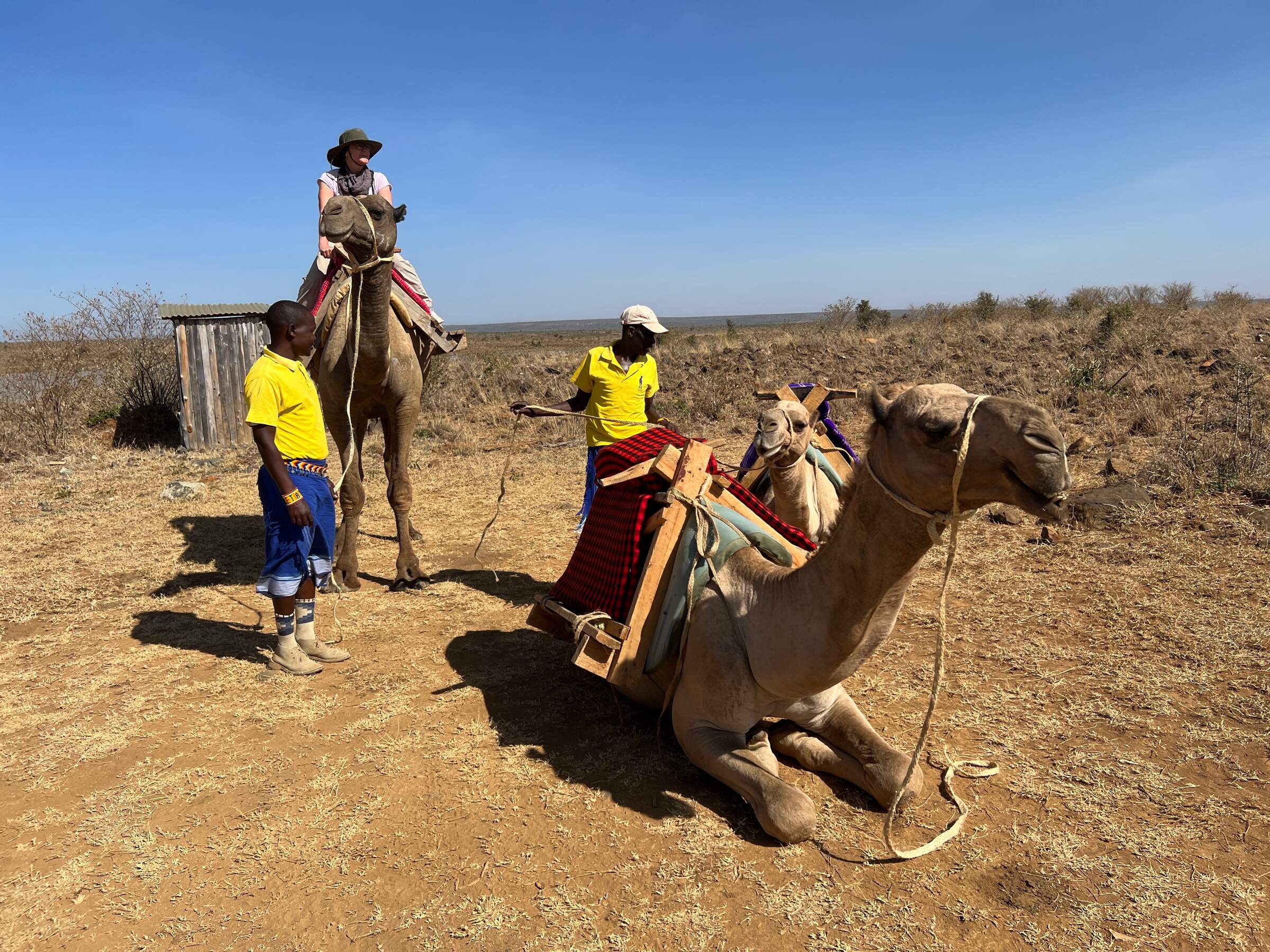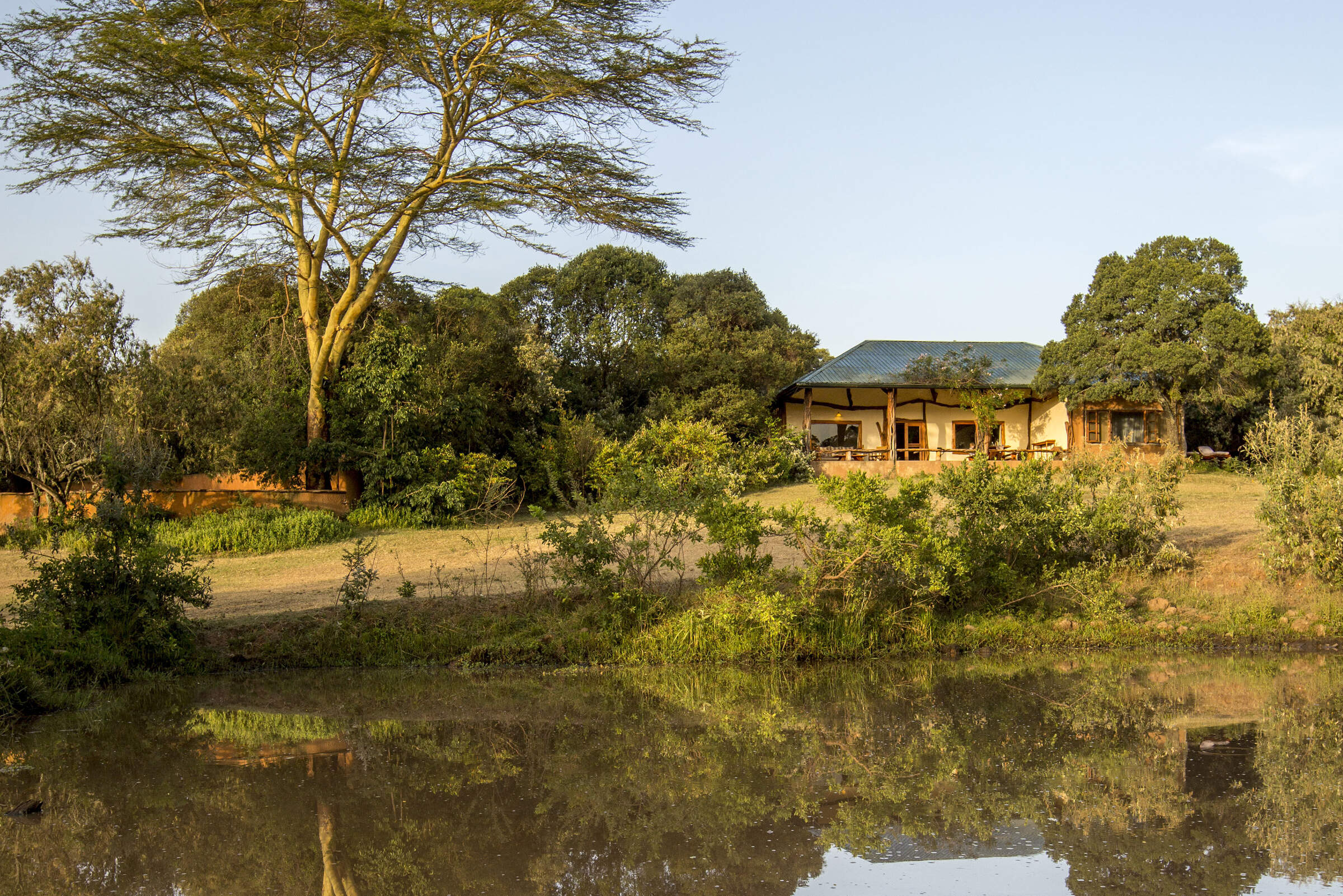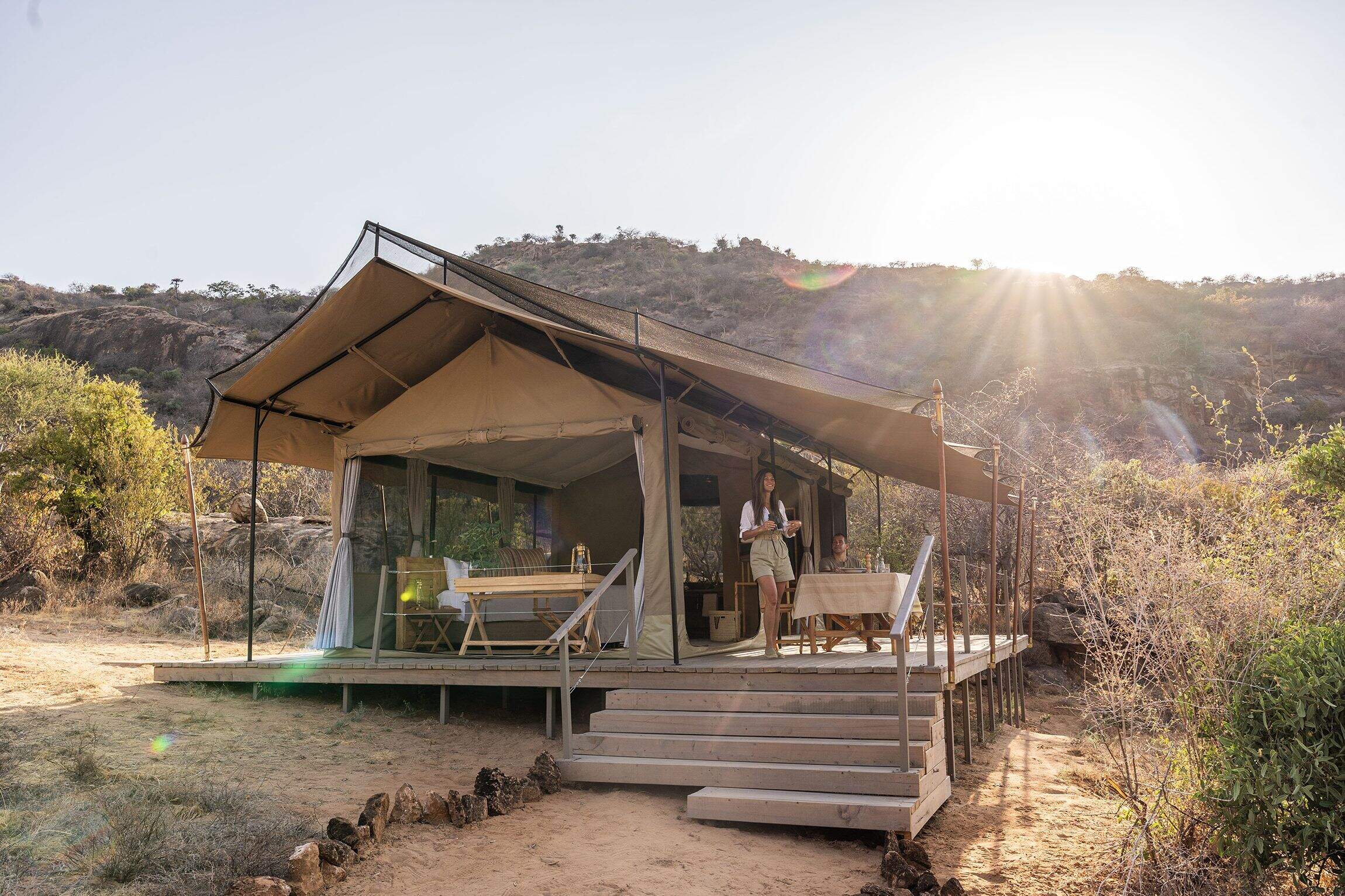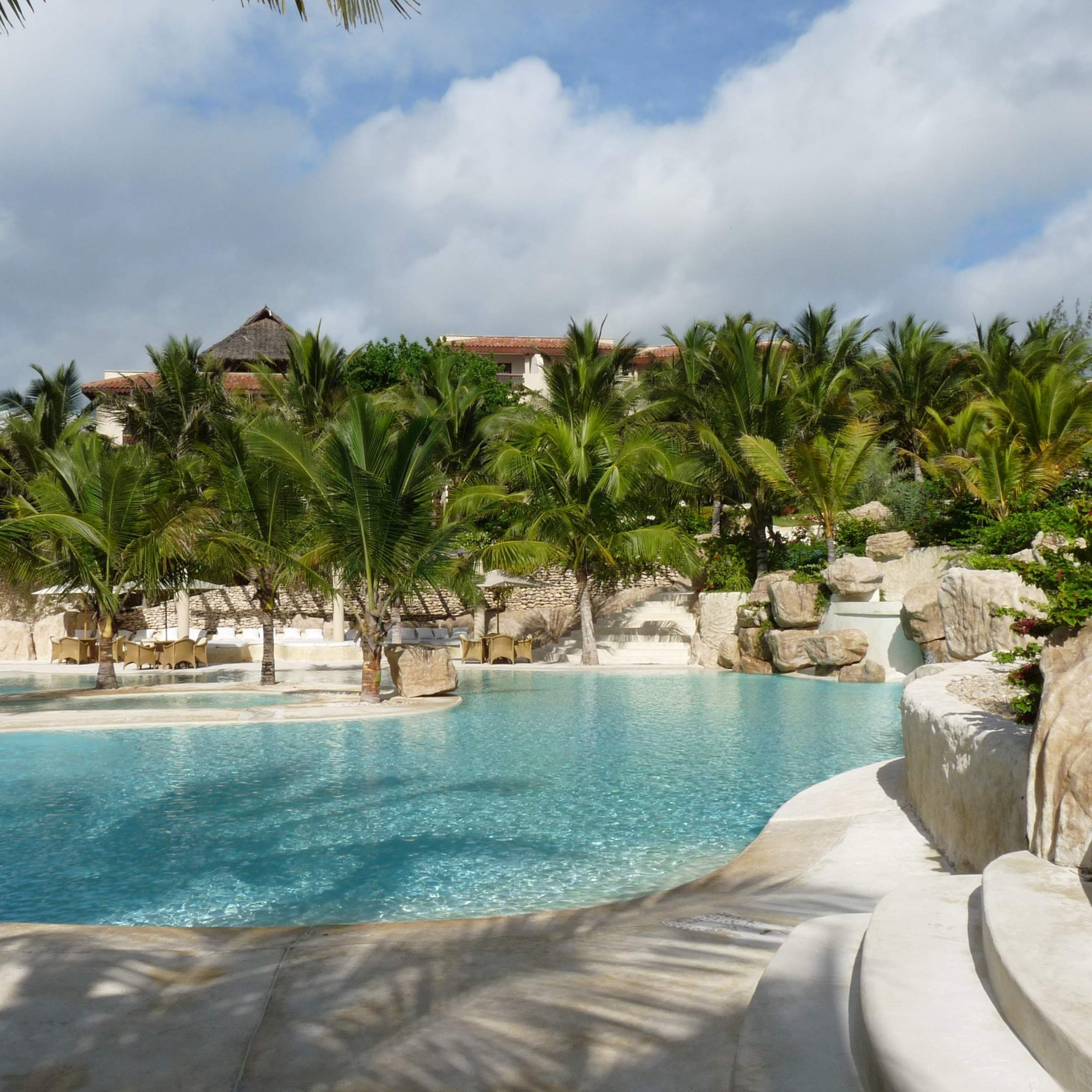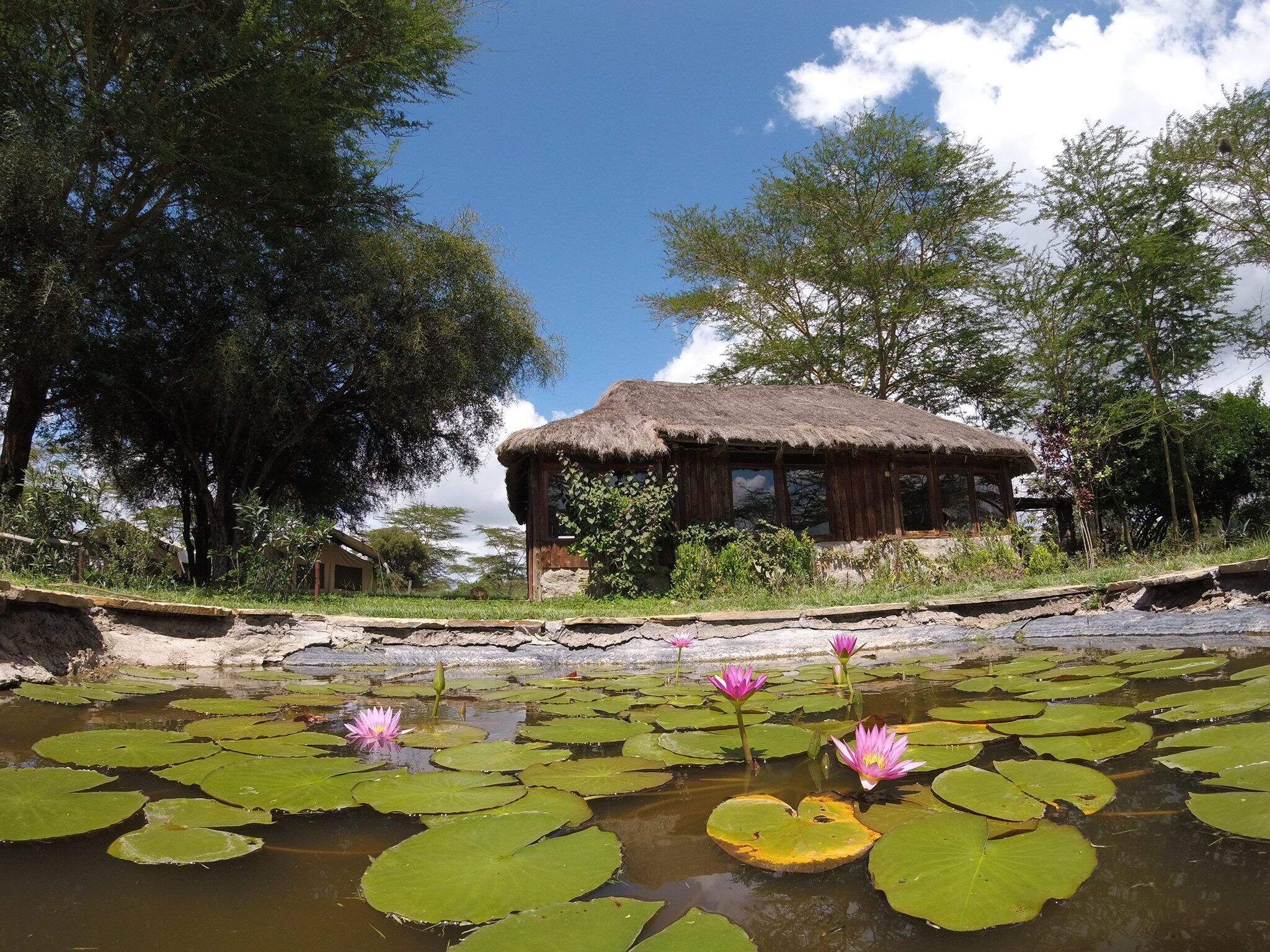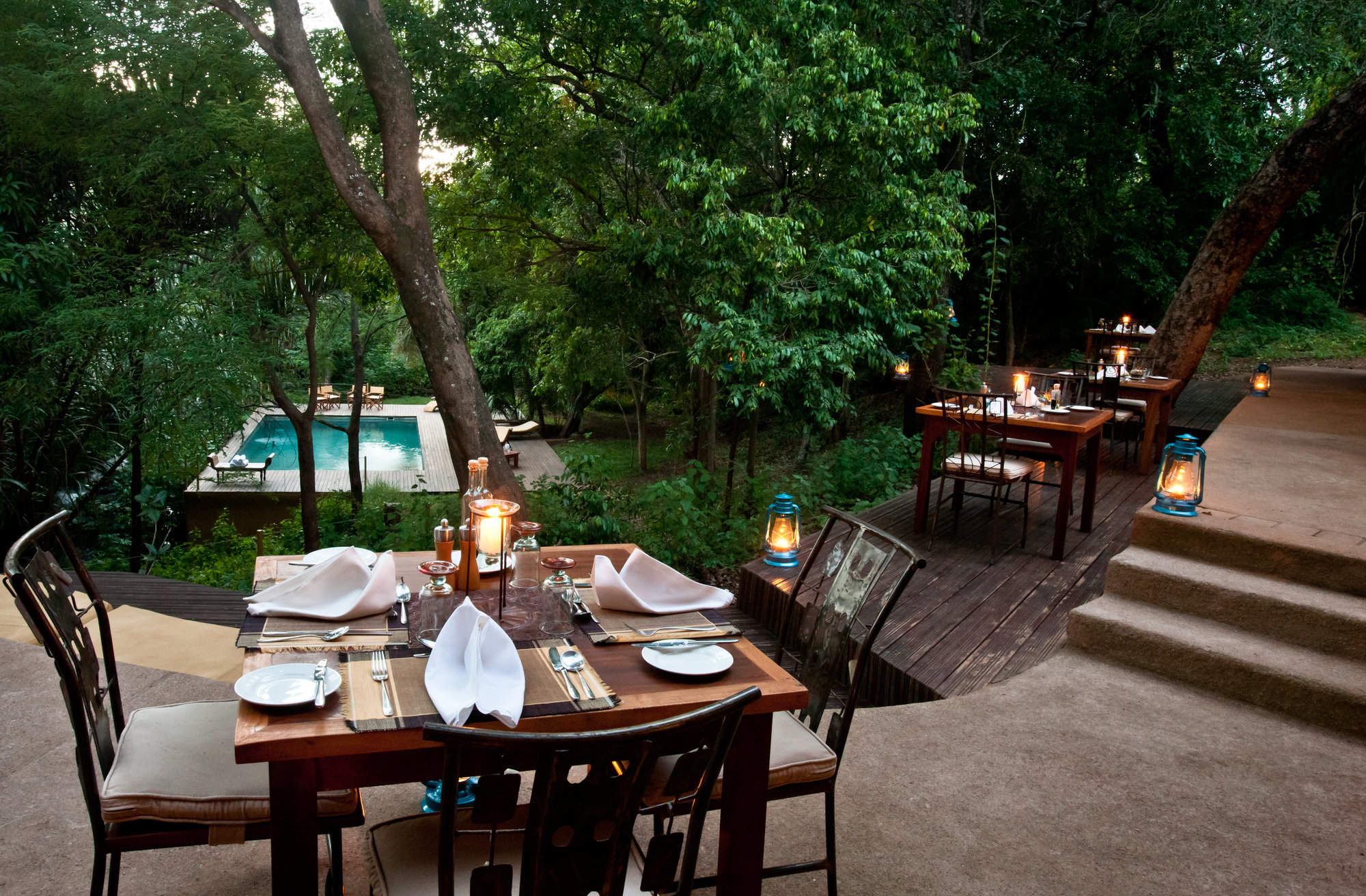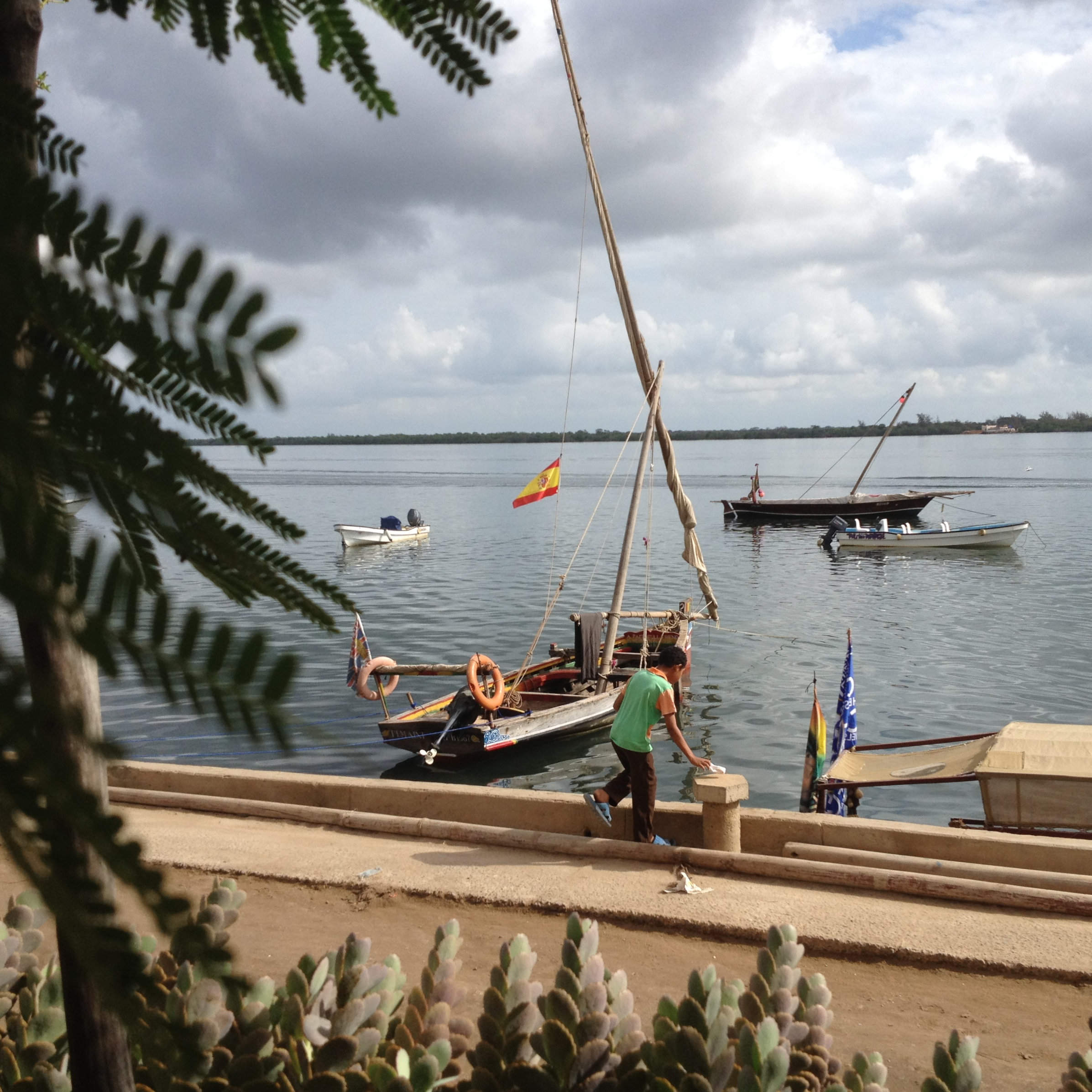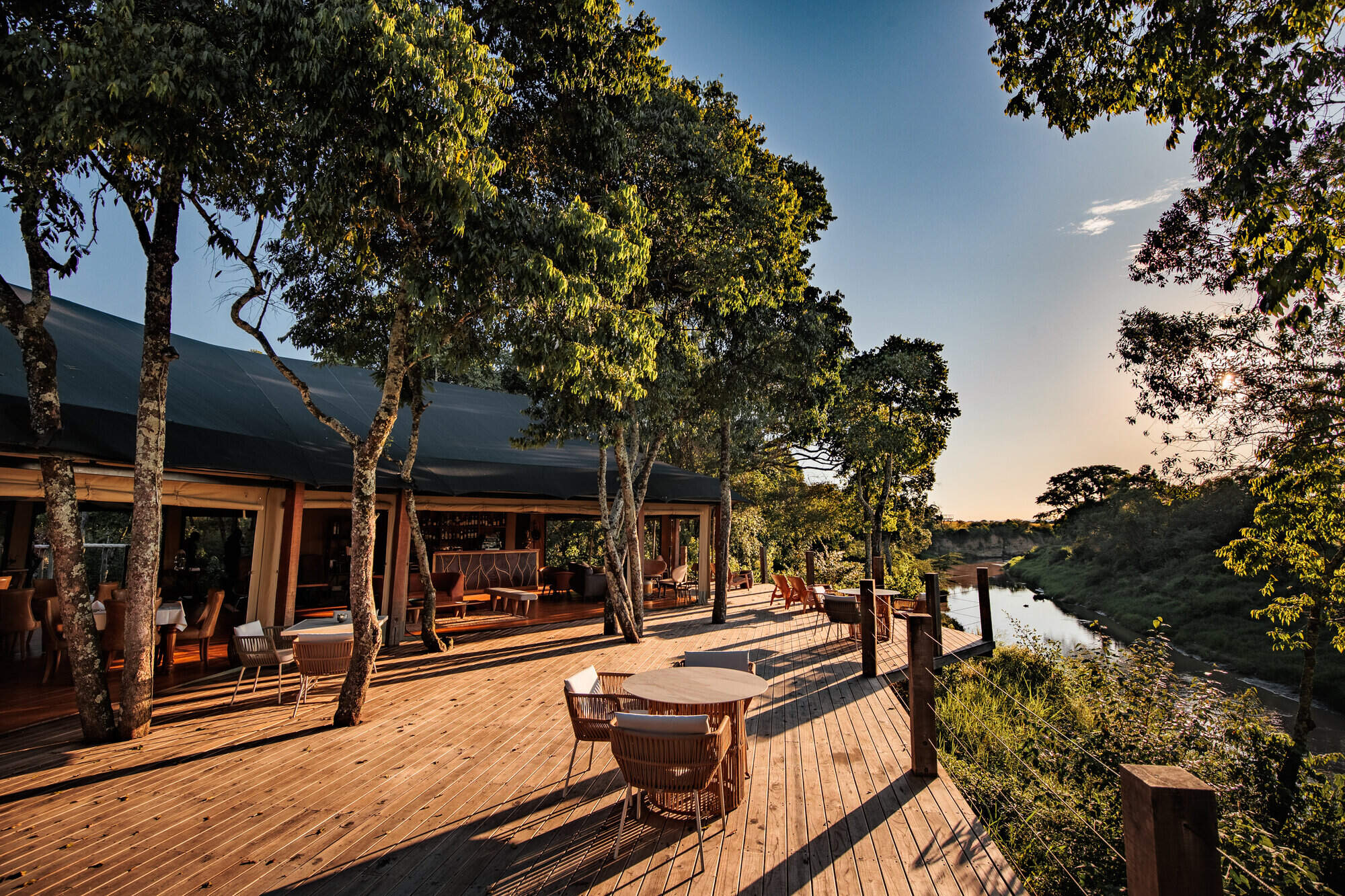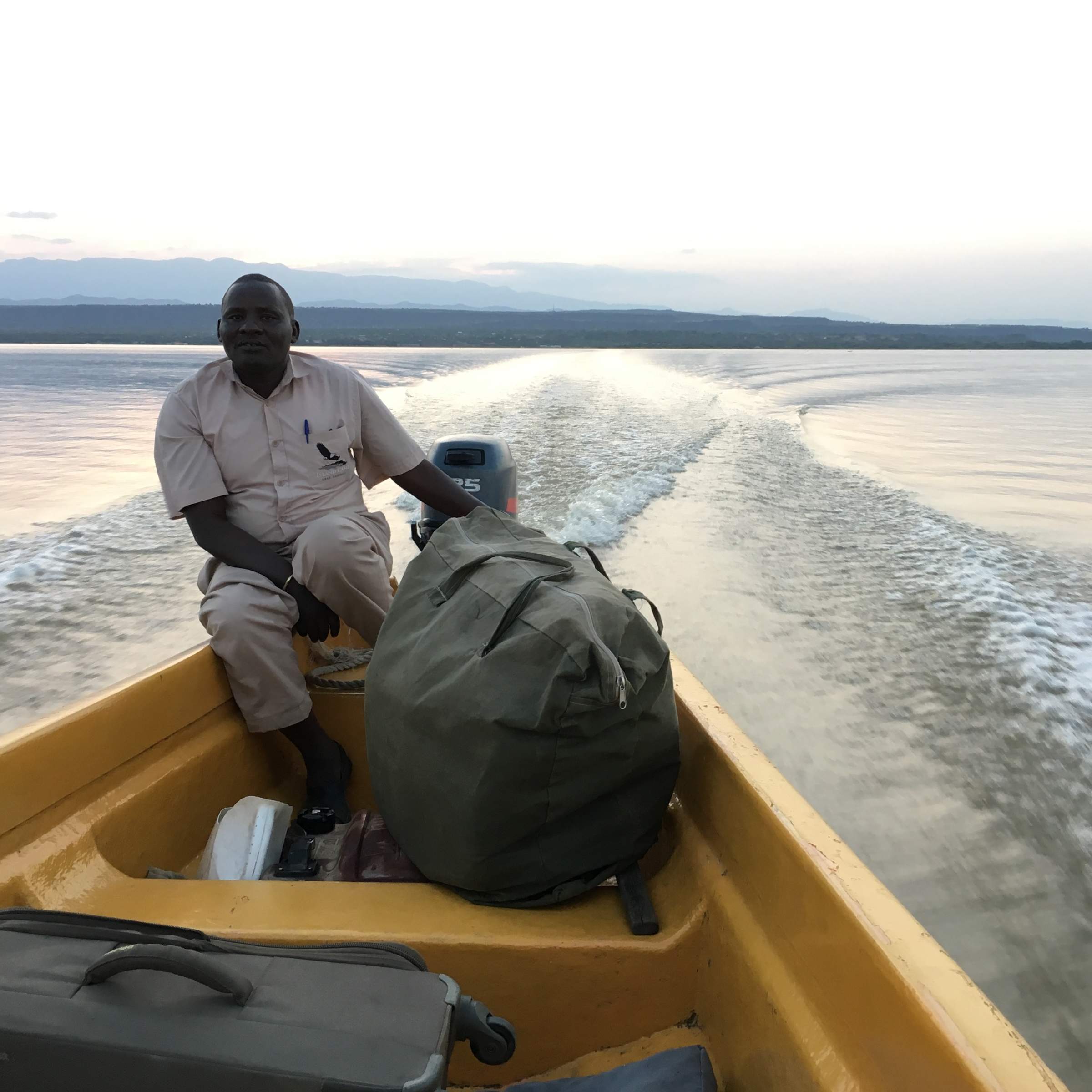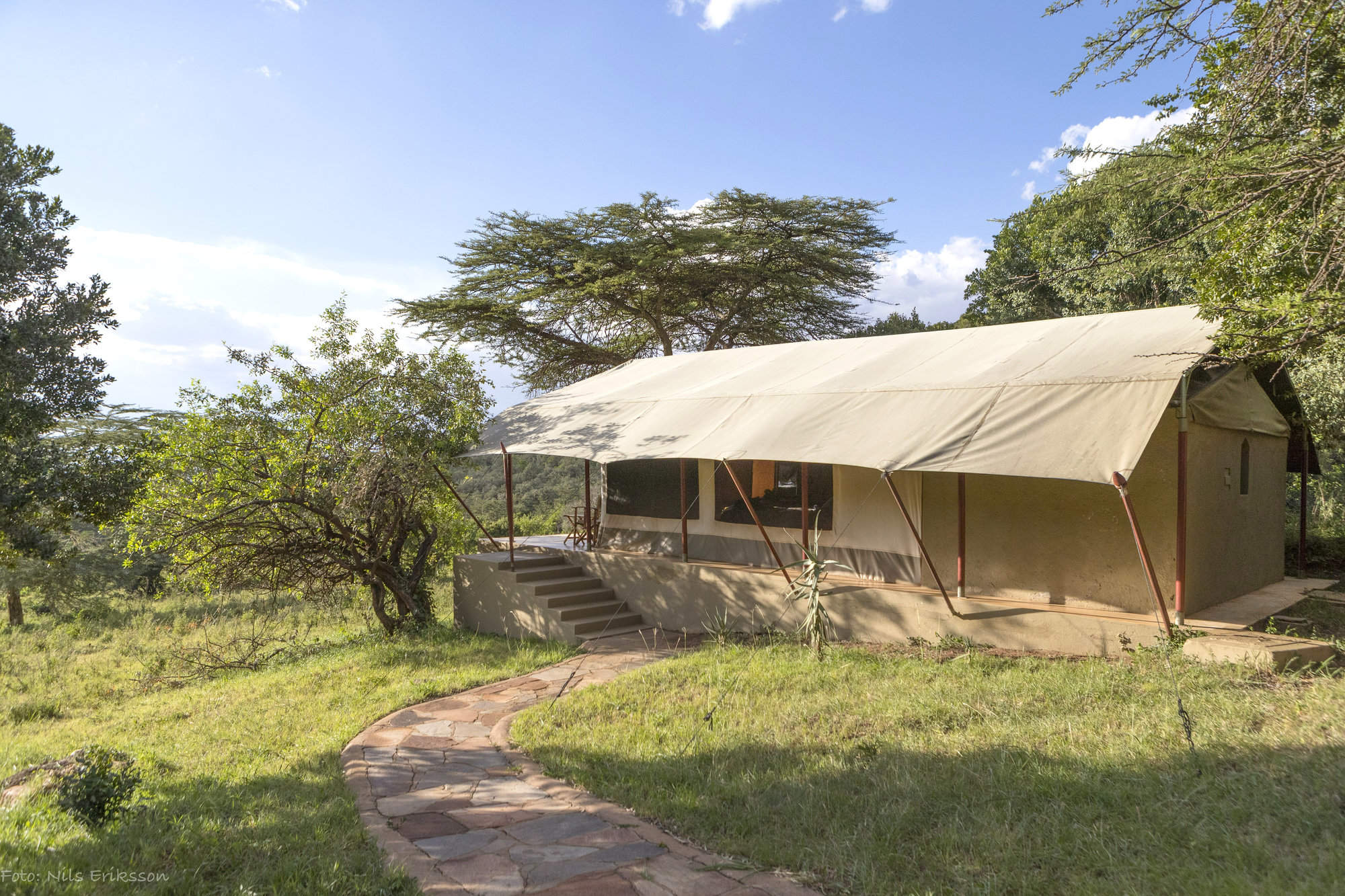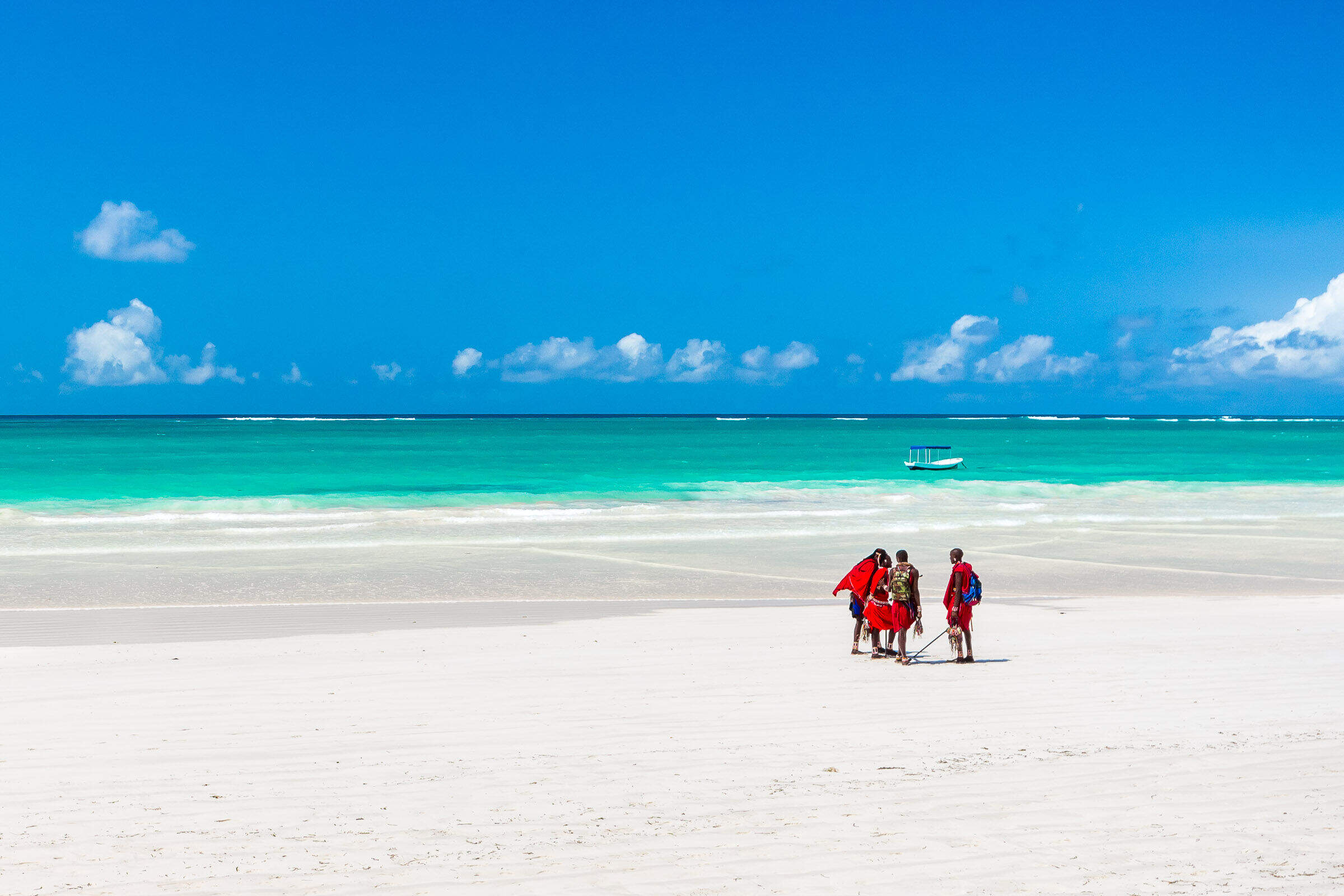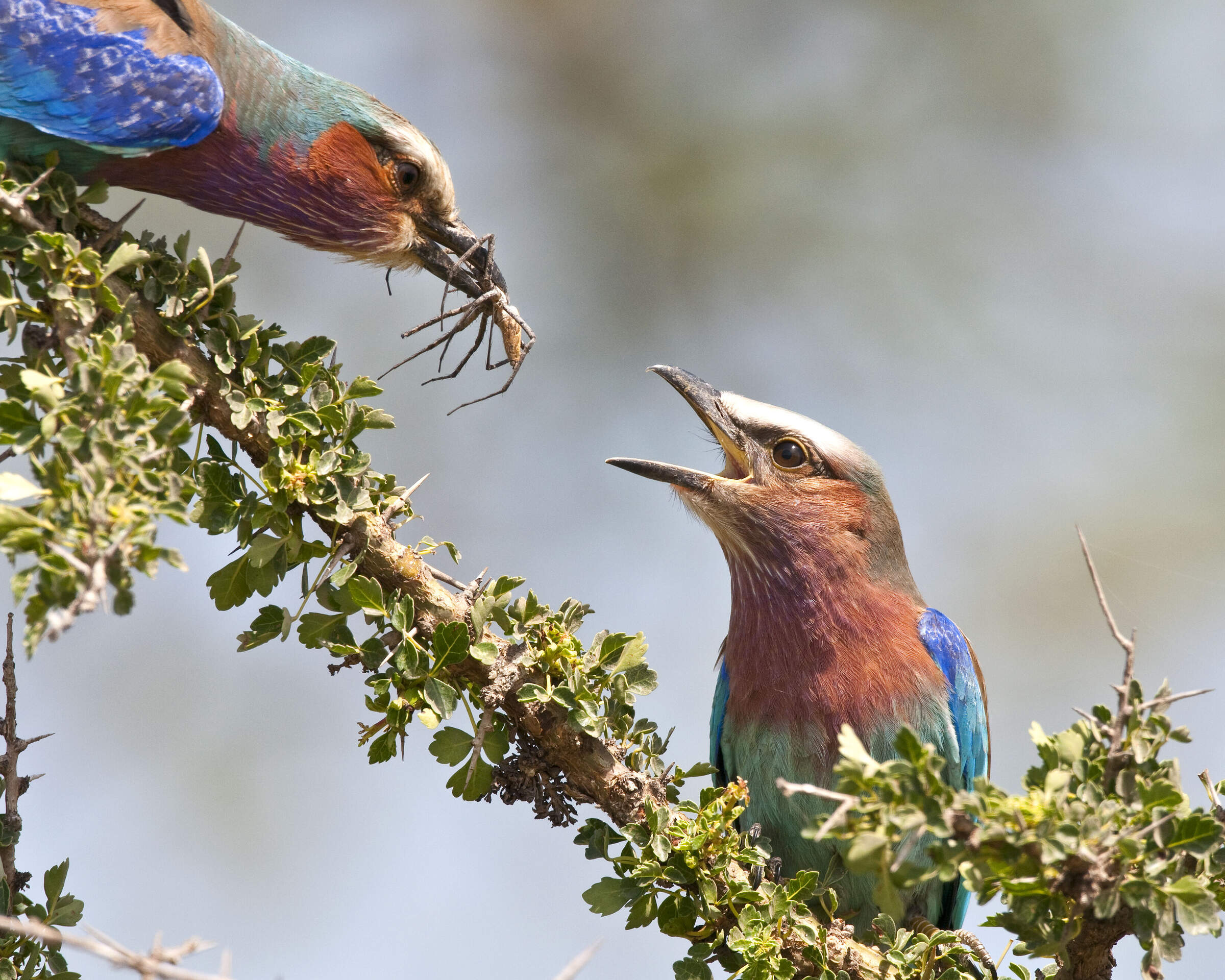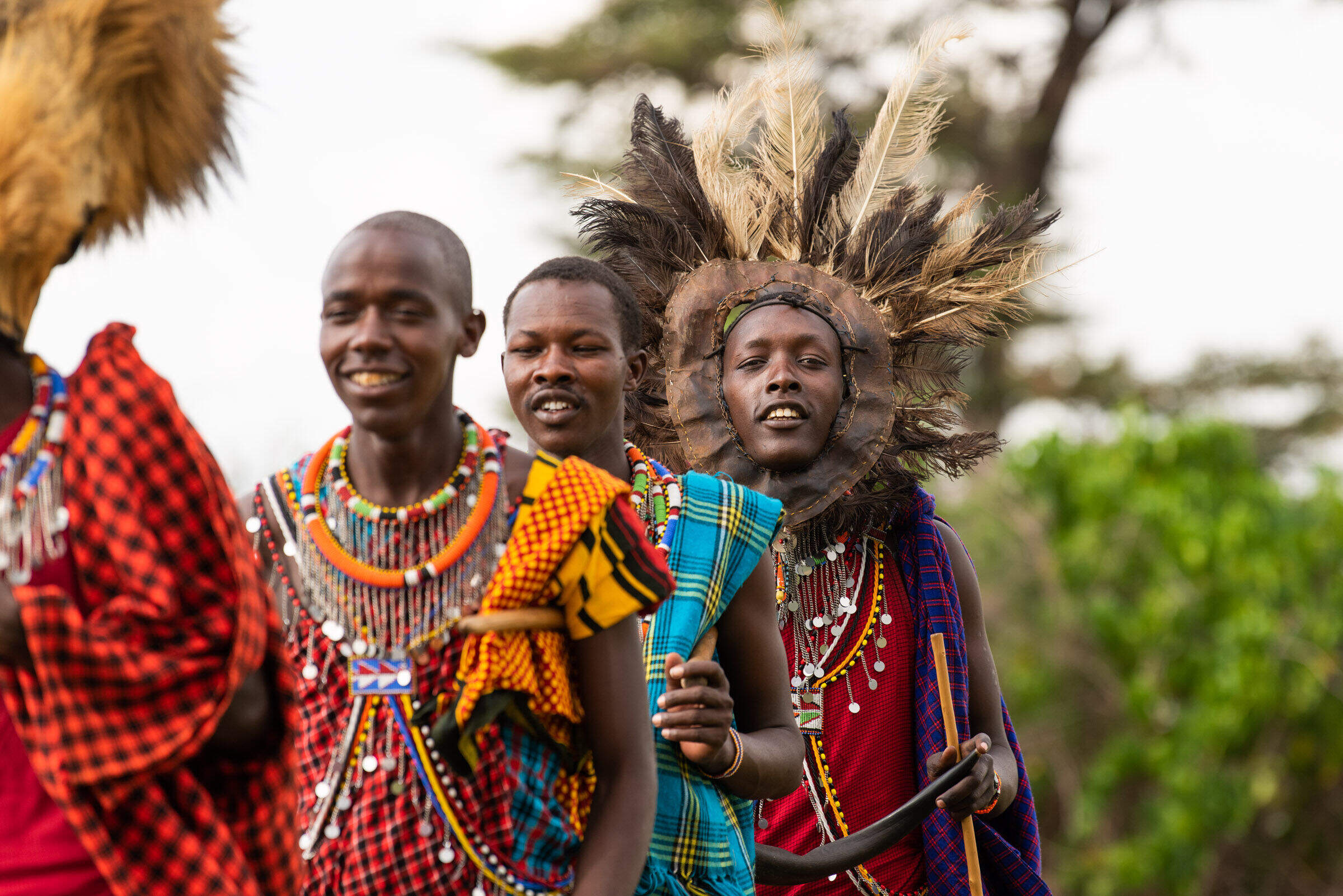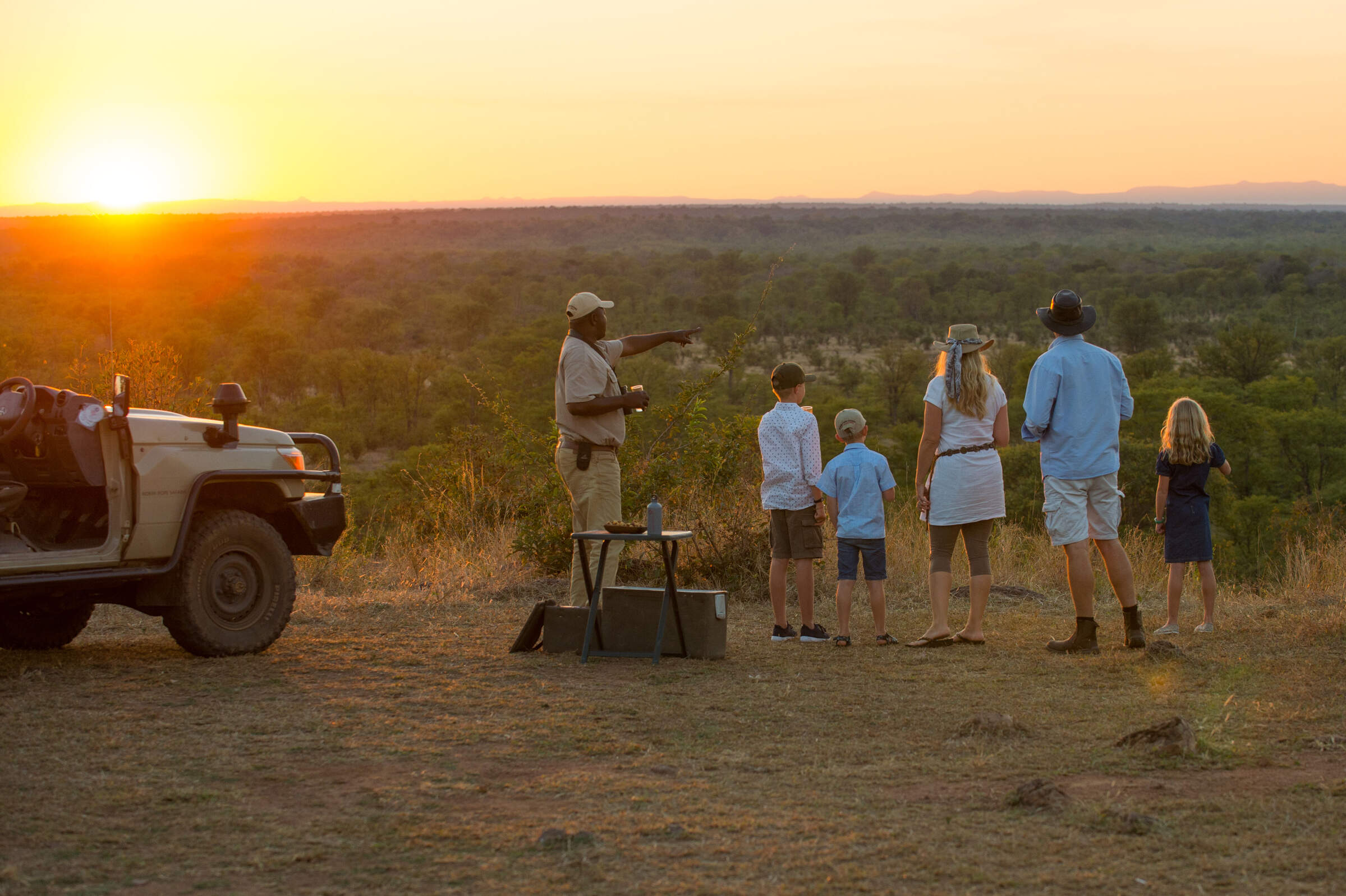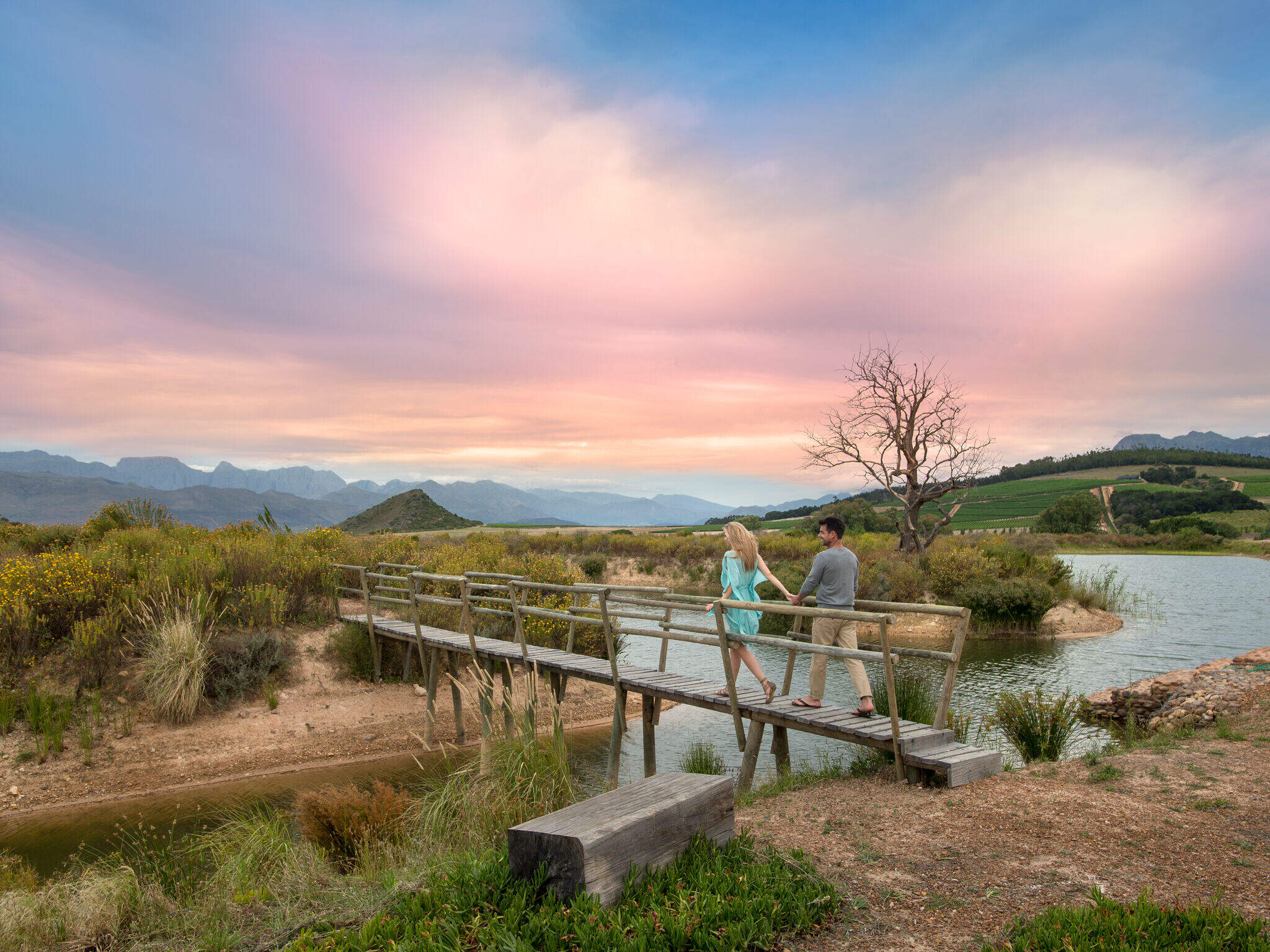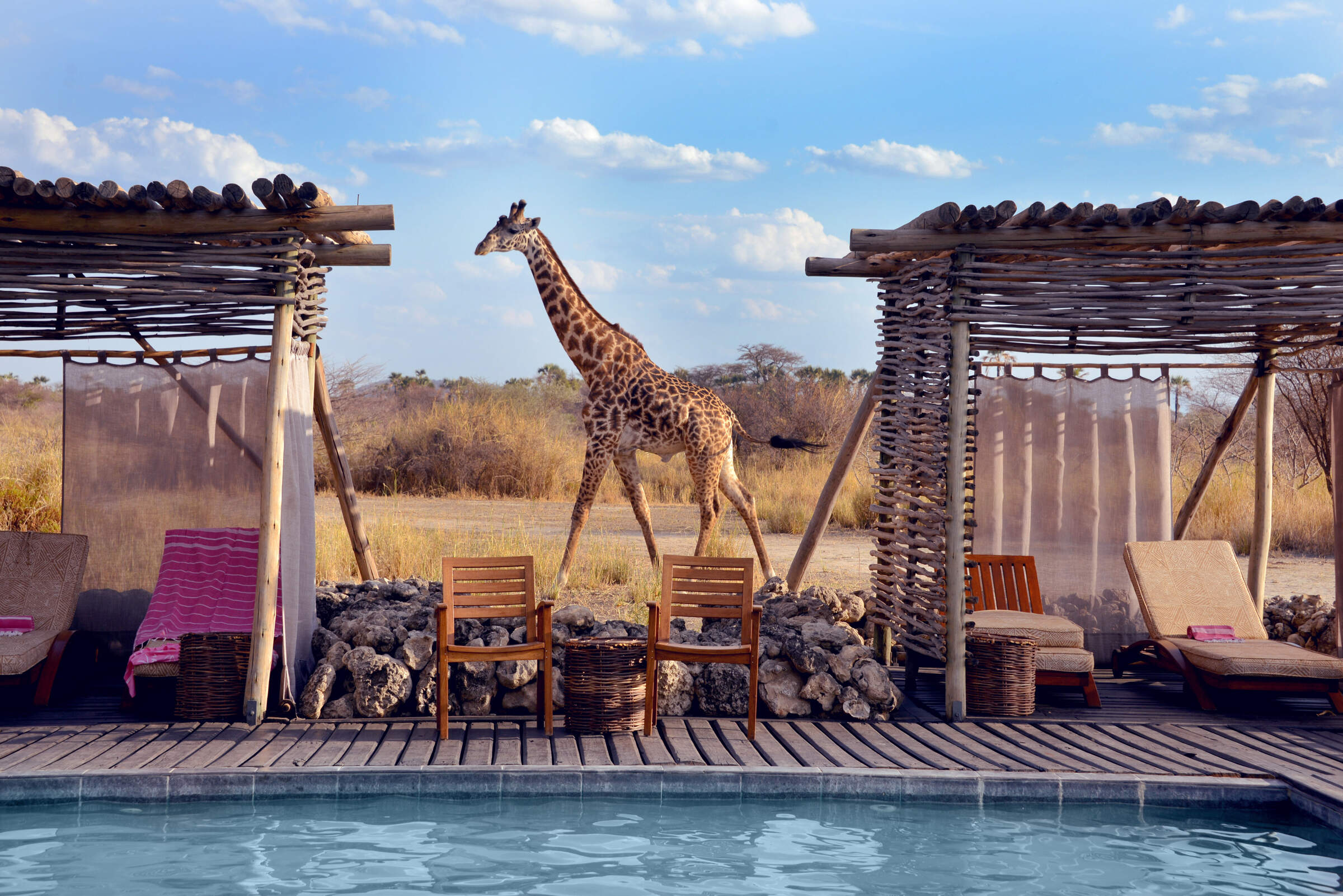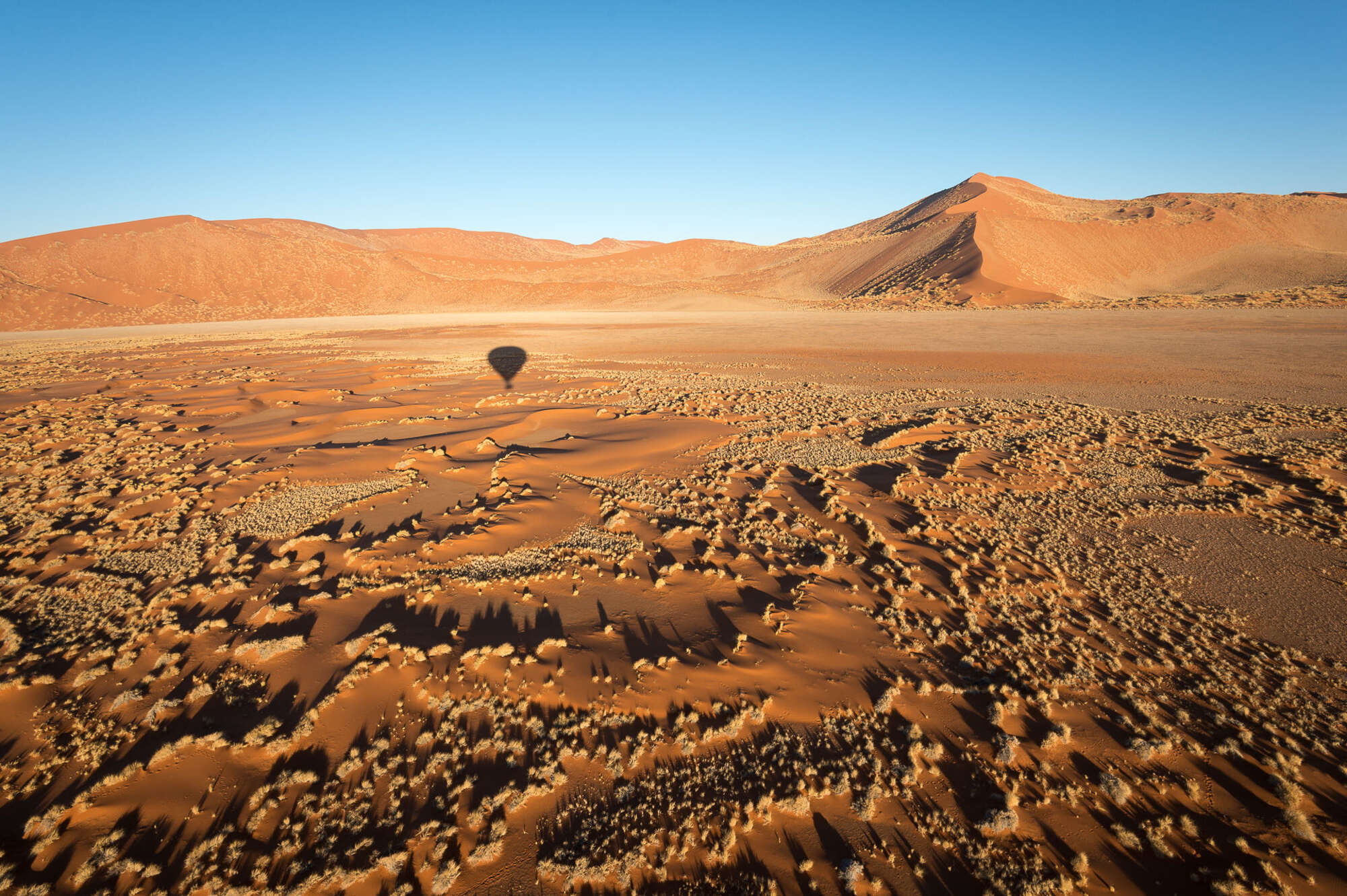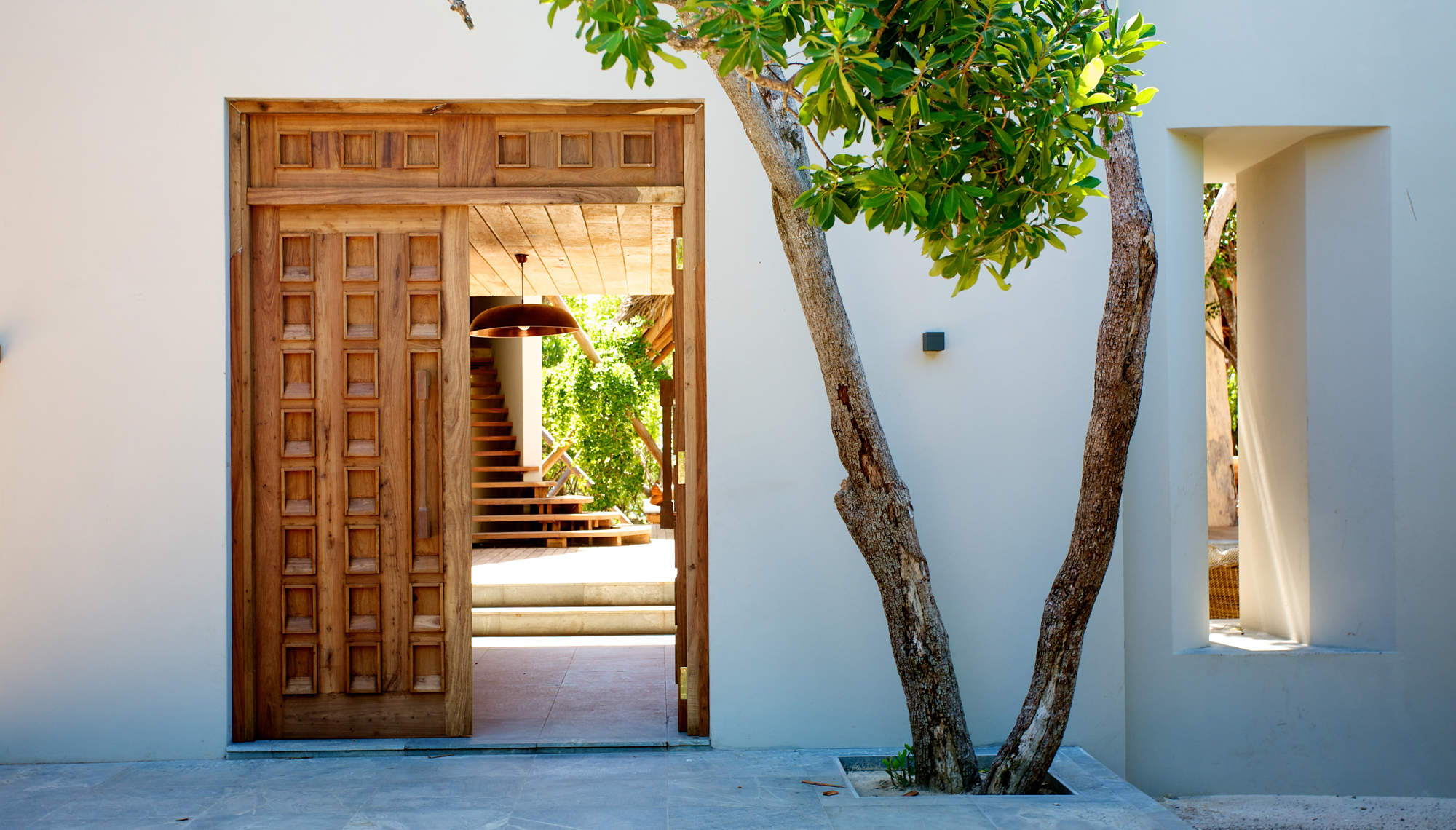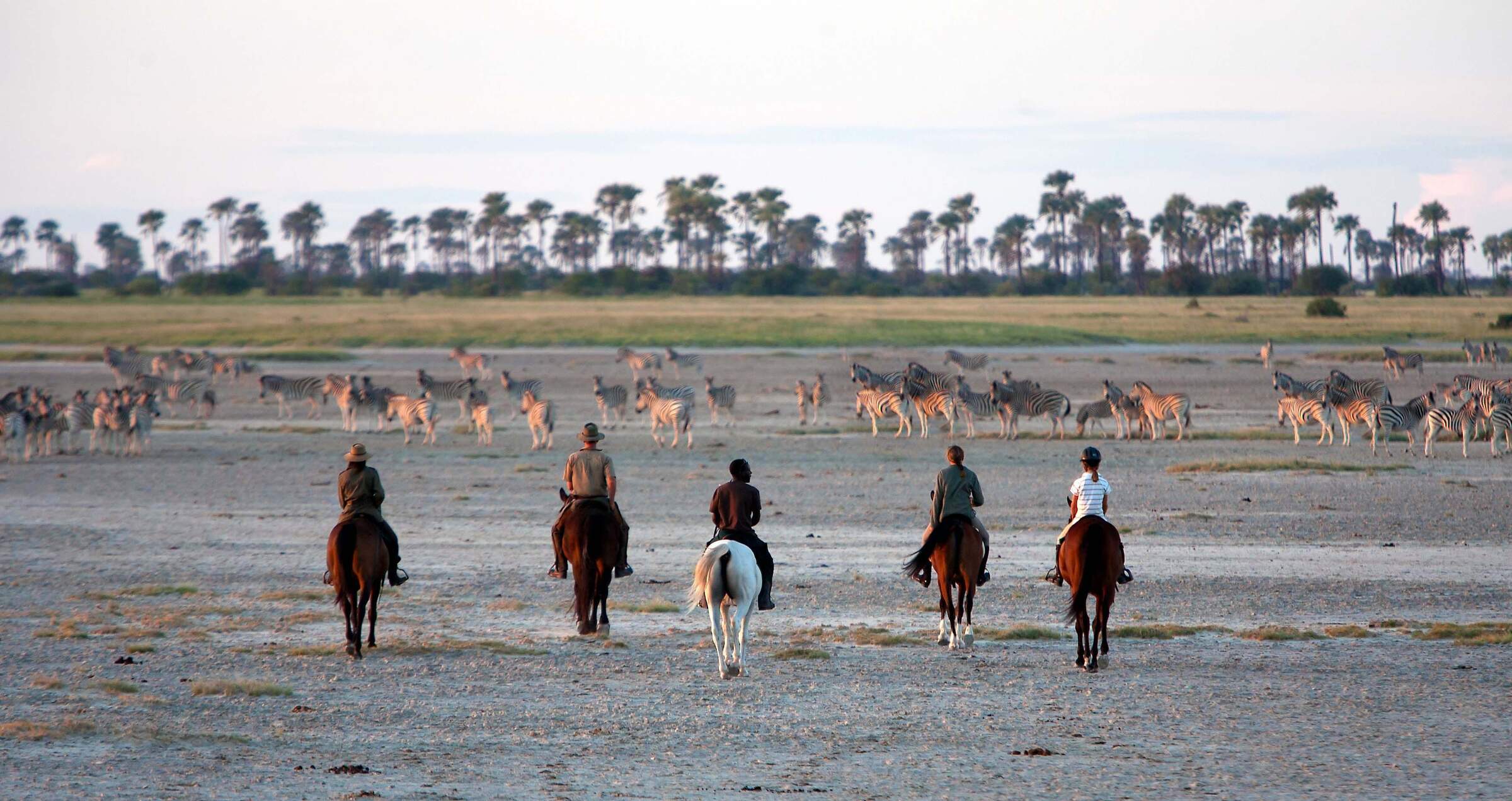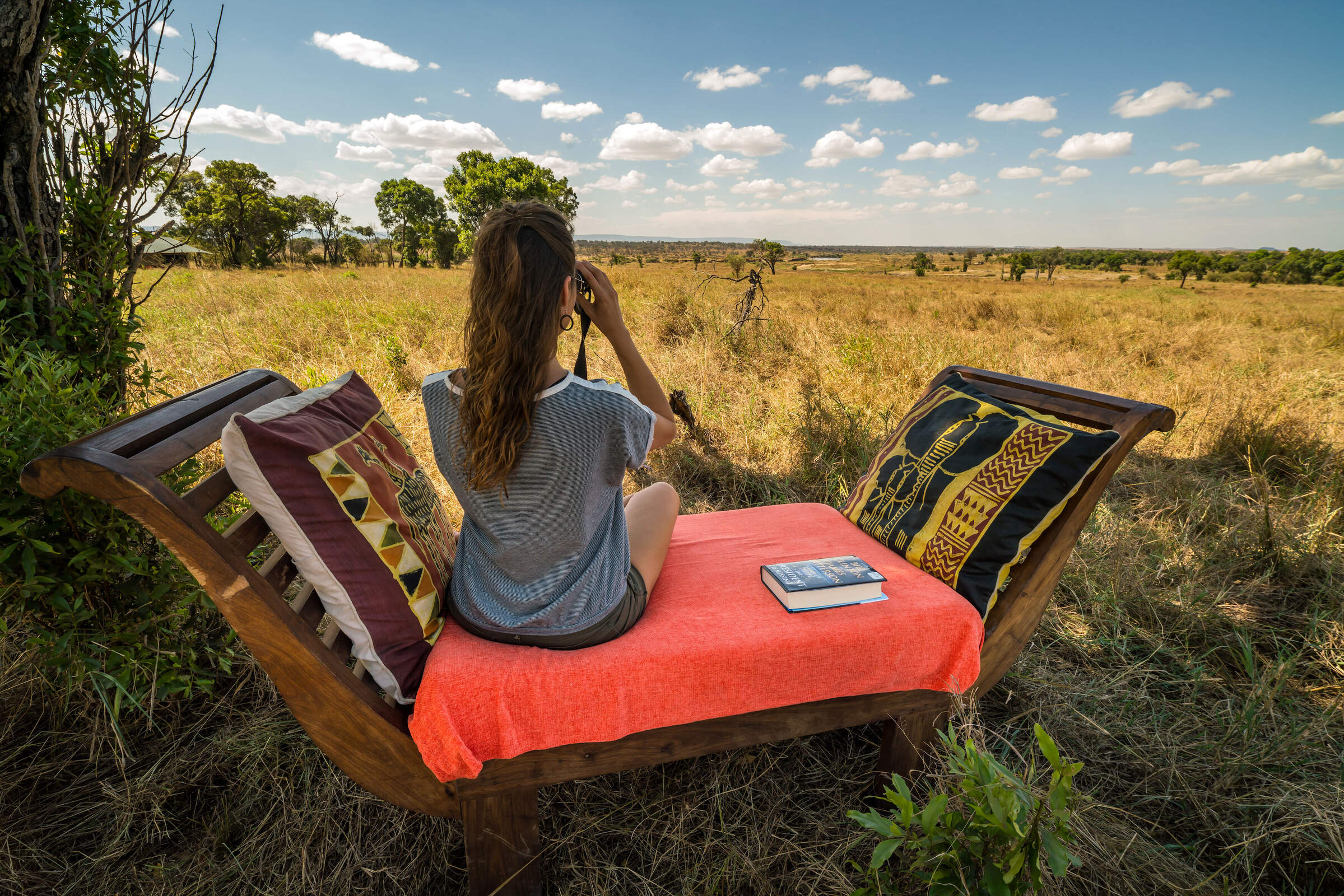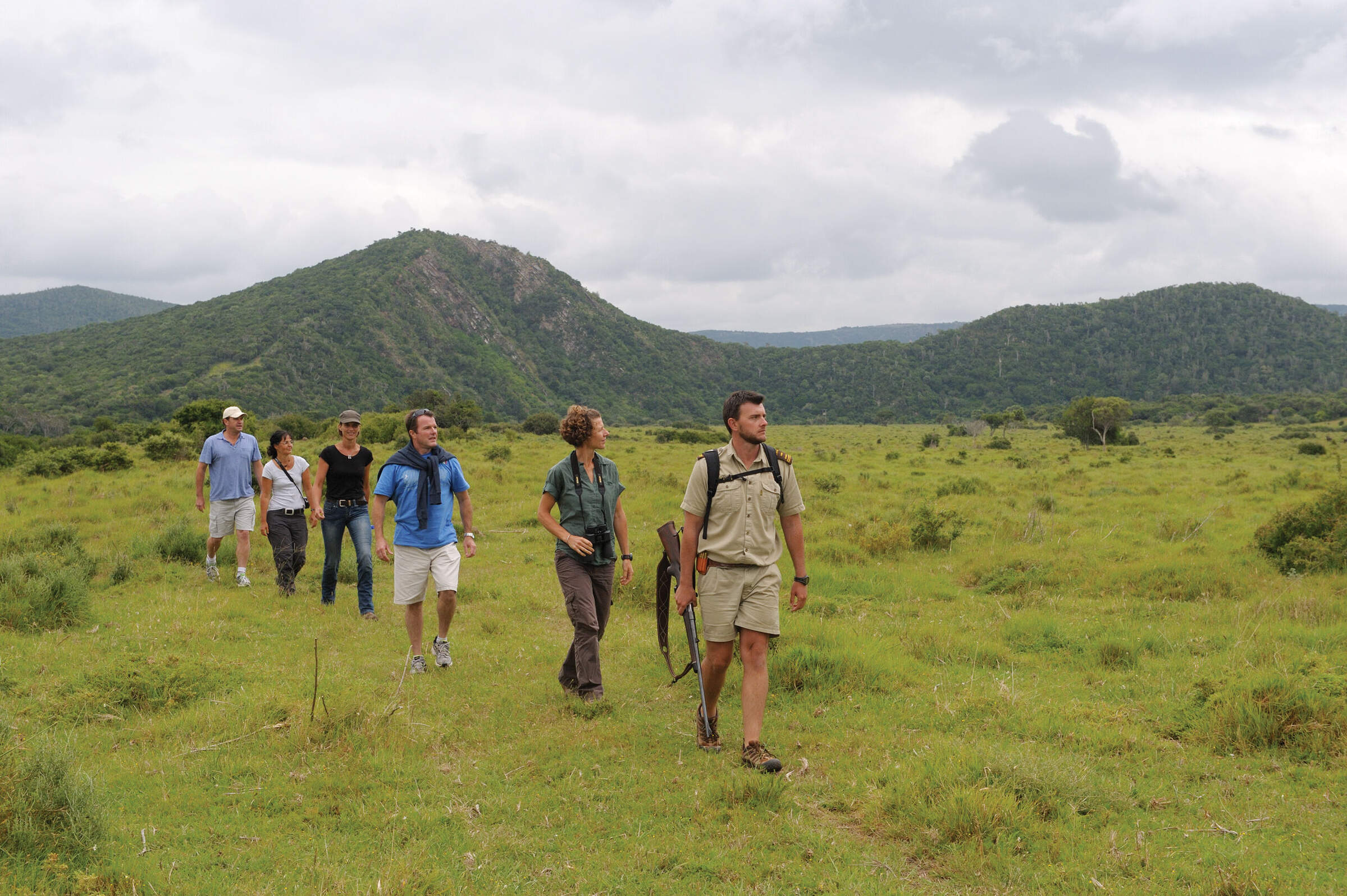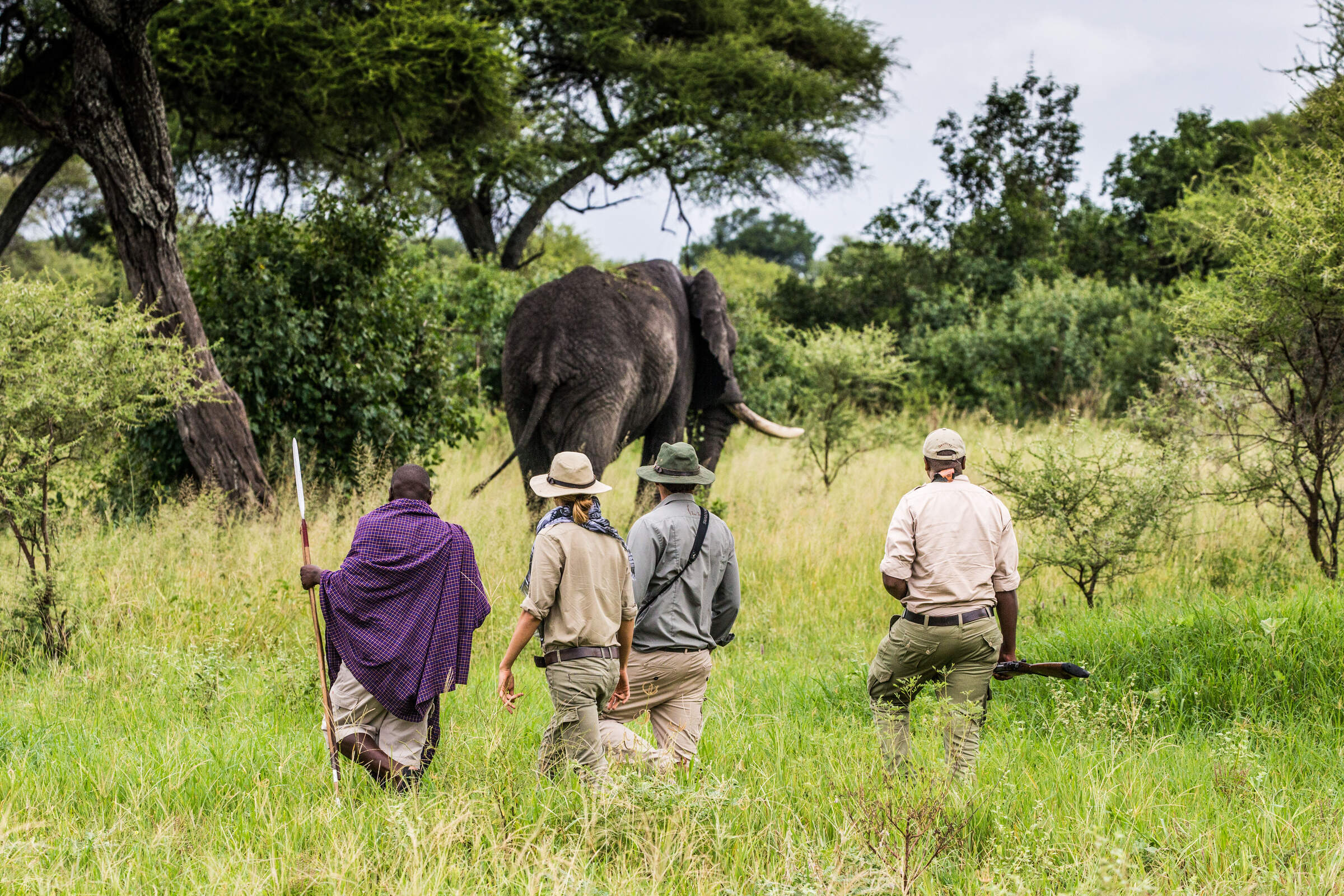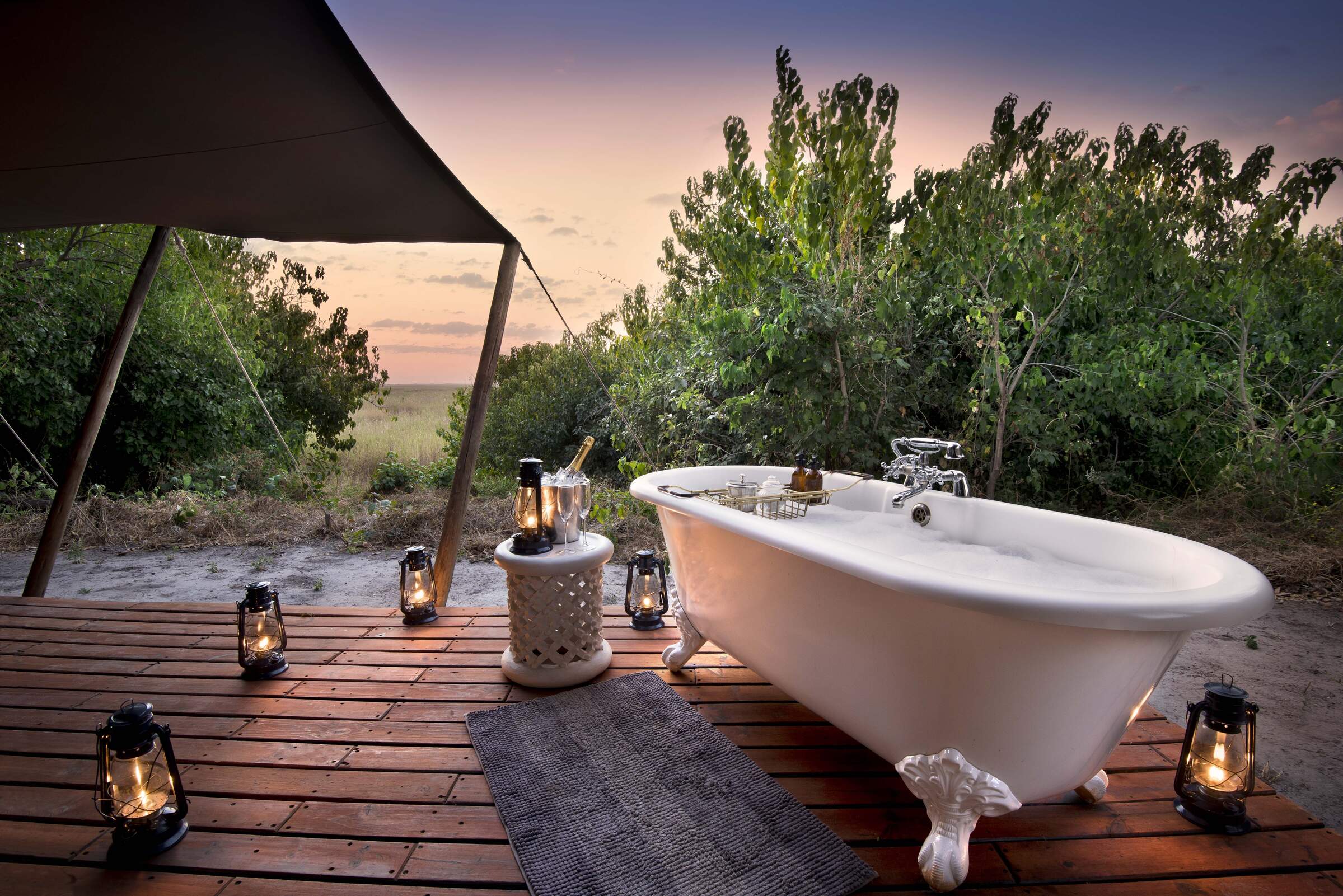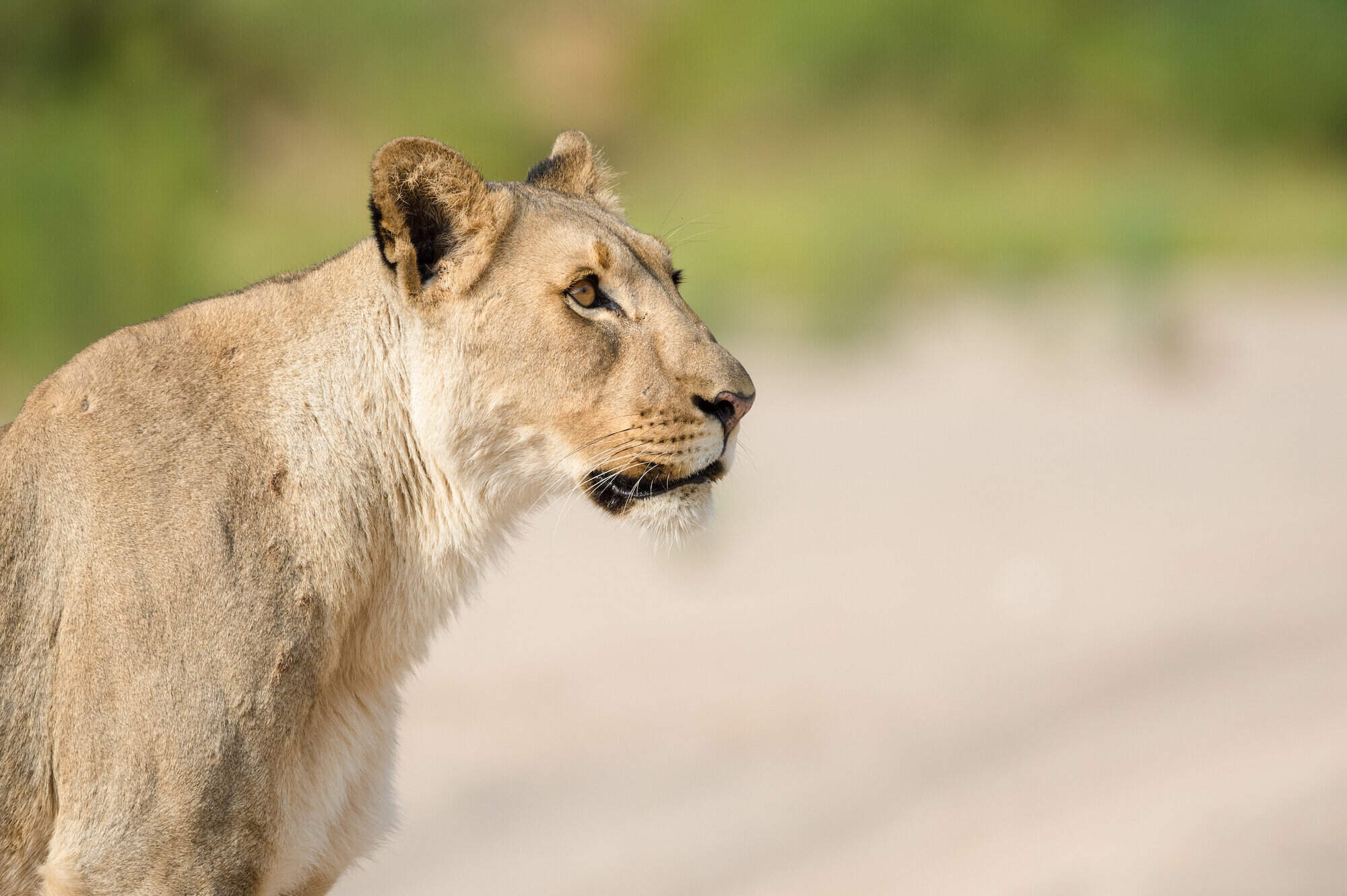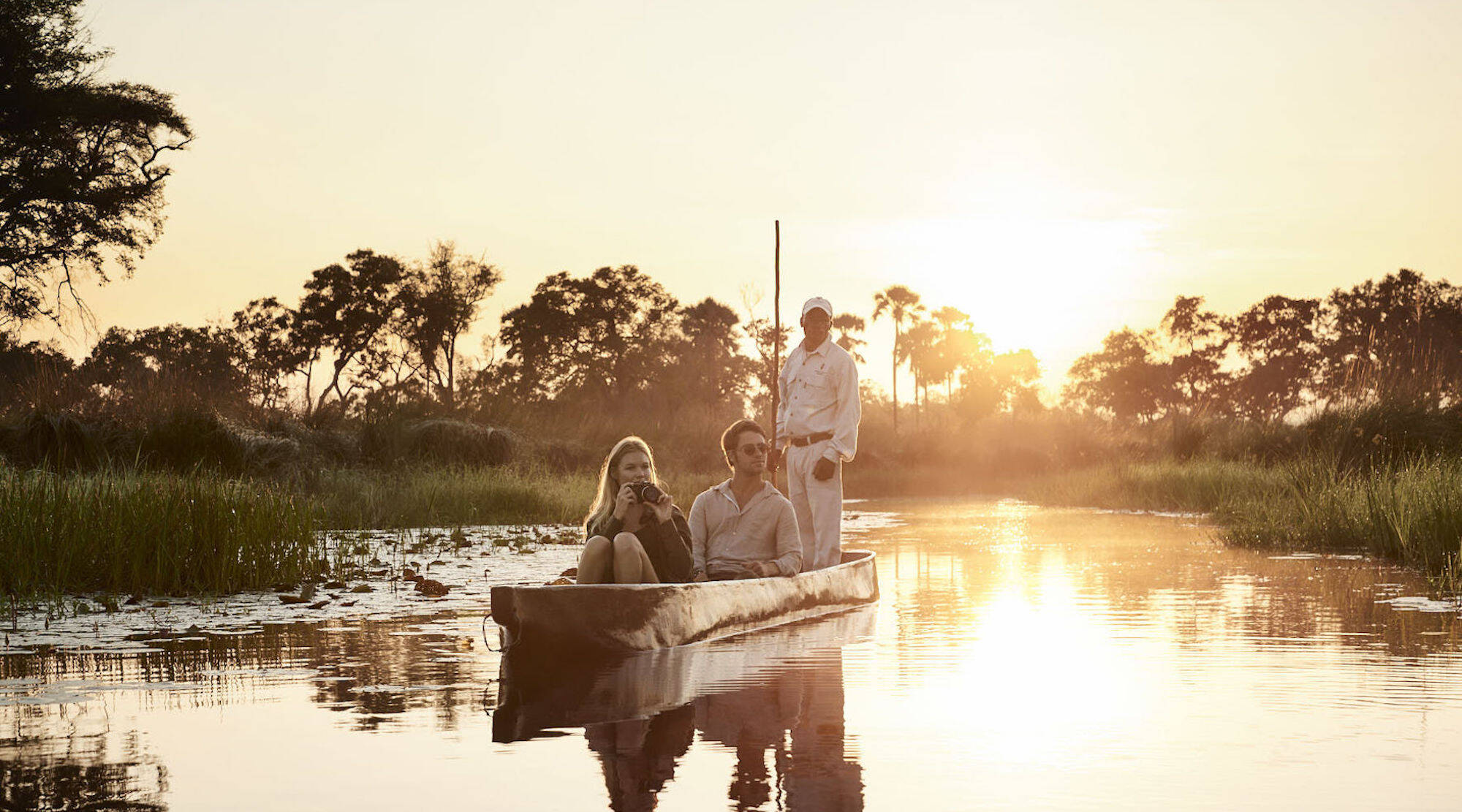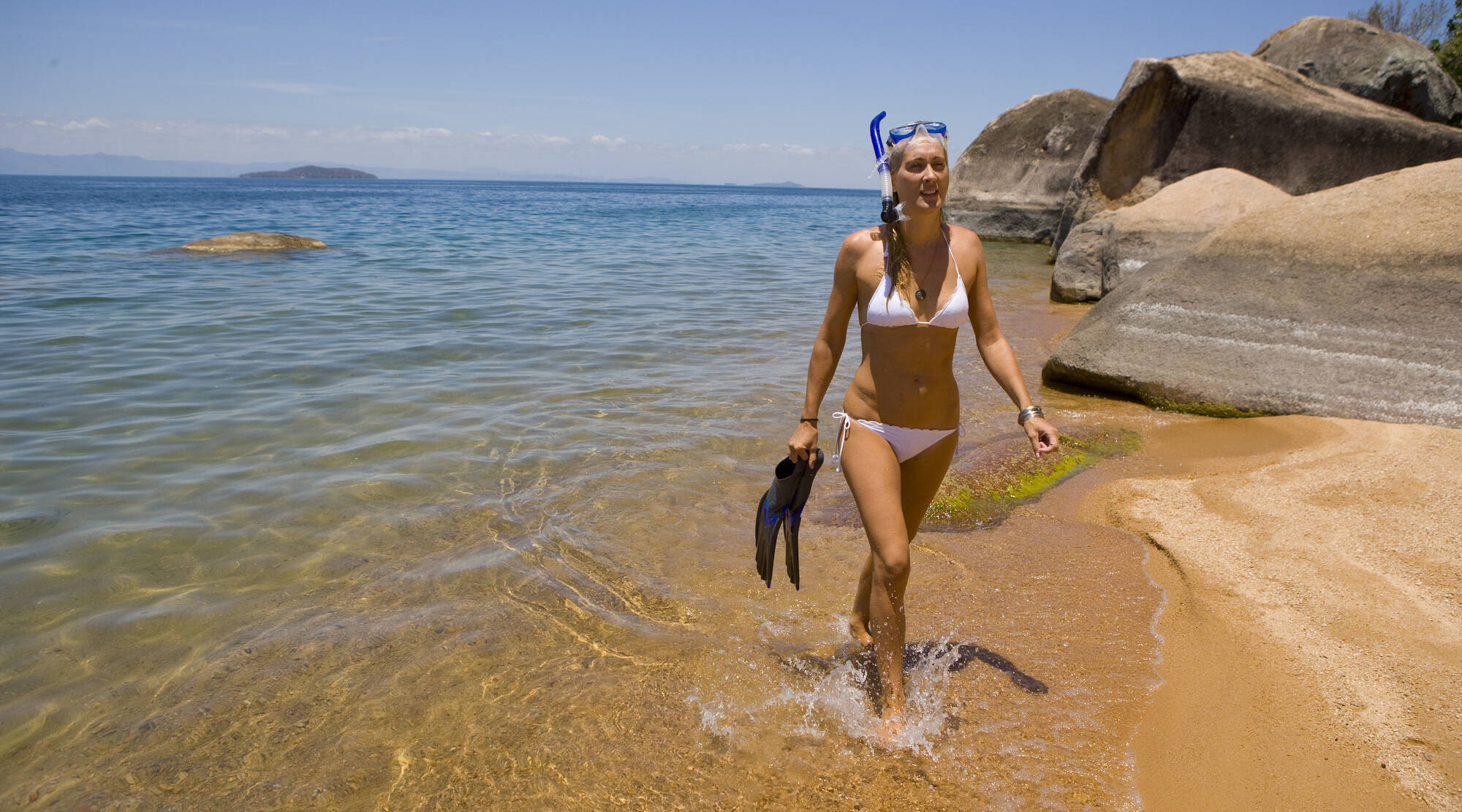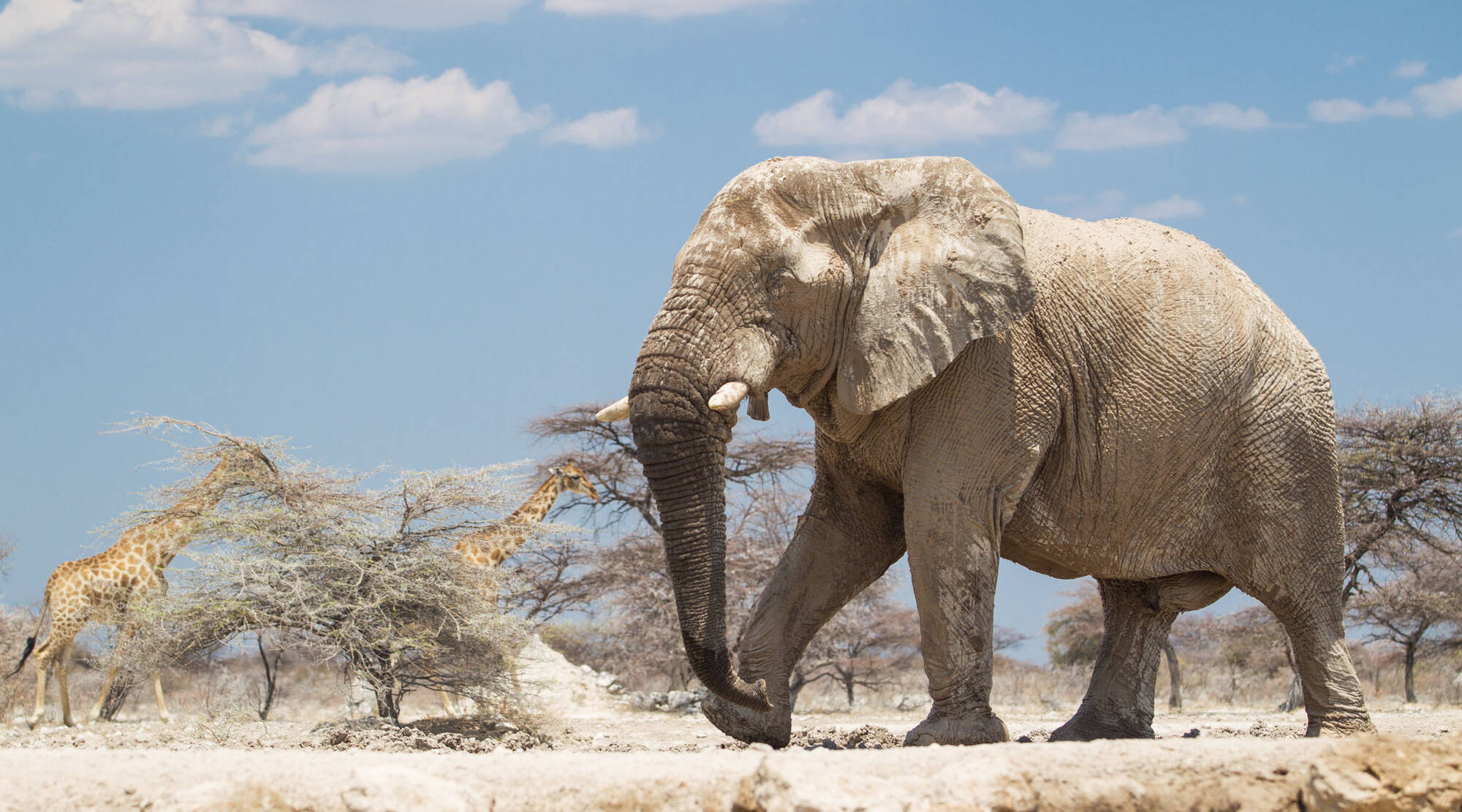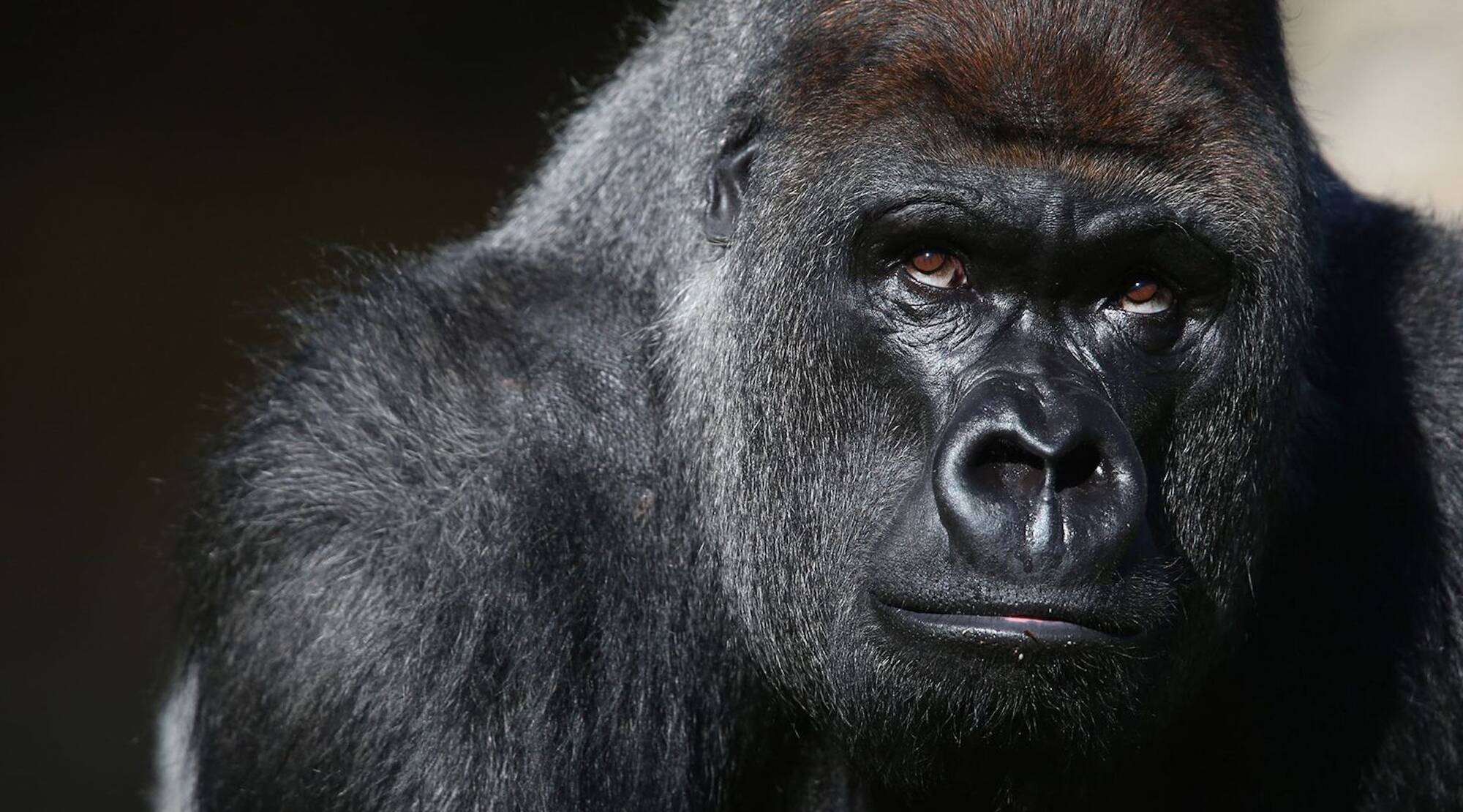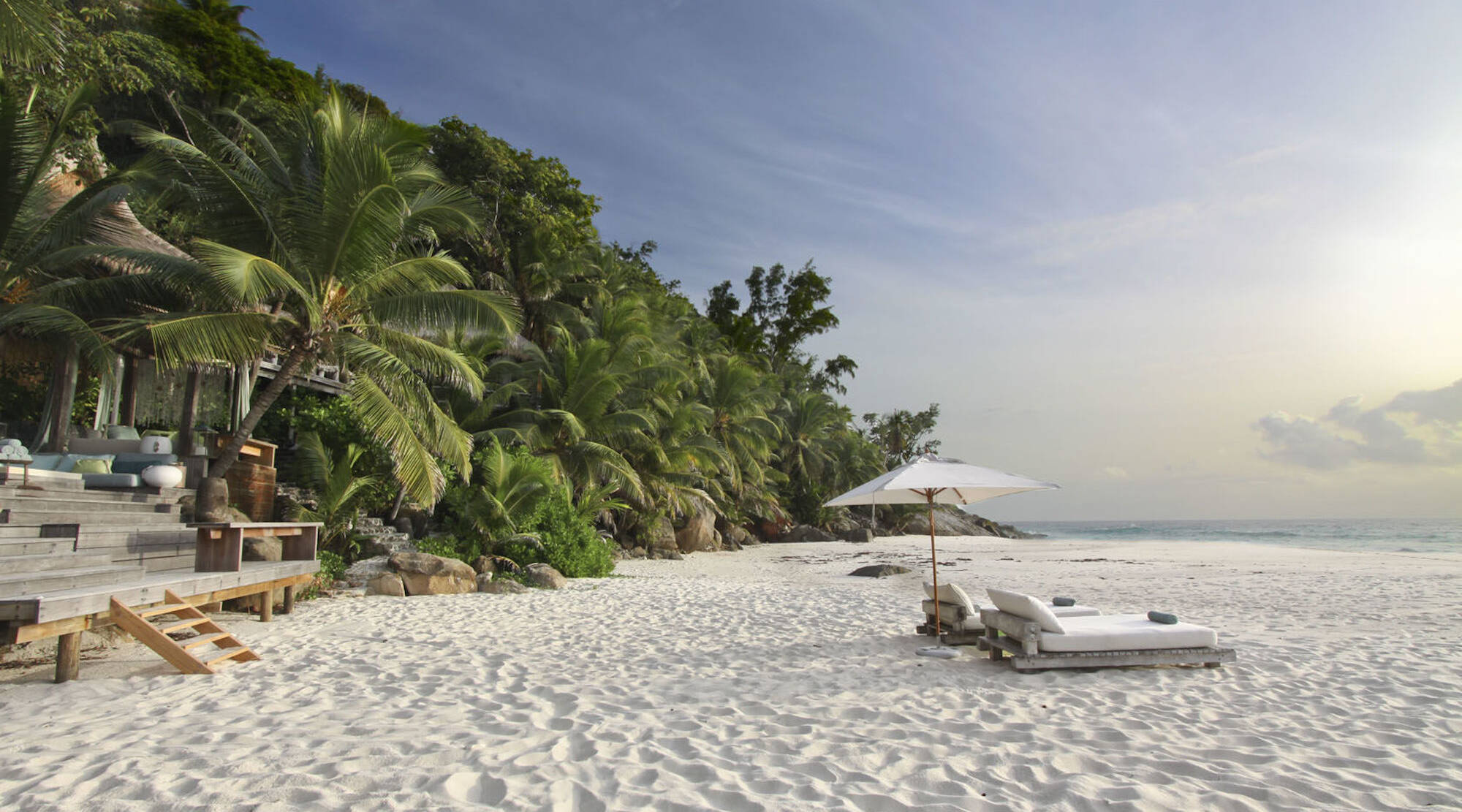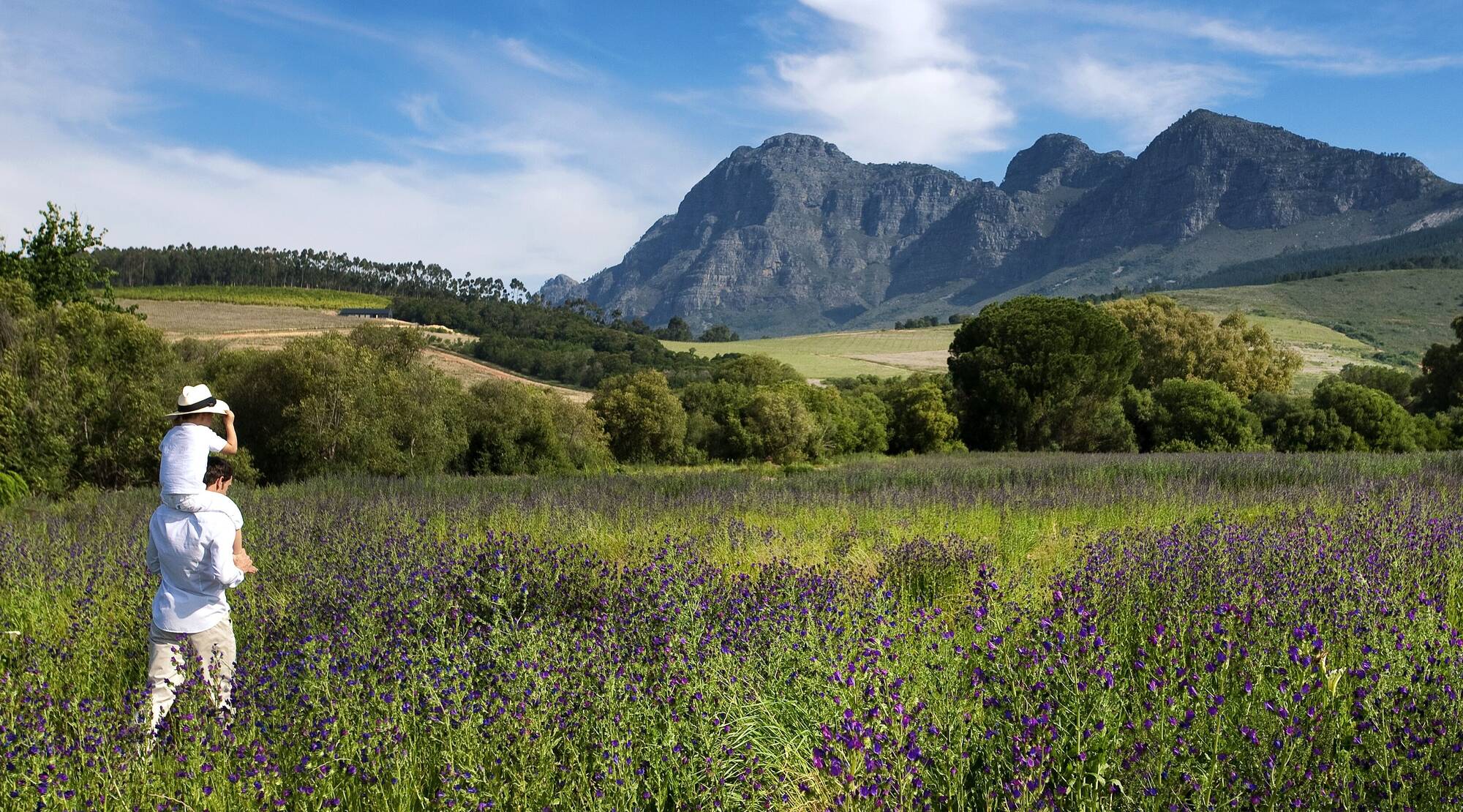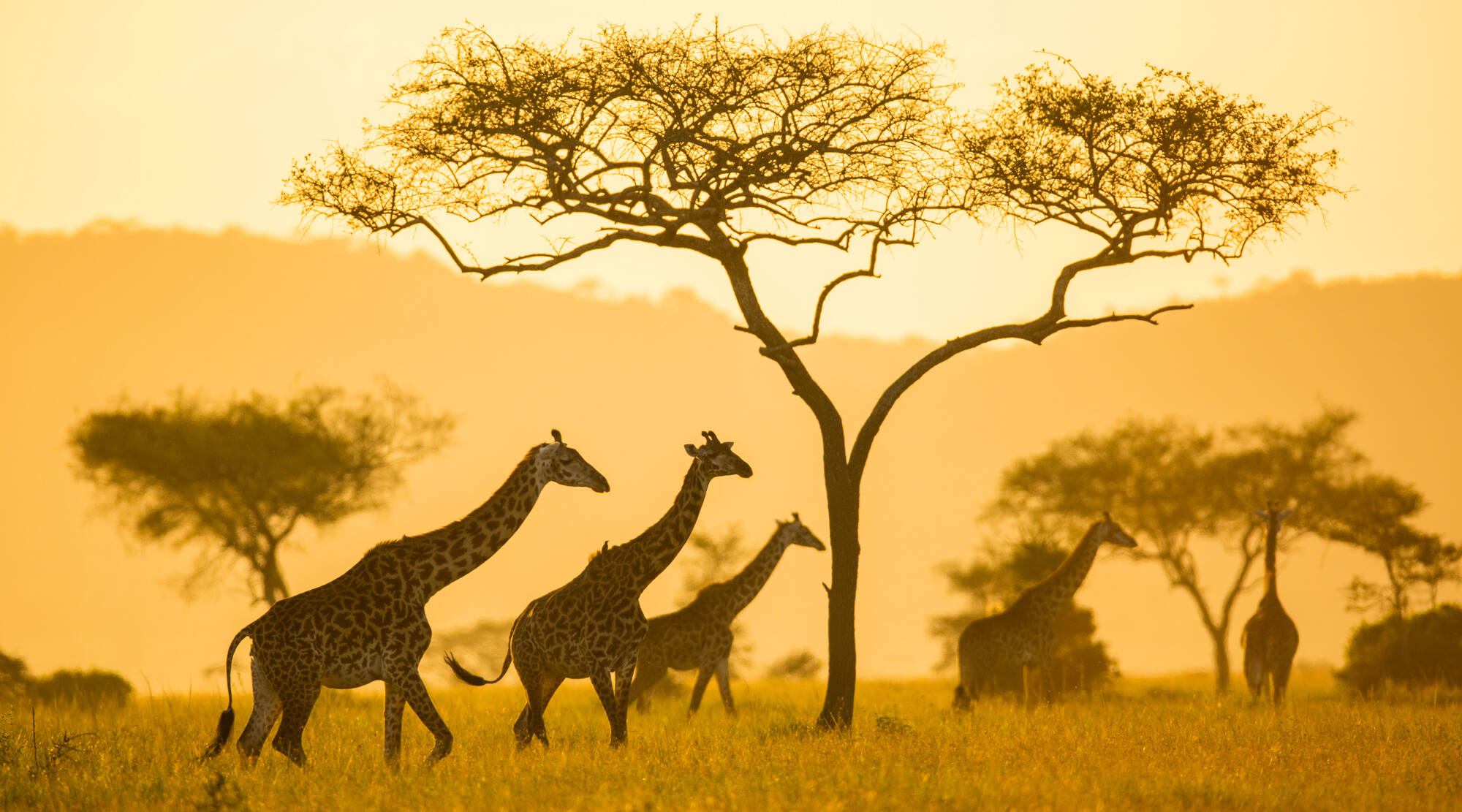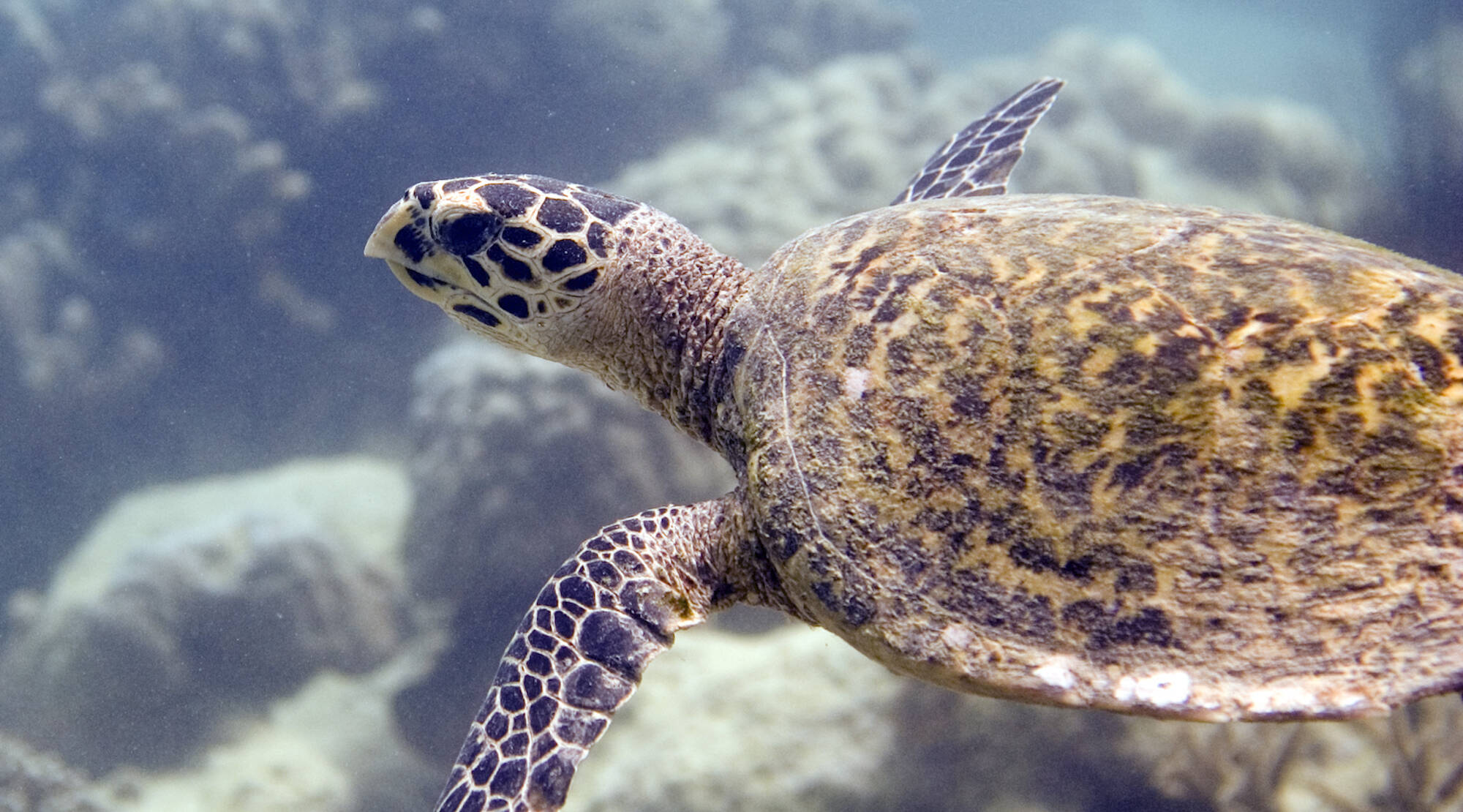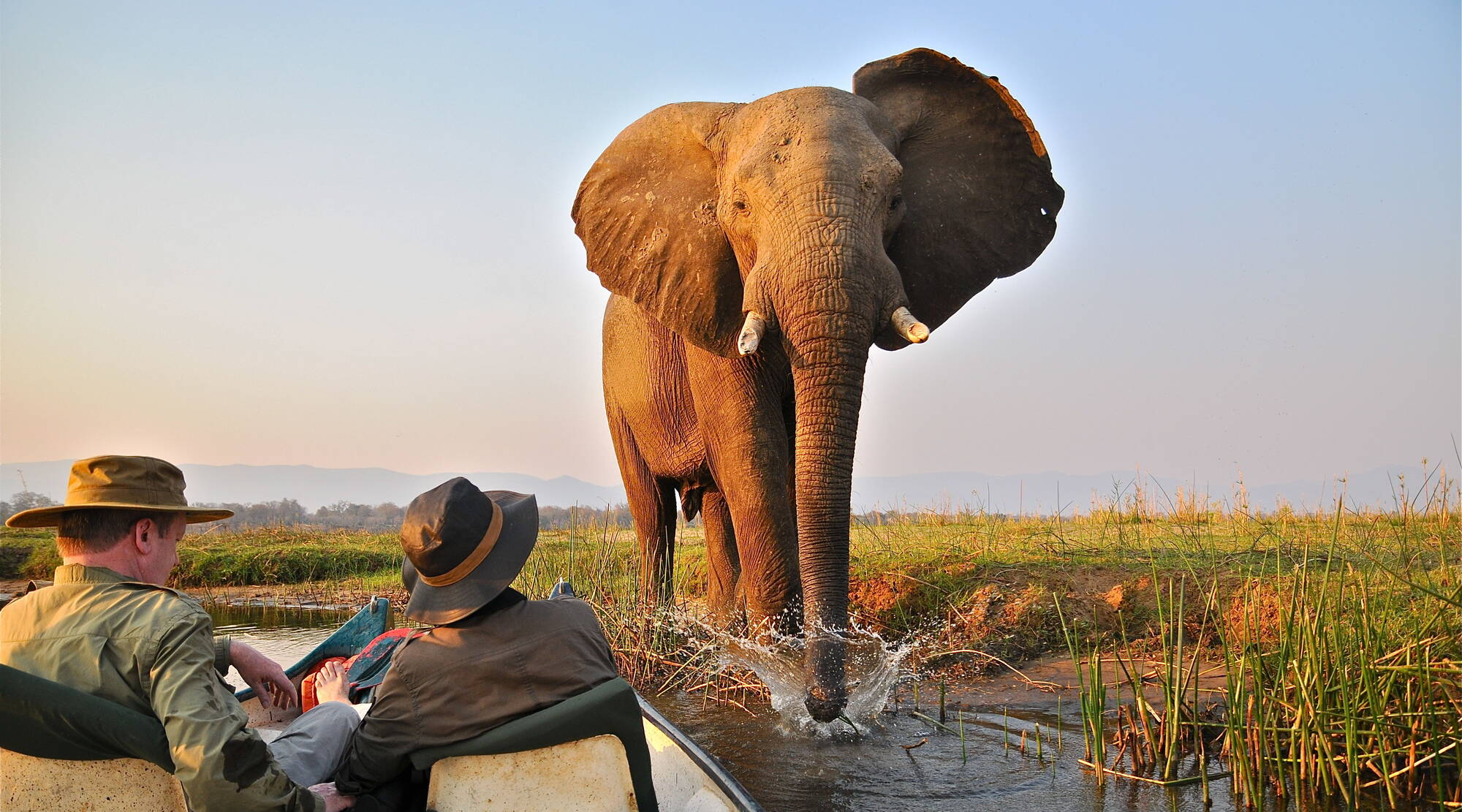Kenya Safaris
Kenya invented the safari: with its spectacular wildlife, cultural diversity and breathtaking landscapes, this is an utterly dazzling destination.

“Wonderful, but very hard to describe”: that was one recent traveller’s summary of an Expert Africa safari in Kenya, his first visit to Africa. “The impact is emotional and spiritual as well as literal. Yes, there are many animals and birds and these are real wild creatures in their natural habitat, but it is so much more than that. I will never forget this trip. It was one of the great experiences of my life.”
With the Indian Ocean lapping its coral-fringed coast and Mount Kenya rising from the middle of its extraordinarily beautiful natural environment, Kenya is one of Africa’s most rewarding countries to explore. The remarkably diverse scenery, the rich variety of its wildlife and its ever-stimulating social tapestry – from traditionally dressed Maasai herders on the plains to sarong-wrapped Swahili fishermen on the coast – could keep you enthralled for months.
Think of Kenya like the Maasai do – as a land formed especially for them by God. Imagine he pulled the land up in the middle – that’s Mount Kenya, with its glacier-covered peaks, dominating the highlands – then tore the east and west apart leaving the great trough of the Rift Valley with its lakes. The Maasai Mara lies in the southwest and its fabled grasslands can reveal scenes that sometimes look like a children’s animal wall frieze, as a dozen or more species of megafauna – from elephants to lions and from buffalos to zebras – mingle on the plains in front of your camera. On the Kenya coast you could be in a different country, with mosques and palm trees, crystal-blue sea and a coral reef. Wherever your trip takes you, Kenya is hard to beat as a country to thrill and impress, whether you’ve been on safari before or it's your first visit to Africa.
Speak to one of our Experts to start planning your dream Kenya safari.
Kenya's top safari and holiday destinations
Kenya's key areas for visitors are spread across the country.
In the southwest, bordering the Serengeti National Park in Tanzania, lie the Maasai Mara National Reserve and the Maasai Mara Conservancies. This is the land of the Great Migration.
North of Mount Kenya lies Kenya's second best wildlife region, the plateaux and wild bush lands of Laikipia, where you can see hunting dogs and black leopards. Laikipia is also Kenya's rhino stronghold, with all three African species present.
To the east lies Meru National Park, where a tiny handful of camps and lodges in a huge wilderness make for a magical safari.
Further north is the Samburu National Reserve, with its dry-country mammals including reticulated giraffe, gerenuk and Grevy's zebra, and beyond that the deserts and semi-deserts of Northern Kenya, and the largest desert lake in the world, Lake Turkana.
In southern Kenya, head to Amboseli for those fabled views of Kilimanjaro framing "big tusker" elephants, or to Tsavo East for giant landscapes and baobabs or Tsavo West for hilly scenery and a plethora of wildlife – though you may have to look harder for it.
Finally, Kenya's coast is everything you could wish for in a tropical beach - with the bonus of a fascinating cultural tapestry.

Mara Conservancies
30 places to stay
The wildlife-rich private conservancies are the Maasai-owned lands outside the national reserve. They tend to be much less busy than the reserve, but no less rewarding.
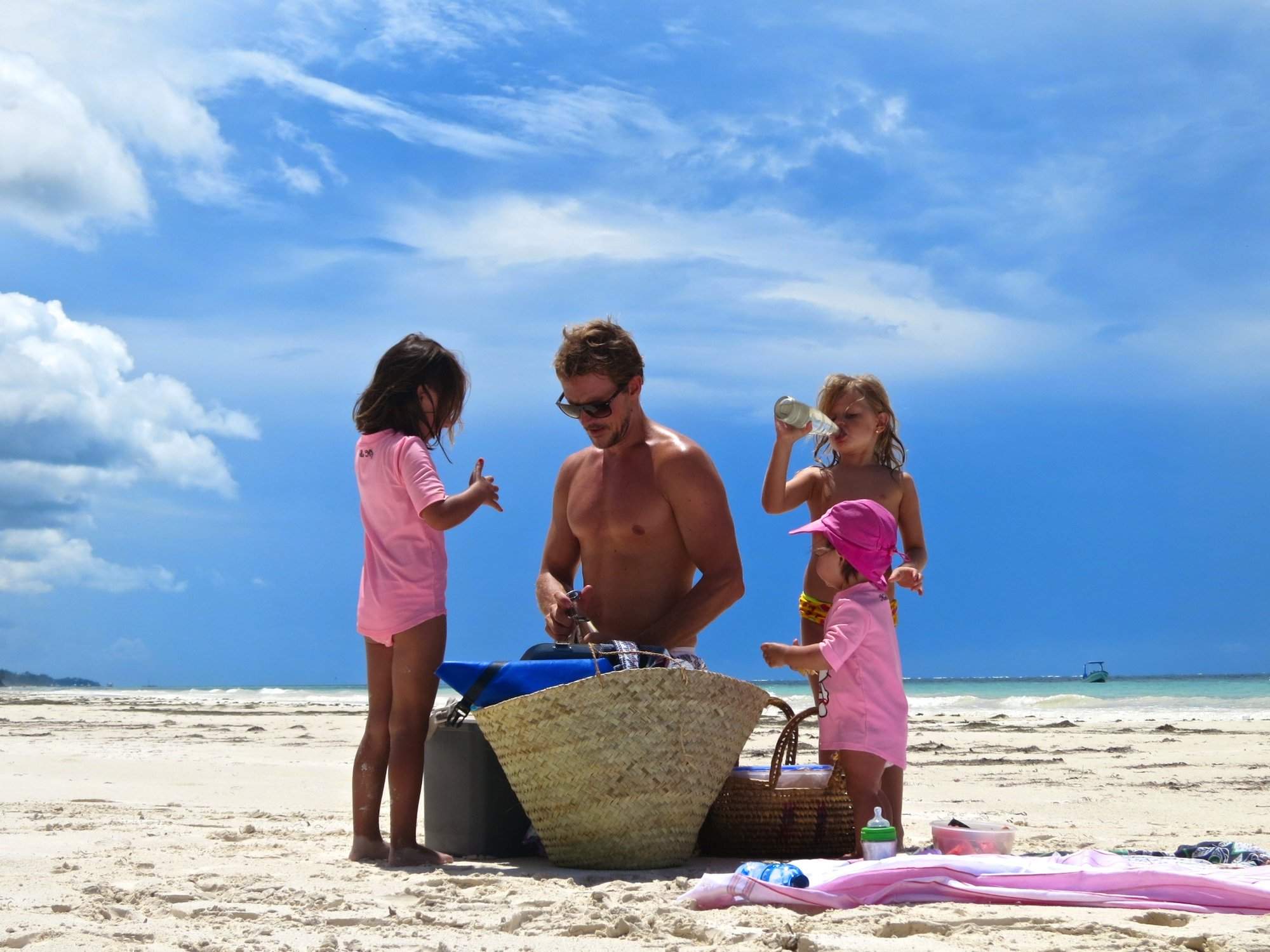
Kenya Coast
22 places to stay
Kenya’s coast is an alluring region and – relatively – little developed. As well as beautiful beaches and a coral reef, it has fascinating historical sites and forest safari areas.
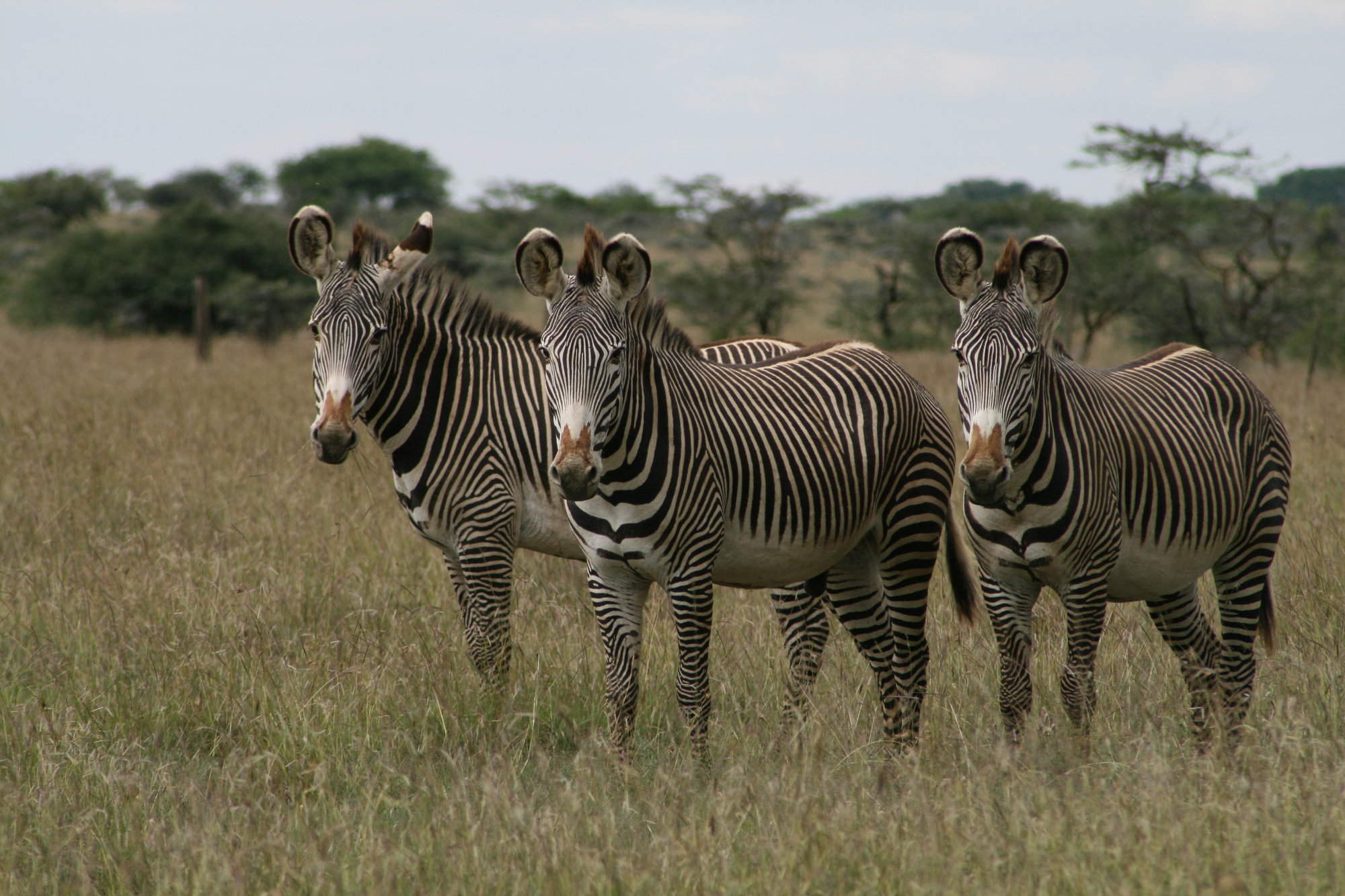
Laikipia
25 places to stay
Laikipia is an extensive region of large ranches and rolling, semi-arid savanna and bush country that is growing in importance for wildlife conservation and adventurous and luxury safaris.

Nairobi
21 places to stay
Capital of Kenya and East Africa’s biggest city, Nairobi has large shanty towns and wealthy suburbs, as well as a many green spaces, including the magnificent Nairobi National Park.

Maasai Mara
21 places to stay
The Maasai Mara is the northern extension of the Serengeti-Mara eco-system. Together with the Mara conservancies outside the public reserve, this is Kenya’s most wildlife-rich region.

Northern Kenya
9 places to stay
Northern Kenya – split by giant Lake Turkana – is one of the country's best regions for cultural contact, and the forest-cloaked mountains have local micro-climates and much wildlife.
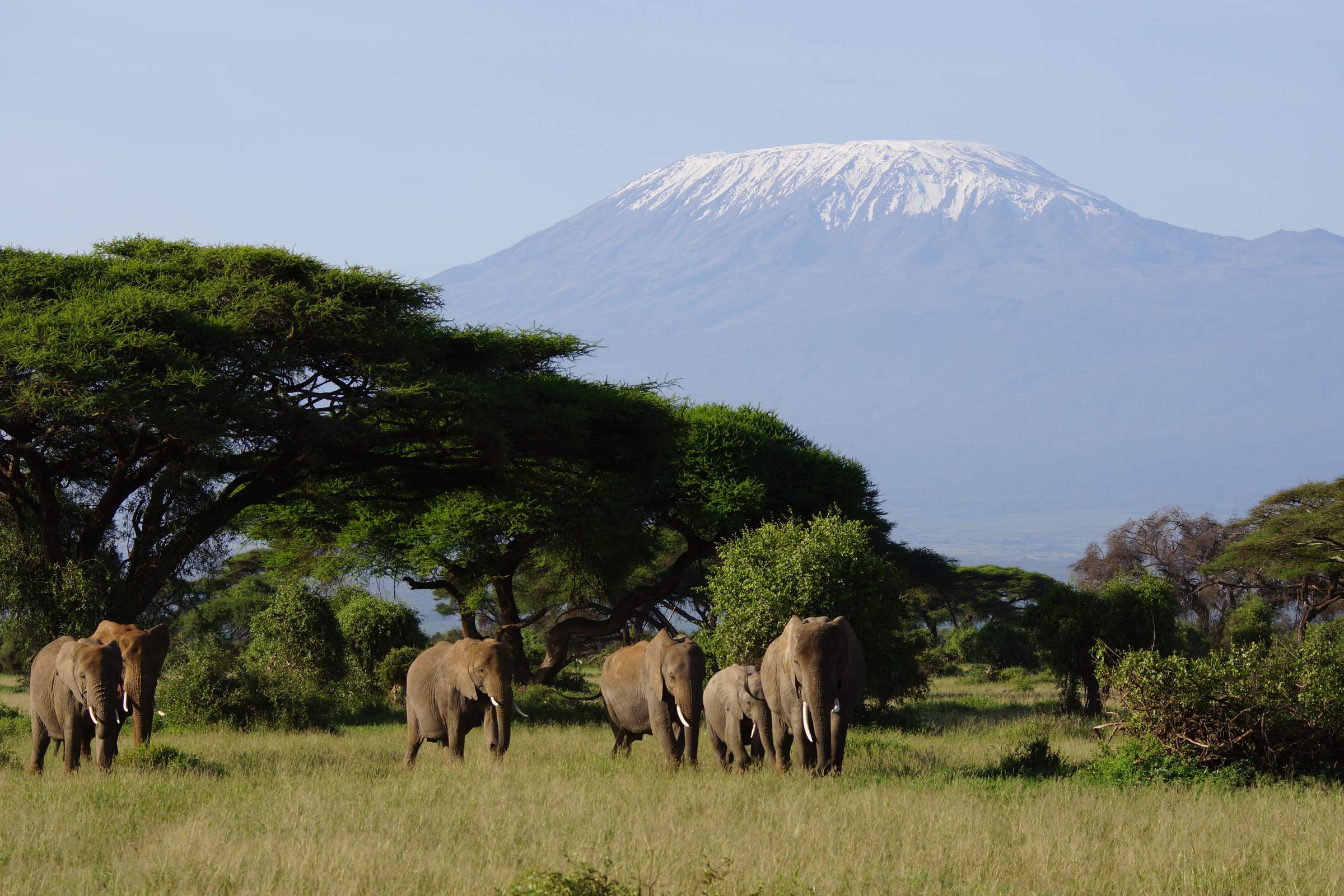
Amboseli & Chyulu Hills
8 places to stay
This region encompasses one of Kenya's most iconic national parks and a little known district of volcanic hills topped with misty cloud forest.

Rift Valley
5 places to stay
Most visitors take in the Great Rift Valley – embellished by a string of beautiful lakes – during the course of a road safari. It's also possible to use one or two airstrips for a fly-in safari.
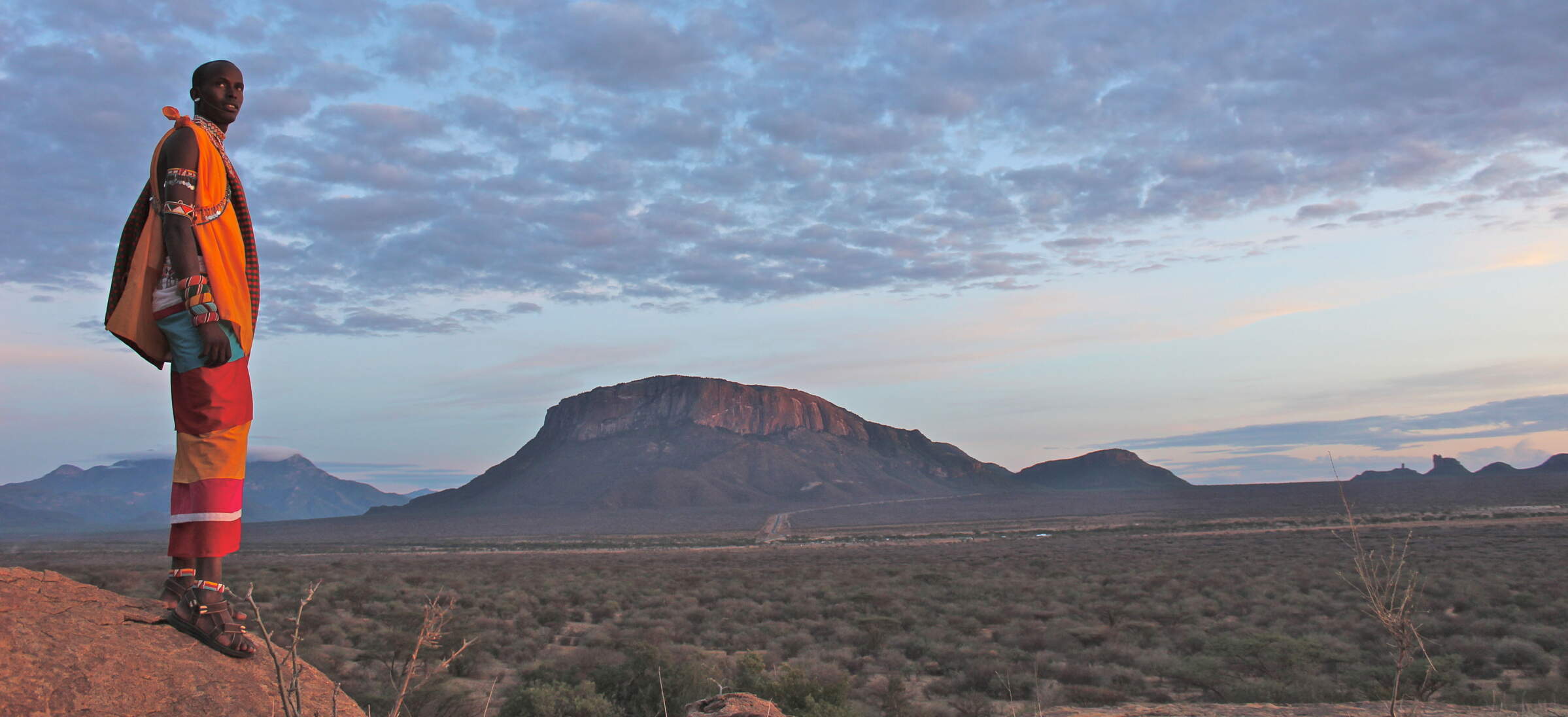
Samburu
5 places to stay
This richly rewarding dry-country ecosystem depends on the seasonal Ewaso Nyiro River to support its elephants and many other species.

Tsavo West
2 places to stay
This extensive park of volcanic landscapes encompasses rolling savannah, woodland and streams, and the magnetic attraction of Mzima Springs.

Meru
2 places to stay
This rejuvenated national park on the well-watered side of Mount Kenya has excellent game-watching, Kenya's best KWS-run rhino sanctuary, and barely a handful of camps and lodges.

Tsavo East
3 places to stay
The largest park in Kenya is a vast area of dry bush, inhabited by huge herds of brick-red elephants, and dramatically cut through by the Galana River.
Our top ten Kenya safaris and holidays
Every one of Expert Africa's tailor-made itineraries is as individual as the traveller undertaking it.
The itineraries we have put together here are just examples of what is possible, with costs and details included. They are not set plans, or indeed set in stone at all. You can pick any combination of camps and lodges that is logistically possible, and start your trip on any date you like, subject to availability. See all 24 Kenya safari ideas here.
Most of our trips in Kenya are based around Fly-in Safaris, on which you fly by scheduled light aircraft between the different areas on your trip, typically staying for a few days at a camp or lodge in each place, and exploring the area in an open safari vehicle, guided by a seasoned driver-guide based at the camp, accompanied on daily safaris ("game drives") by other guests staying at the camp.
On a Guided Safari, you’ll travel by private closed safari vehicle, with a pop-top roof and sliding windows, led by the same driver-guide all the way.
Our Beach Holidays showcase ideas for stays along the Kenya coast's beautiful beaches.
Call Expert Africa now to speak to a Kenya expert who can address your questions and craft a trip for you that’s perfectly tailored for you.
Expert Africa's 10 most recent Kenya trip reviews
Feedback from Expert Africa's thousands of travellers is extremely important to us.
The reviews they send us are a real help to future travellers planning their trips. The feedback helps us stay up to date with changes to the camps and lodges we book, and it's also very valuable to our partners across Africa who appreciate that it is guaranteed genuine. It is often very constructive for the management of their properties and guiding operations.
All our Kenya trip reviews are published in full without any edits by Expert Africa. See all 684 Kenya safaris reviews here, or click on a card below to read one of our ten most recent reviews in full.
Our travellers' wildlife sightings across Kenya
When travelling through Kenya, many of our travellers document their wildlife encounters – be they of lions, leopards or black rhinos – and generously share their records with us.
This "citizen science" gives us a unique picture of the distribution of species, enlightening you on where you have the best chance of seeing a particular species during a Kenya safari (Learn about this survey's methodology.)
The percentages below signify the average probability of a safari-goer seeing various large mammals where they naturally occur. Note that species with limited distributions, such as the black rhino, can attain high scores in the regions where they reside. For further insights into a specific species, click on its picture below and follow the link in the pop-up window.
For a broader perspective on Kenya's wildlife sightings, explore our interactive wildlife map of Kenya showing the prime locations for encountering various species.

98% success

98% success

98% success

93% success

92% success

90% success

89% success

84% success

81% success

79% success

73% success

62% success

54% success

54% success

37% success

13% success

10% success

2% success

2% success

0% success
Our travellers’ wildlife sightings in Kenya
The reports our travellers send us of their large mammal sightings can be very useful in assessing the best camps and lodges for seeing some of Kenya's key wildlife .
Whether you're looking for cheetahs, lions, wild dogs, or eastern black rhinos – or any one of a score of other species – our data-driven maps highlight the most likely areas to see each animal.
If you'd like to see a map showing the top camps and lodges for a specific mammal, click on the species below.
When to go to Kenya
The earths's climate crisis is making the weather in Kenya increasingly unpredictable. Our month-by-month guide helps you weigh up the options based on the weather you're most likely to get.
Do bear in mind, however, that climate charts apply specifically to the town in question, and not to larger regions or the whole country. And they are based on the annual measurements taken, in the case of Kenya, over roughly the last century. Kenya's weather in the 1950s, was more predictable and regular than it is today.
While the country lies on the equator, temperatures are determined much more by altitude than by season, with the coast and everywhere below around 1000 metres above sea level (about 3,300ft) being hot in the day time and very warm at night all year round. At high altitudes, it may rain at almost any time of year. The northern deserts are largely dry all the time. Western Kenya, including the Maasai Mara region, has a scattered rainfall pattern influenced by Lake Victoria, while the eastern half of the country, and especially the coast, are largely controlled by the Indian Ocean’s monsoon winds – the dry northeast monsoon (kaskazi) blowing in from November to March or April and the moist southeast monsoon (kusi) blowing in from May to October. The kusi normally brings the heaviest rains to the coast in May and June. As these weather systems move inland, they bring rain to the east facing highlands, but the western slopes can experience a rain shadow effect and much drier conditions.
Broadly, the seasons that apply to most of the safari areas are: a warm, mostly dry season from January to March, getting increasingly humid before the rains break; then warm and wet from April to June (the “long rains”); slightly less warm and mostly dry from July to October (Nairobians call the relatively cool, cloudy July-August period "winter", thought it's barely wintry in a sense that people from higher latitudes would recognise; and then warm and wet for a few weeks in November and early December – a period called the "short rains”, which typically fizzle out before Christmas, but can sometimes be prolonged into early January.
Jan
Feb
Mar
Apr
May
Jun
Jul
Aug
Sep
Oct
Nov
Dec
Kenya in January
Clear, hot days and warm nights make this high season a popular time for safaris and it’s also good for diving and snorkelling as water clarity is excellent and gets better as the dry season progresses. Most lodges and tented camps treat January after the New Year week is over, as mid-season, making it a good compromise in terms of value for money with reasonably reliable, dry weather and some greenery left in the landscape.
Expert Africa bases its description of climate and weather in January, like the other months of the year, on the climate records of roughly the last 100 years, and it's fair to say that the weather and seasons since the beginning of this century have been highly irregular and unpredictable.
- On average, January is the second driest month of the year
- Elephants dig waterholes in the dry riverbed in the Samburu reserve.
- Wildebeest and many antelope have their calving season, to February.
- Migrant birds are seen in huge numbers, especially in the Rift Valley.
- Sea water clarity around the coral reefs generally good.
Our view
Fantastic: the very best time to visit
Weather in January
Kenya in February
With the short dry season well established, the grass grazed down and wildlife gathering close to water points, this is still a good time for a safari. Good water clarity in the Indian Ocean's coastal waters makes for excellent diving and snorkelling conditions.
Expert Africa bases its description of climate and weather in February, like the other months of the year, on the climate records of roughly the last 100 years, and it's fair to say that the weather and seasons since the beginning of this century have been highly irregular and unpredictable.
- On average, February is the driest month of the year.
- It’s sometimes possible to swim with whale sharks at Diani Beach.
- Migrant birds are still seen everywhere, especially near water.
- This is usually peak calving season for wildebeest and many antelopes.
- This month is often the hottest of the year, especially on the coast.
Our view
A very good time to visit
Weather in February
Kenya in March
Hot, increasingly humid weather – with good diving and snorkelling conditions at the start of the month – gives way to rains and lower accommodation costs. Expert Africa bases its description of climate and weather in March, like the other months of the year, on the climate records of roughly the last 100 years, and predicting the seasons since the beginning of this century has been difficult.
March is the month when – traditionally – intensely hot conditions build up until a cloudburst finally happens at the end of the month or in early April, to relieve the humidity. As ever, regional variations across the country can greatly impact on visitors' experiences.
- Sea-water clarity is best for diving before the long rains start.
- Visitor numbers are low, though the Easter holidays can be busier.
- Night skies can be scintillatingly clear in early March.
- Cropped down savannah grasses can make it easier to see the wildlife.
- Temperartures climb high, especially at lower elevations.
Our view
A good time to visit, with pros & cons
Weather in March
Kenya in April
April sees the full onset of the southeast monsoon wind or kusi, which heralds the long rains. Temperatures drop soon after the rains are established and you’ll often have facilities largely to yourself in this more affordable low season, sometimes known as the "green season". The bush quickly springs to life, with greenery sprouting almost before your eyes. While you're likely to get a fair number of heavy showers, the breaks in the rain can yield sparklingly clear conditions.
With the dust settled and bright sun piercing the clouds, conditions can be sublime for photography, especially first thing in the morning or in the late afternoon with another storm brewing. You may be lucky, or you may find conditions very wet and muddy.
- A wet month, the coast often gets more than 300mm (12in) of rain.
- Sunny spells can provide great light for photography.
- Buffalo and zebra calving season often happens in this month.
- Baby crocodiles hatch, for example on Central Island in Lake Turkana.
- Palearctic migrant birds gather to fly north to breeding grounds.
Our view
A time to avoid if possible
Weather in April
Kenya in May
While game viewing can be trickier as vegetation runs riot, between the cloudbursts the colours and light are great for photography at this time of year. Expert Africa bases its description of climate and weather in May, like the other months of the year, on the climate records of roughly the last 100 years, and while it's reasonable to expect heavy rains in many parts during this month, especially on the coast, the rains don't always come evenly or in some areas come at all.
In an El Niño year, the so-called long rains that normally are established across much of the country by May can be meagre, to the despair of farmers. On the other hand in a La Niña year, the long rains can bring floods. On the coast, the monsoon winds make the climate much more predictable, with heavy rains common throughout this month.
- Frogs breed in the ponds in the Arabuko Sokoke Forest near Watamu.
- Wildebeest, impala and other grazers are in rut (the breeding season).
- Kilimanjaro looks its best as heavy rain falls as snow on the summit.
- There's a sharp peek of rainfall on the coast with many rainy days.
- Accommodation prices are uniformly low, while some camps close.
Our view
A time to avoid if possible
Weather in May
Kenya in June
The rains give way to cloudy, cooler weather, often making for comfortable conditions by the end of the month, especially in the highlands. Starting from mid-June or the beginning of July and running until the end of October, this is the high season, and accordingly has higher accommodation rates and – at least until early September – higher numbers of visitors.
While the early part of June can often be rainy on the coast, it can be a great time to go on safari, with fresh greenery, many young animals and good photographic conditions with clear air.
- The Taru Desert, inland from the coast, is carpeted with flowers.
- The Lake Turkana Cultural Festival is held in Loiyangalani.
- Madaraka Day (commemorating self rule) is 1 June.
- The annual Lewa marathon runs a course through the wildlife.
- The Diani Rules "sports" event rips up the rulebook at Diani Beach.
Our view
A good time to visit, with pros & cons
Weather in June
Kenya in July
Kenya’s “winter" season sets in (winter is a misnomer but locals feel the change), and the highlands can be rather grey. Skies are often cloudy and the days can be surprisingly cool, with an average daytime high in many highland safari areas of 15-20°C and night-time temperatures dropping below 10°C in Nairobi and the highlands. Lower parts of the country and the coast are usually warm and dry, typically reaching highs of around 25°C with lows in the high teens.
As this is the start of the high season, coinciding with the usual arrival of the wildebeest migration in the Maasai Mara, July is a busy month. Ask your Expert Africa specialist to advise on how to avoid the crowds, which is not that difficult to do.
- The wildebeest migration usually reaches the Maasai Mara in July.
- Simbi Lake (Kisumu) and Crater Lake (Naivasha) can attract flamingoes.
- Watersports start to pick up and some surfing is possible at Malindi.
- Afternoon thunderstorms are a common feature in the Maasai Mara.
- The sea can be choppy along the coast, making diving difficult.
Our view
A good time to visit, with pros & cons
Weather in July
Kenya in August
The Great Migration fills the plains of the Maasai Mara, and school’s out, so the park roads are full of tourists – ask your Expert Africa specialist for advice on crowd avoidance tactics. Choose a private conservancy rather than a public national park or national reserve for quieter conditions.
Like July, August is generally mild and relatively dry in the safari areas, but it can be very chilly in the highlands, even in the middle of the day, and hail occasionally falls above altitudes of around 2,400m (8,000ft). Nairobi can be disappointingly overcast, with low cloud.
- Apart from Christmas holidays, this is the busiest month of the year.
- Late August sees peak wildebeest drama at the Mara River crossings.
- Coastal winds are good for kite- and wind-surfing.
- Few mosquitoes are around at this generally dry time of year.
- The annual Camel Derby takes place in the Samburu capital, Maralal.
Our view
A good time to visit, with pros & cons
Weather in August
Kenya in September
The skies clearing of cloud signals the start of hot, dry weather with little chance of rain – and, after the first few days of the month, far fewer visitors – making the latter part of September a good time for a quieter safari. While early September is often good for dramatic migration crossings along the Mara River, you might consider deliberately postponing your trip until later in the month, when the migration can still be very impressive and visitor numbers fewer.
If tourist surges are somewhat predictable, however, the patterns of the wildebeest migration are more volatile, and like all of Expert Africa's climate and weather assessments, they are based on accumulated years of experience rather than guaranteed certainty.
- This is still high season, with prices to match.
- Many river crossings take place on the Mara river in both directions.
- Natural bush fires flush out insects and small animals for predators.
- The Rift Valley Music Festival takes place by Lake Naivasha.
- With school holidays over by early September, late-month is quieter.
Our view
Fantastic: the very best time to visit
Weather in September
Kenya in October
Still hot, mostly dry and not too busy, this is many people’s preferred month for a safari, and it’s also good for diving and snorkelling. The wildebeest and zebra herds of the great migration are often still to be seen, though in dwindling numbers. The swamps of Amboseli attract thirsty wildlife including large herds of elephants.
While we wouldn't expect much rain across most of the country this month, the climate has become so unpredictable that you can never say never, and the possibiity of the short rains – usually associated with November to mid-December, starting early, can't be discounted.
- This month sees the tail end of the great migration in the Mara.
- Palearctic migrant birds start to arrive, staying until March.
- Turtle nests hatch at Watamu, until November.
- Amboseli elephants focus on the swamps for their daily water.
- The Indian Ocean monsoon winds turn from southeast to northeast.
Our view
A very good time to visit
Weather in October
Kenya in November
The northeast monsoon wind or kaskazi heralds the start of the “short rains", usually some time in the second half of the month. From November to mid-December, this is the low season, and accordingly has lower accommodation rates and lower visitor numbers. Across most of the country you can expect warm, somewhat cloudy weather, with occasional heavy showers and localised flooding.
Expert Africa bases its description of the climate in November, like the other months of the year, on the records of roughly the last 100 years, and it's fair to say that the seasons since the beginning of this century have been highly irregular and unpredictable: some years the short rains don't come at all, or don't reach every part of the country. In an El Niño year, the November short rains can be very heavy, but in a La Niña year, they can fail completely.
- Swimming with dolphins in Lamu can be done from now until April.
- Birders gather at Ngulia in Tsavo West to ring Palearctic migrants.
- The Lamu Cultural Festival takes over the town and Lamu Creek.
- Agricultural shows often take place regional market towns.
- This is low season, so camps can be great value, with special offers.
Our view
A good time to visit, with pros & cons
Weather in November
Kenya in December
In a typical December, the rains usually finish by middle of the month, leaving the landscape looking its best, under clear blue skies, and heralding the start of the second peak tourist season from around 20 December to the first week of January. Our assessment of the likely weather in December, like the other months of the year, is based on climate records, and it's fair to say that the seasons since the beginning of this century have been highly irregular and unpredictable.
Christmas can sometimes be wet, but most years the rains have finished a week or two earlier, with the festive season ushering in the perfect combination of clear skies and sunshine by day and starry nights.
- Christmas and New Year are busy, with the lodges and camps full.
- Rates are highest after 24 Dec, with supplements on public holidays.
- Republic Day and Independence day are celebrated on 12 December.
- Good kite- and wind-surfing restarts, with strong northeasterly winds.
- Mango season begins, providing excitement for primates and elephants.
Our view
A good time to visit, with pros & cons
Weather in December
Country guide
A rough guide to Kenya
This short guide includes some useful practical and background information about the country. If you book your Kenya trip with Expert Africa, we’ll send you a free copy of The Rough Guide to Kenya, a detailed travel guide written by Expert Africa’s East Africa Manager, Richard Trillo.
Where to go on a first visit
Firstly, we’d strongly recommend including the famous Maasai Mara. At any time of year, the lands around the meandering Mara River host abundant wildlife and whether you’re watching a pride of lions hunting, a herd of elephants grazing in the marsh or hyenas squabbling with vultures over the carcass of a buffalo, you are conscious all the time of being in a realm apart, a human visitor to a landscape owned by the animals. Yes, the publicly accessible Maasai Mara National Reserve gets very busy, especially during holiday periods and when the wildebeest migration is on. There’s a new hard surfaced road from Nairobi which makes access easy for weekenders too. However, the former Maasai grazing lands around the reserve have mostly been converted to very successful wildlife conservancies, managed by the local community in association with small, high quality safari camp owners, and these Maasai Mara Conservancies are well worth considering if you want to avoid the crowds.
The other region we very often recommend as a contrast with the Mara is Laikipia, the upland former ranches and hills northwest of Mount Kenya. Laikipia now largely consists of a patchwork of highly successful wildlife conservancies, providing extensive sanctuary to rhinos, wild dogs, leopards and most of the other megafauna of the East African plains and bush.
If you want to include some beach time, Kenya's Indian Ocean coast, fringed by coral reefs, is the real deal – with the bonus of rewarding historical discoveries to be made in the old cities of Mombasa and Lamu, and the ruins of Gedi, near Watamu.
Local flight transfers
Engaging with local culture
Kenyan food and drink
Not surprisingly, perhaps, most of the dishes you’ll be served in hotels and luxury safari camps will be quite familiar. Soups, bread rolls, tasty salads and fruit bowls (often grown in an organic kitchen garden at the camp itself), roast and stewed beef, pork, lamb and chicken, familiar vegetables, occasional fish and standards of the British-European dessert list like lemon meringue pie and profiteroles are all frequently on the menu. Many camps and lodges will have a curry night or a Swahili night (with aromatic dishes from the Indian Ocean coast) and most run menu rotations of at least five days to avoid presenting the same meals more than once.
Local lager-style beer and familiar soft drinks are available everywhere, as is imported wine, often South African.
Kenya’s history
For present-day Kenya, the key early arrivals (from around 1AD) were peoples from the forests further west, speaking languages of the huge Bantu family (including the forebears of today’s Kikuyu, Kamba and Mijikenda ethnic groups), and people from the upper Nile, who would have been the ancestors of today’s Rift Valley Kalenjin-speakers. These groups brought the knowledge of iron-working (essential for large-scale tree-felling) and by around 1000AD, most of Kenya’s peoples were engaged in an iron-age economy, with a good deal of intermarriage. On the coast, seafaring traders from the Arabian peninsula had already introduced Islam, and the cultures of the Indian Ocean were being introduced to the Bantu-speaking cultures of the coast to create the hierarchical society of the Swahili.
The next big arrivals were American crops (corn, cassava, potatoes, tomatoes, tobacco) introduced by Portuguese merchant adventurers who had secured trading toe-holds on the coast, while new migrants into western Kenya included the ancestors of the Luo on the shores of Lake Victoria, and the Turkana, both groups coming from the upper Nile and hugely dependent on fishing. Finally the Maa-speakers (the Maasai and Samburu) arrived in Kenya, again from the Nile region, and their economy was dominated by livestock and a diet largely consisting of milk and blood extracted from their living cattle.
By the mid-nineteenth century, the Maasai were a dominant and militaristic force over much of Kenya. But severe droughts and civil war splintered them, so that by the end of the century, with European raiders moving rapidly across East Africa, building a railway to Lake Victoria and beginning to settle, the African peoples of Kenya were fragmented and easily subdued. Anti-colonial resistance fizzled out as Europeans flooded into Kenya between the first and second world wars.
Many Kenyans fought with the British in World War II, especially in Burma, and the start of organised anti-British resistance in the 1950s included many returning servicemen. Britain fought an ugly war with the so-called Mau Mau, declaring a State of Emergency, sealing off villages and executing thousands of fighters. British atrocities have only been fully revealed in recent years.
The inevitable withdrawal of the British and the return of Kenya’s independence, in 1963, were followed by decades of government corruption and mismanagement, though a greater degree of democracy has prevailed since the 1990s, together with freedom of the press. Kenya’s rampant free market economy and high birth rate, combined with tribal politics, has created a society that is forever and restlessly hopeful, but never at peace with itself.
These conditions allow for a great deal of freedom for money to determine outcomes, and that includes in the fields of conservation and wildlife management. Kenya’s strict no-hunting law (applied by the first president, Jomo Kenyatta, in 1978) and its permissive land ownership laws mean that vast swathes of the country are effectively under foreign control, for the fundamental benefit of the wildlife, and tourism. Balancing this economic climate with the needs of Kenya’s millions of people living in deep poverty is the challenge for the 21st century.

Looking for inspiration on where to travel next?
Visit our trip chooser to explore your options and find inspiration for your perfect African adventure
Inspire meHolidays and Safaris in Kenya
Expert Africa knows Kenya better than any other safari operator: our specialists combine decades of experience travelling and living in the country. So when we say we'll guide you to make the best choices for your trip from our own experience we say so with honesty and enthusiasm.
Kenya's key wildlife area is the Mara ecosystem; that includes the Maasai Mara National Reserve and the neighbouring Maasai Mara Conservancies. The majority of travellers include a visit to this region that has an iconic reputation for the Mara River that runs through it and the annual wildebeest migration – that also runs through it. We'll help you decide whether to stay inside the reserve or in one of the conservancies.
Easily reckoned as the second best wildlife area in Kenya, Laikipia consists entirely of private and community conservancies. You can easily see all the "Big Five here, as well as less obvious species such as wild dog and Grevy's zebra. And the region has also become famous among keen mammal-watchers and photographers for its black leopards.
Kenya's other principal safari areas are Samburu National Reserve and neighbouring conservancies, Amboseli National Park and the nearby Chyulu Hills, and Meru National Park (not to be confused with Mount Meru in northern Tanzania). We love them all, and many travellers have favourite camps that they return to year after year.
Please browse through our selection of safari and beach holiday itinerary examples below, then call us, so that one of our Kenya experts can help you to design an individual, tailor-made trip that will suit you perfectly..
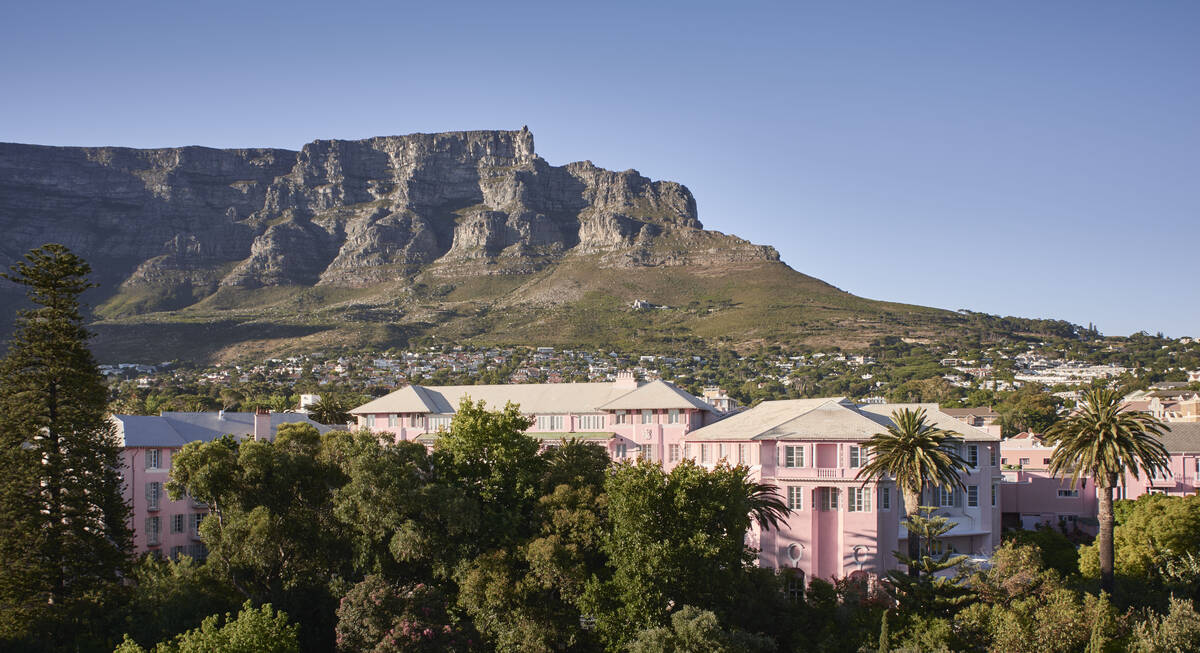
The Highlights of Africa
17 days • 7 locations
CAPE TOWN AIRPORT TO KIGALI AIRPORT
An epic adventure taking in some of Africa’s most incredible sights and wildlife experiences, from Cape Town to the Okavango Delta, Victoria Falls, the Maasai Mara and an encounter with mountain gorillas.
US$16,370 - US$19,780 per person

Purple Grenadier Fly-In Safari
6 days • 2 locations
NAIROBI AIRPORT TO NAIROBI AIRPORT
Fantastic guiding from intimate, well-run mid-range tented camps, in superb conservancy locations: this safari is all about making the most of the incredible wildlife in Laikipia and the Maasai Mara.
US$6,390 - US$8,800 per person

Gorillas and Maasai Mara Safari
9 days • 3 locations
KIGALI AIRPORT TO NAIROBI AIRPORT
This trip combines two of Africa's most unforgettable wildlife experiences – Rwanda's mountain gorillas and Kenya's Maasai Mara.
US$11,390 - US$13,510 per person

Striped Hyena Safari
5 days • 3 locations
NAIROBI AIRPORT TO NAIROBI AIRPORT
Just one example of a possible itinerary for keen walkers, this safari enables you to experience the sounds and sights of the bush, and its wildlife, in an unusually direct way.
US$5,700 - US$6,990 per person

Black Kite Fly-in Safari
10 days • 4 locations
NAIROBI AIRPORT TO NAIROBI AIRPORT
Explore Kenya in-depth with visits to Nairobi and Meru national parks, the Mara Conservancies and Amboseli. Nestled in remoter regions, four camps provide fantastic access to rich game, a range of activities and beautifully diverse landscapes.
US$10,410 - US$14,150 per person

African Finfoot Fly-in Safari
7 days • 3 locations
NAIROBI AIRPORT TO NAIROBI AIRPORT
After a unique start in Nairobi National Park, classic, luxurious camps combine for a high-end and exclusive safari in fantastic wildlife destinations.
US$11,230 - US$17,340 per person
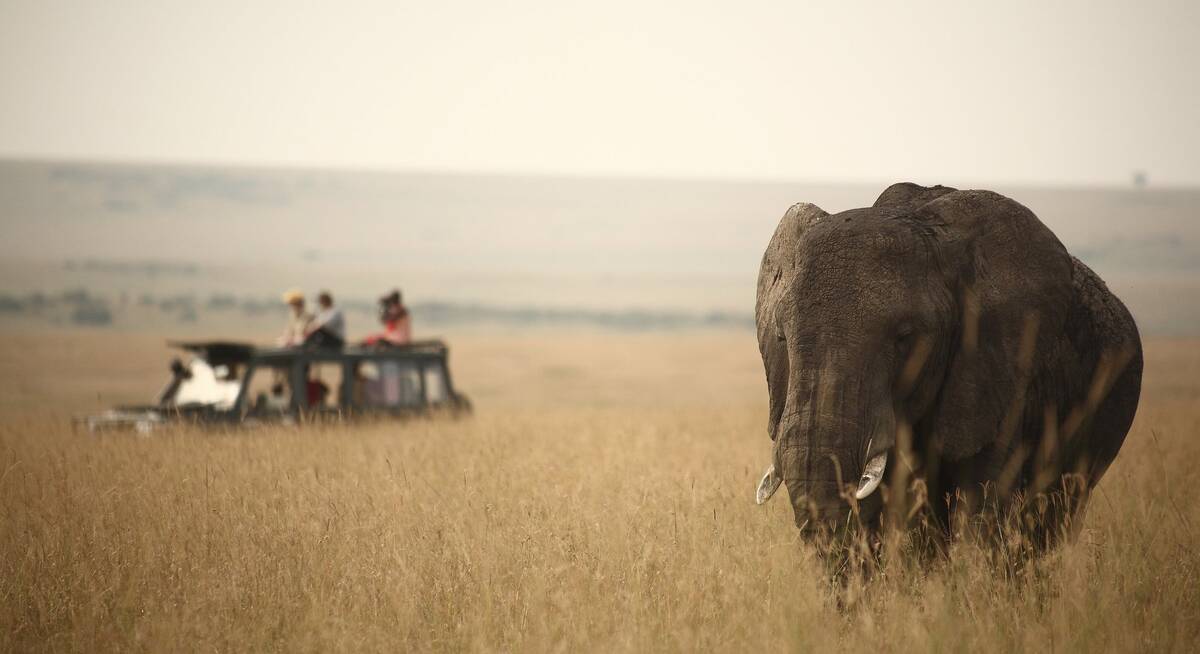
Martial Eagle Fly-in Safari
9 days • 3 locations
NAIROBI AIRPORT TO KILIMANJARO AIRPORT
This stylish fly-in safari visits two of Africa’s most iconic parks, the Maasai Mara National Reserve in Kenya and Tanzania's Serengeti National Park.
US$12,720 - US$17,740 per person

Steppe Eagle Fly-in Safari
7 days • 2 locations
NAIROBI AIRPORT TO NAIROBI AIRPORT
Two comfortable tented camps overlooking the Ewaso Nyiro and Mara River put you at the heart of the action. Experience spectacular diversity in species and habitat with safari in Samburu and the Masaai Mara National Reserve.
US$6,140 - US$9,310 per person

African Hawk-Eagle Fly-in Safari
7 days • 2 locations
NAIROBI AIRPORT TO NAIROBI AIRPORT
Two luxurious camps provide relatively quiet game-viewing within Laikipia and the Mara ecosystem. Situated on private conservancies, both Lewa Wilderness and Naboisho offer the chance to sight all of the "Big 5" and to enjoy a range of safari activities.
US$9,360 - US$16,430 per person

Kinondo Kwetu Beach Holiday
7 days • 1 locations
NAIROBI AIRPORT TO NAIROBI AIRPORT
Enjoy a ‘home away from home’ on a beautiful beach, where you will be exceptionally well looked after by a superb team. This holiday can be as relaxed or as action-packed as you like.
US$4,140 - US$5,540 per person

Hamerkop Fly-In Safari
8 days • 2 locations
NAIROBI AIRPORT TO NAIROBI AIRPORT
Different wildlife, contrasting camps and a whole host of activities, this is a safari for those wanting to get out and about and not just sit in a vehicle.
US$7,430 - US$10,960 per person

Greater Kudu Fly-In Safari
7 days • 2 locations
NAIROBI AIRPORT TO NAIROBI AIRPORT
Experience a truly authentic bush experience on this safari at two classic tented camps, in Laikipia and the Maasai Mara. These are some of the best places to spot wild dogs and big cats.
US$8,130 - US$9,080 per person
Plan and book your trip with Expert Africa
All of our trips are tailor-made, so we'll always adapt them to suit you. Talk to an Expert and let us plan and arrange your perfect trip.

Talk to an Expert
Call or email us now! We’ll match you with the Specialist in our team who is best suited to help you. Then together we can start planning your trip.

Set up your itinerary
Based on our experience and your ideas, your specialist will create a detailed, costed itinerary. We’ll refine it together, until we have a trip that you’re perfectly happy with.

Prepare for your trip
The same Specialist will make the seamless arrangements for your trip, send you detailed travel documents, and be available to answer any questions before you depart.

Travel with peace of mind
After you set off, you’ll be cared for by our partners in Africa, most of whom have worked with Expert Africa for decades. And if you ever need us urgently, we’re available 24/7.

When you return
We love to learn about your trip, and so will always be grateful if you’ve the time to give feedback to your Specialist when you return.
Where to stay in Kenya
Ask us for more details of what’s where, and what’s likely to suit you best!
Kenya holiday styles & special interests
From family adventures to romantic breaks, find ideas here for your perfect Kenya safari
Frequently Asked Questions
Kenya FAQs
At Expert Africa we often get asked the same questions - understandably. It can be hard to imagine how it works when you mix lions and elephants with human beings, or how you'll manage charging your phone out in the bush. Here we try to provide some answers.
Is Kenya crowded with tourists?
Is it safe? What about being in an unfenced safari camp or an open-sided vehicle with animals around?
I’m not sure about safari camping in Kenya. What are the tents like?
What electrical plugs and outlets does Kenya use? Will I be able to charge my phone and batteries?
What about bugs and snakes in Kenya?
Is staying in a safari camp less expensive than staying in a more hotel-like lodge?
What happens if you need to use the loo/have a comfort break while on safari?
Expert Africa's other destinations in Africa
Expert Africa offers tailor-made itineraries to 12 countries in East and Southern and Africa. Click below to see where else we've been - and where you might choose for your next trip.
You might well consider Tanzania, which borders Kenya to the south. It's a good deal larger than Kenya, with a wide variety of national parks, but few conservancies.
Tucked between East and Central Africa lies Rwanda, with its outstanding opportunities to do walking safaris tracking primates in the forest-clad mountain parks, including to meet a family of mountain gorillas.
Or consider Zambia, which stands out for exceptional wildlife and intimate camps. Malawi, to the east, has little visited parks and the crystal waters of Lake Malawi.
Further south, Zimbabwe offers an experience which can be more rustic, but is enhanced by the quality of its safari guides. Botswana, too, typically offers excellent guiding and and the allure of the Okavango Delta.
For an entirely different kind of safari, consider Namibia. Its vast landscapes allow for self-drive adventures. The same applies in South Africa.
If you're thinking of pairing your safari with diving, snorkelling or seaside relaxation, consider Mozambique, Zanzibar or the Seychelles, all of which are outstanding options.
The choices are vast and varied, so contact Expert Africa to craft your perfect safari, wherever that may be.
Elephant safari
in Linyanti
Talk to a Kenya Expert
These members of the Expert Africa team have been to Kenya and can advise you from their own personal experience.
Start a conversation with them today to help plan your trip.
Kenya specialist
I visited Kenya most recently in Mar 2025. I've spent 14 days researching in Kenya.
Kenya specialist
I visited Kenya most recently in Nov 2024. I've done 3 research trips in the past 2 years.
Kenya specialist
I visited Kenya most recently in Oct 2024. I grew up in a tented camp in Ishaha, Queen Elizabeth National Park, Uganda I've done 2 research trips in the past 2 years.
